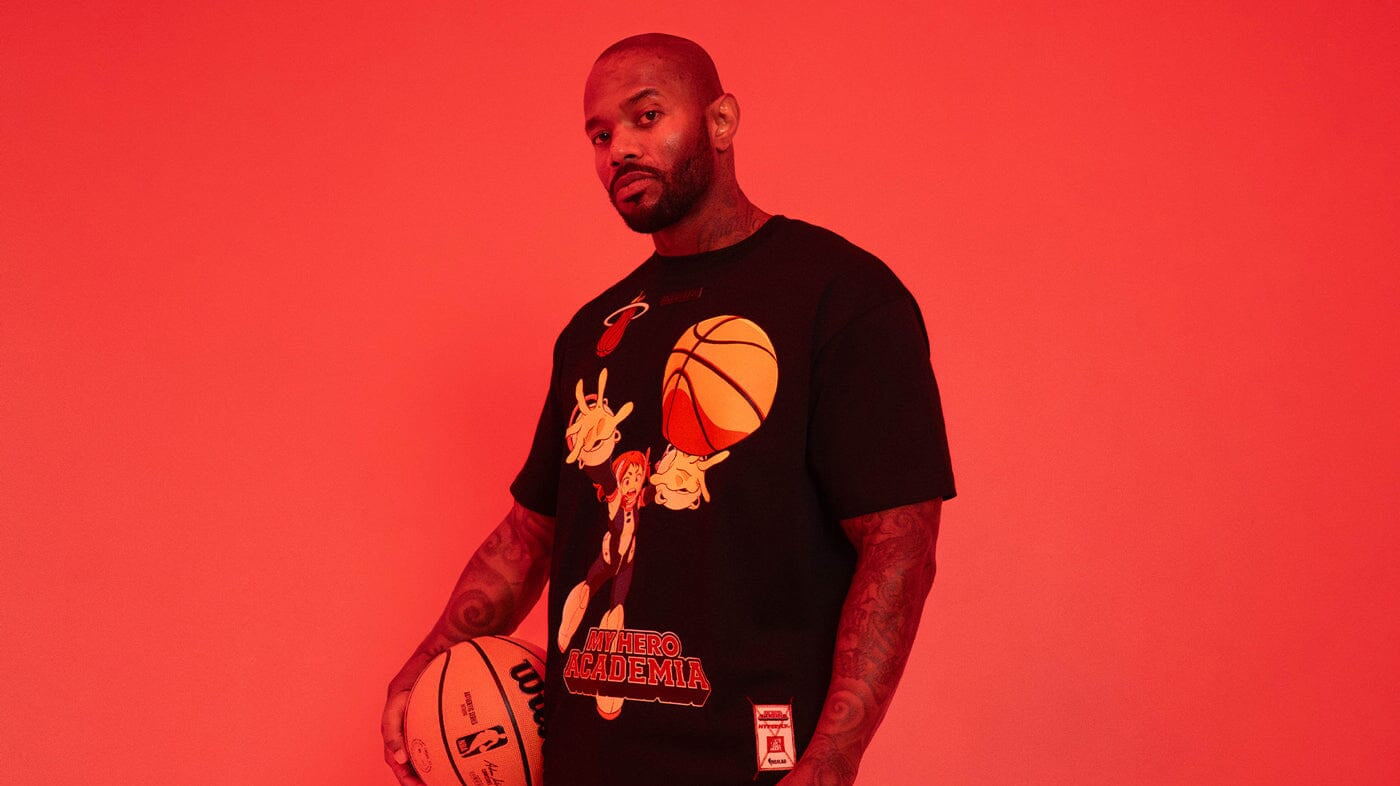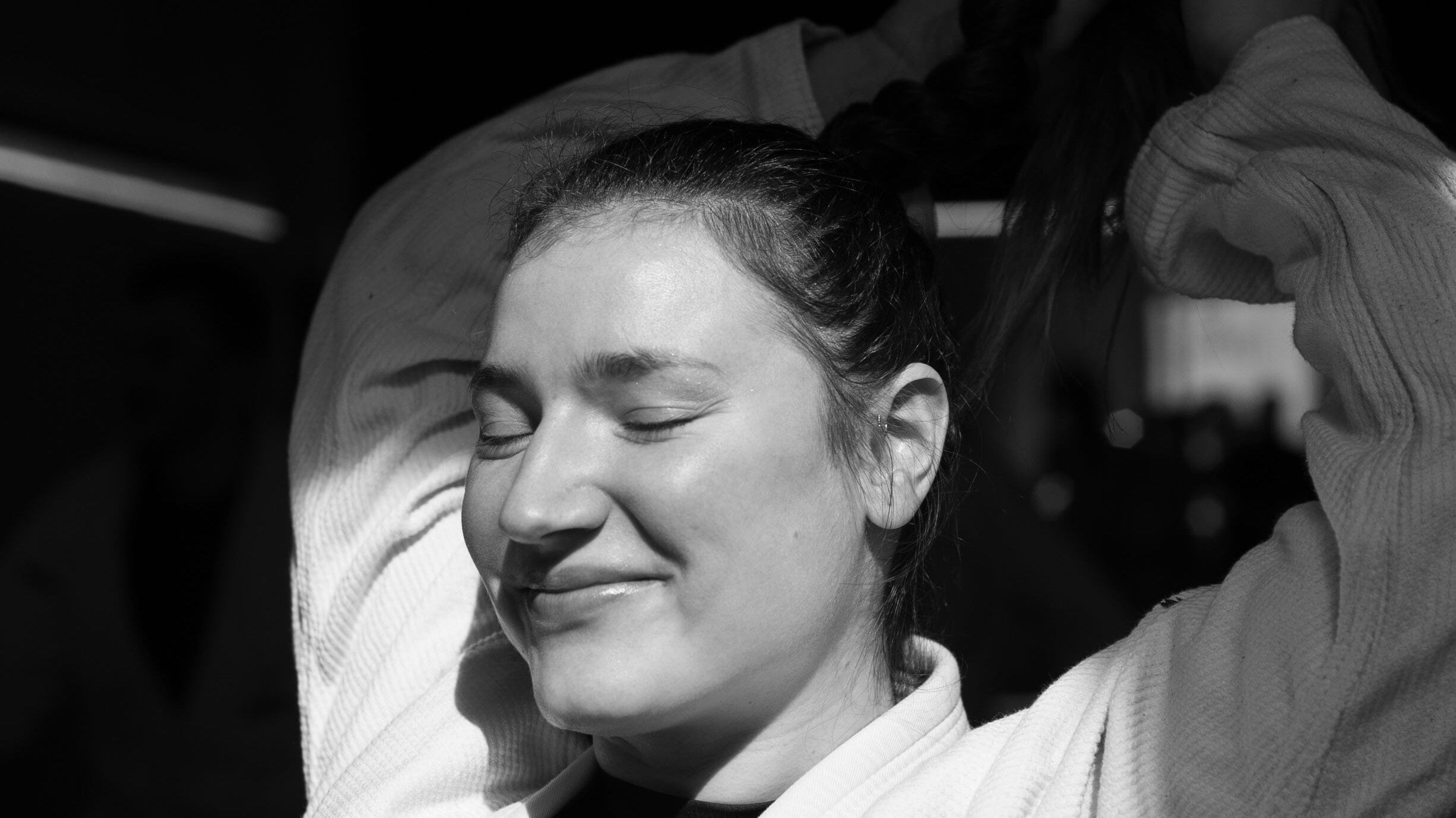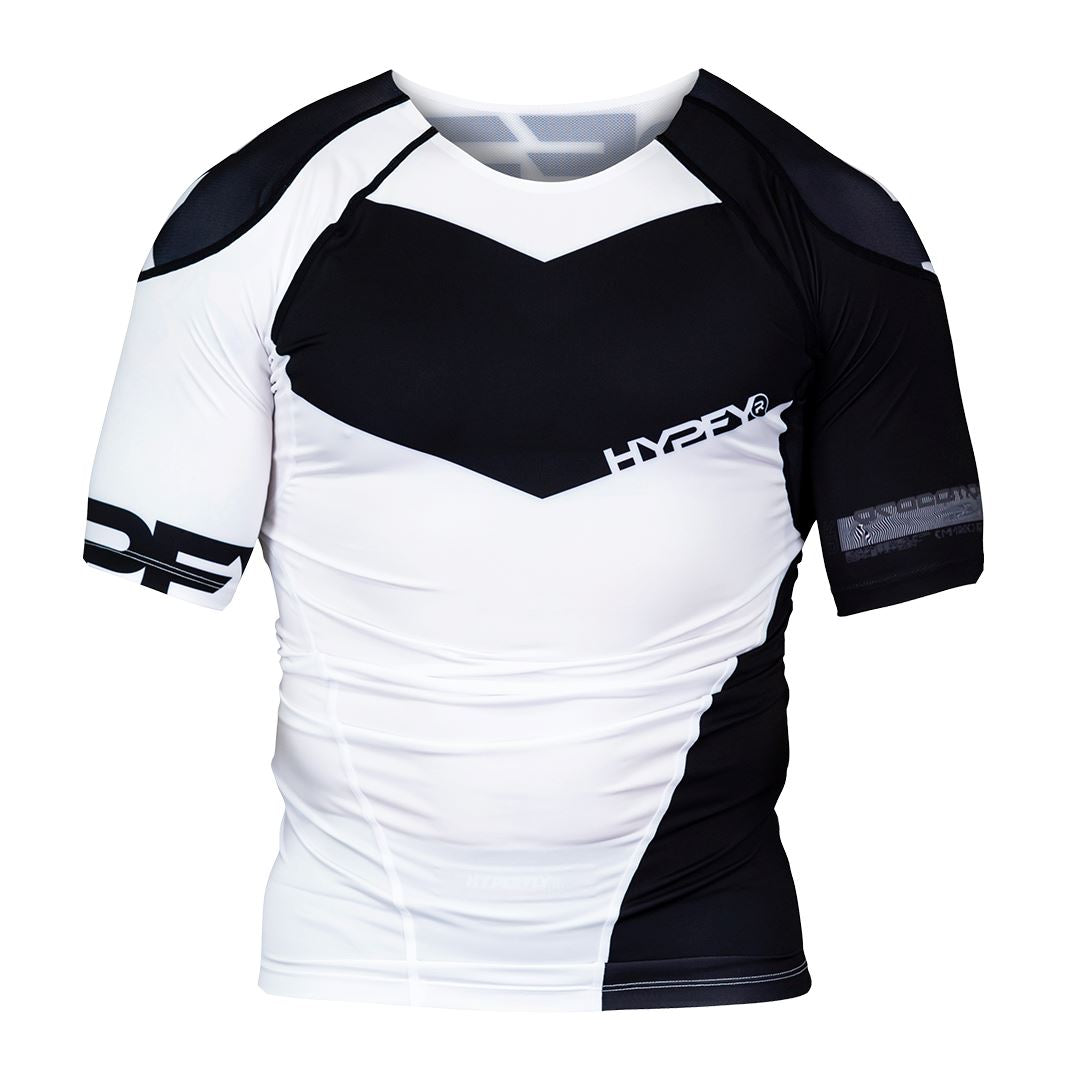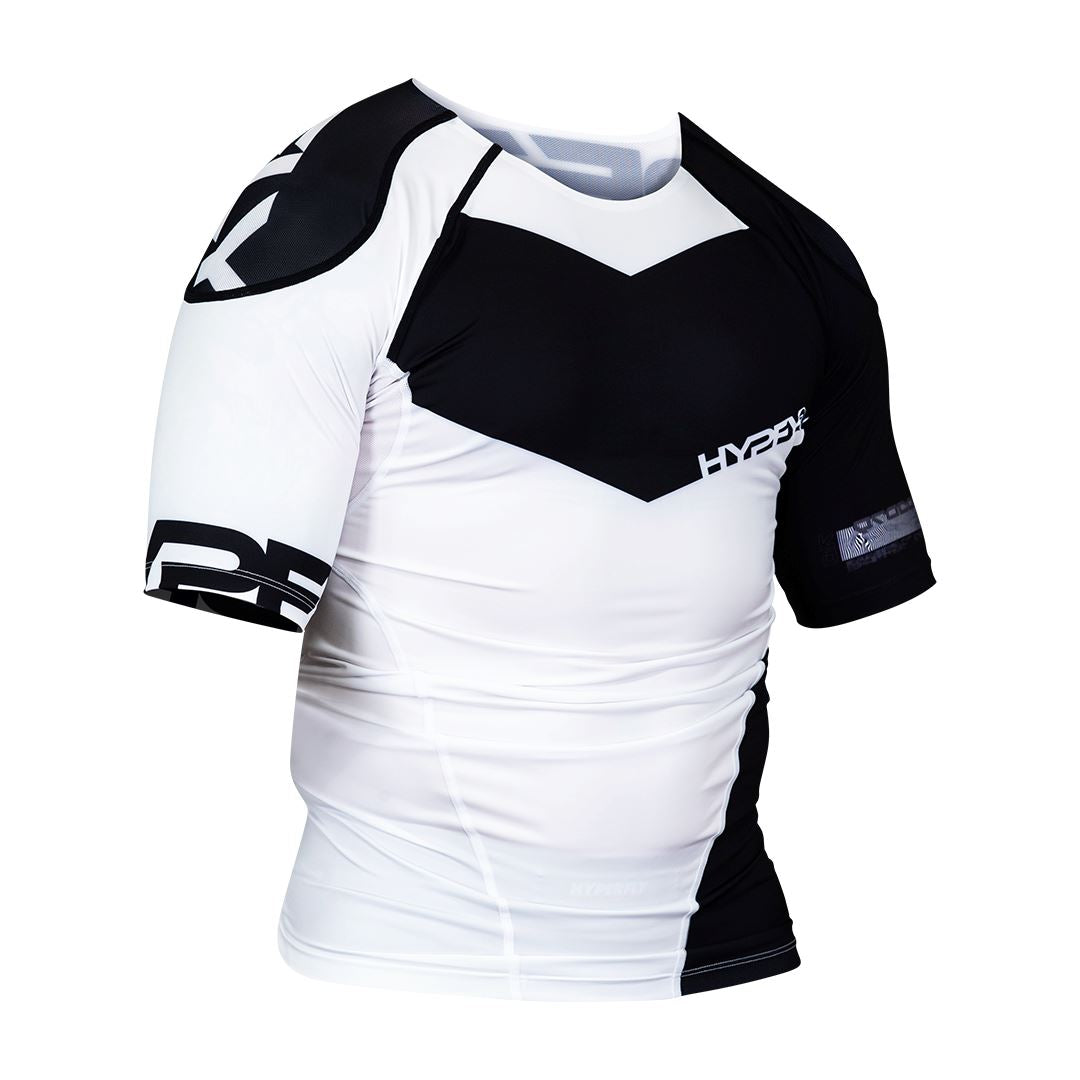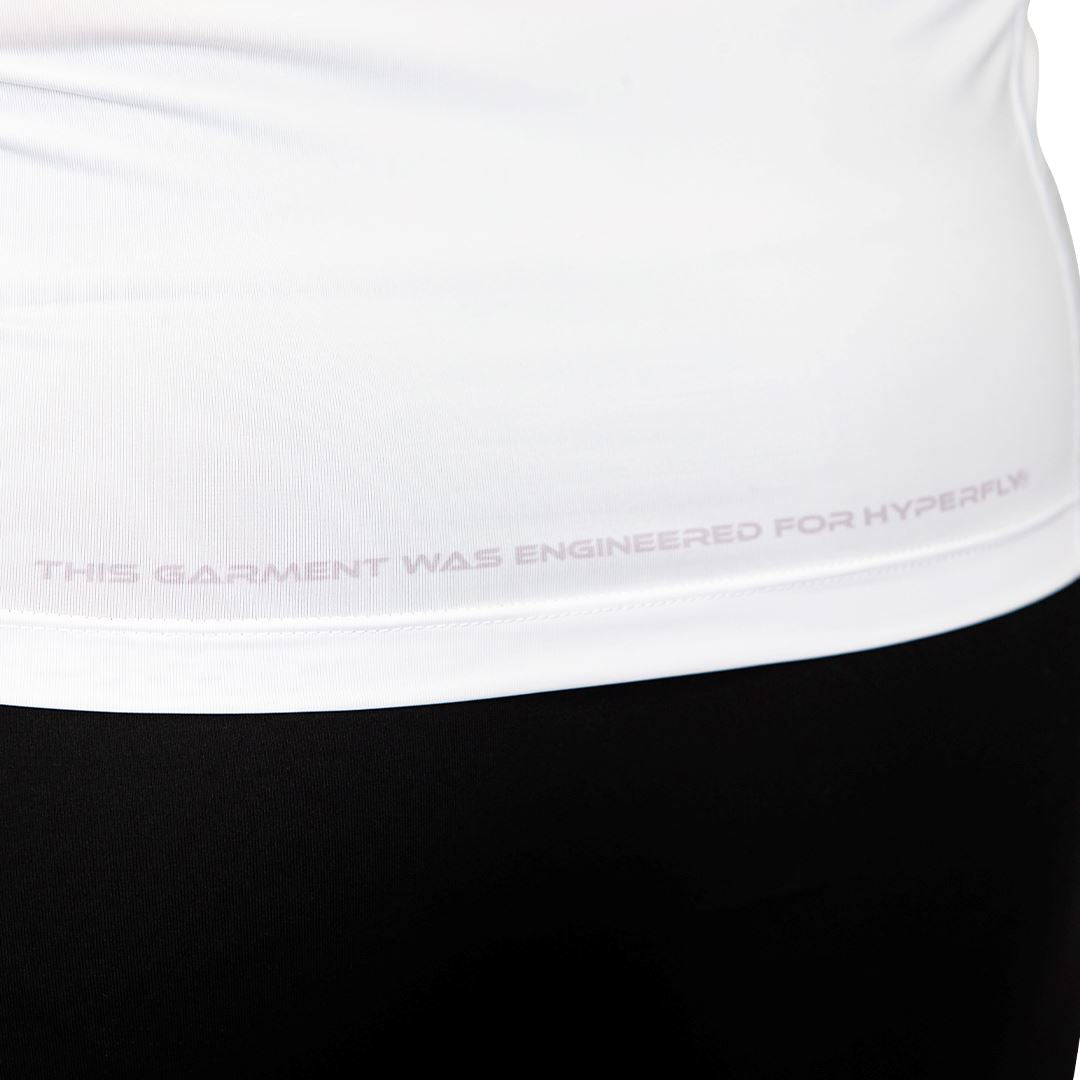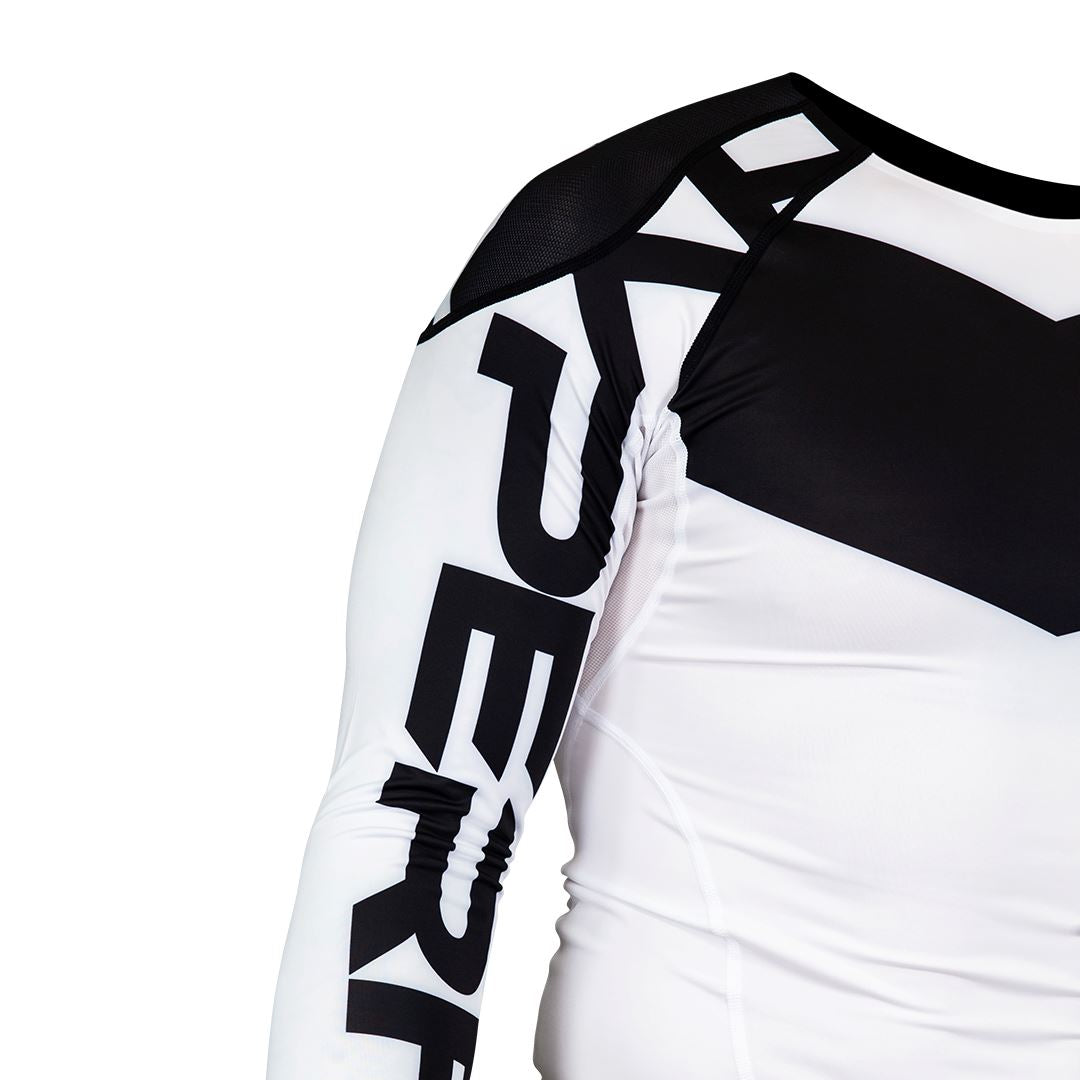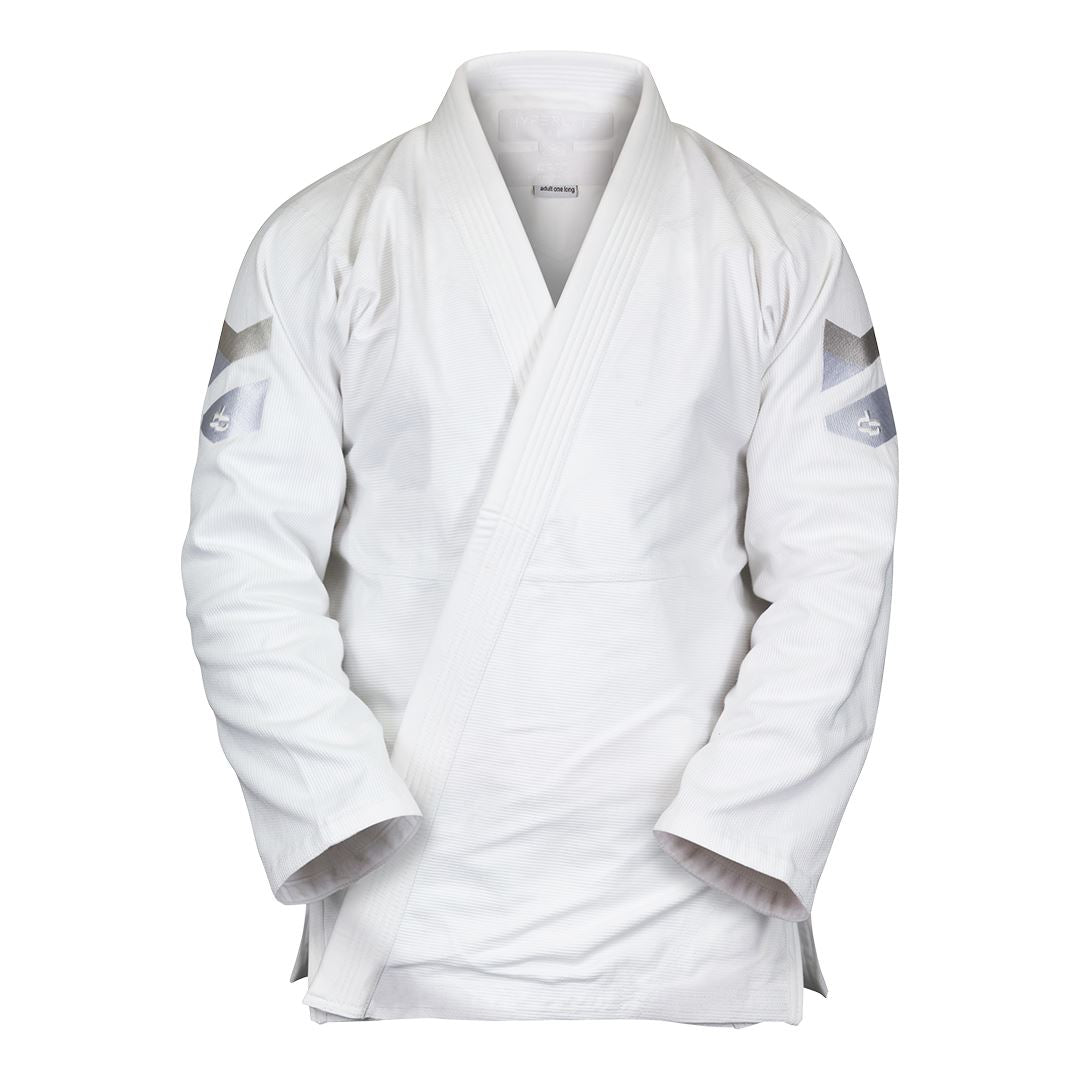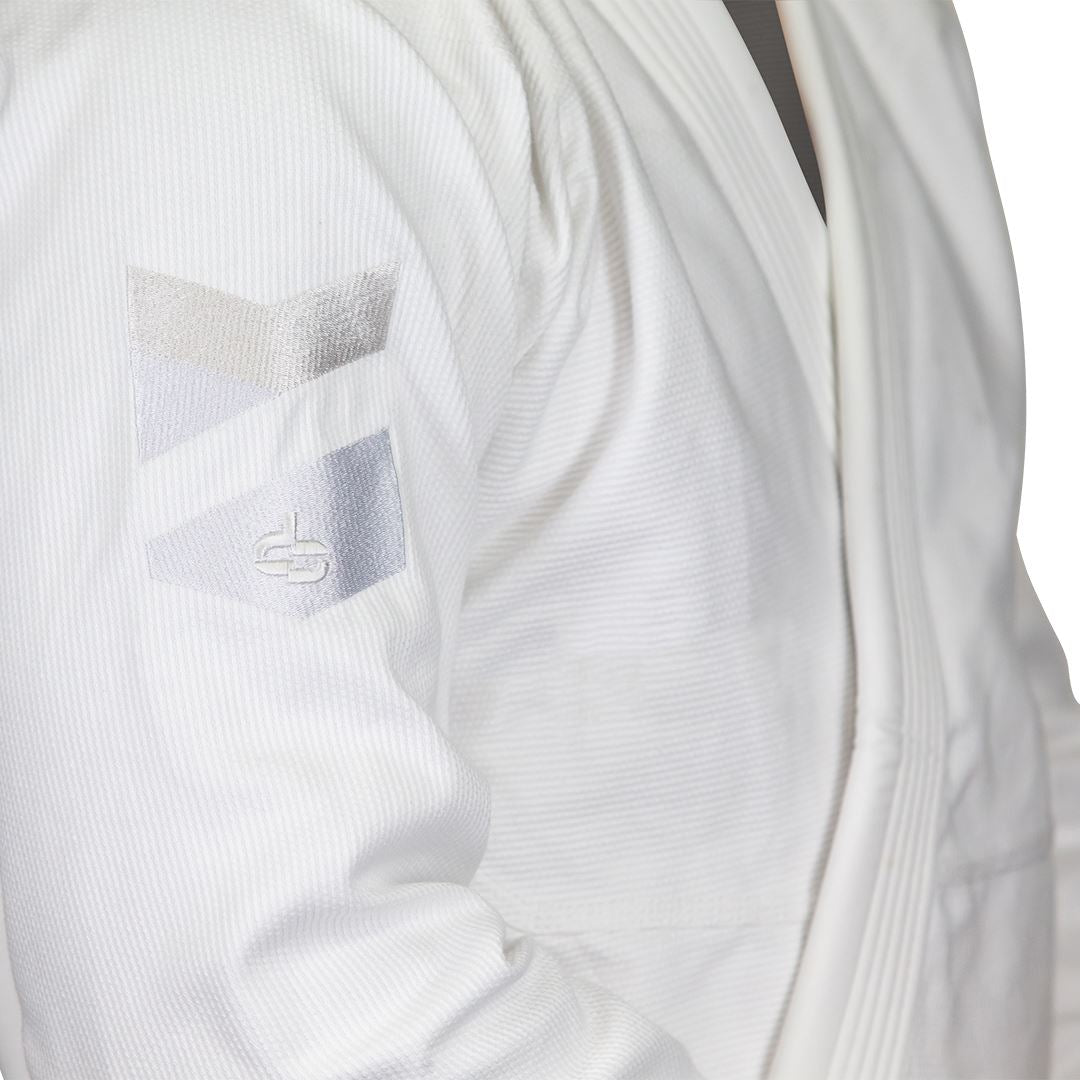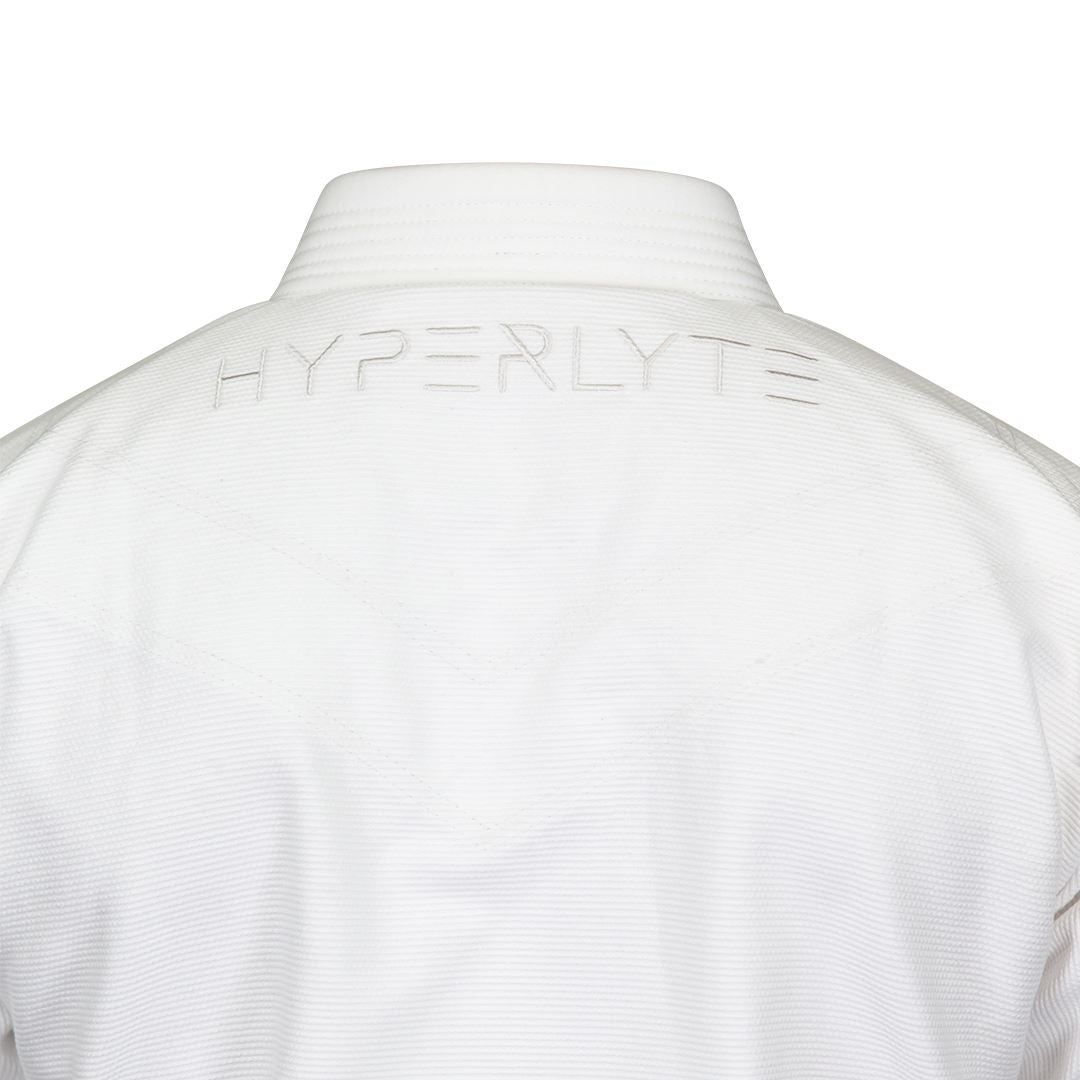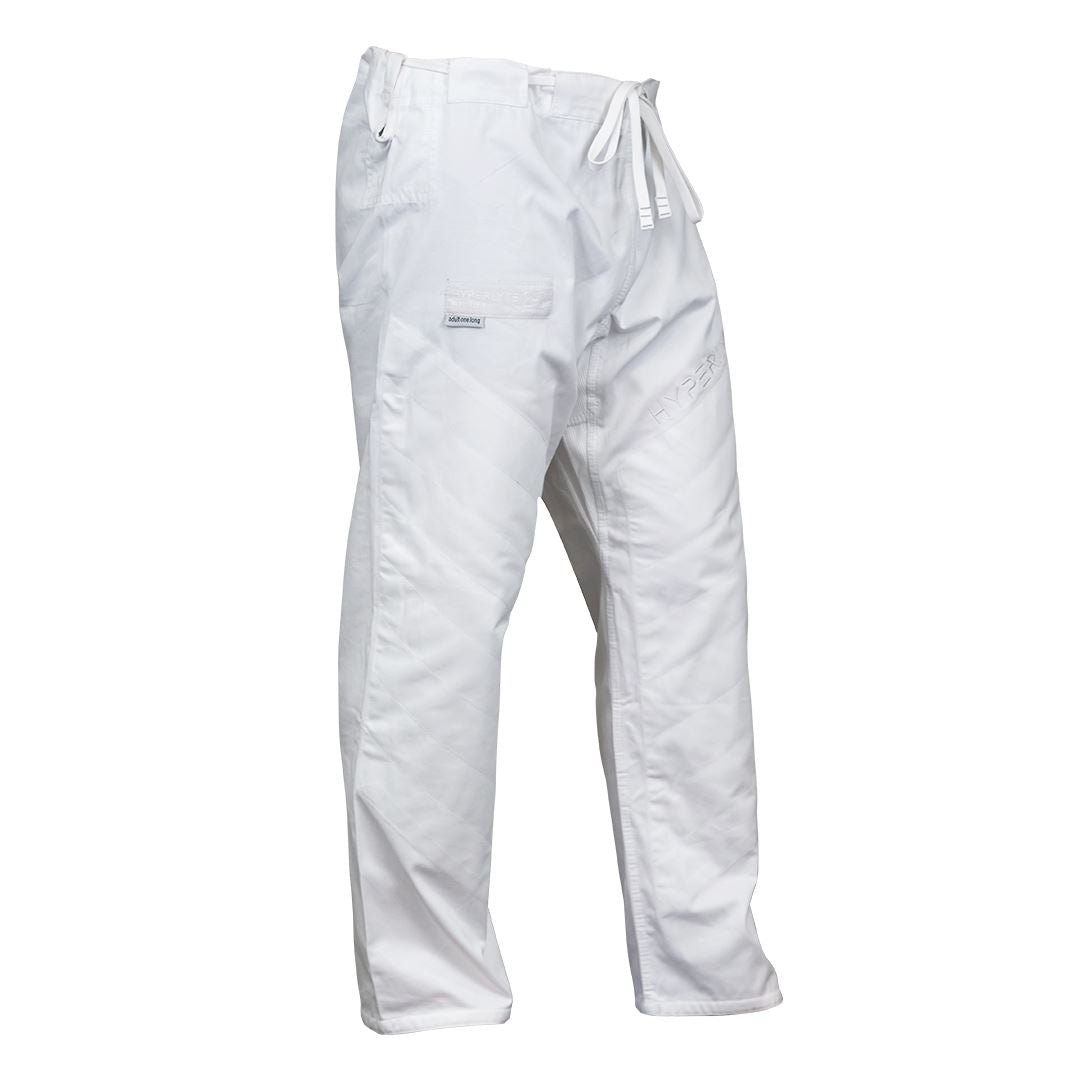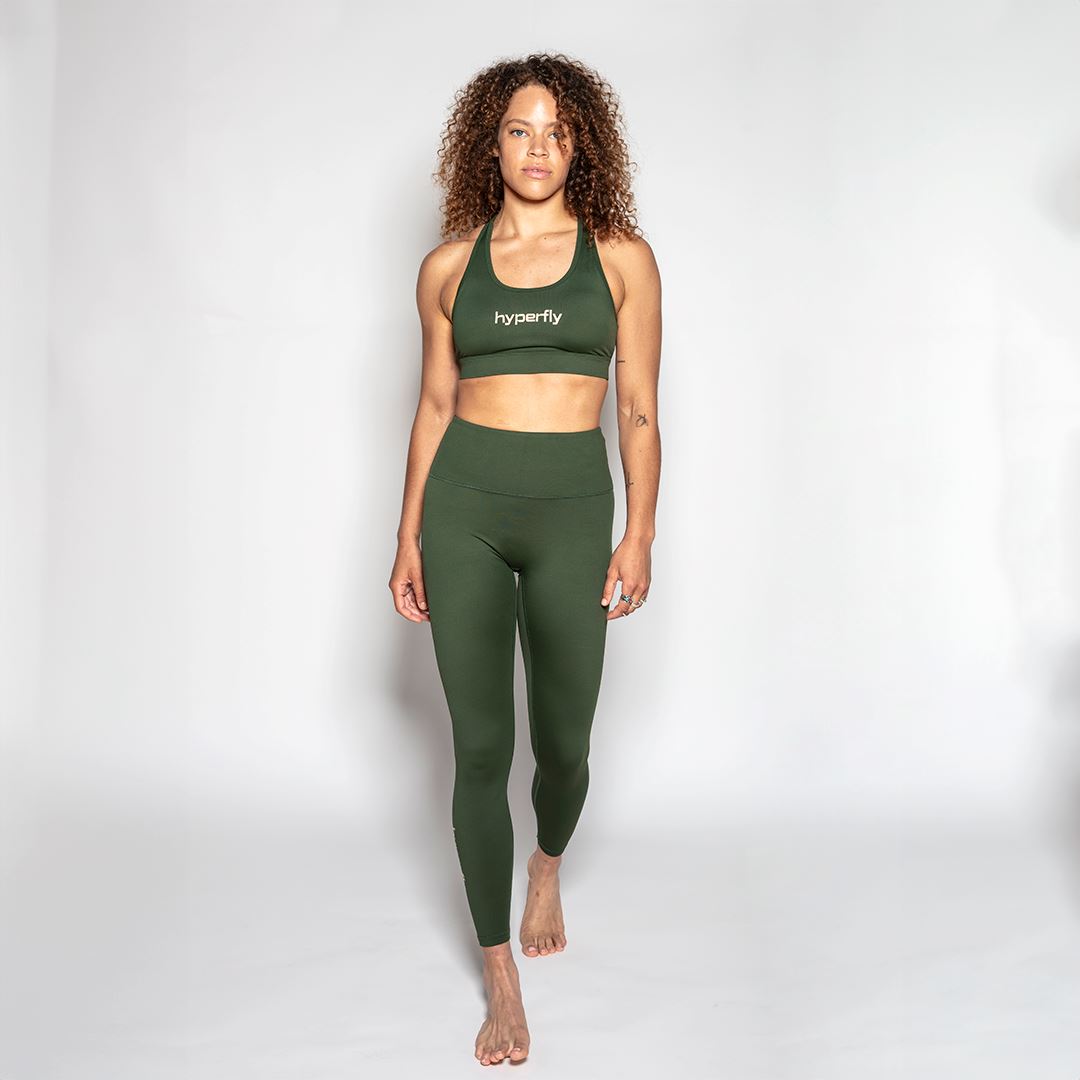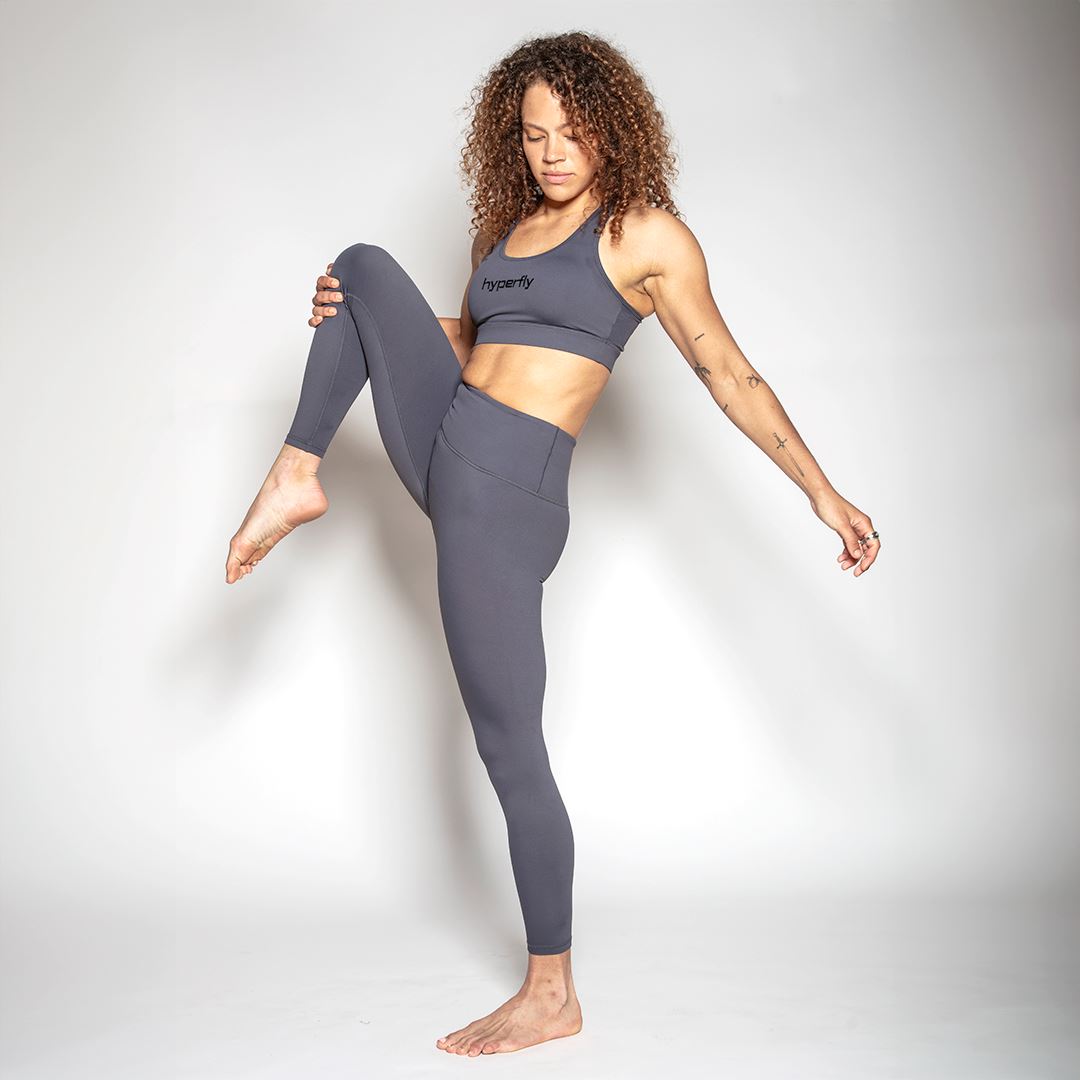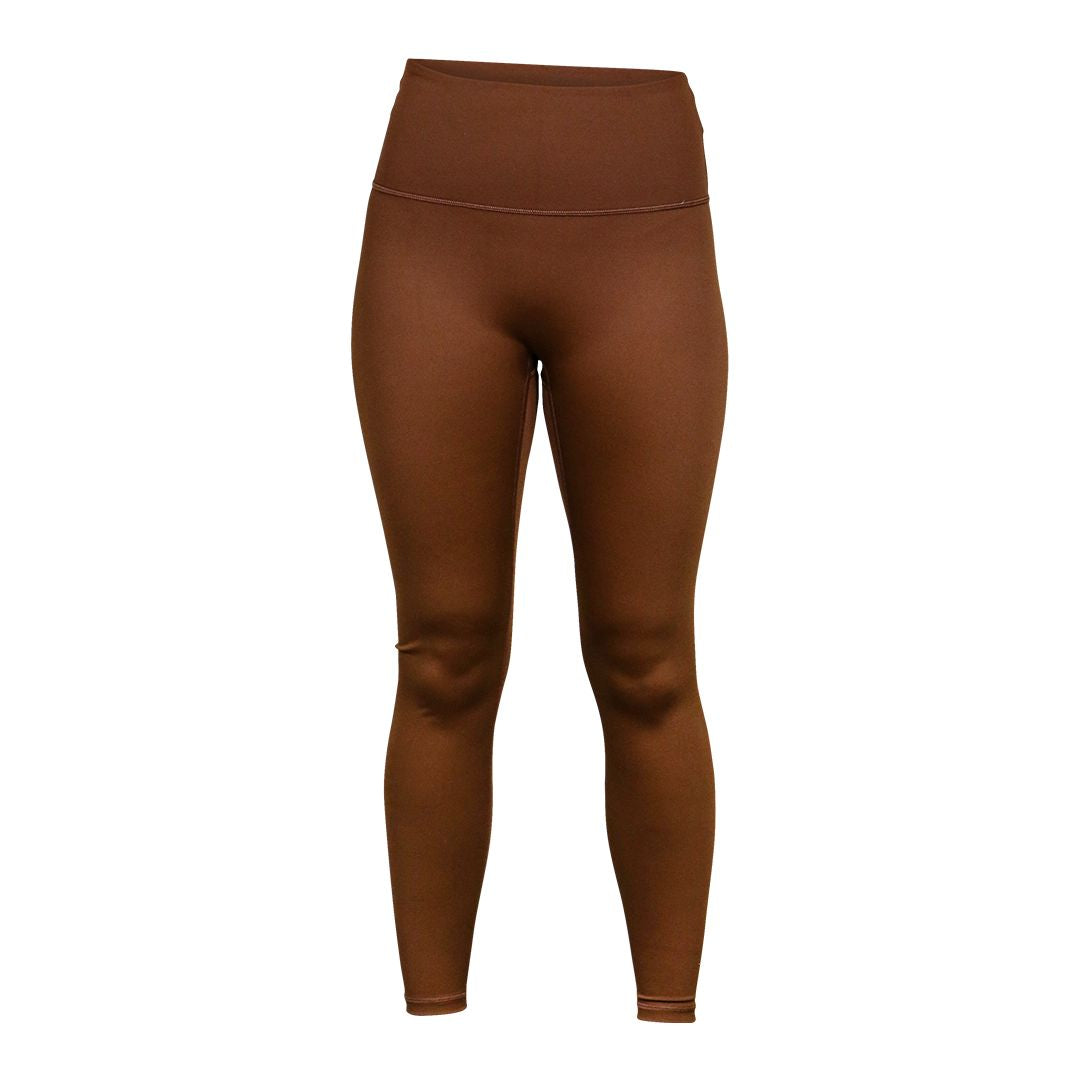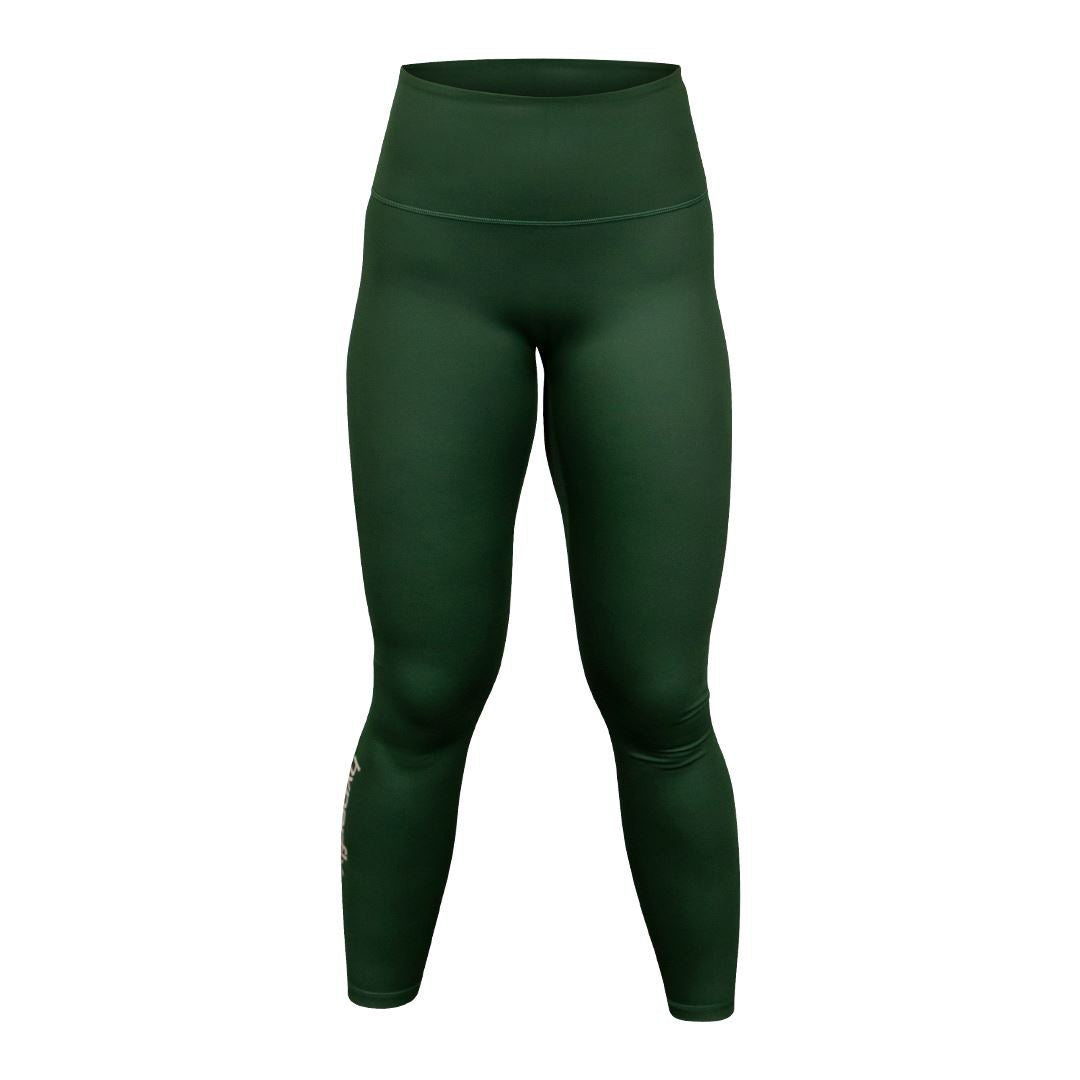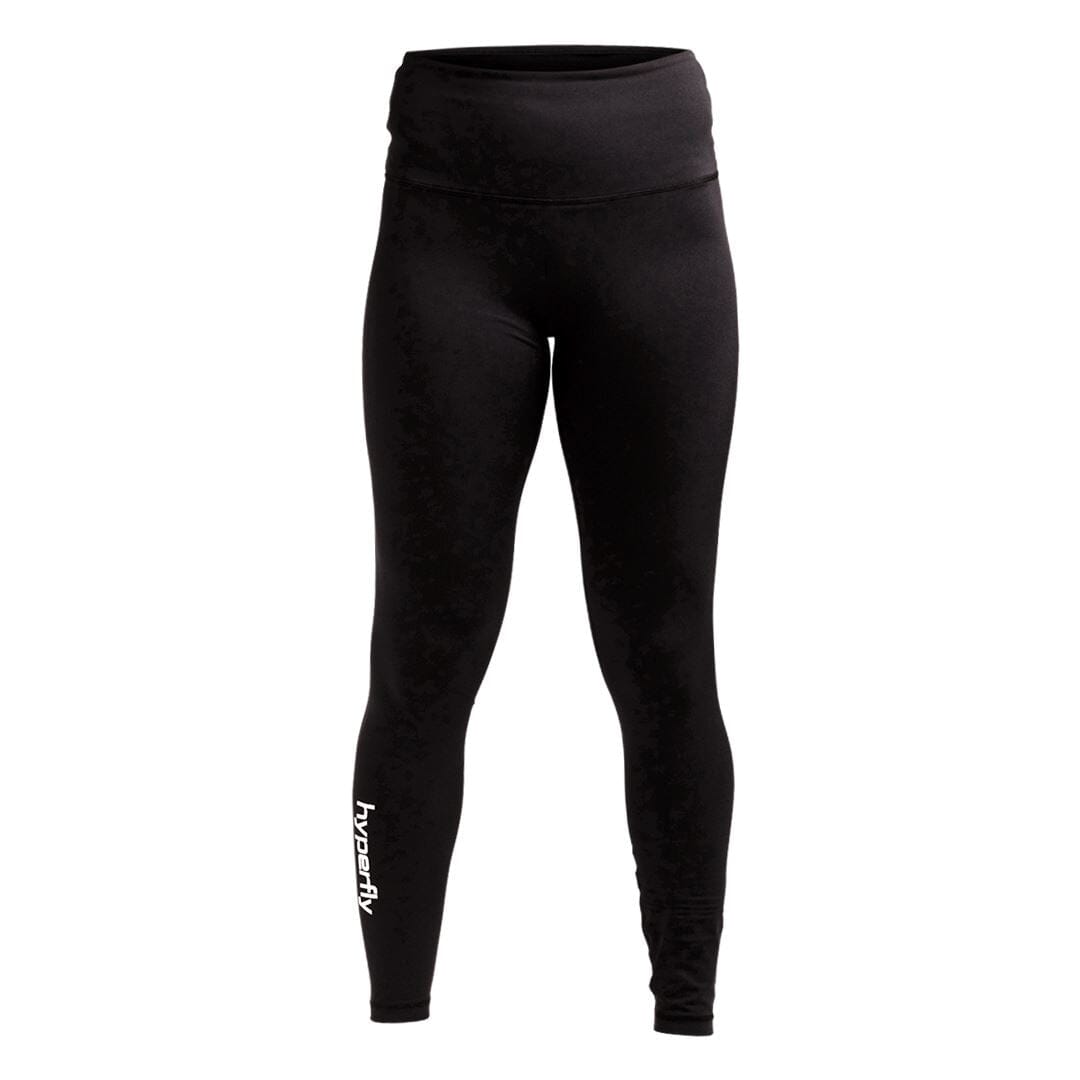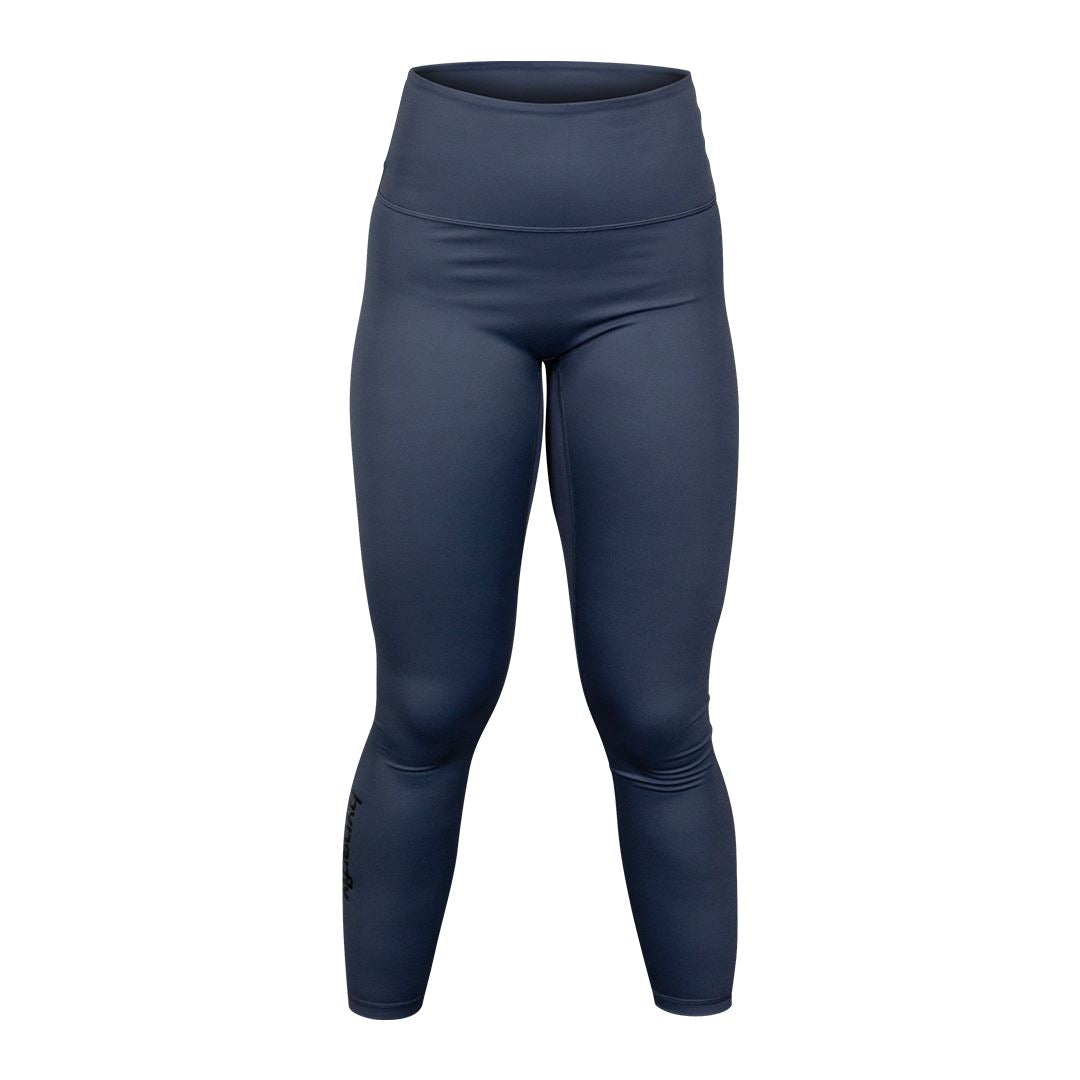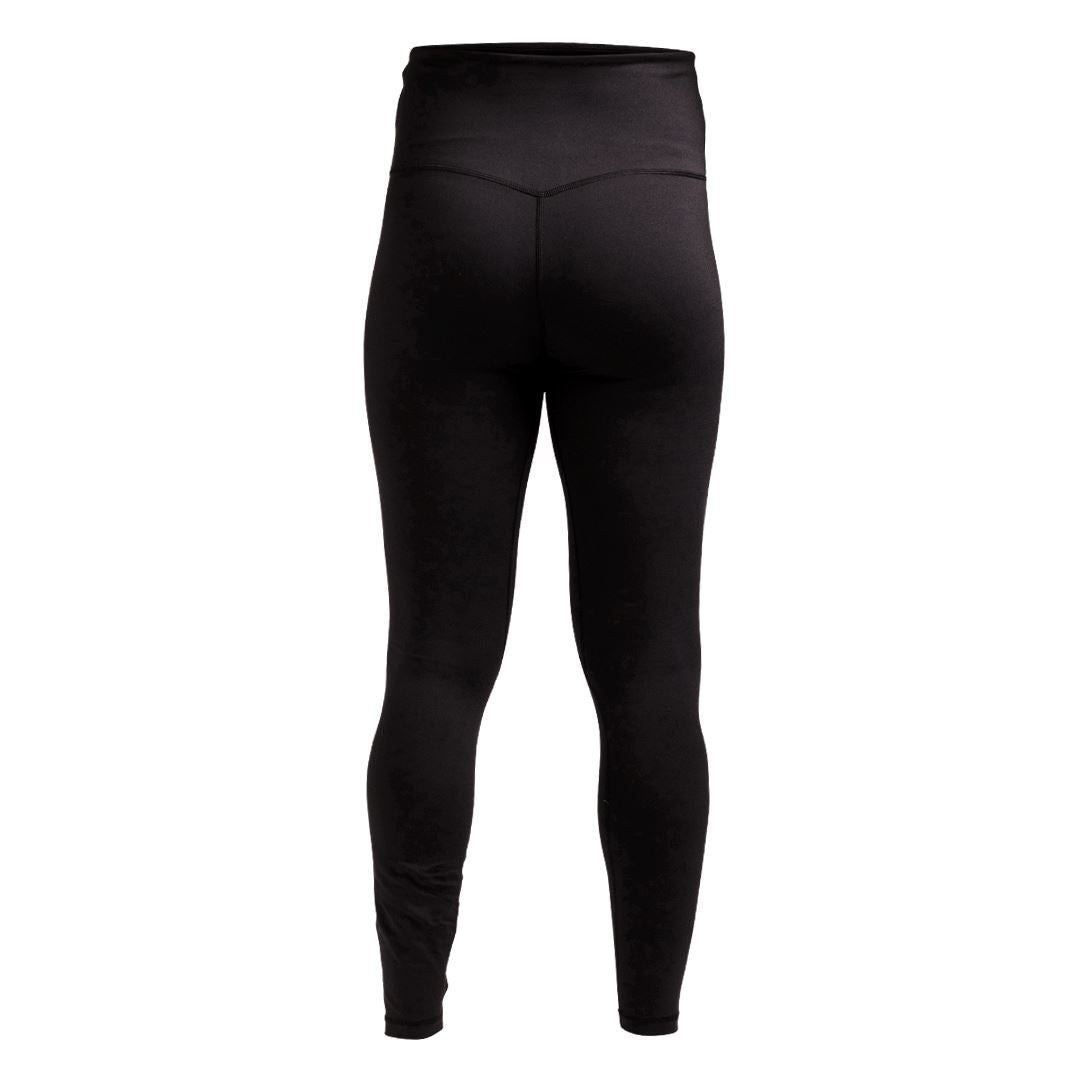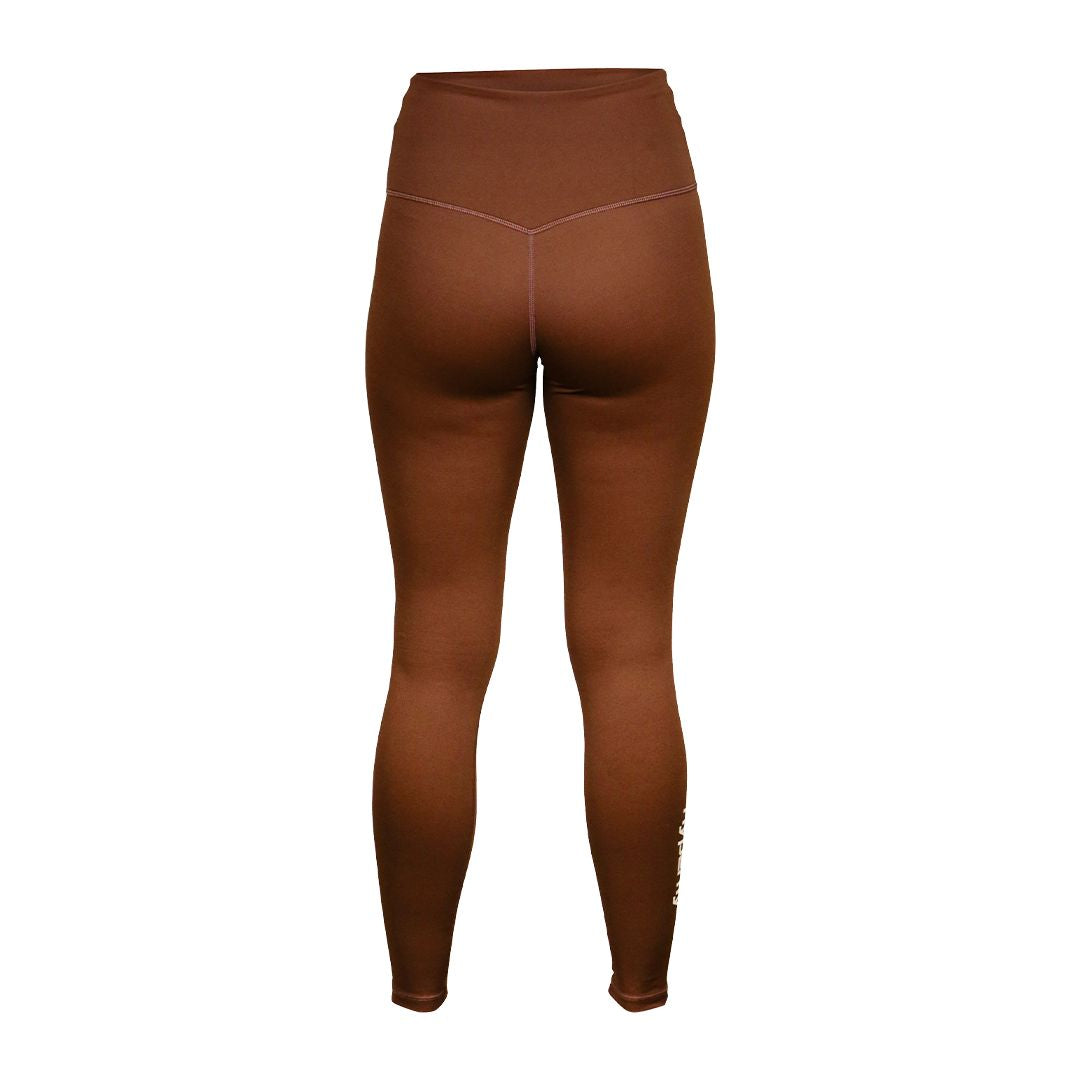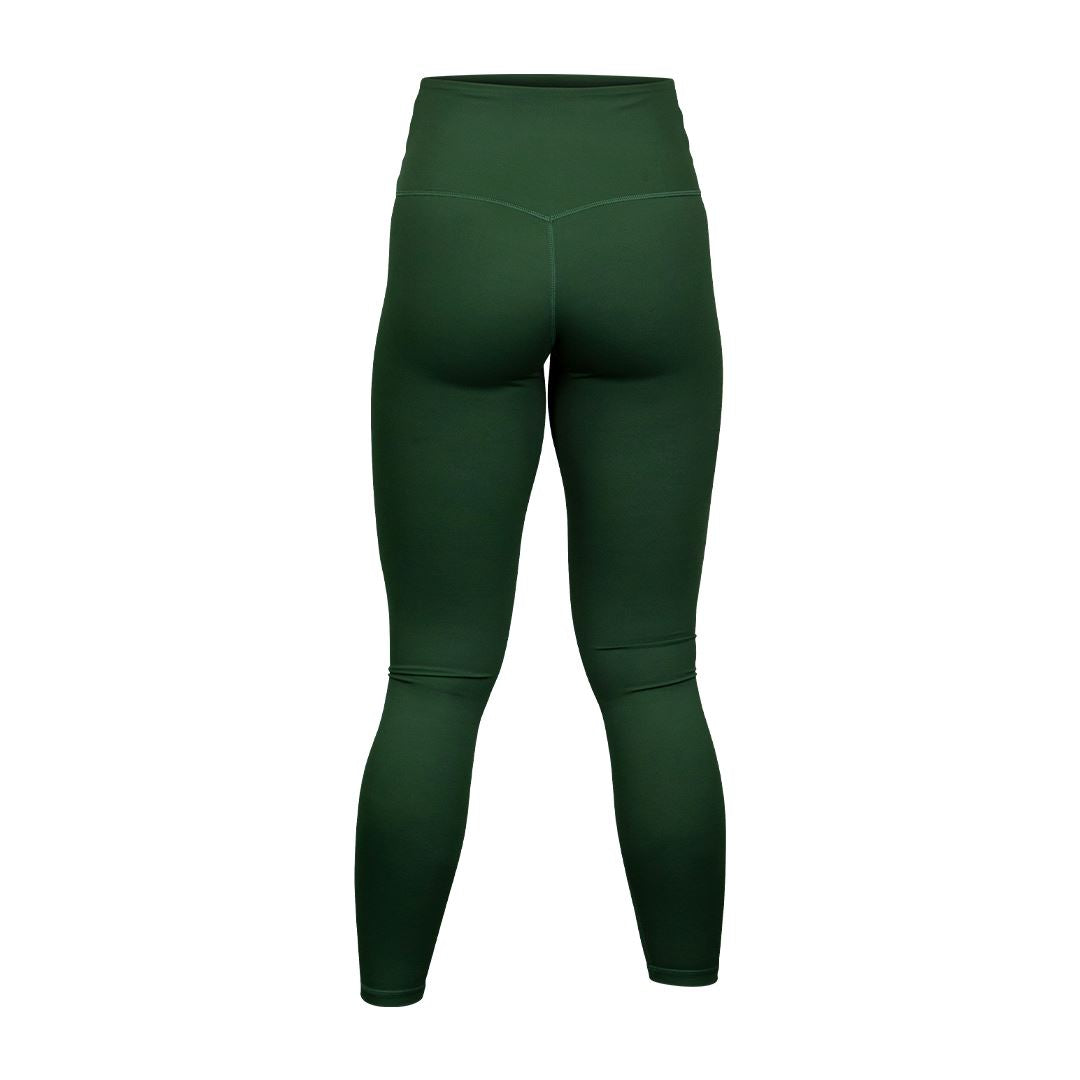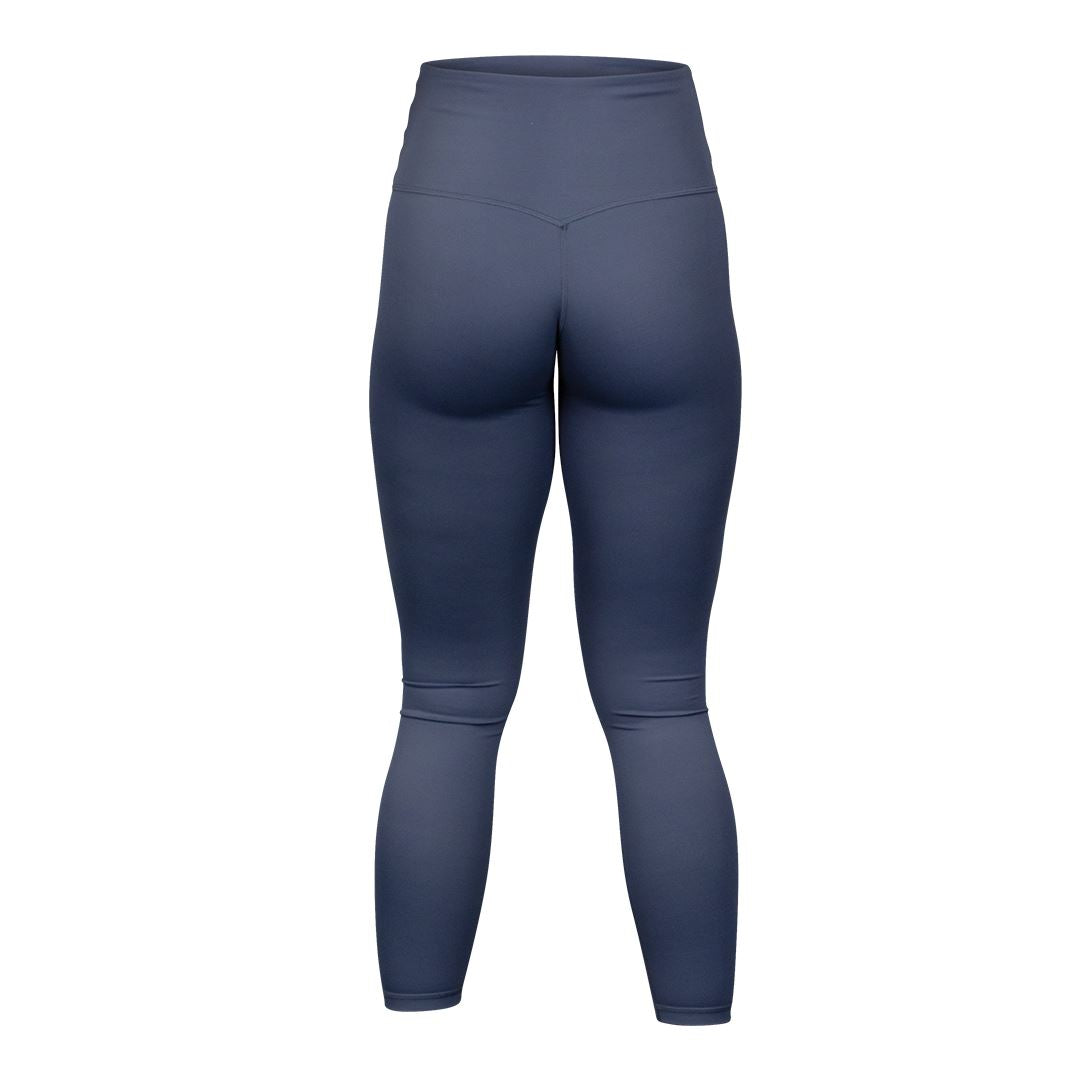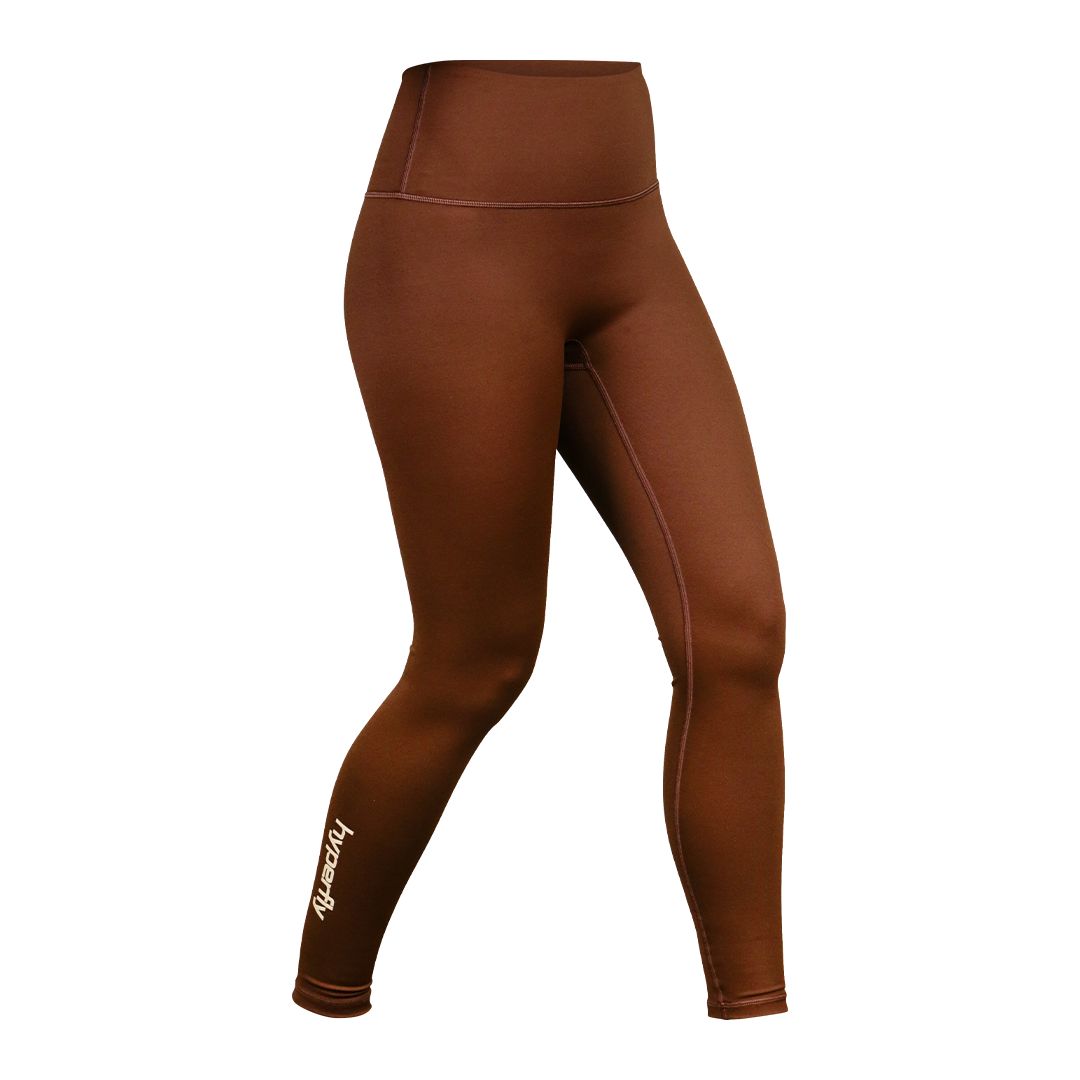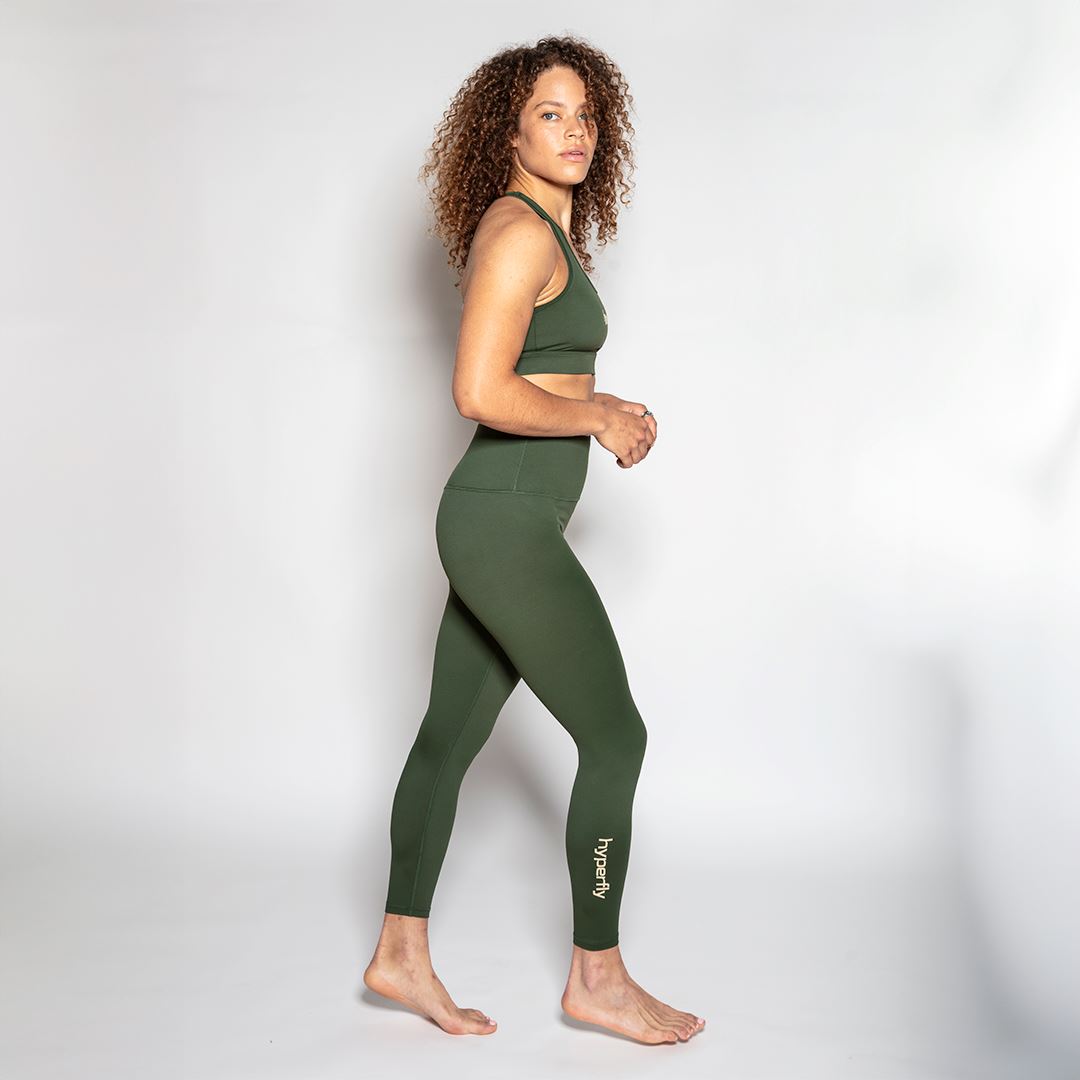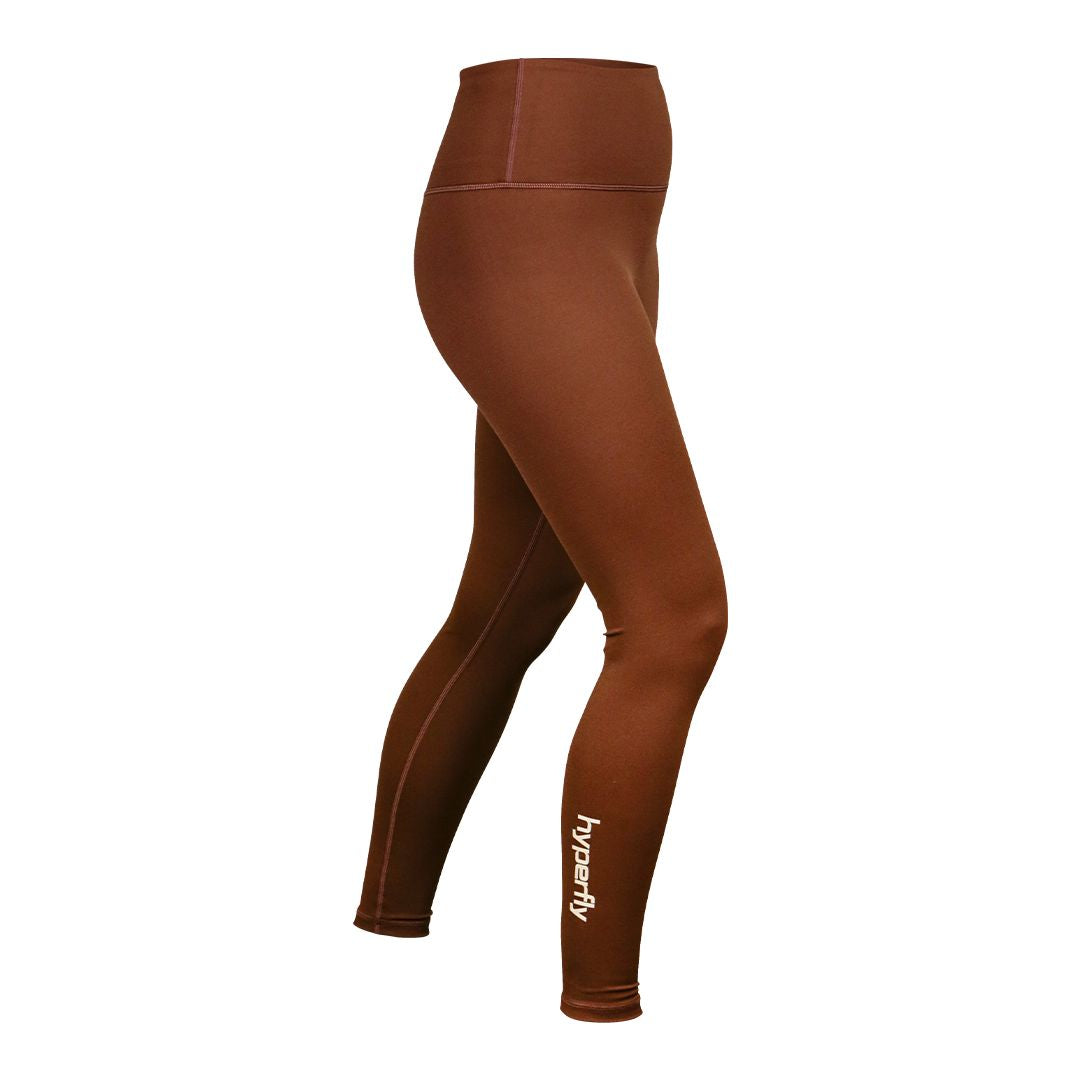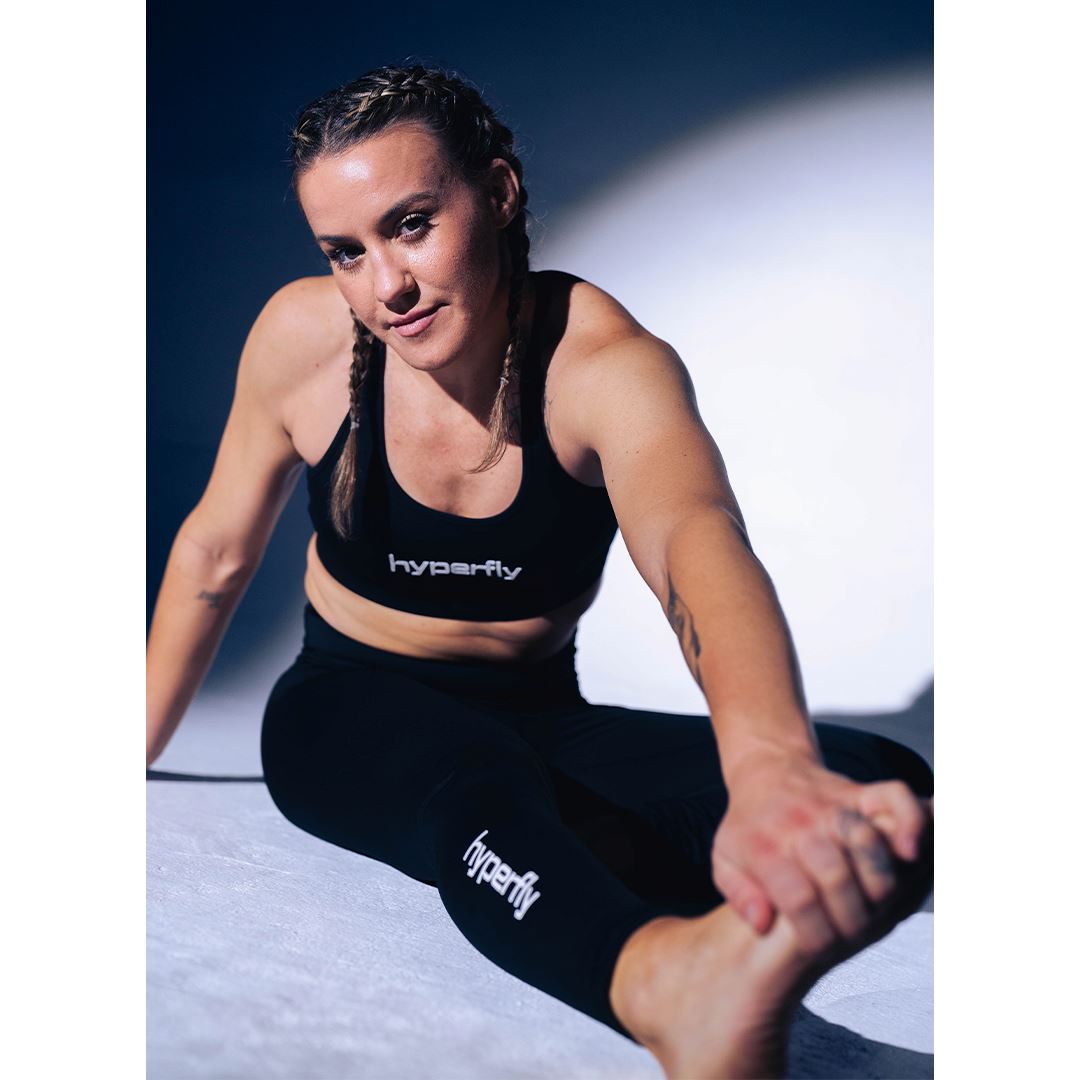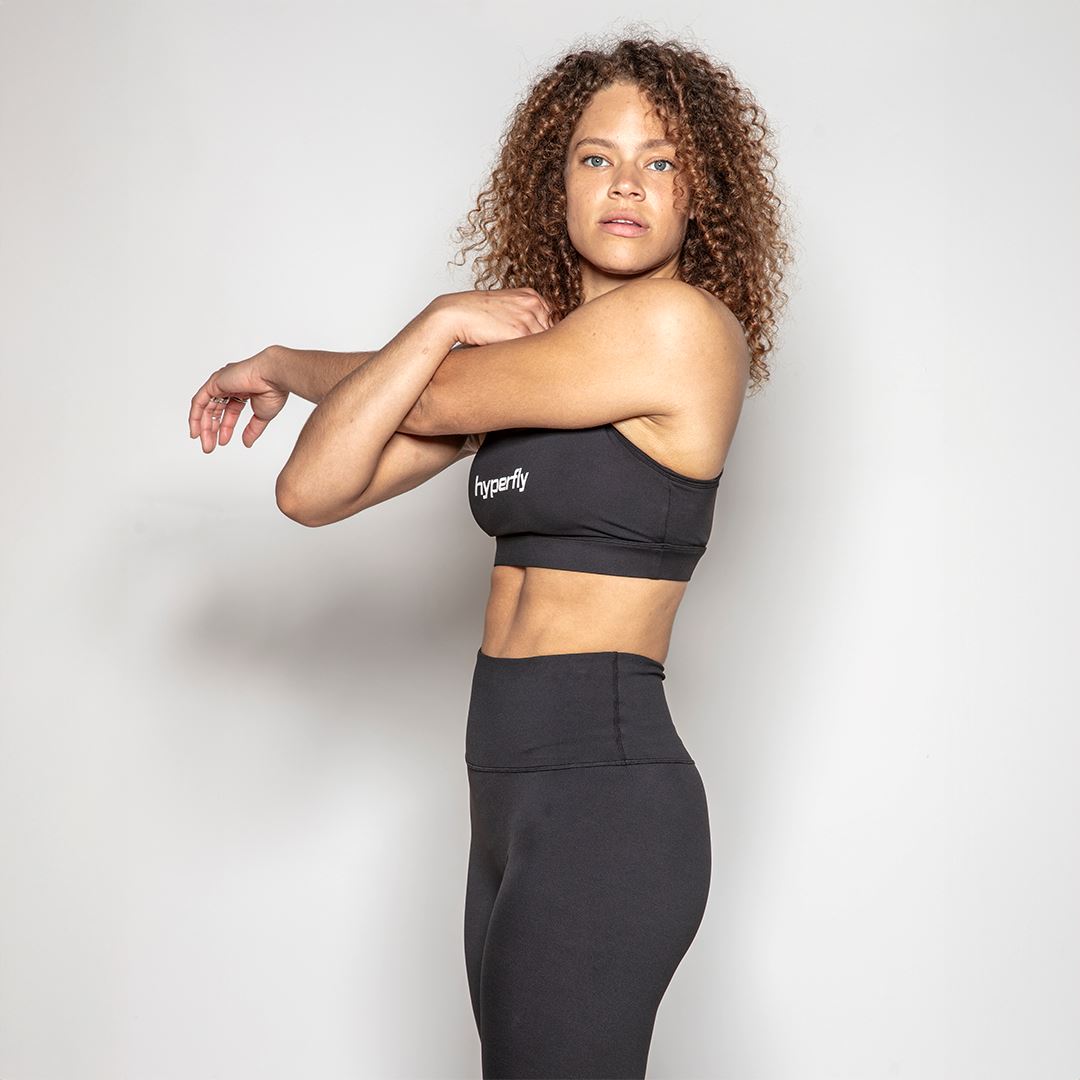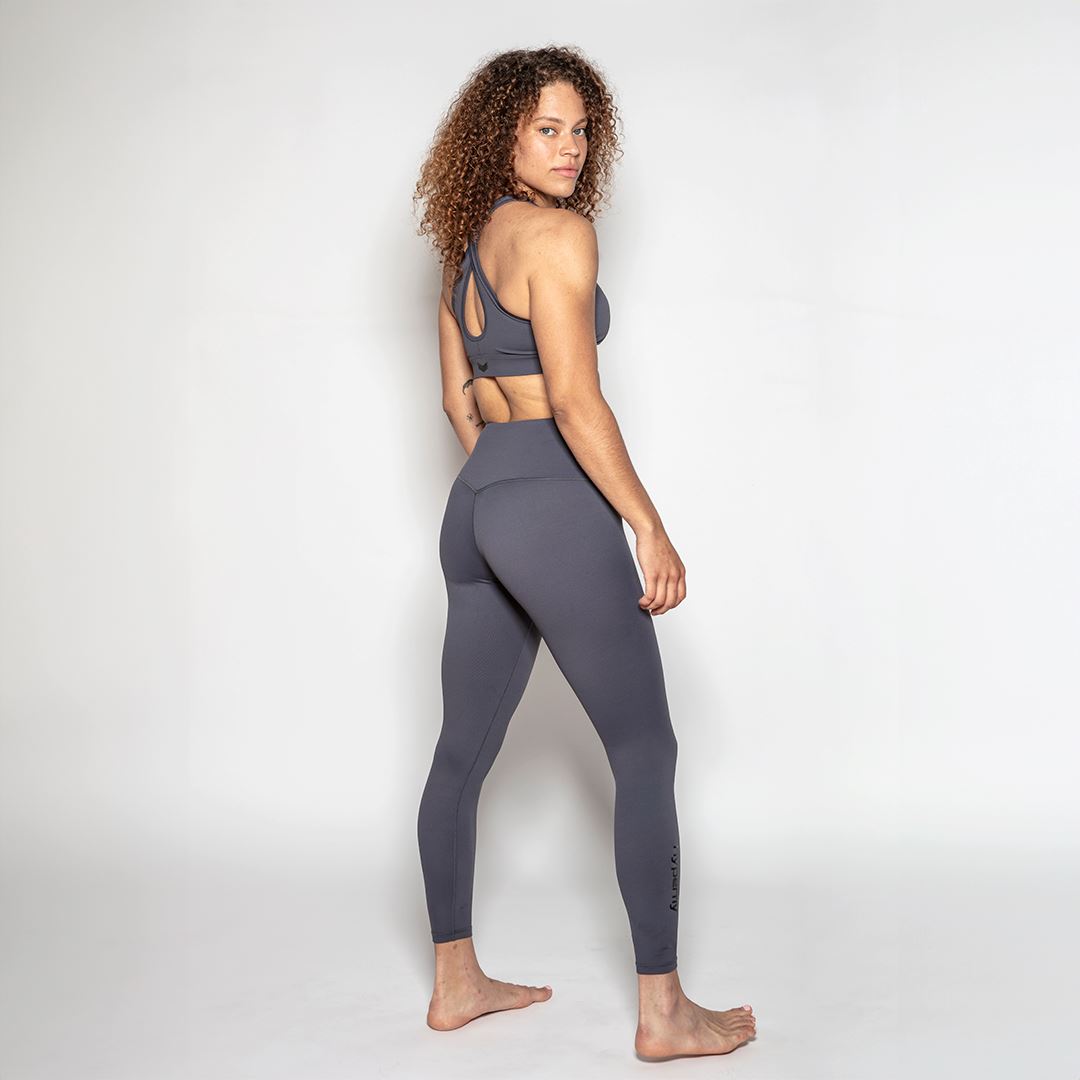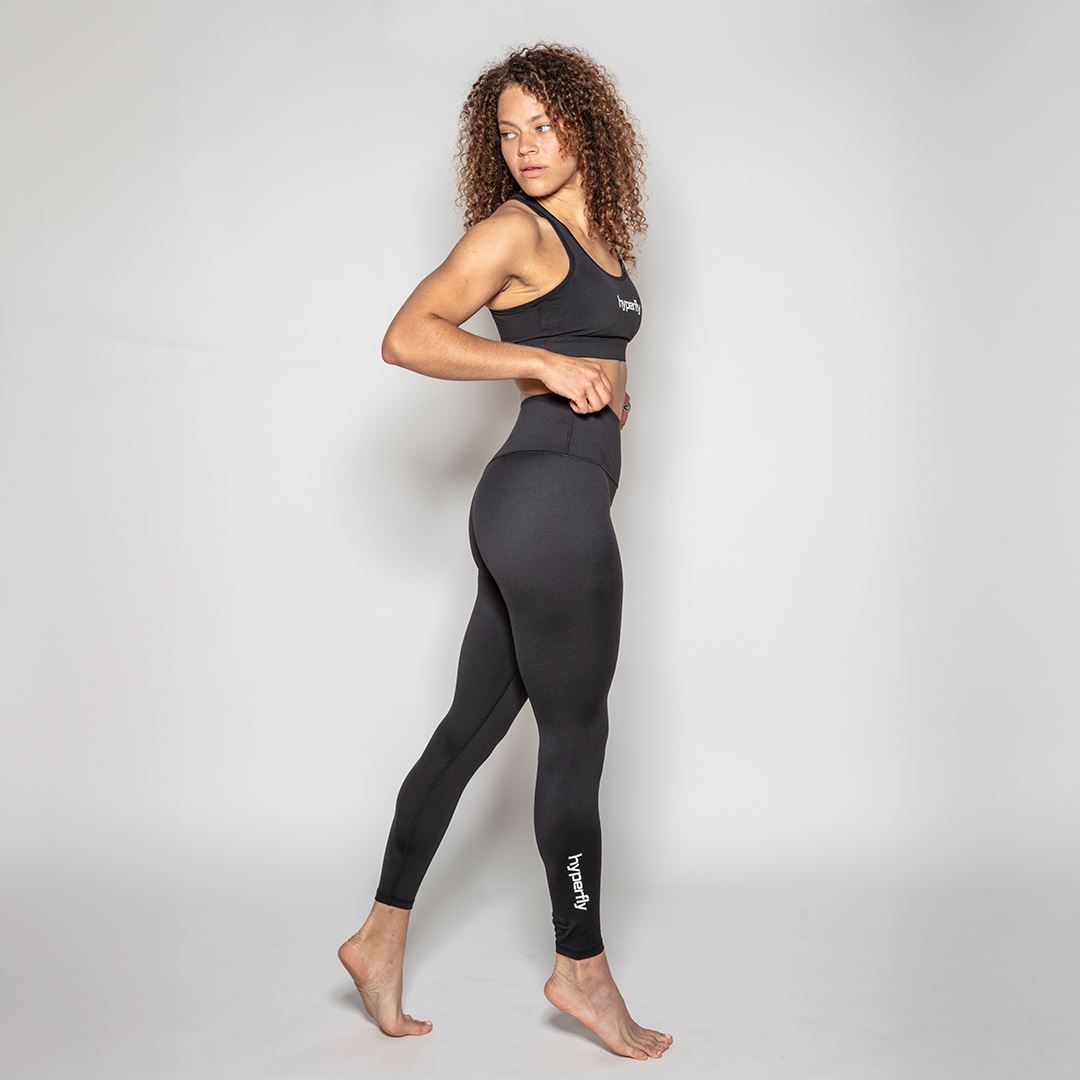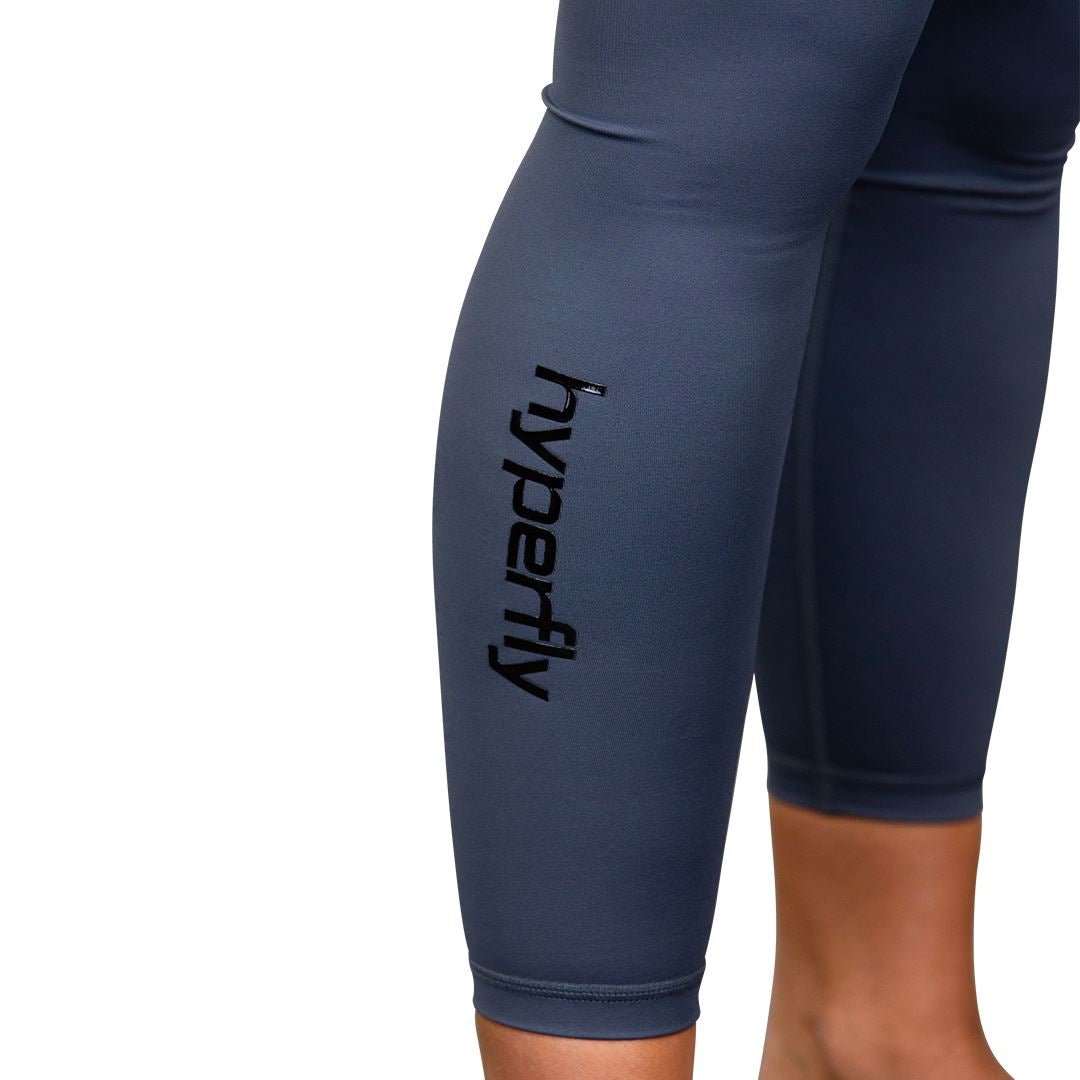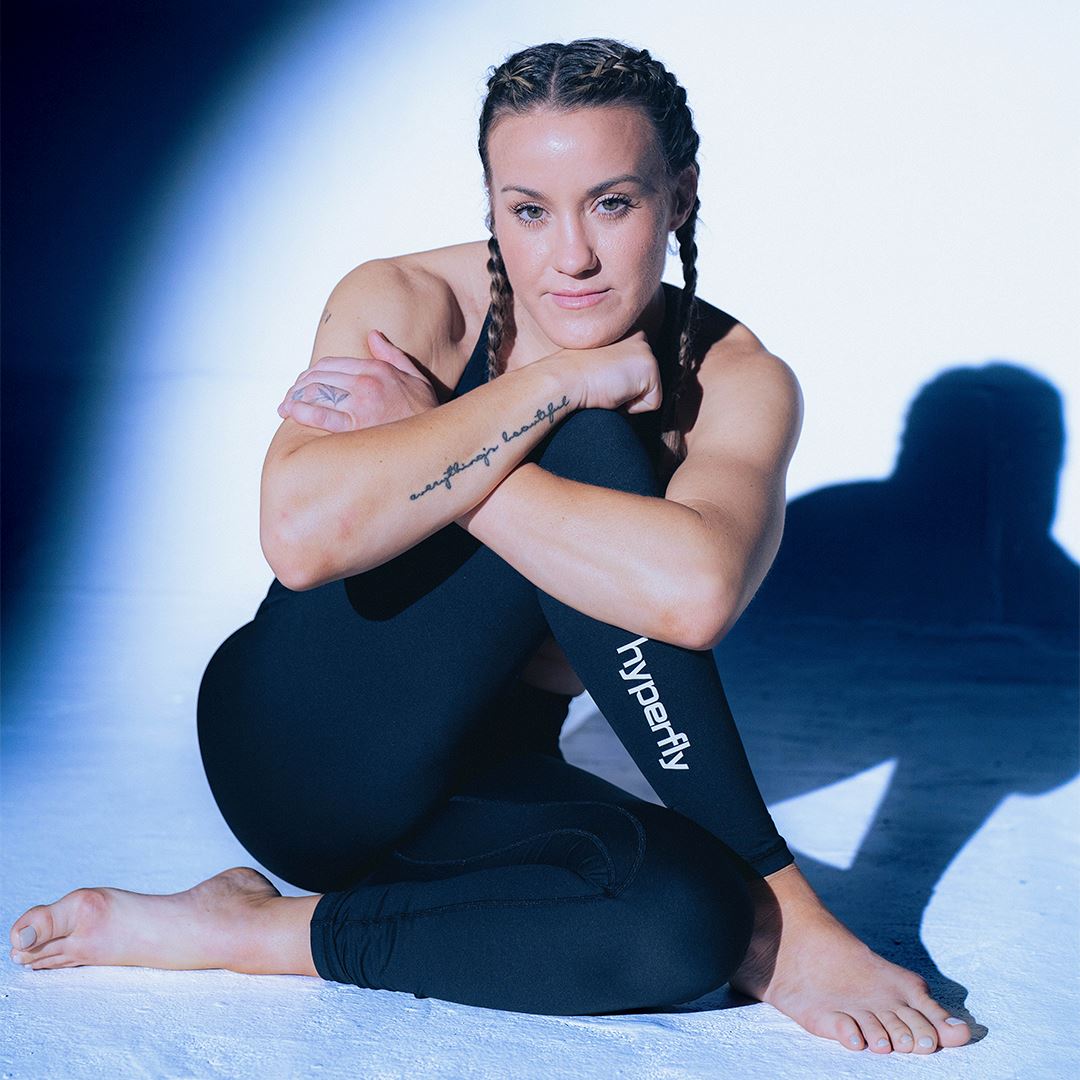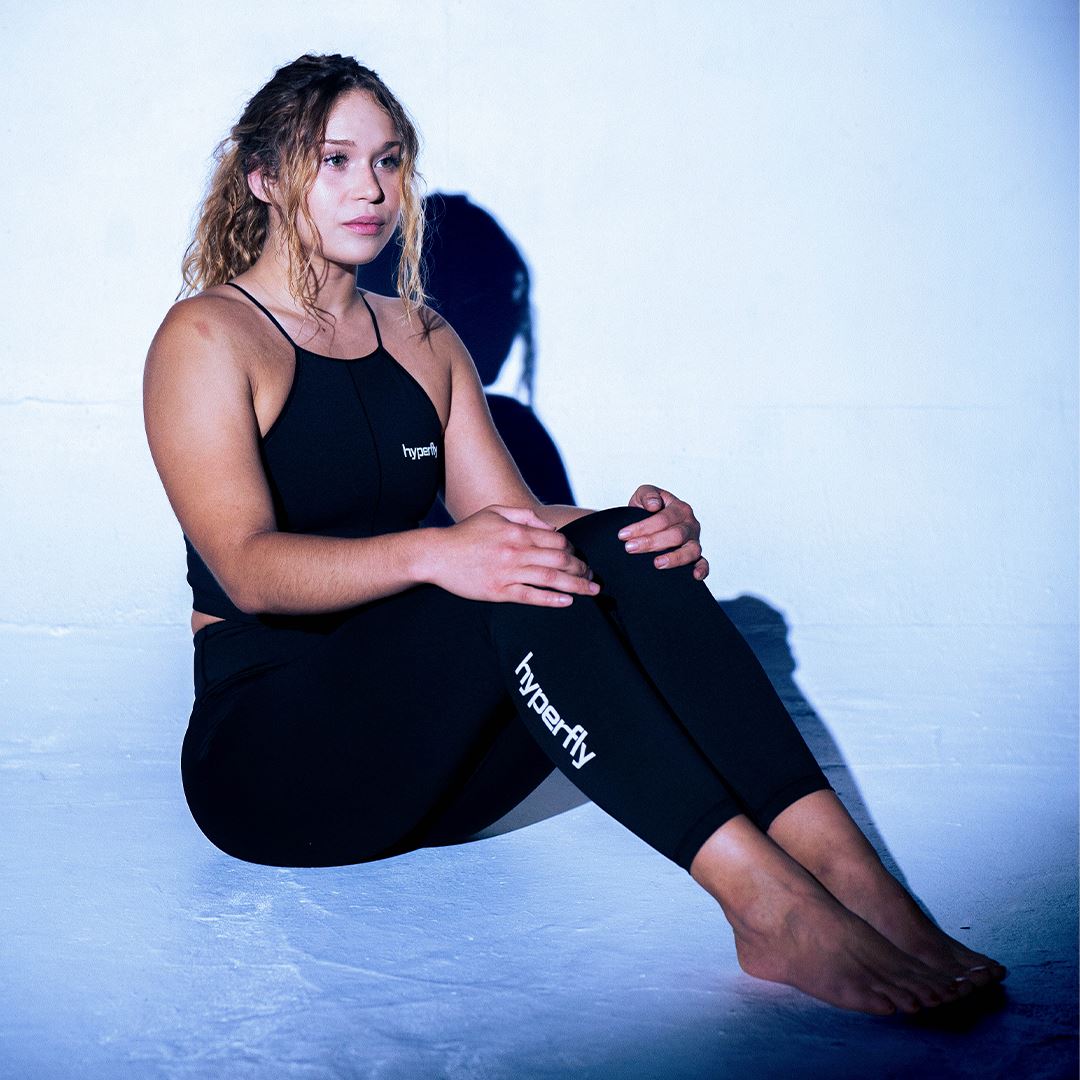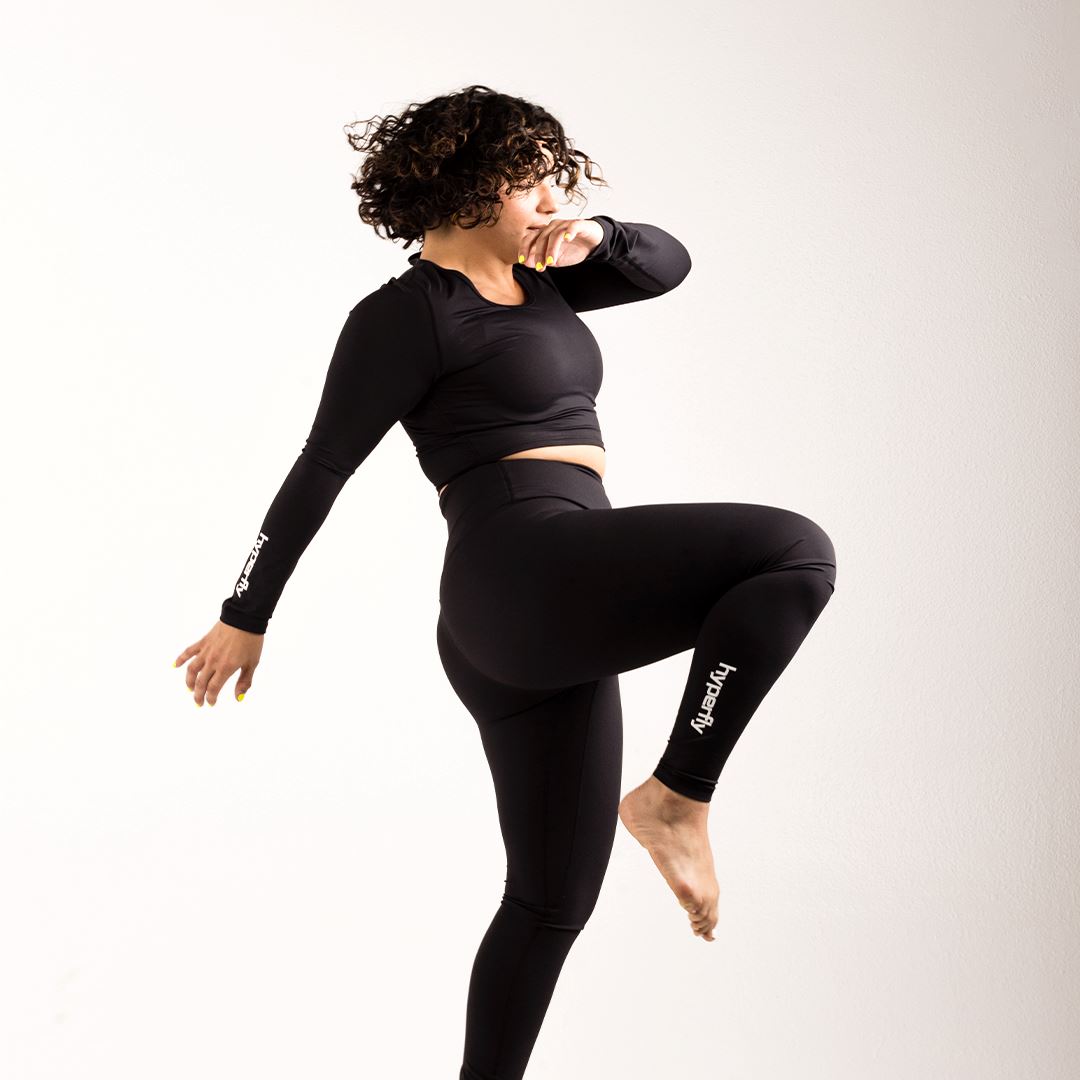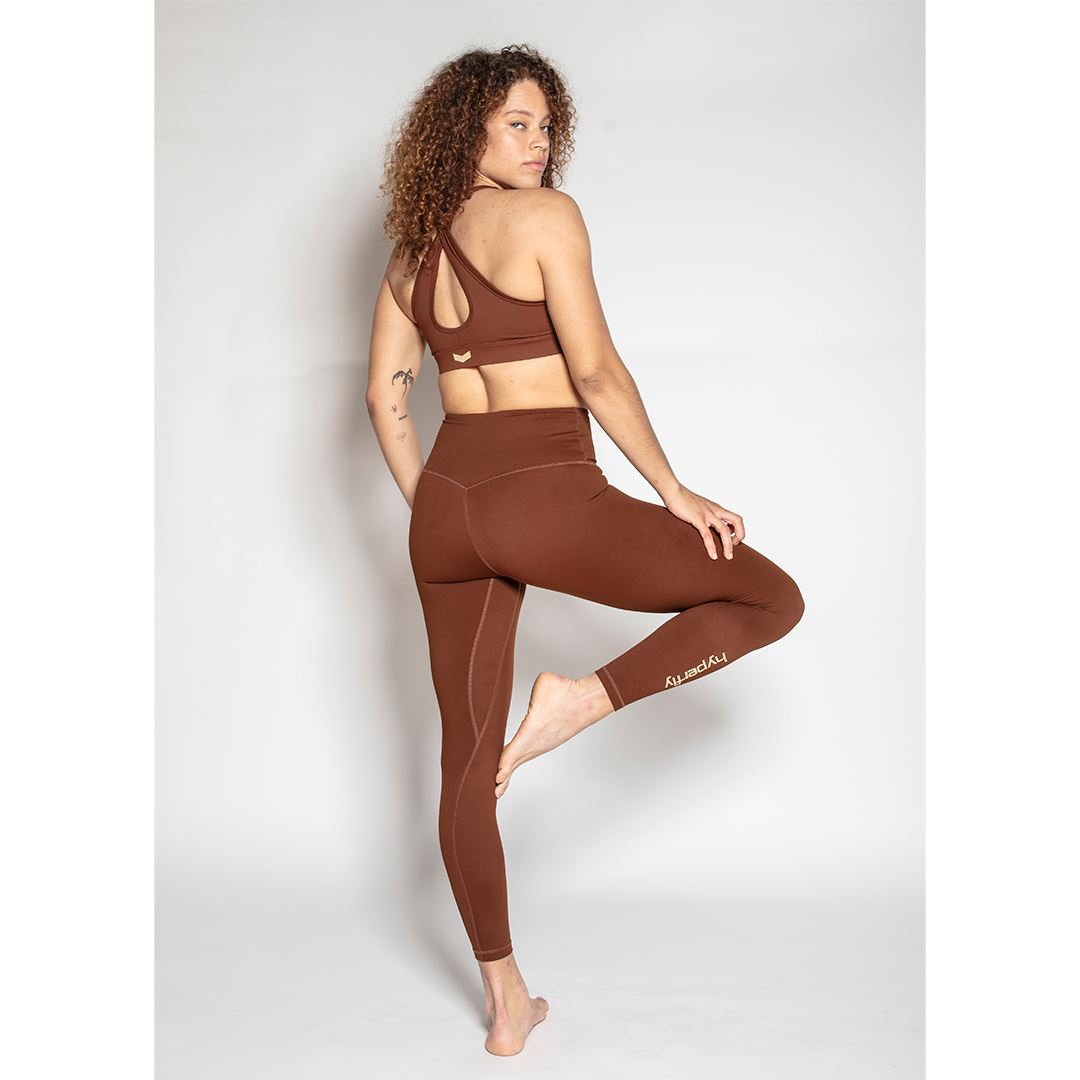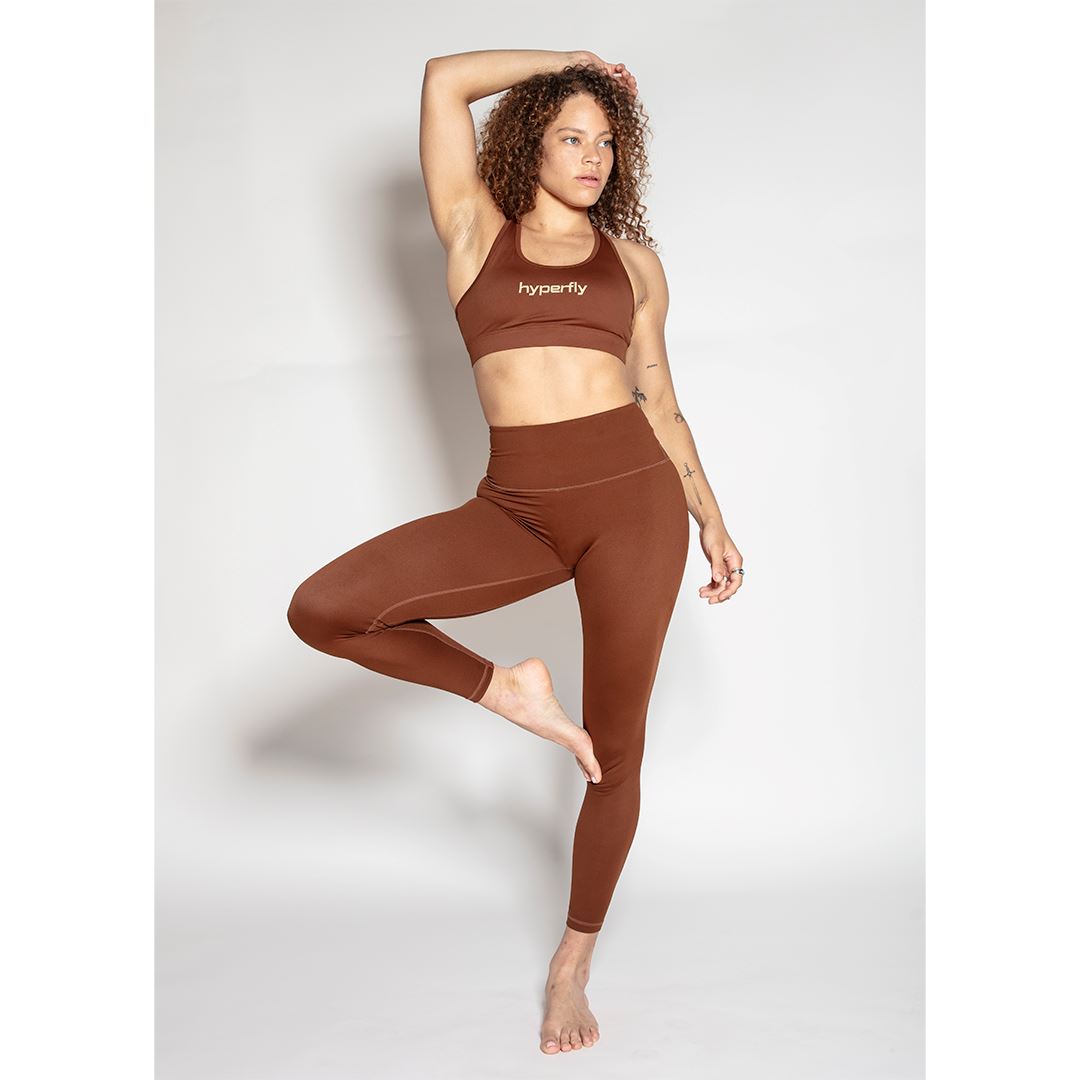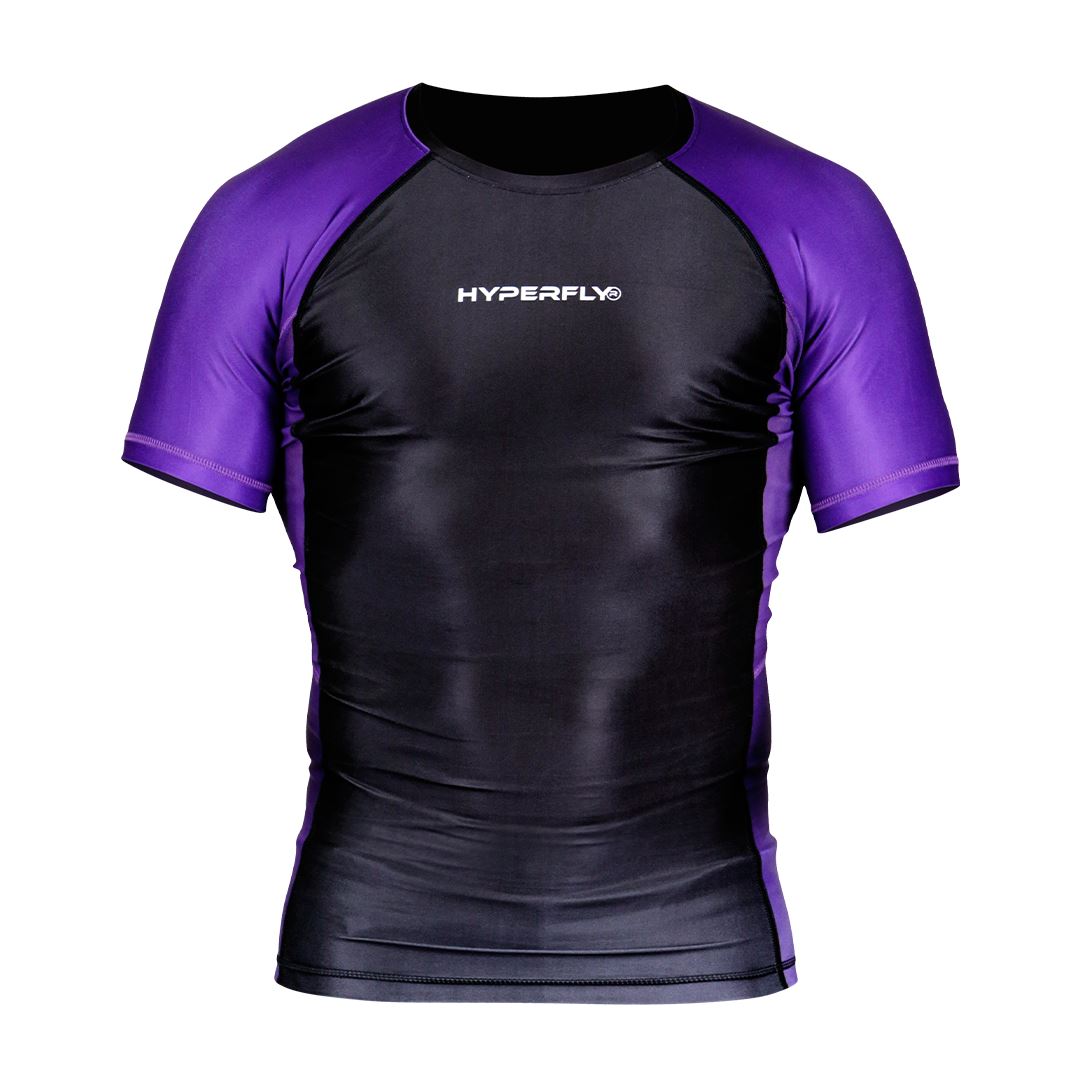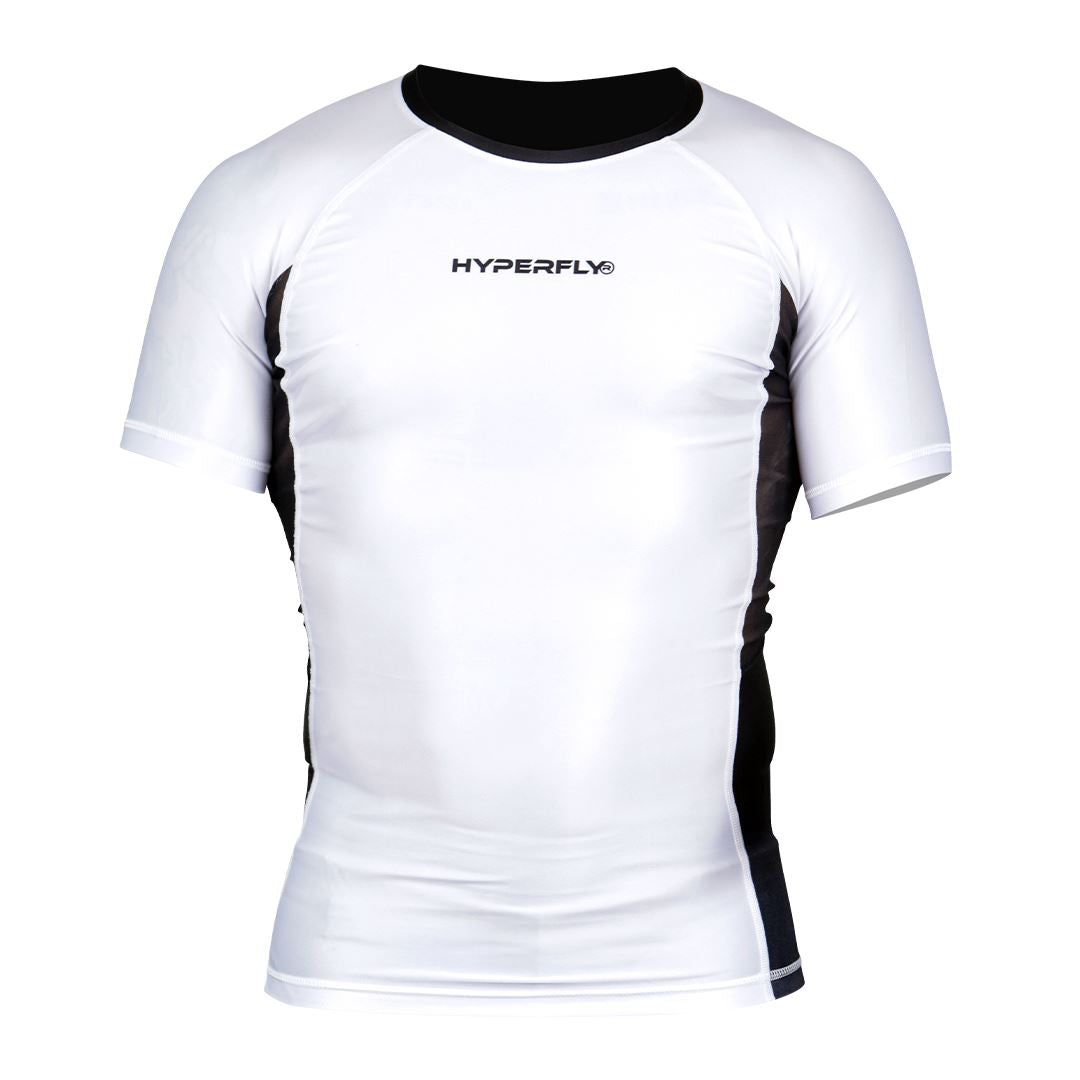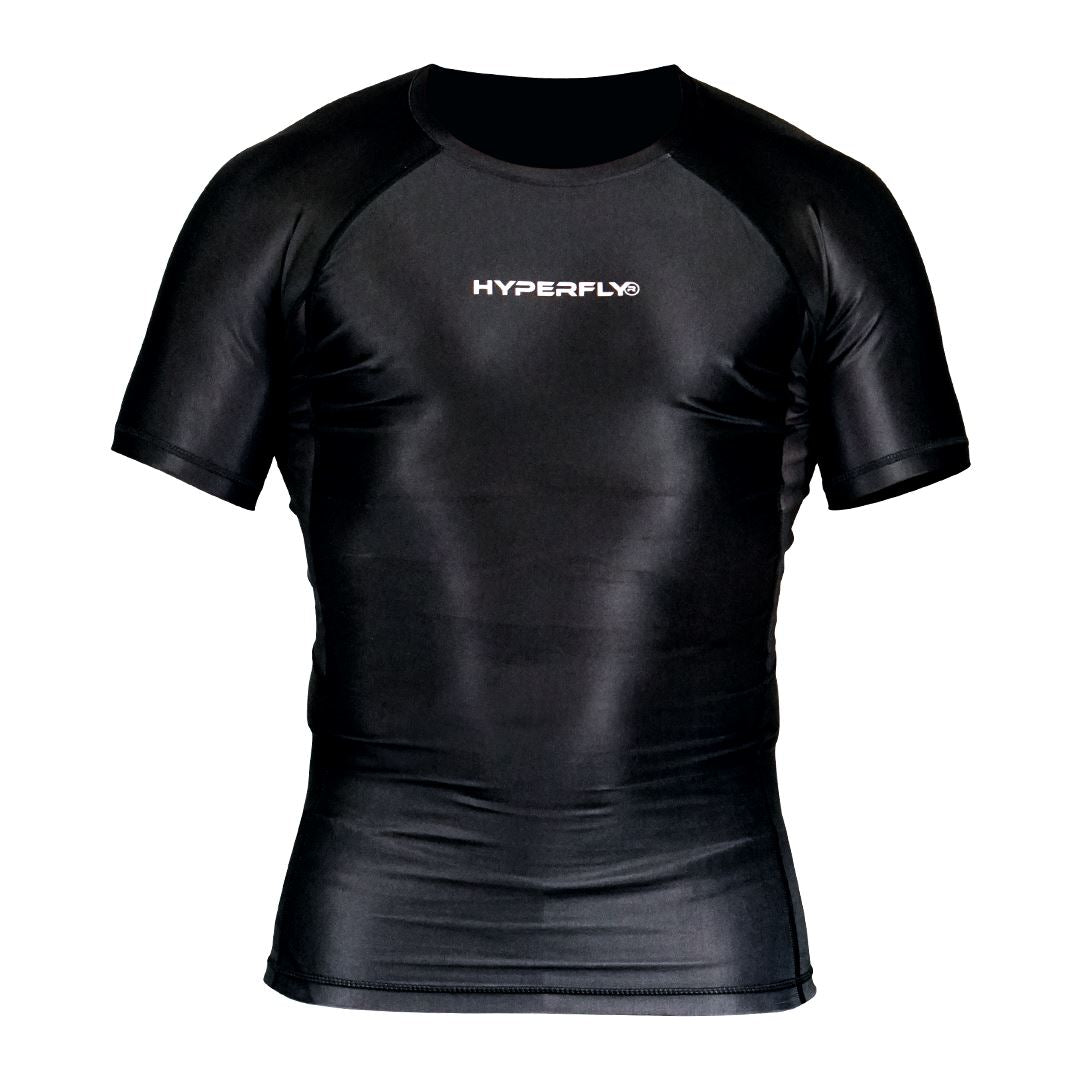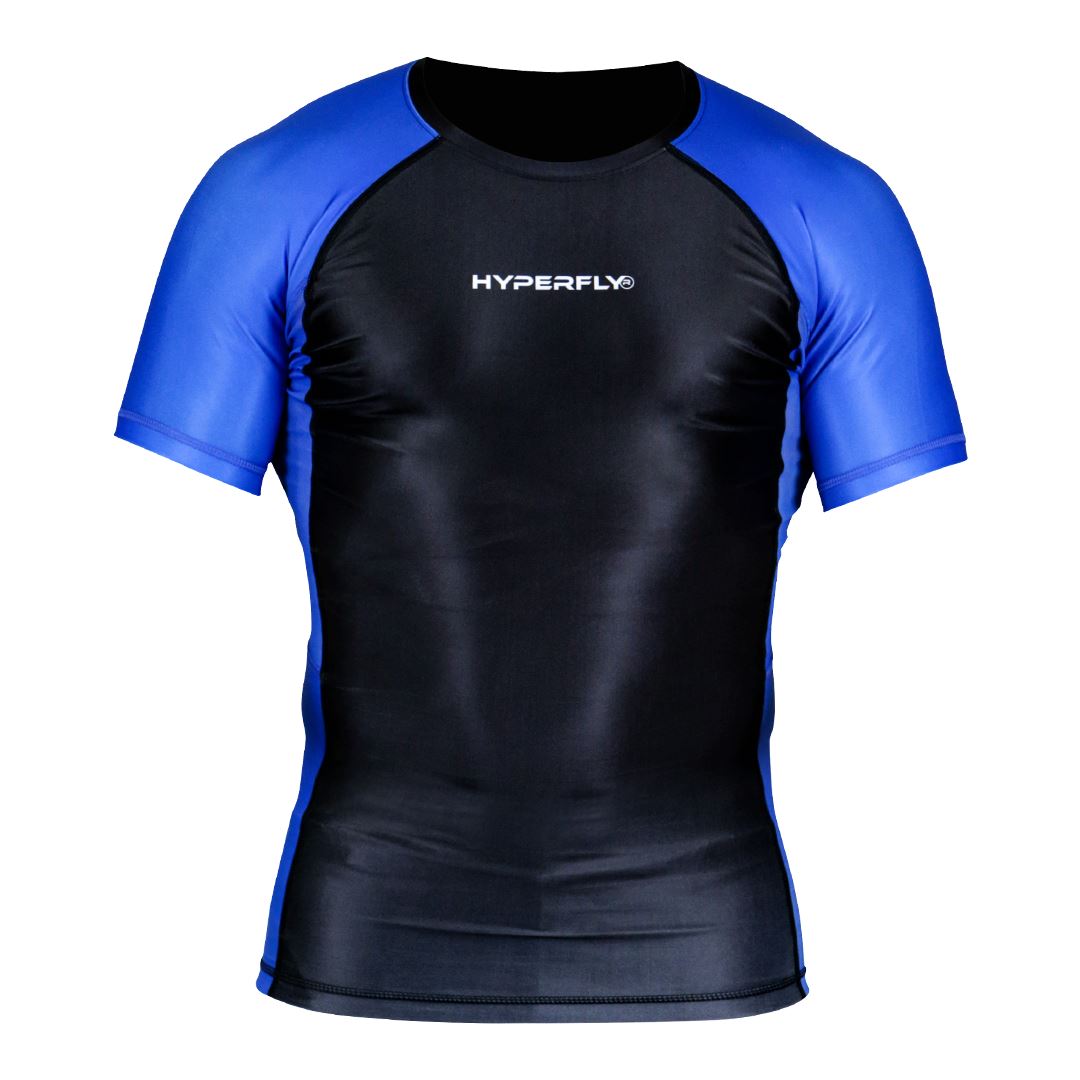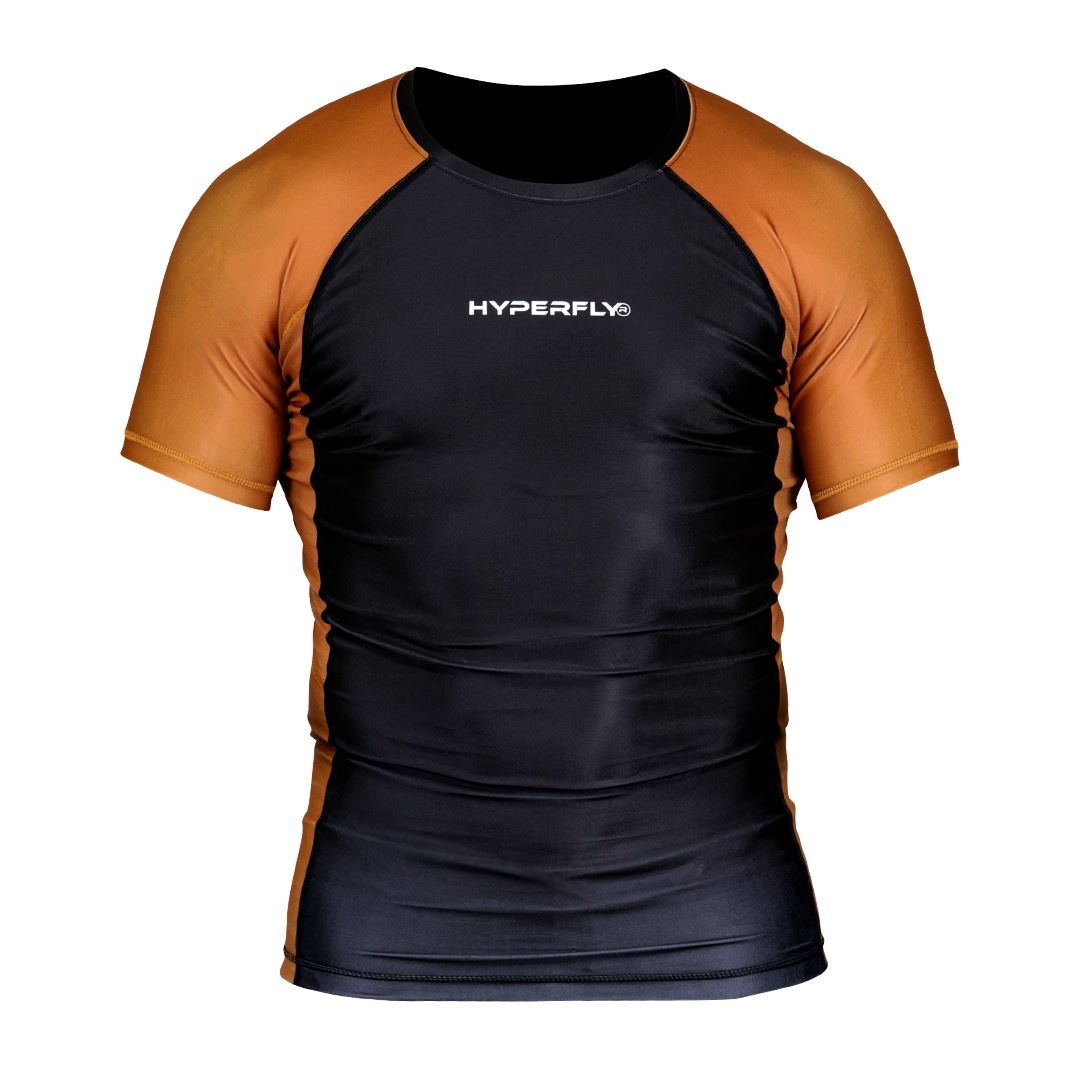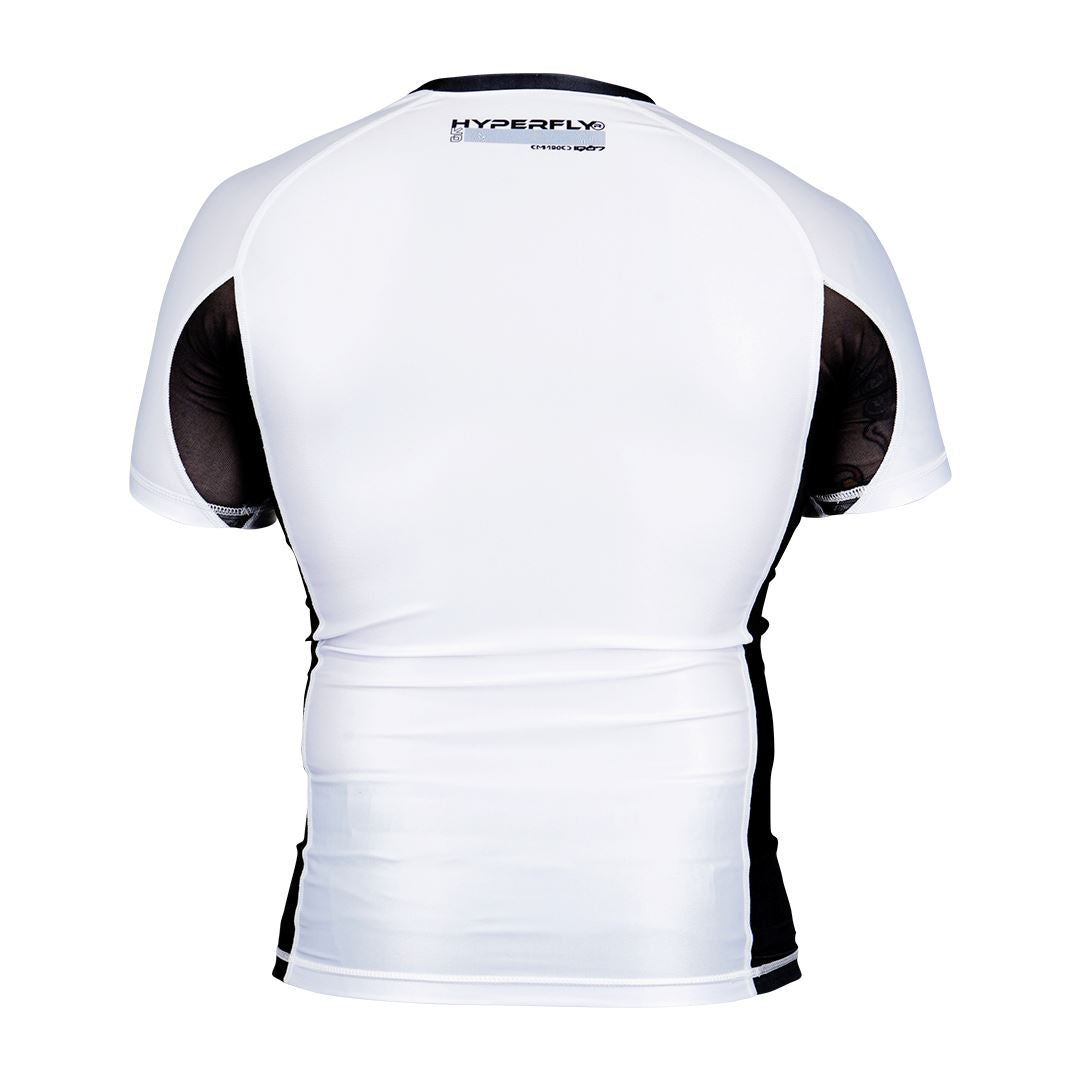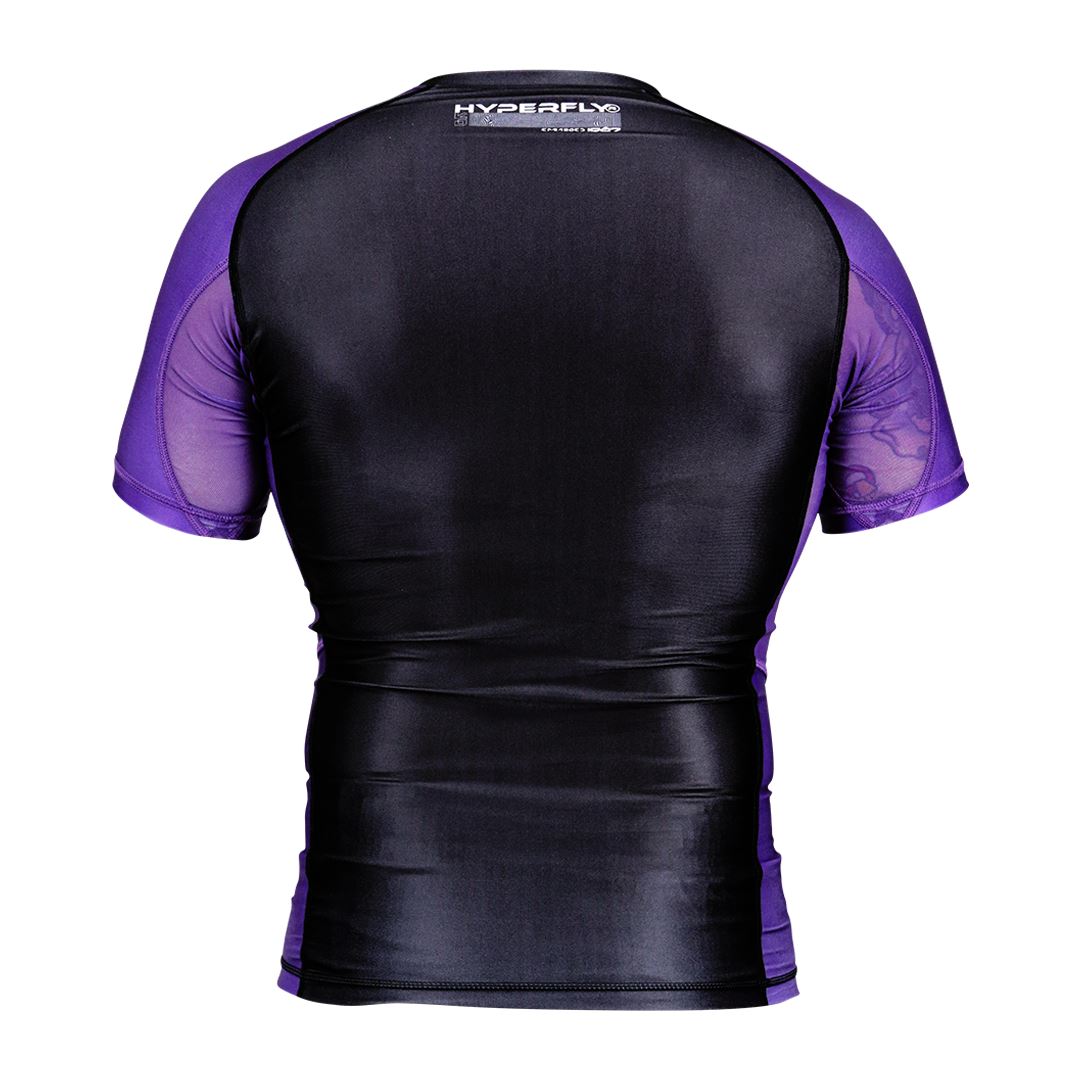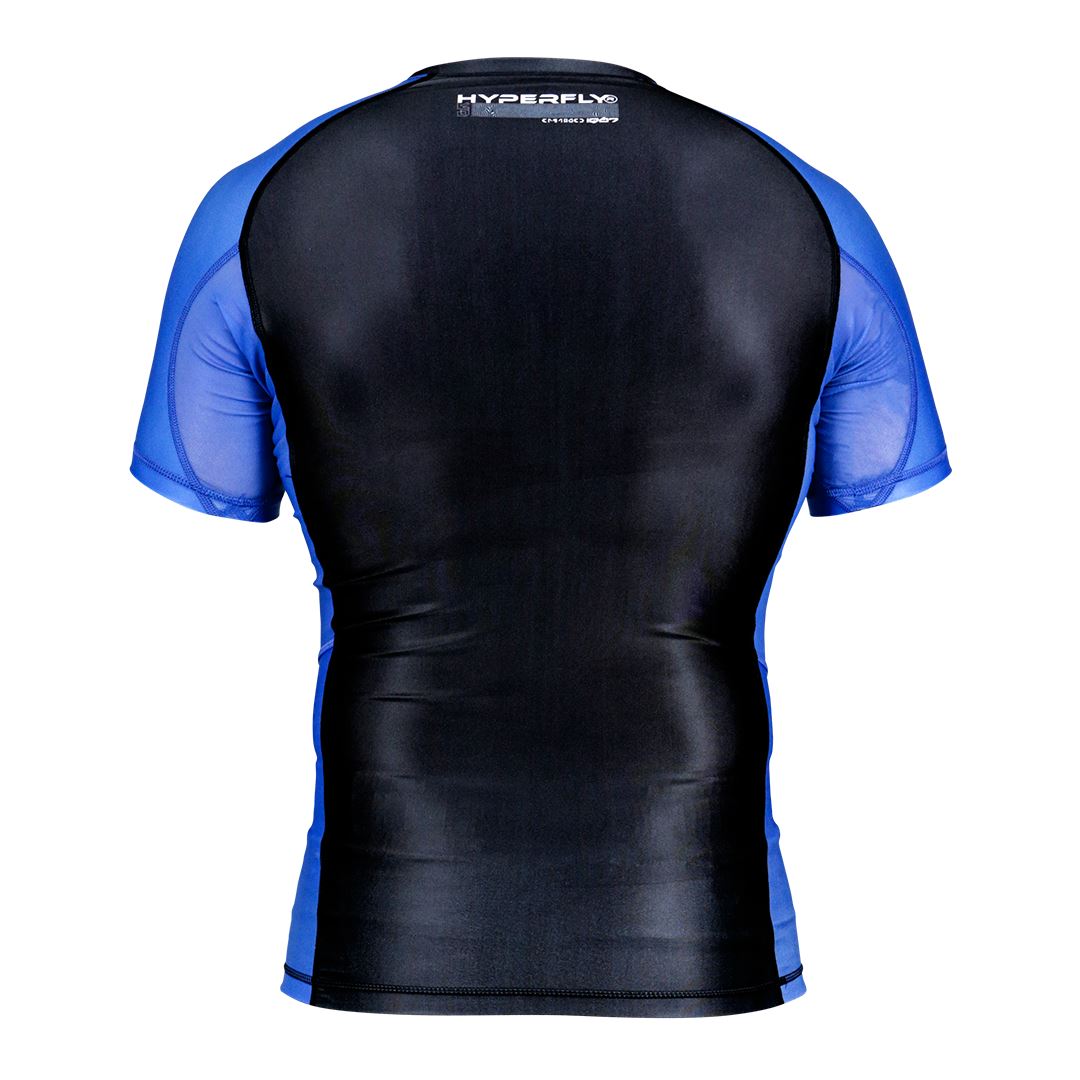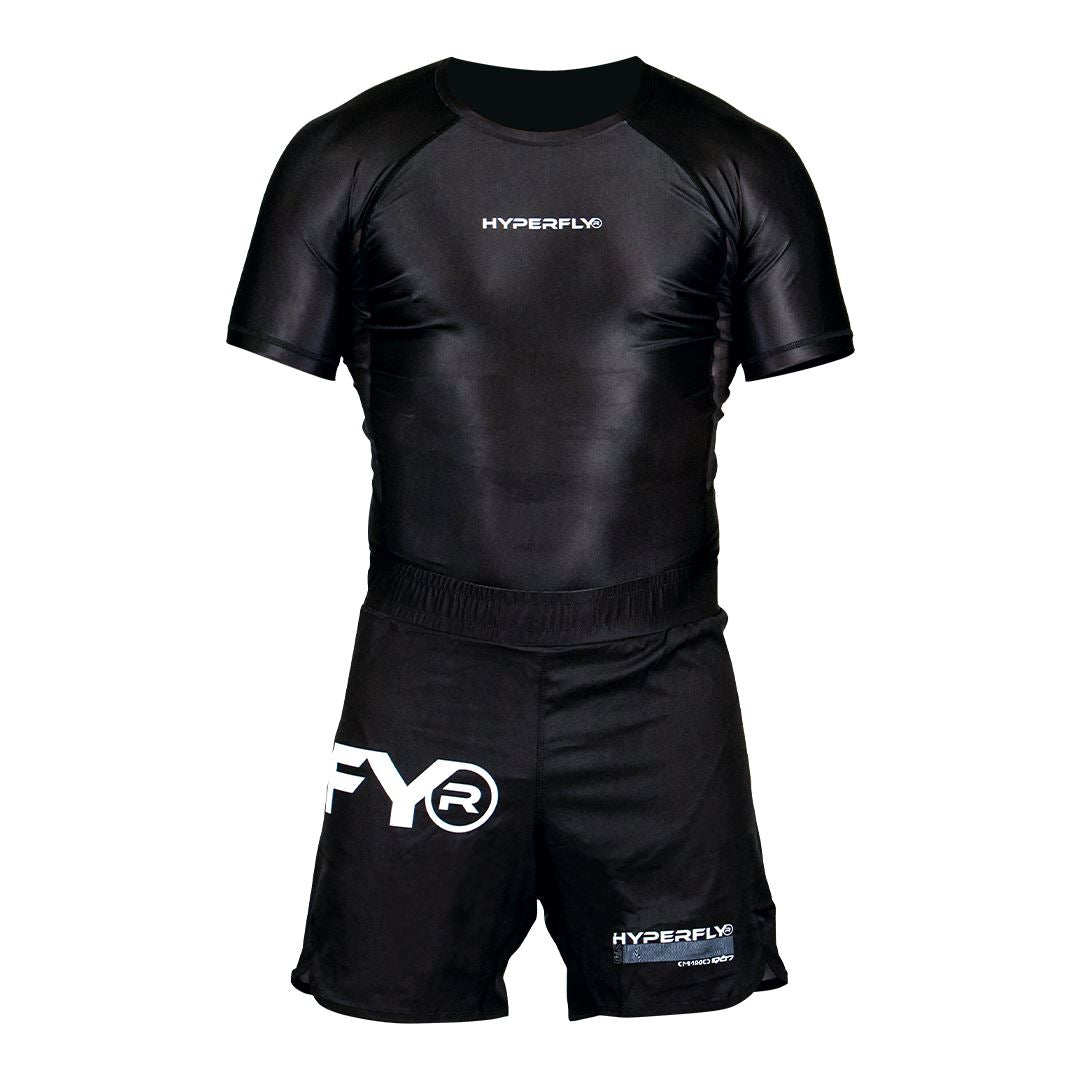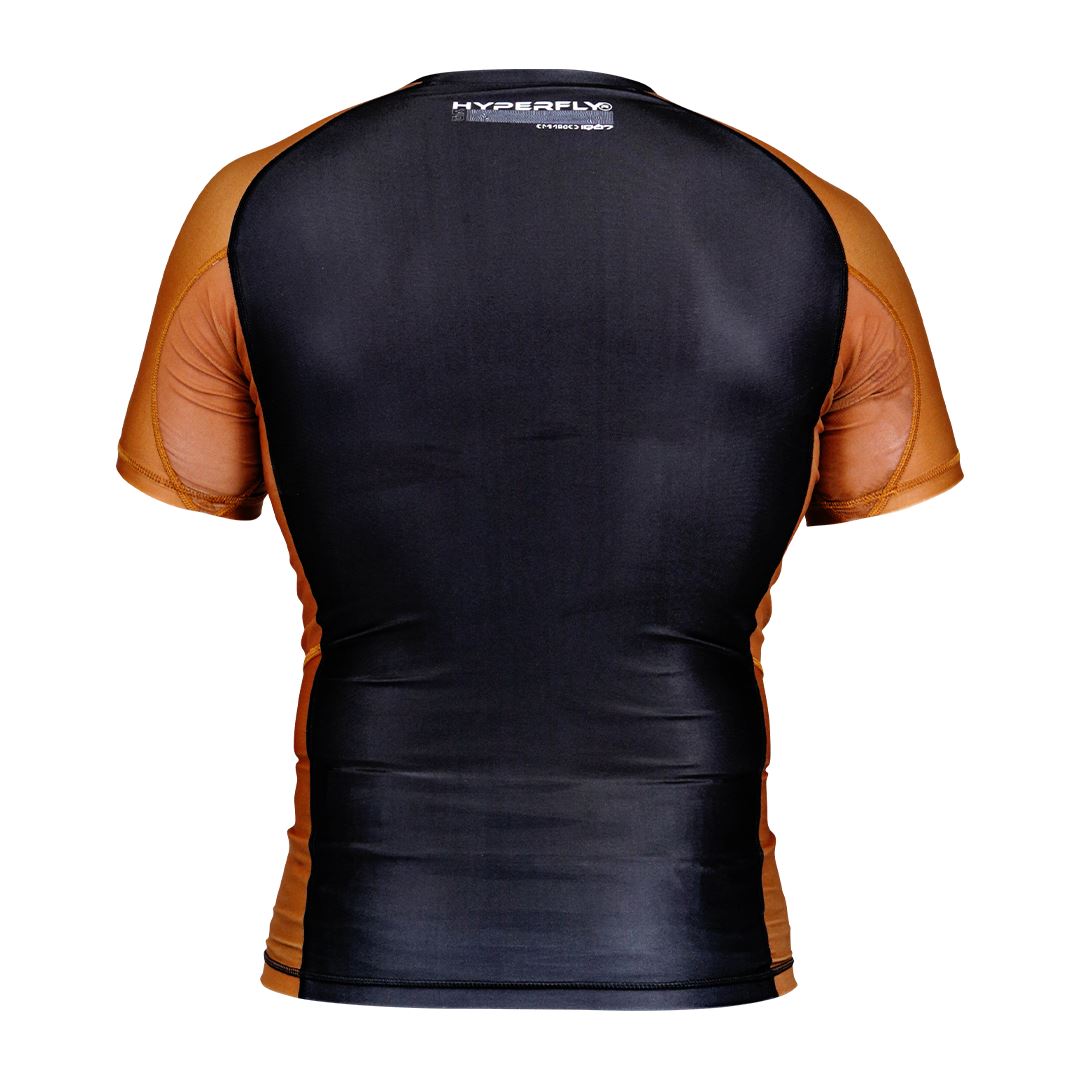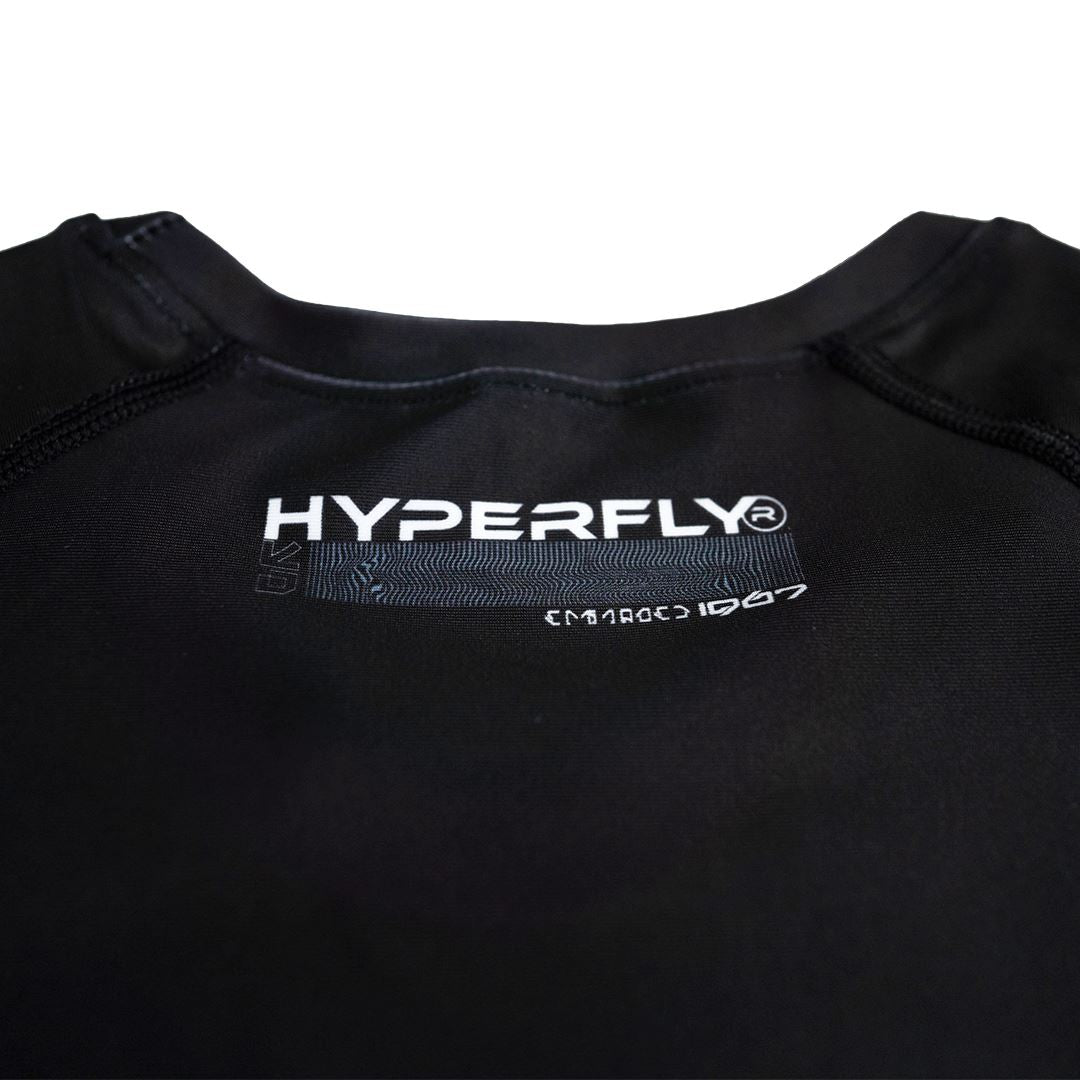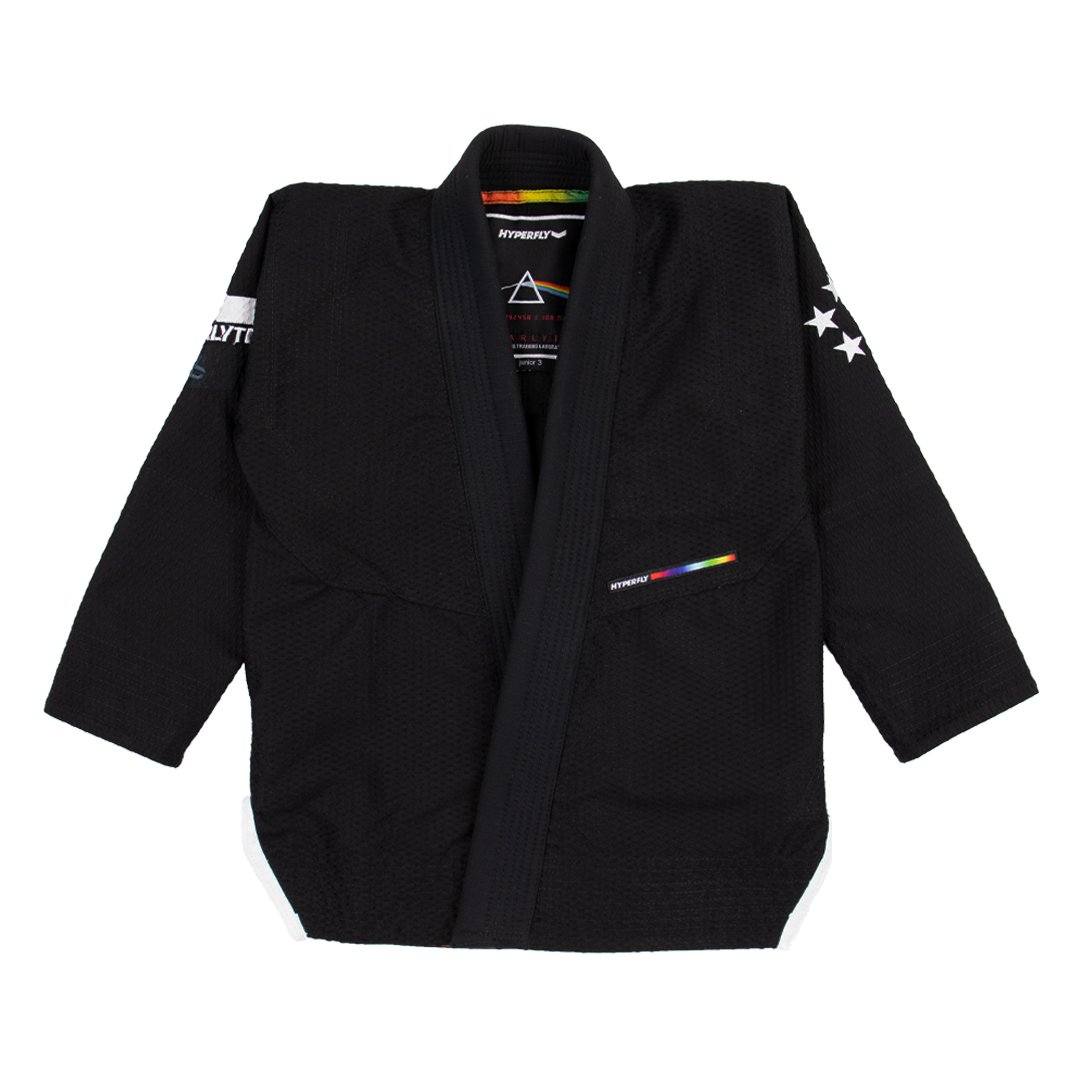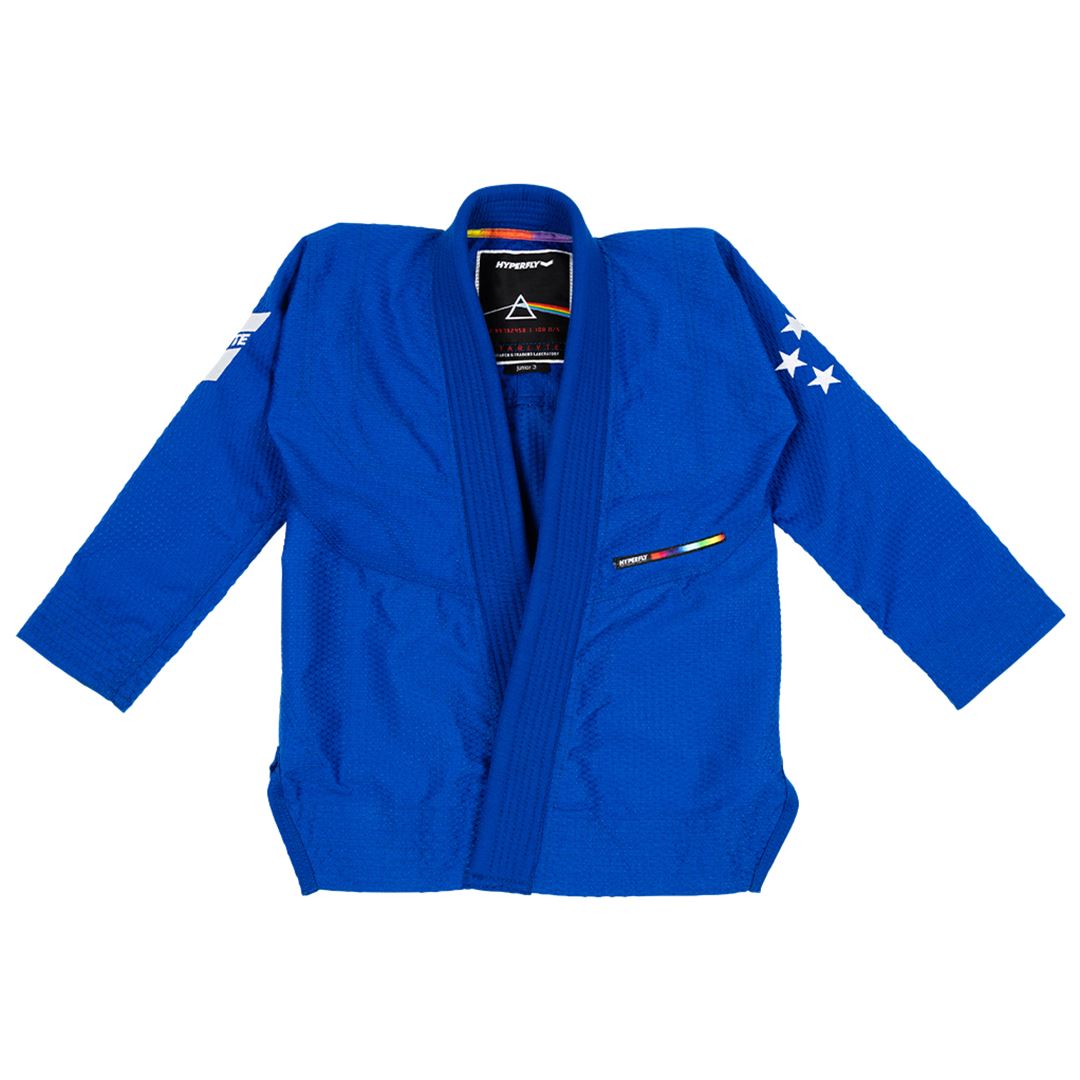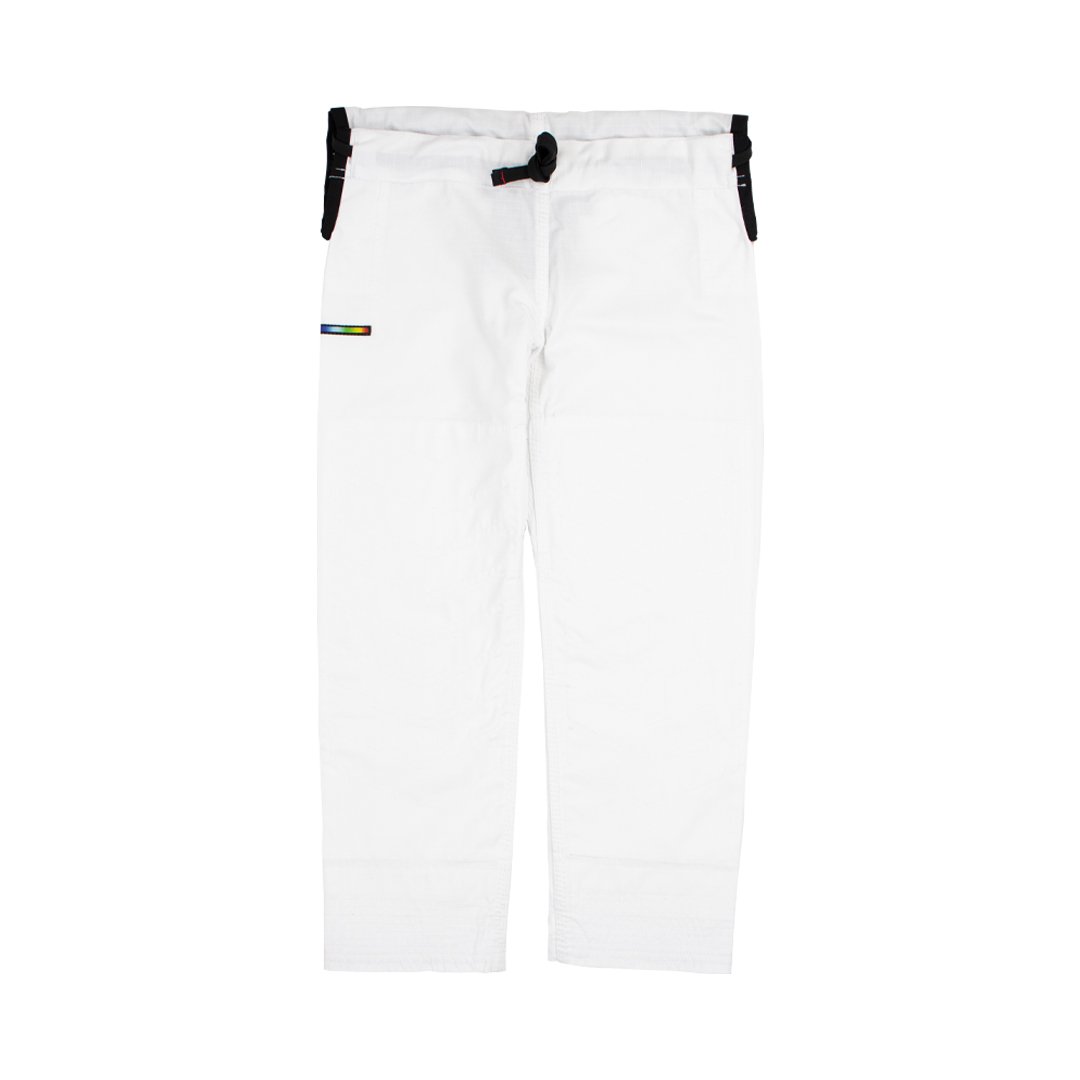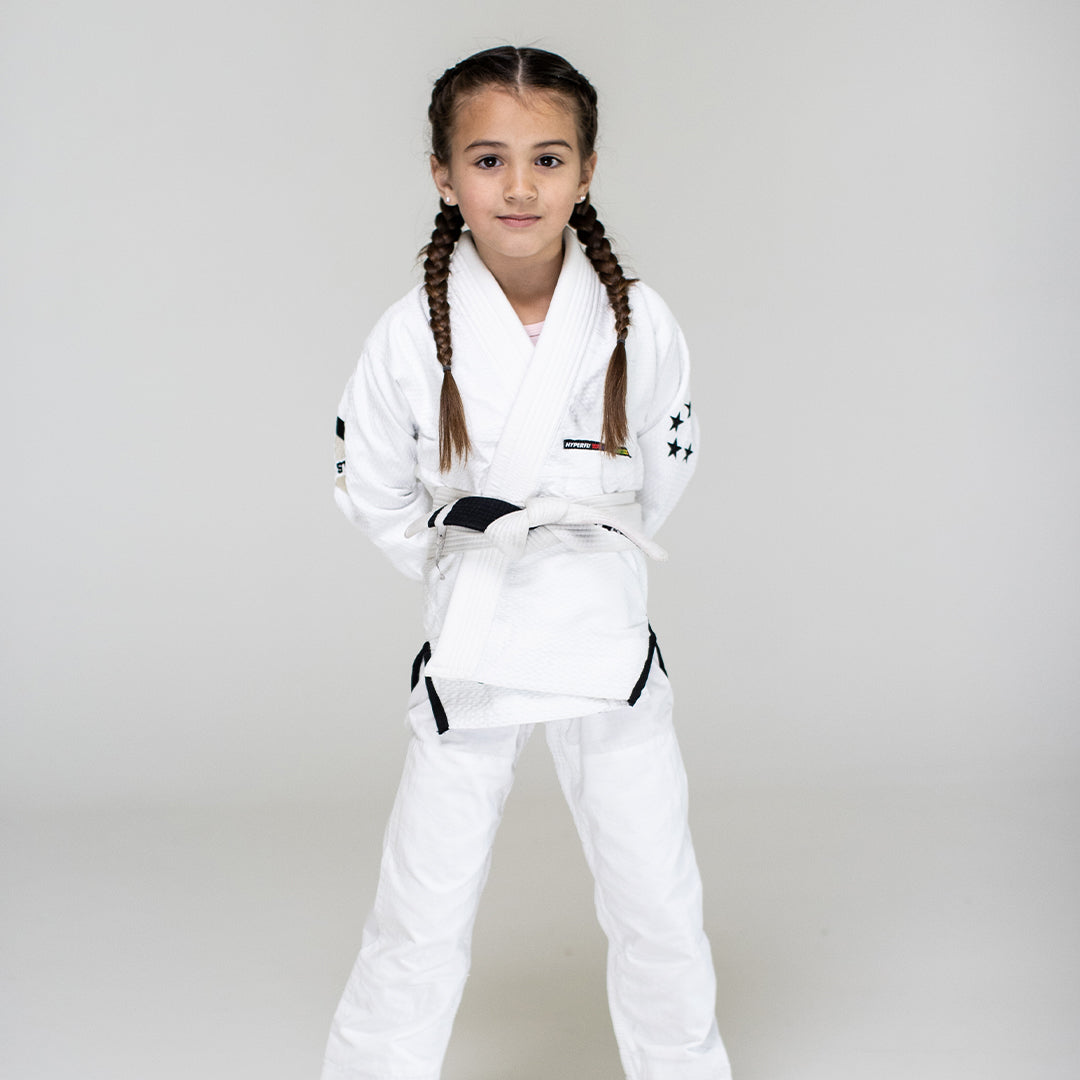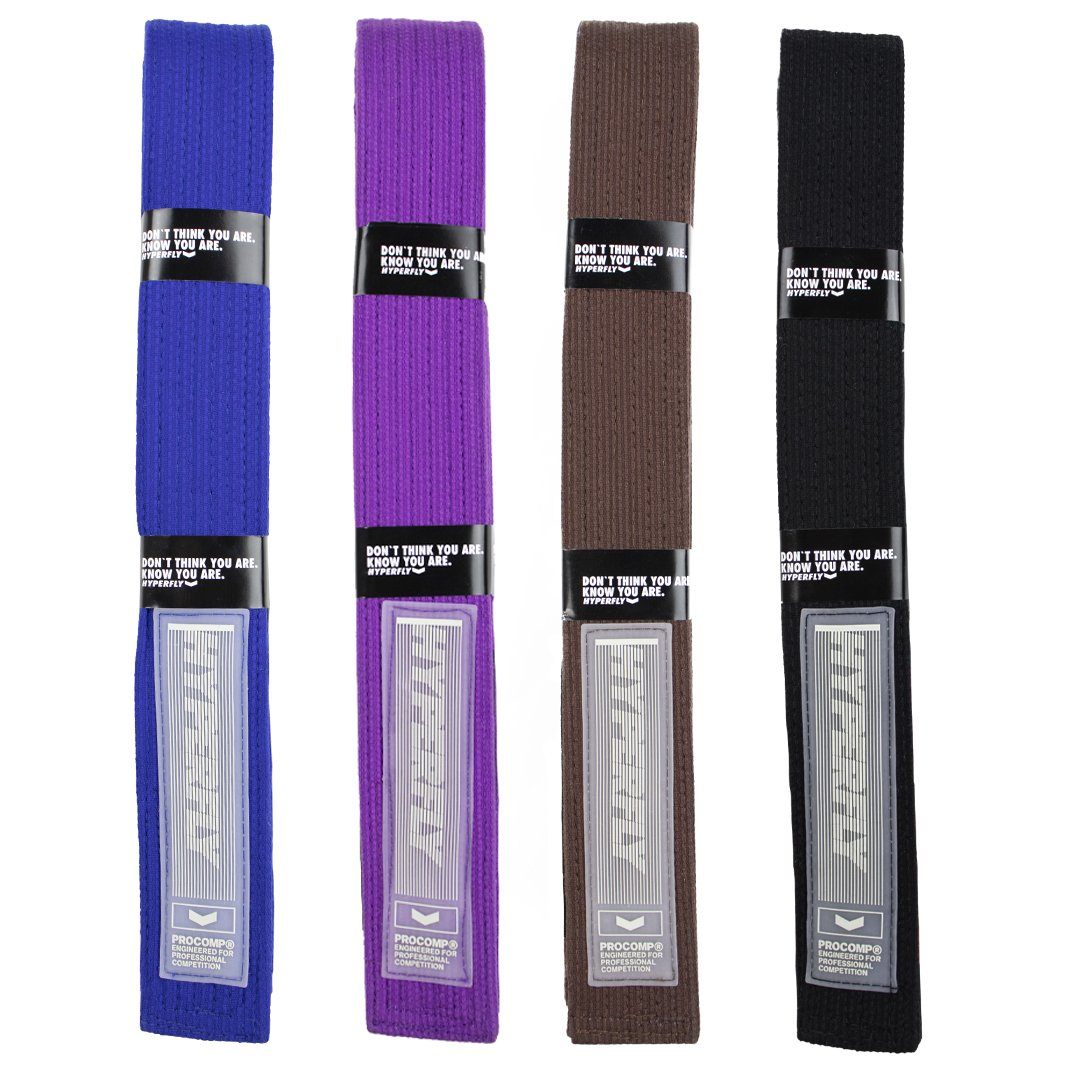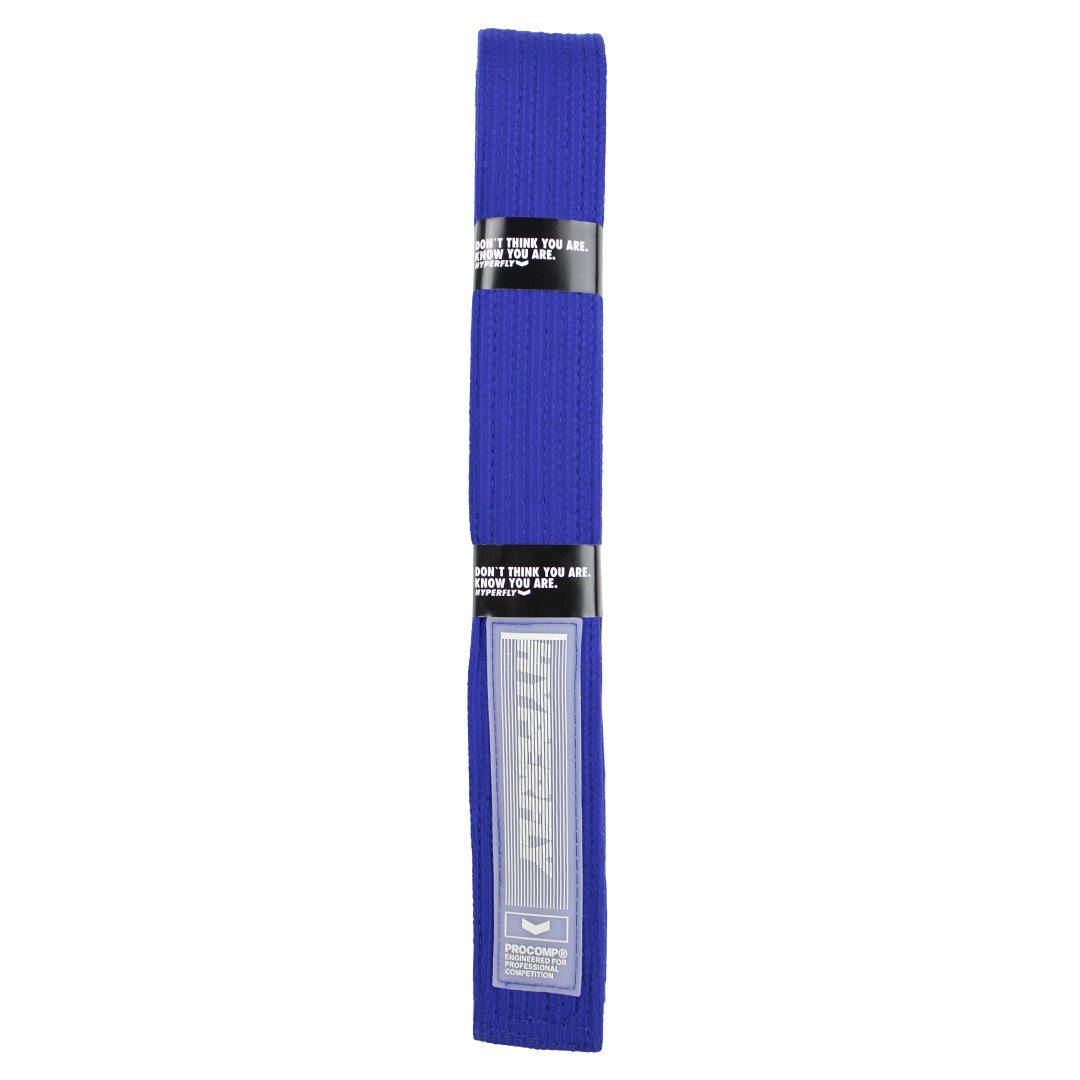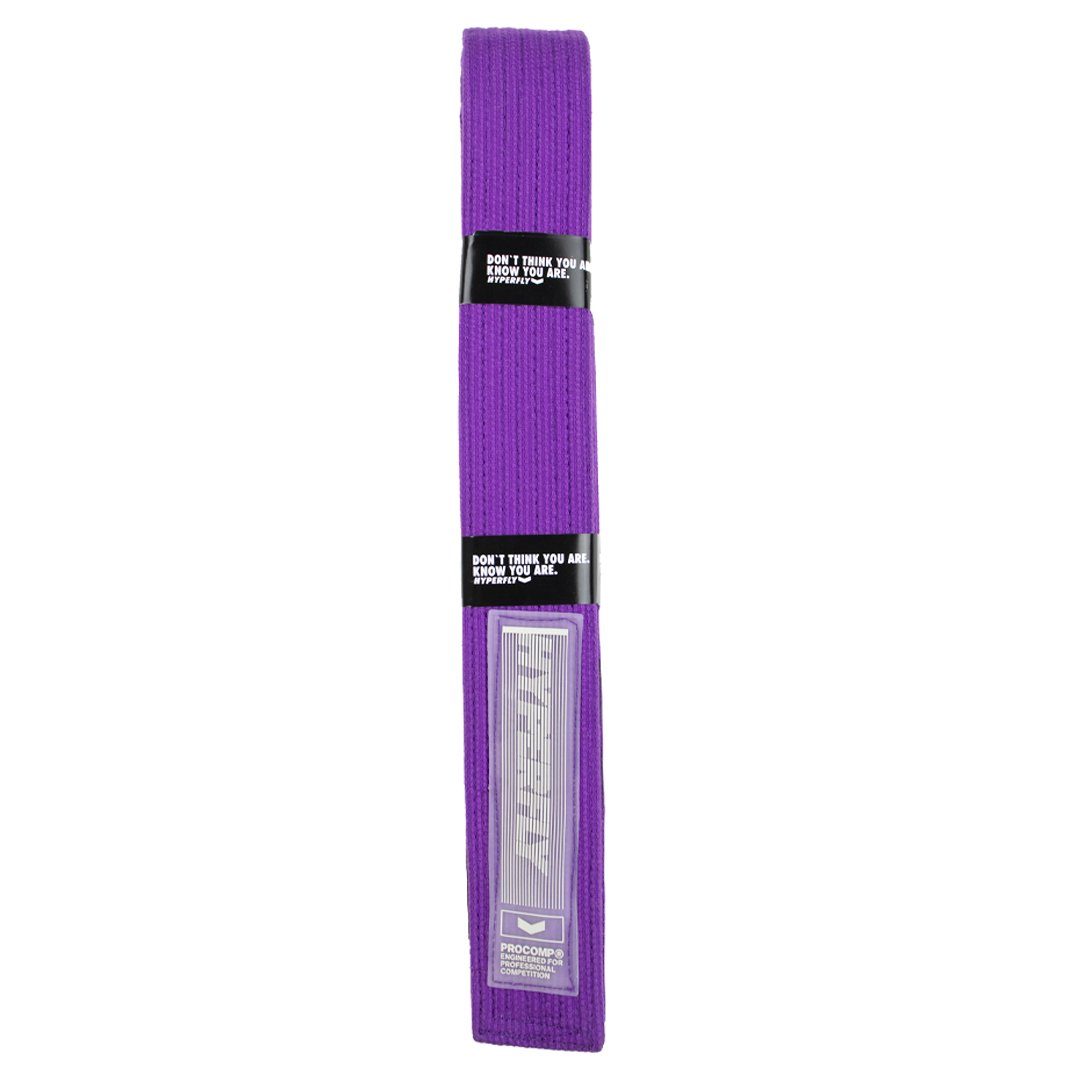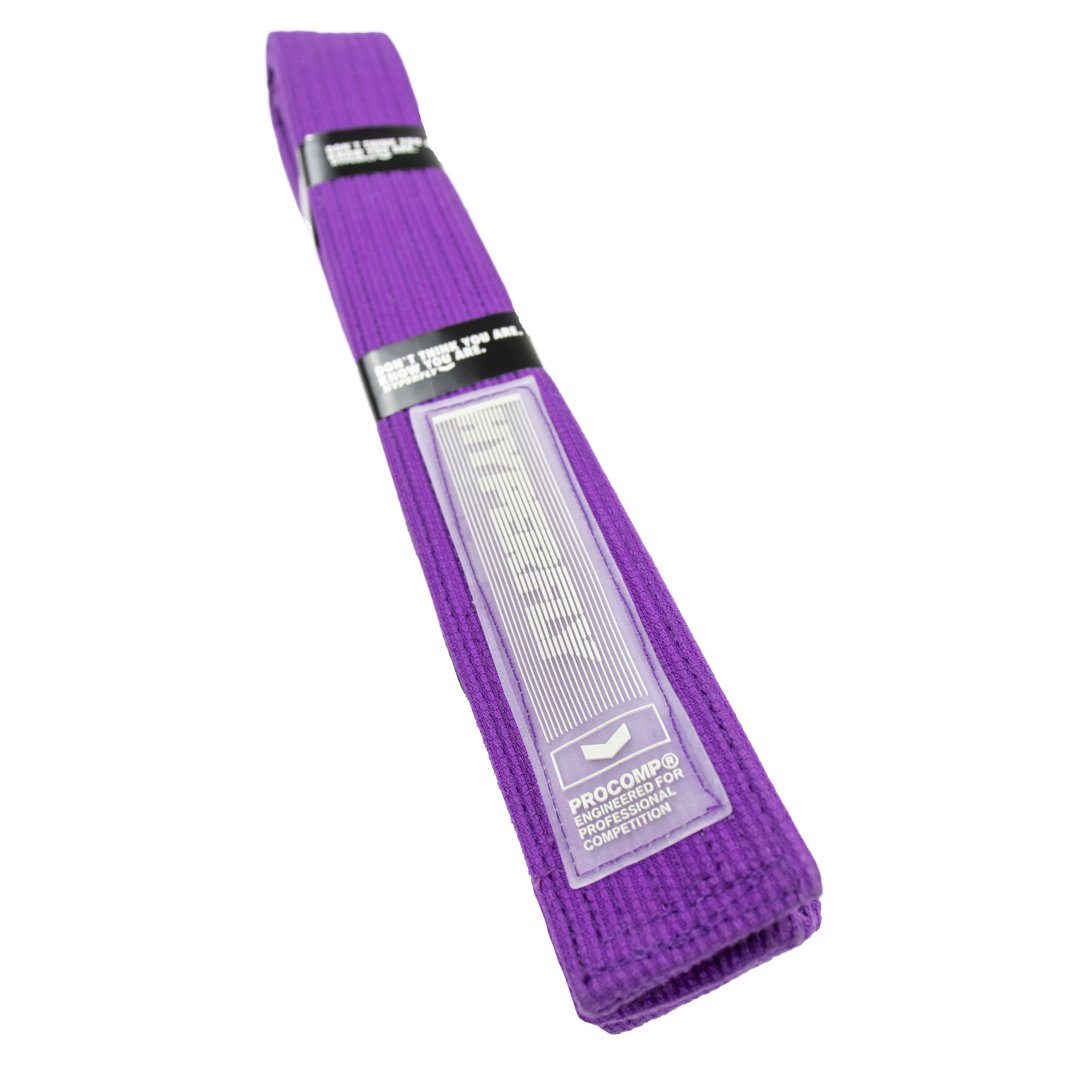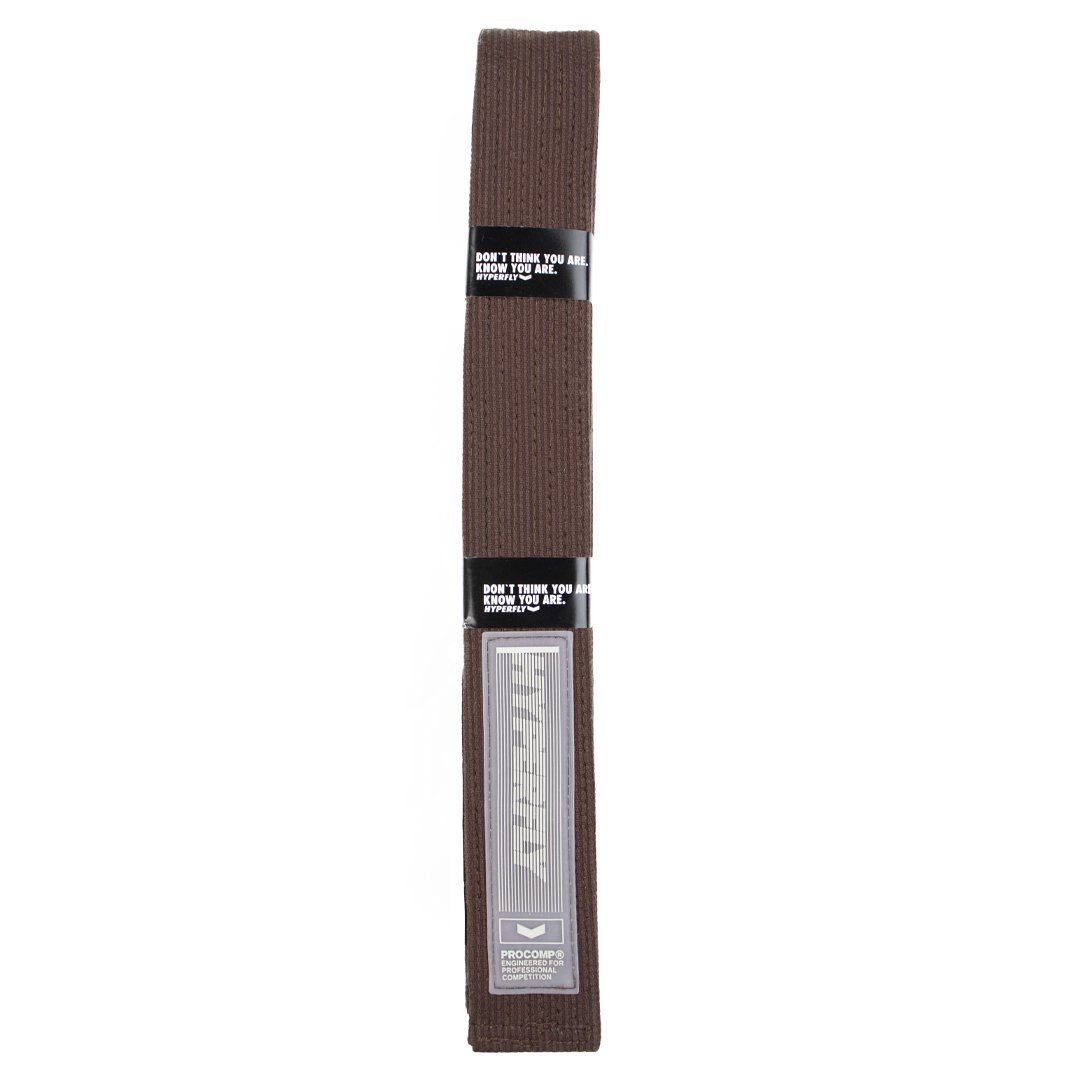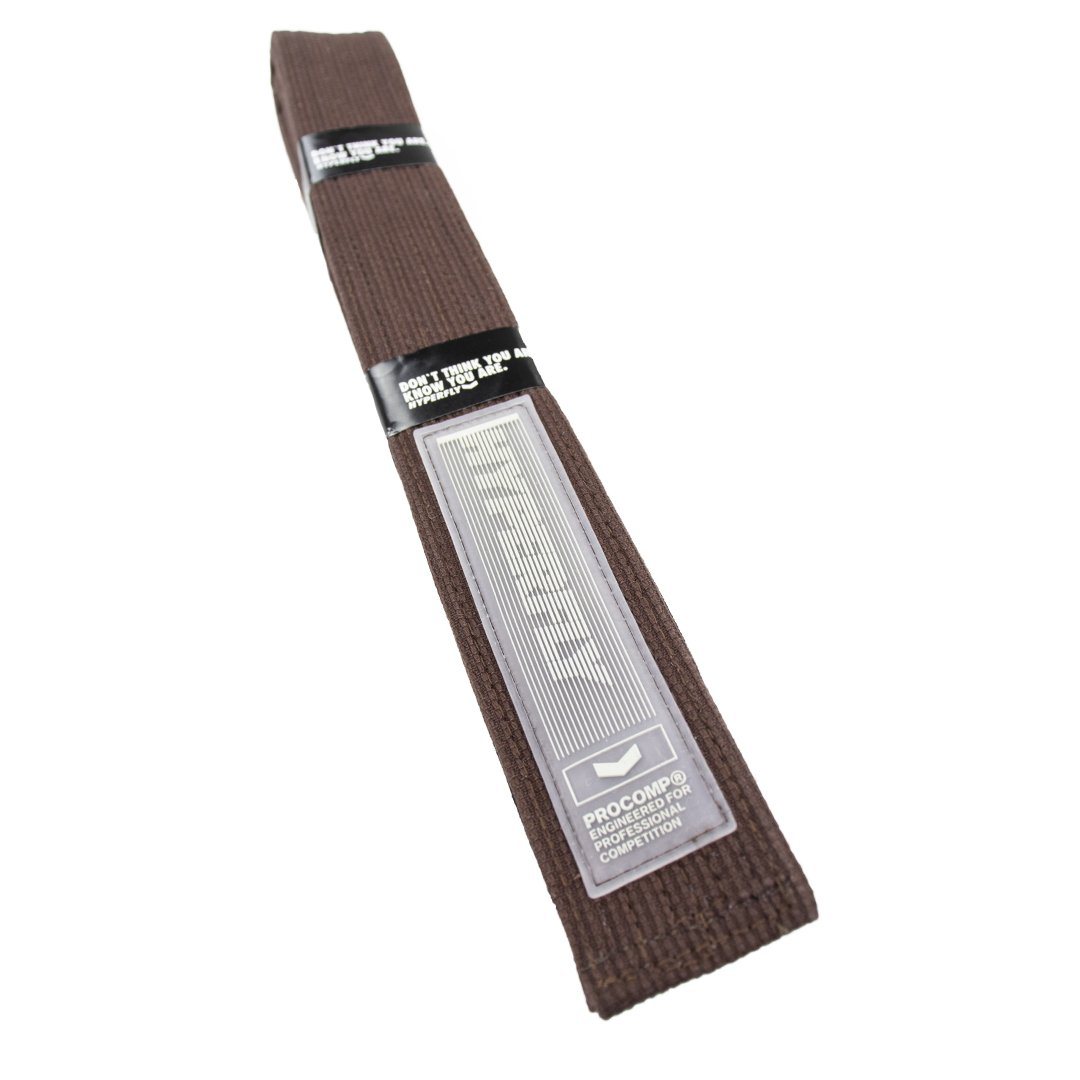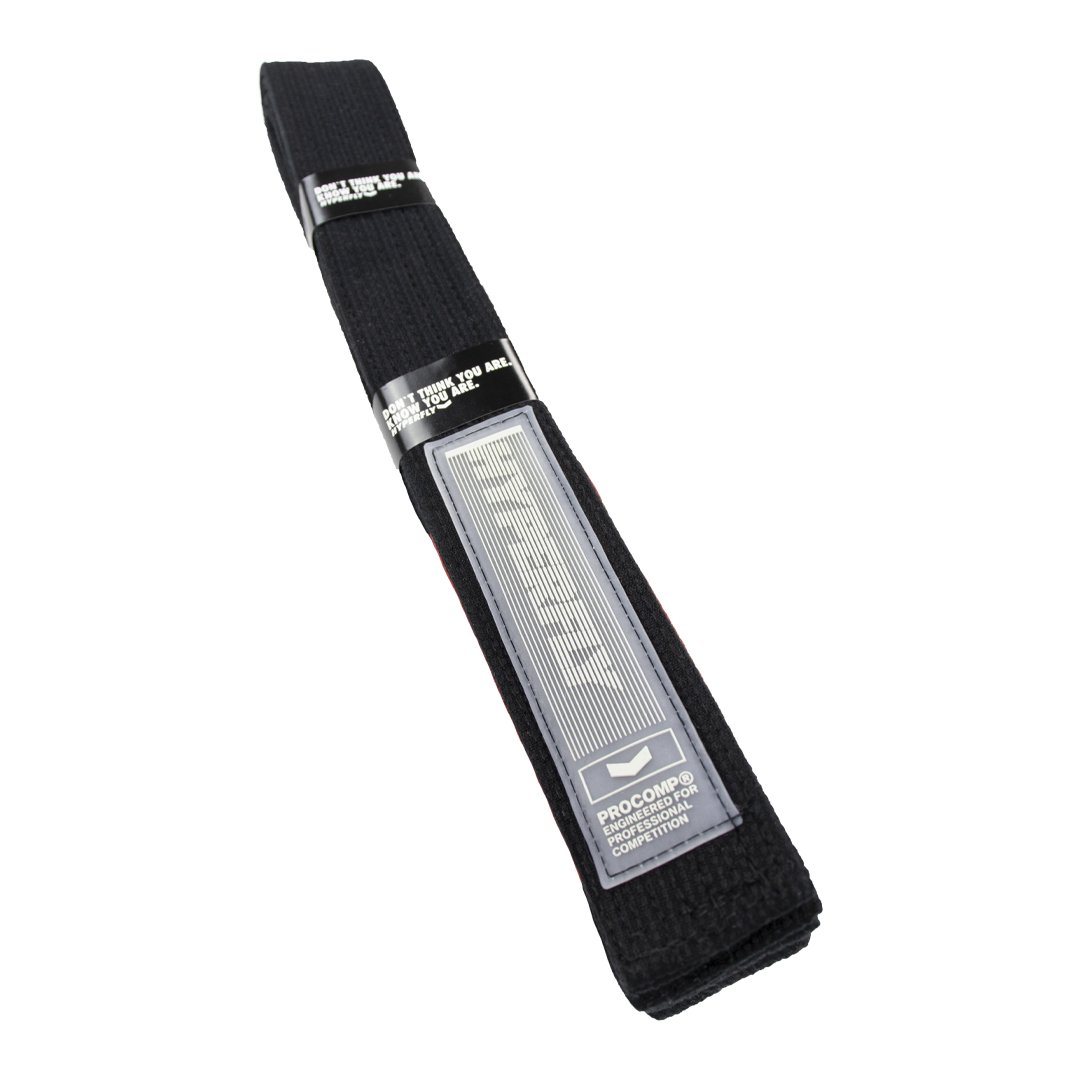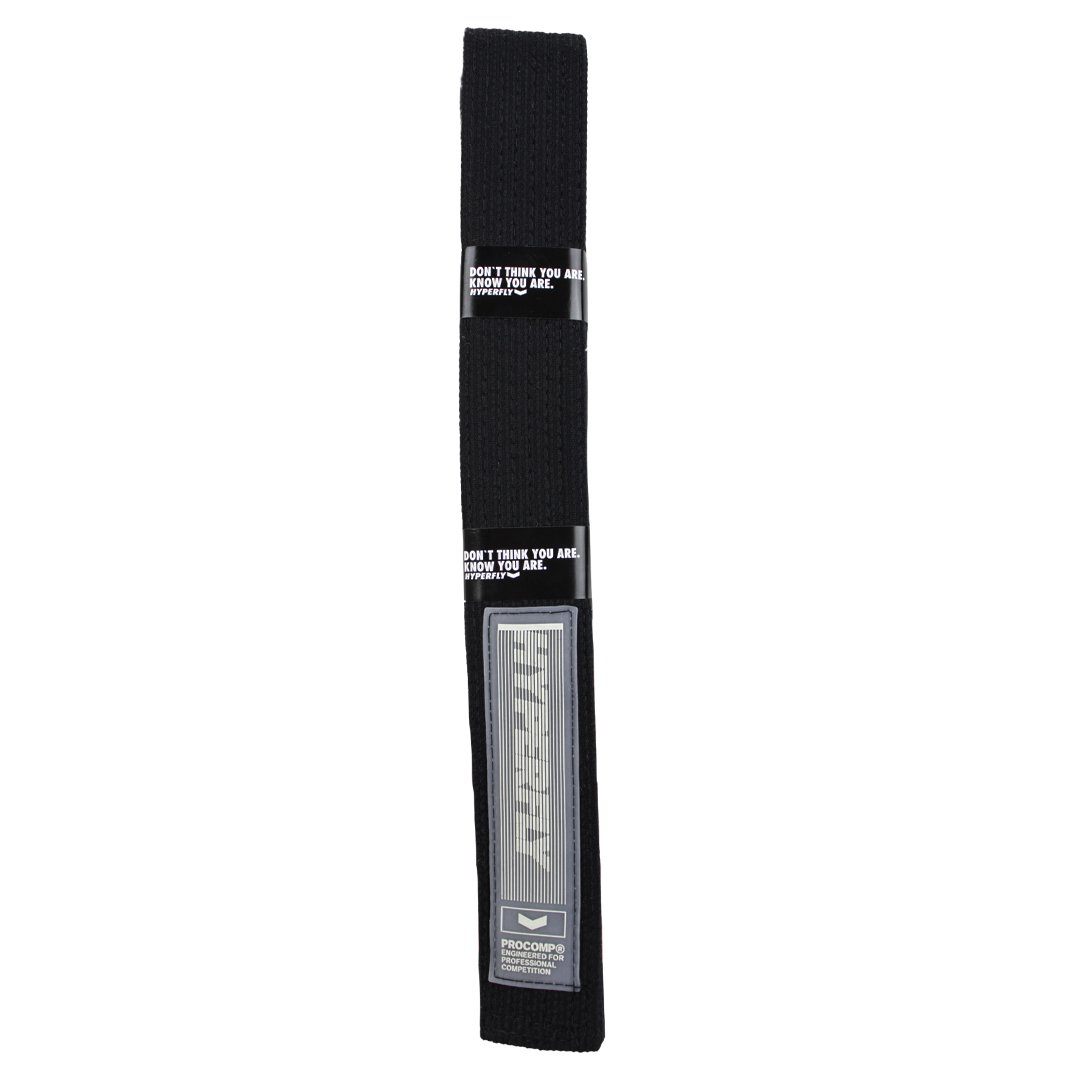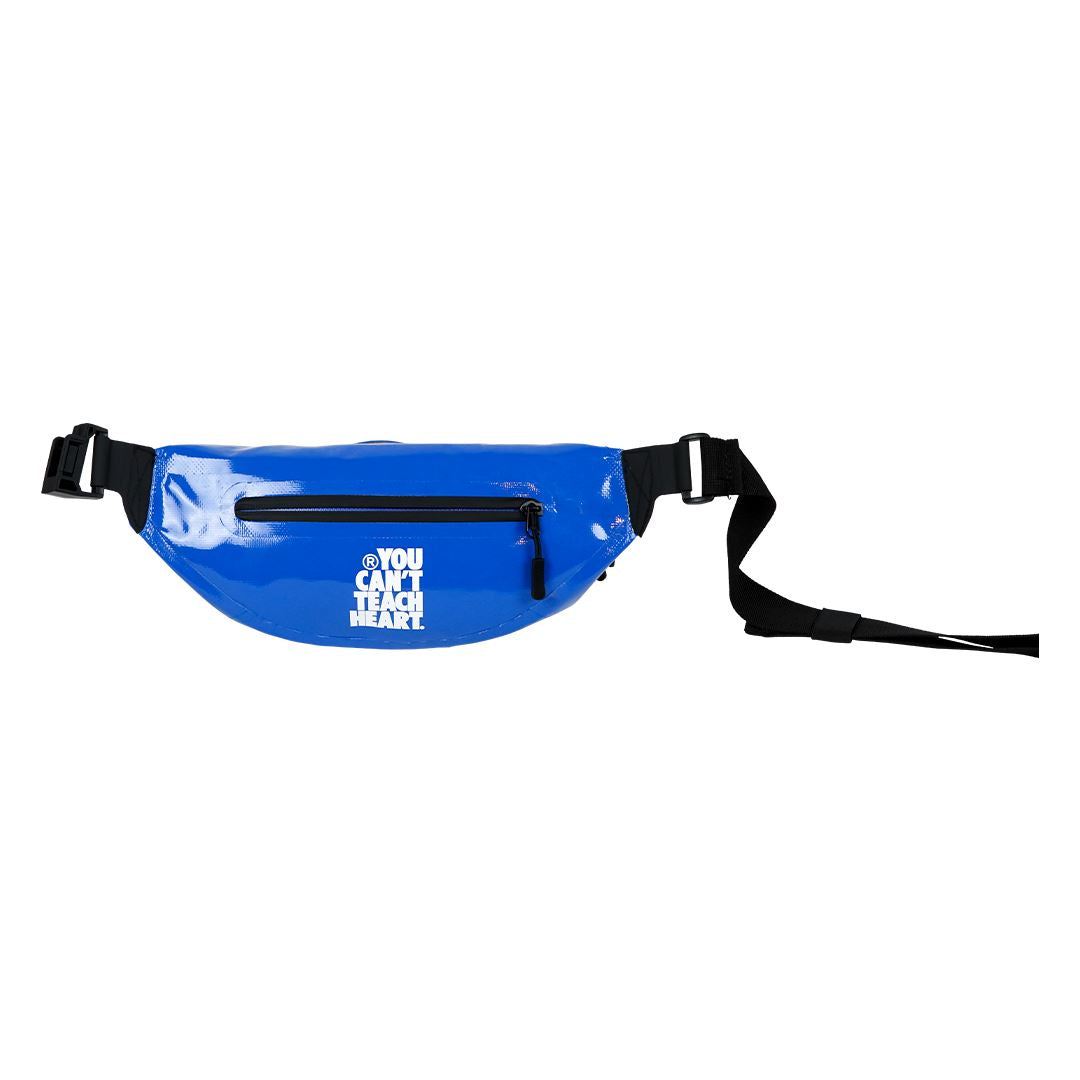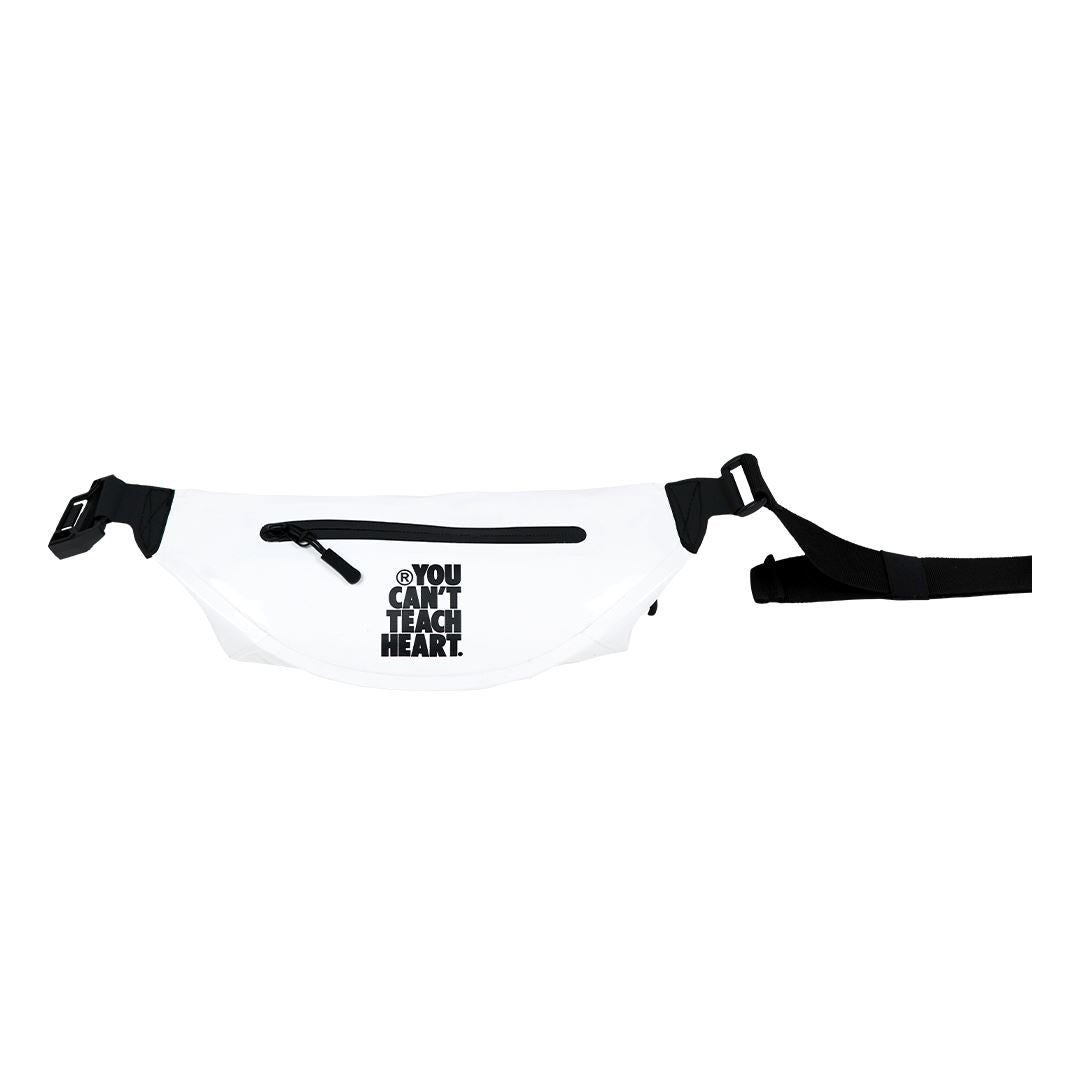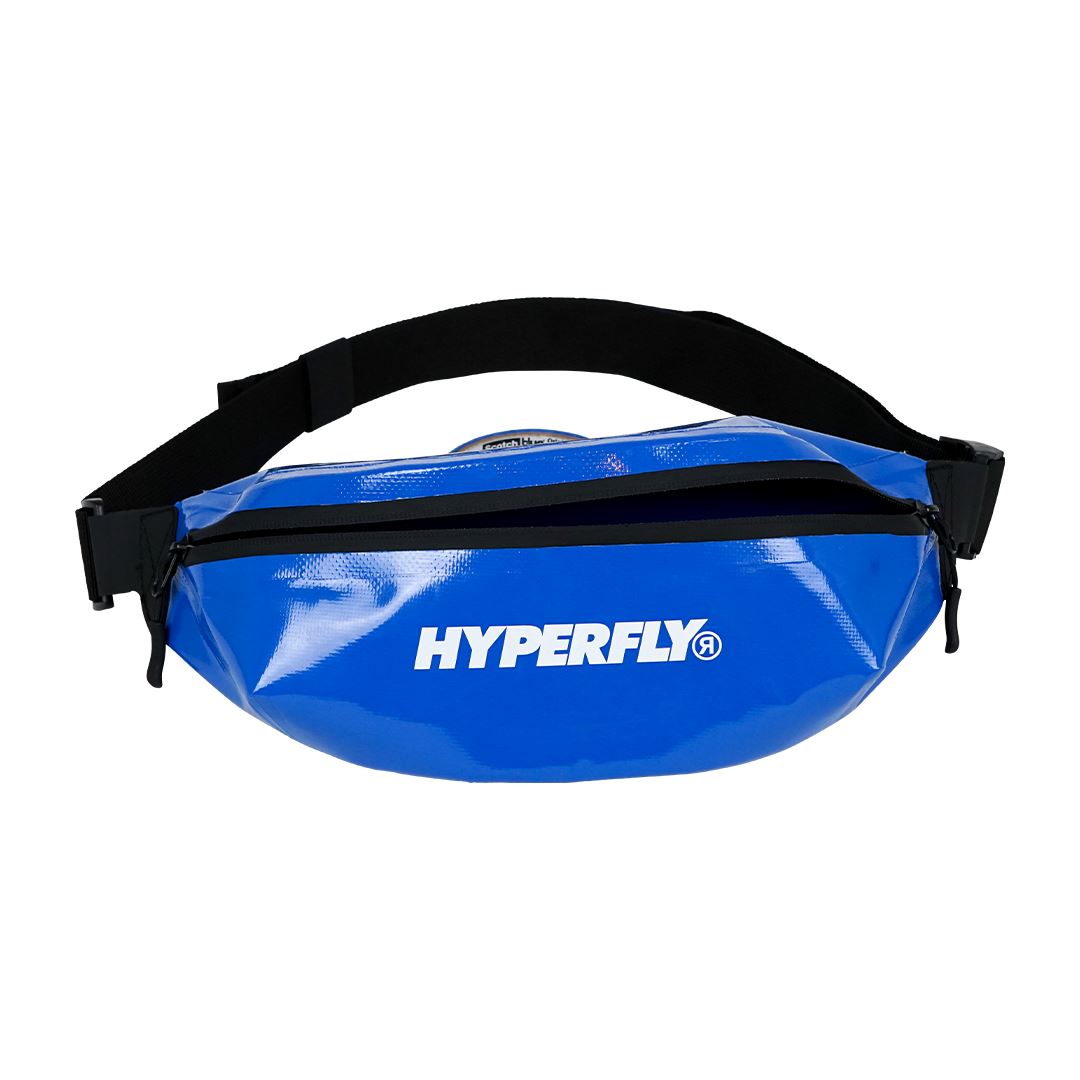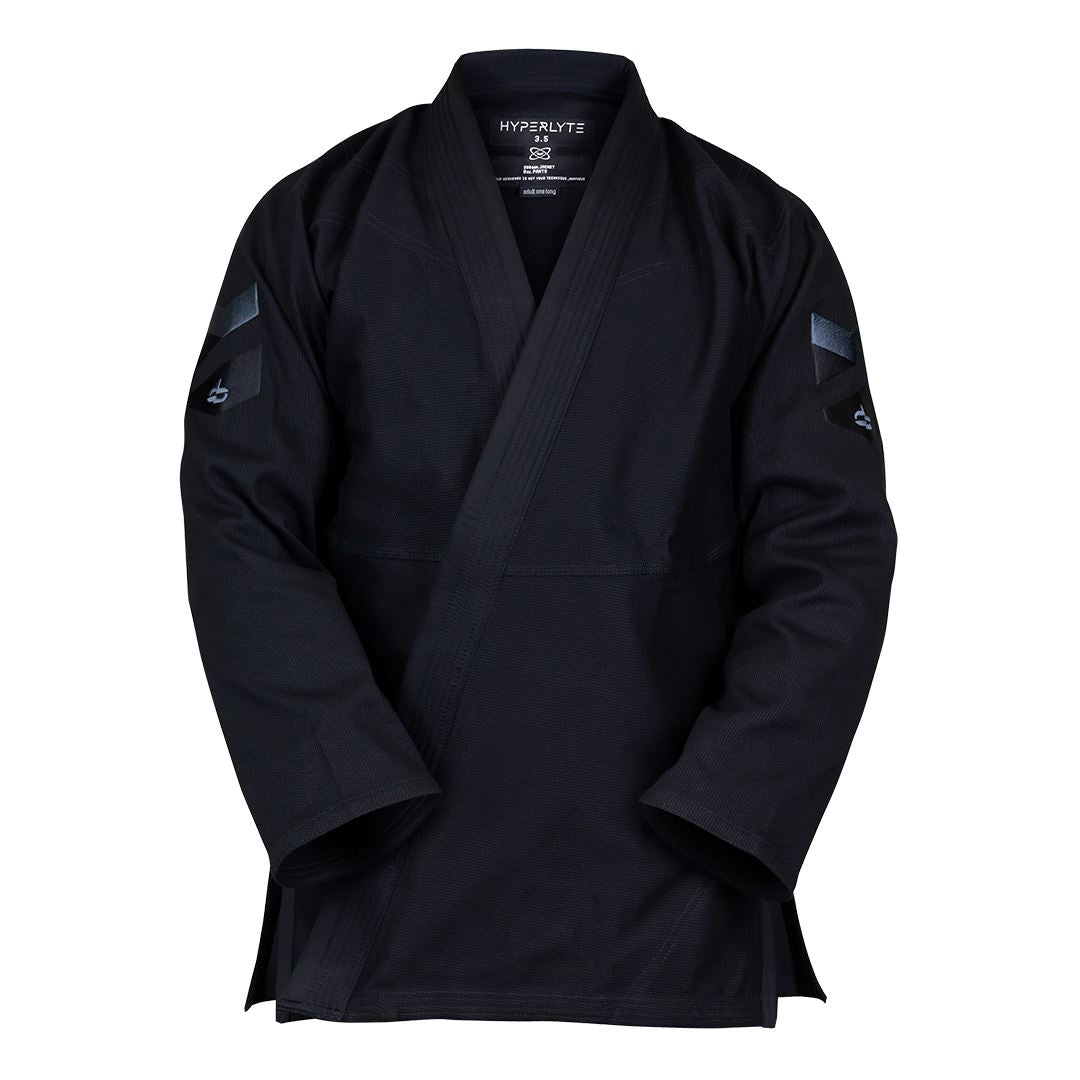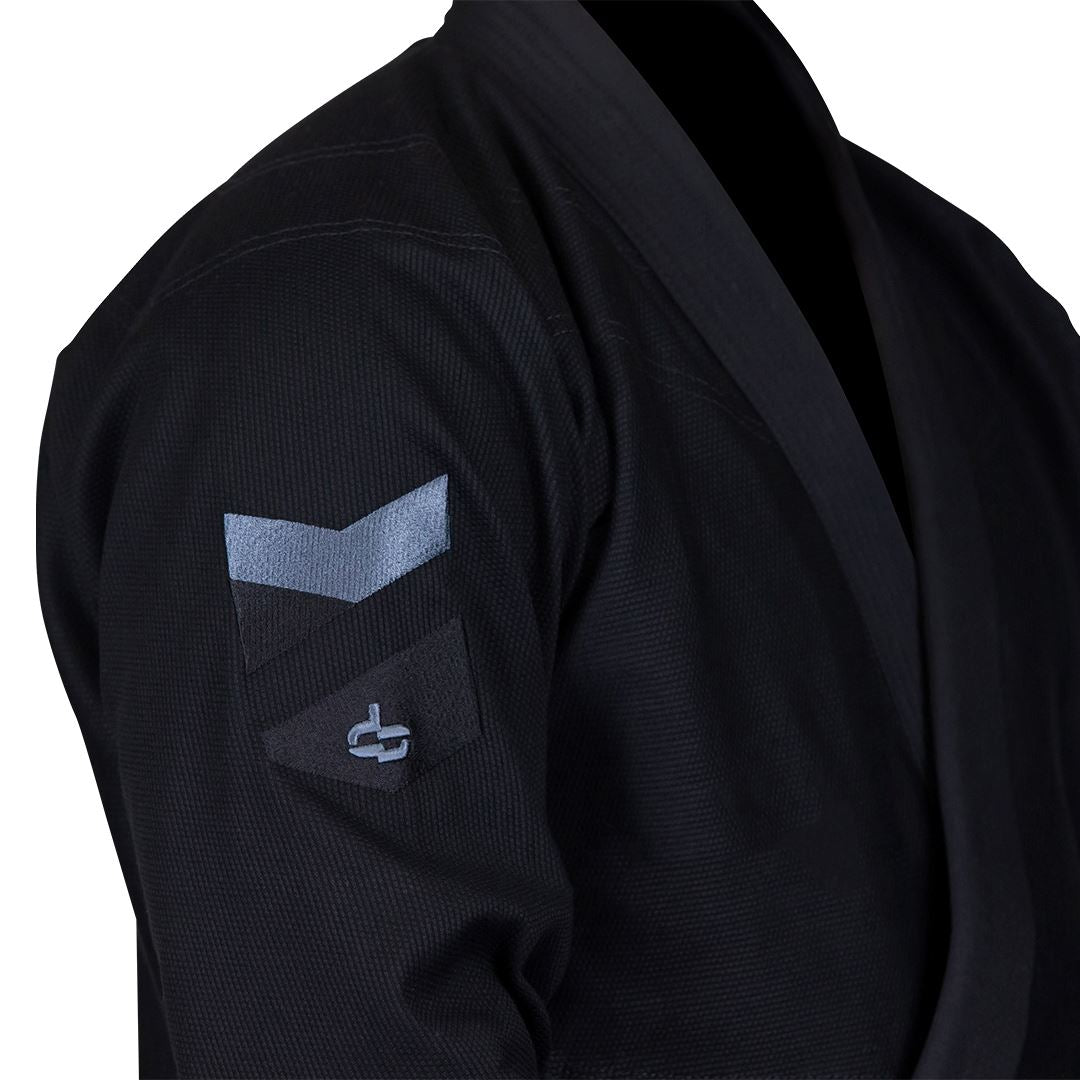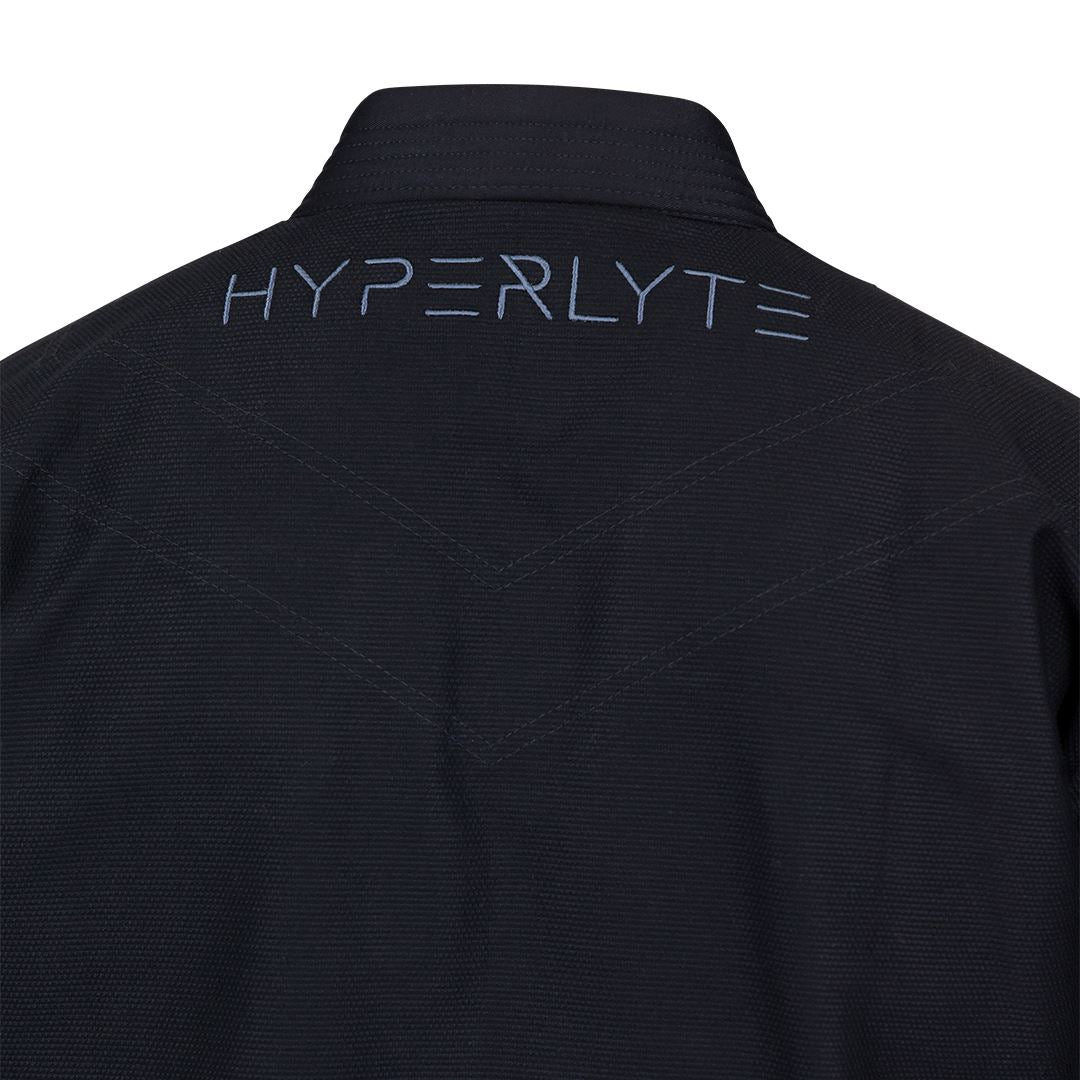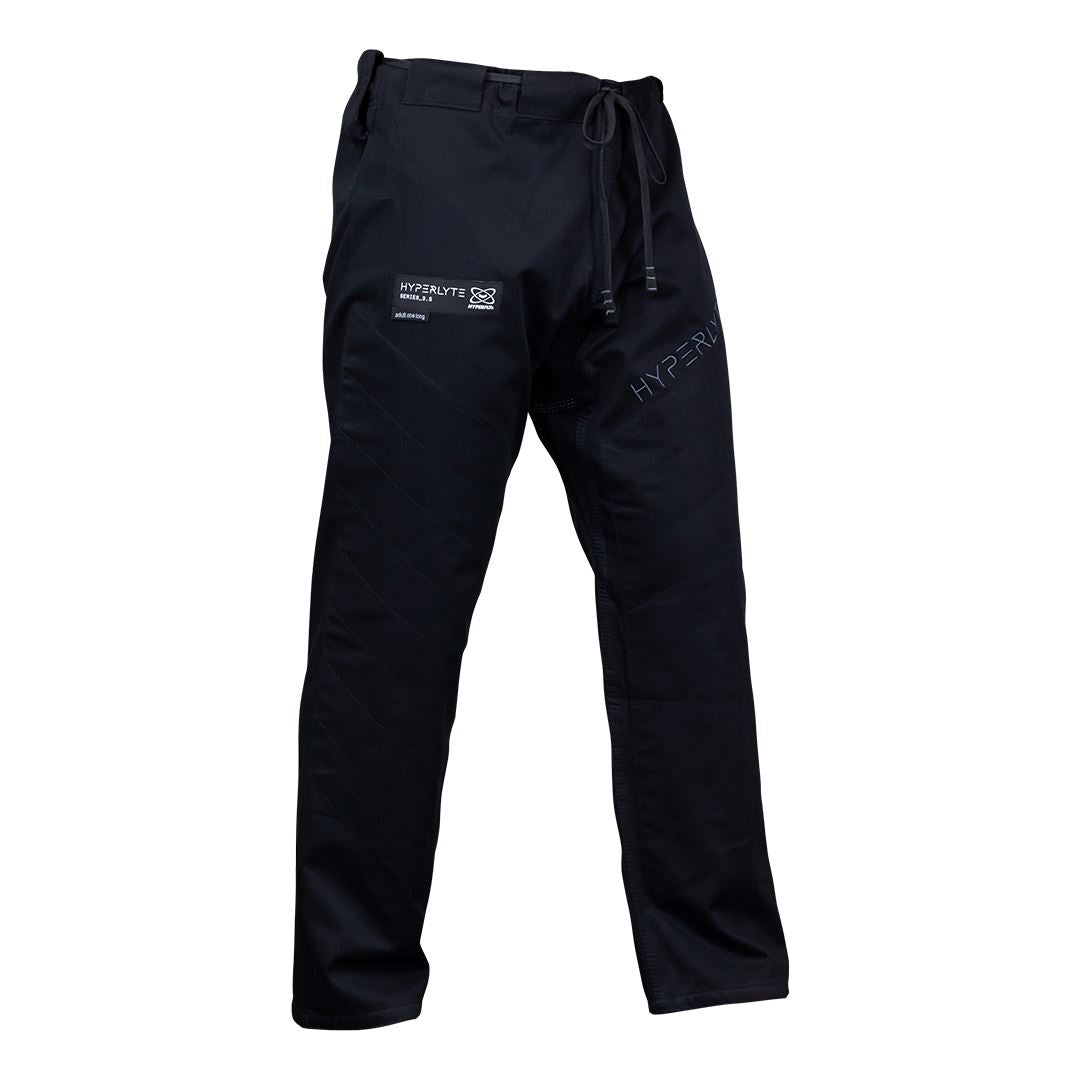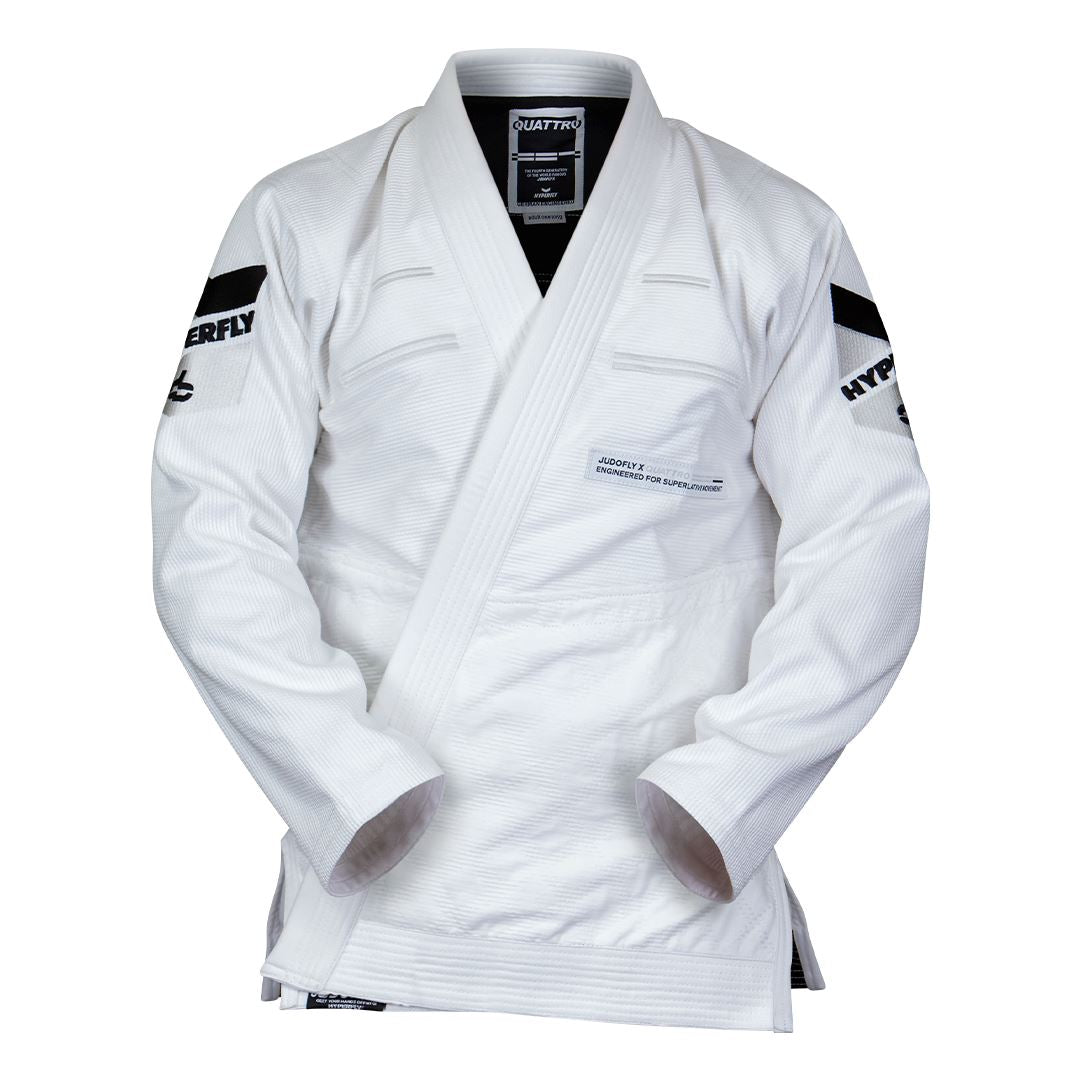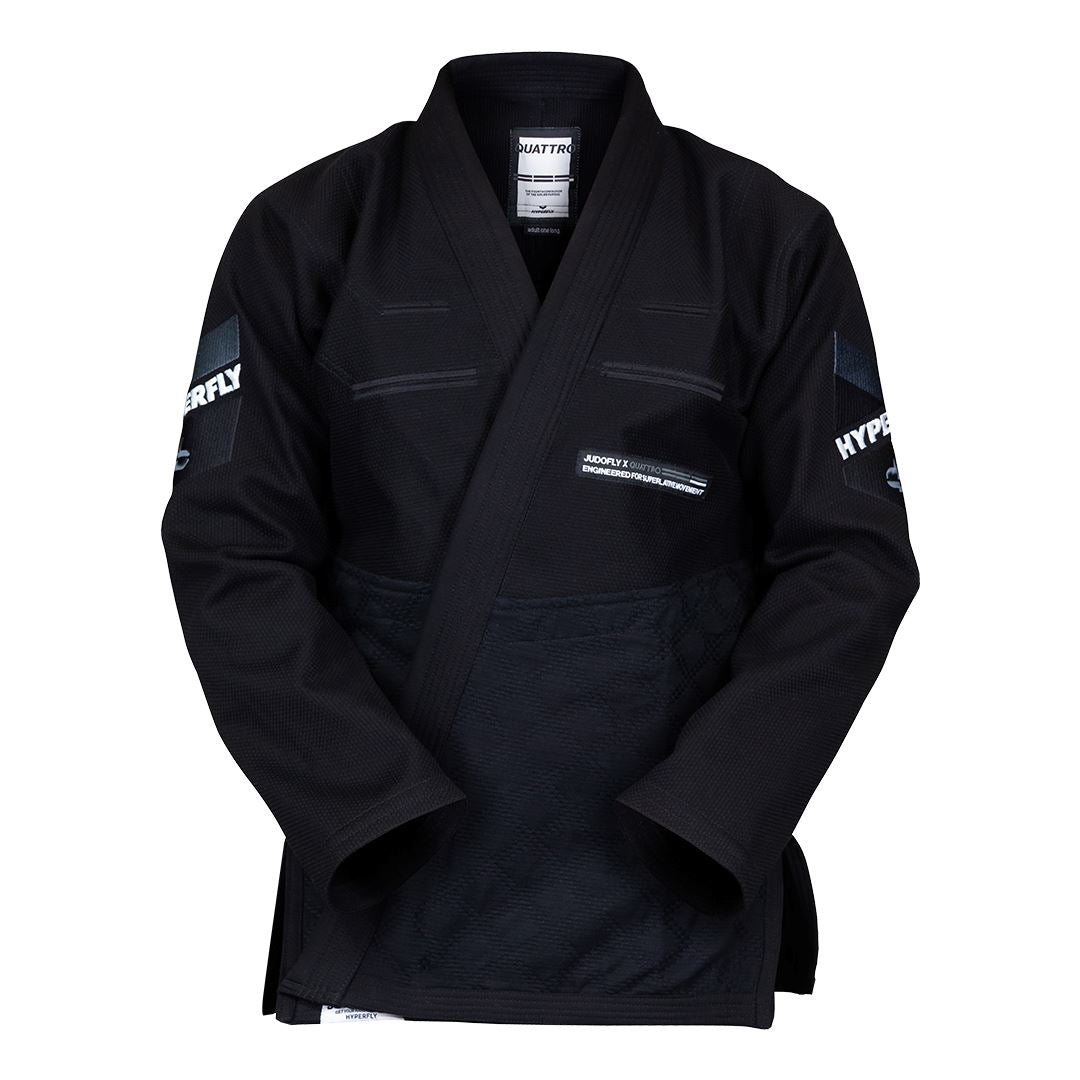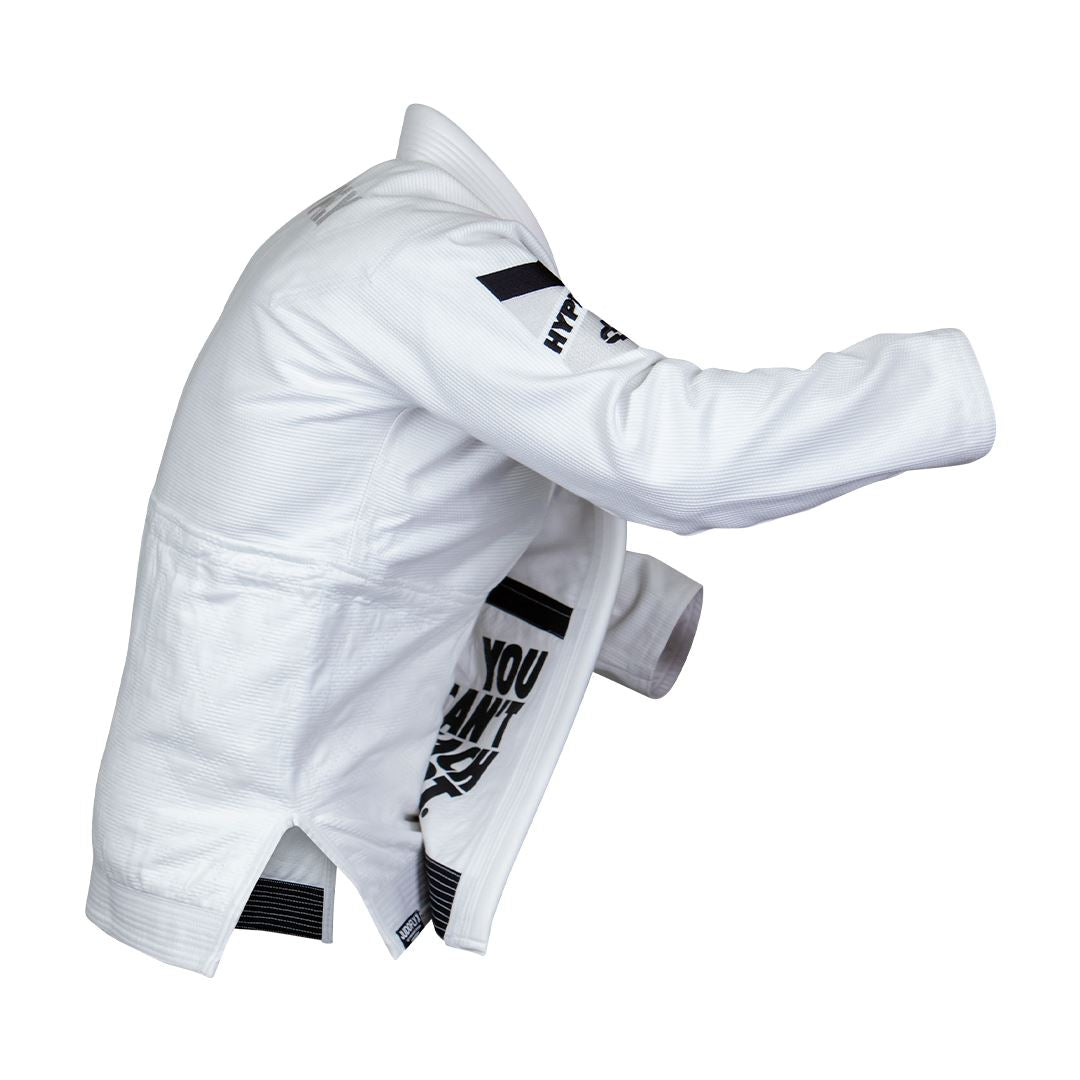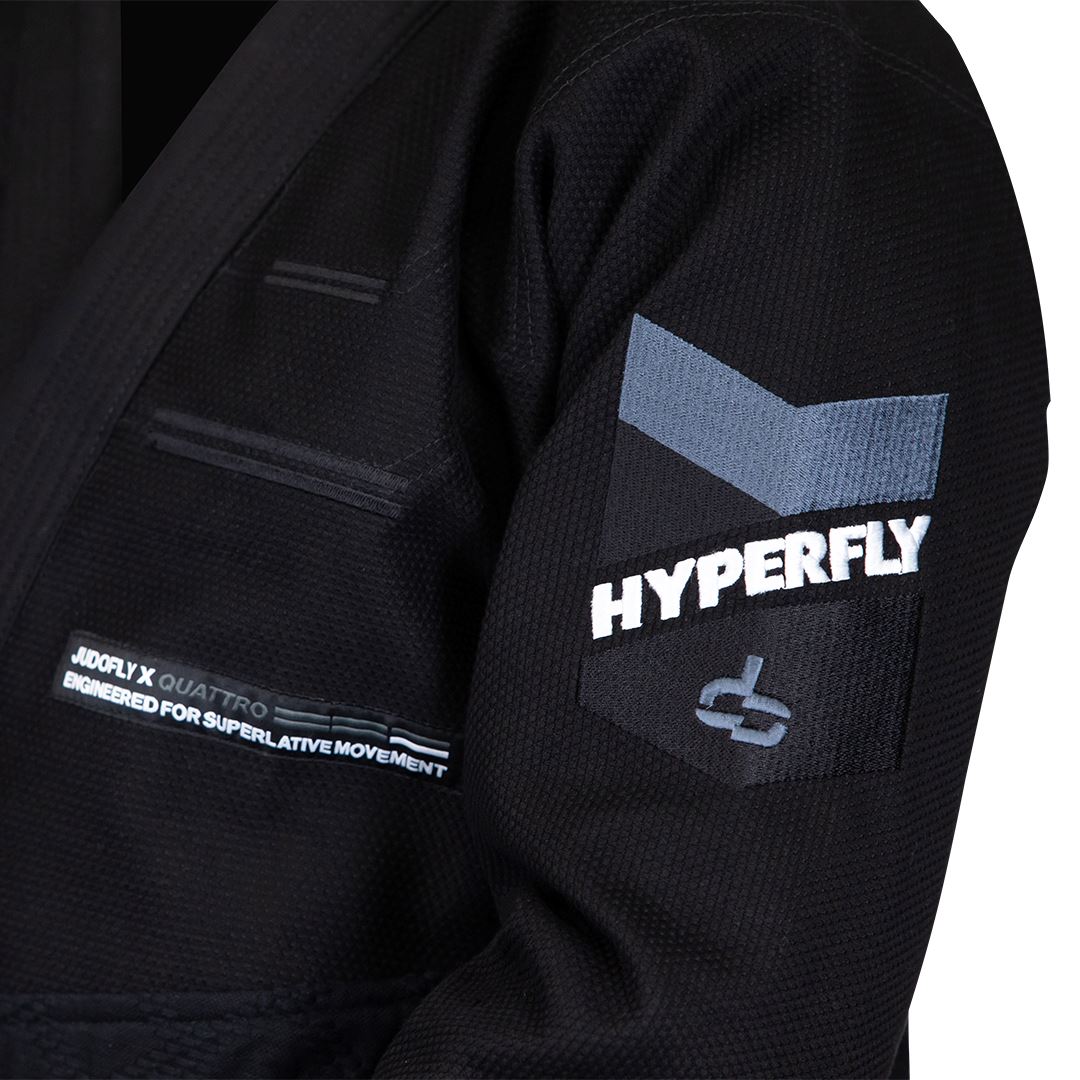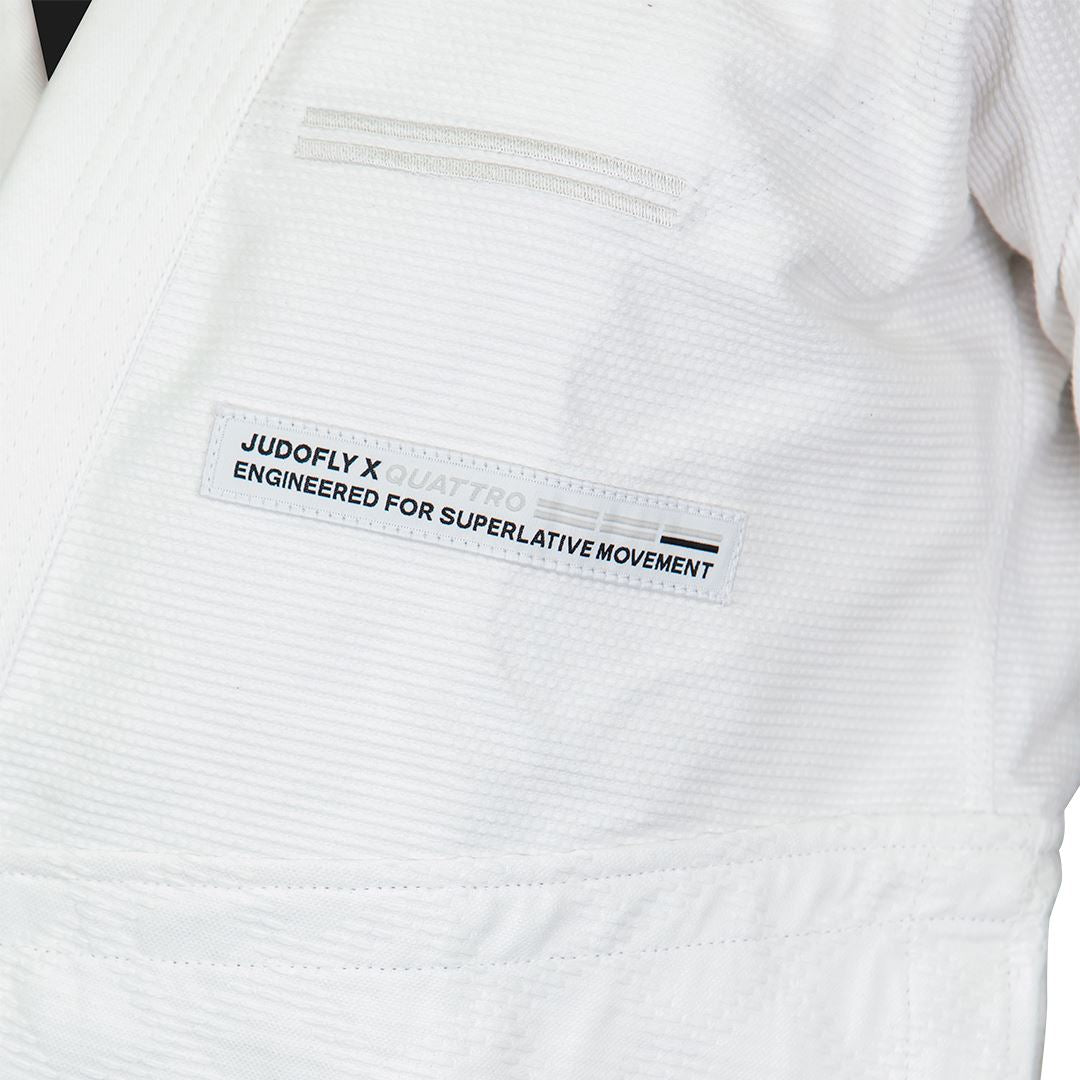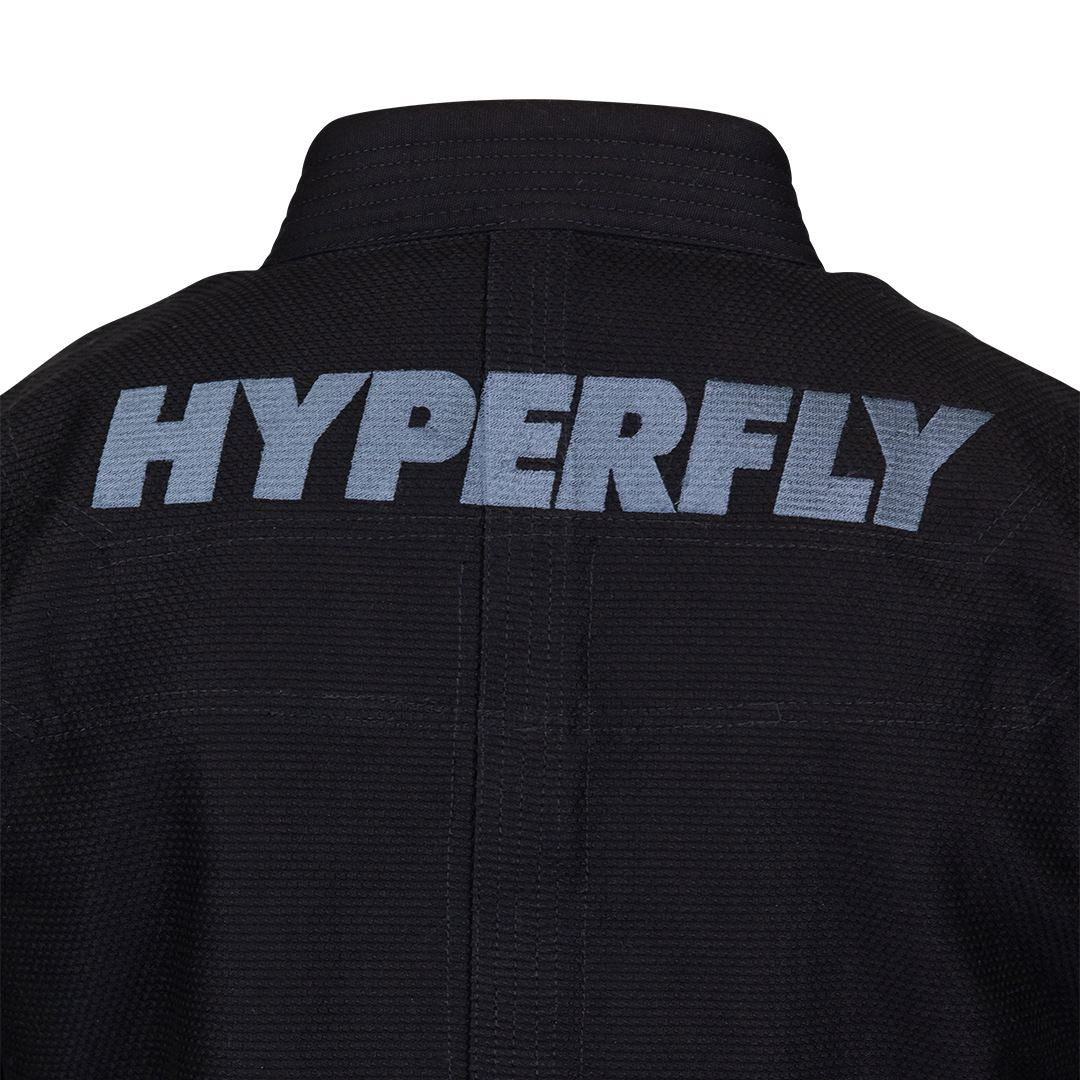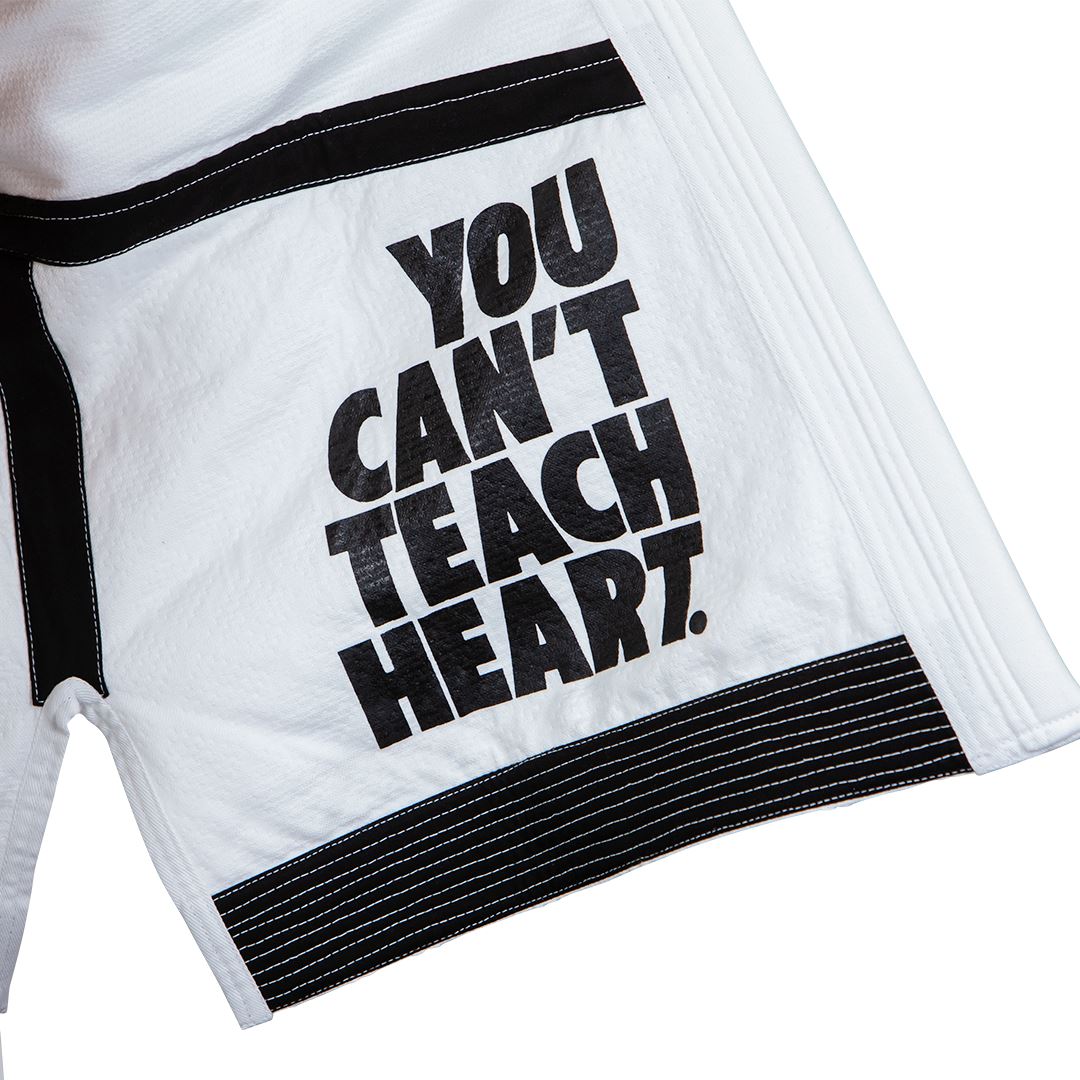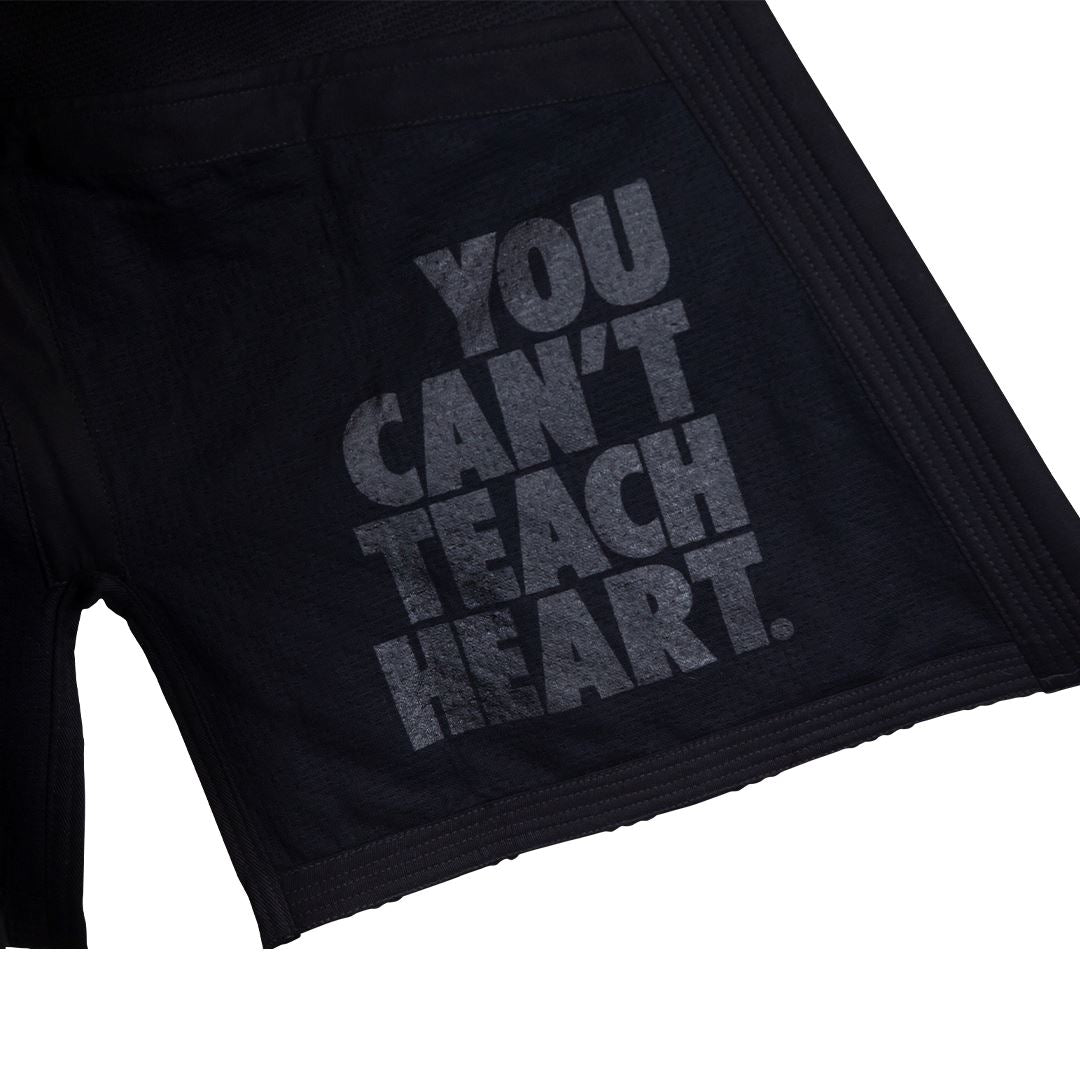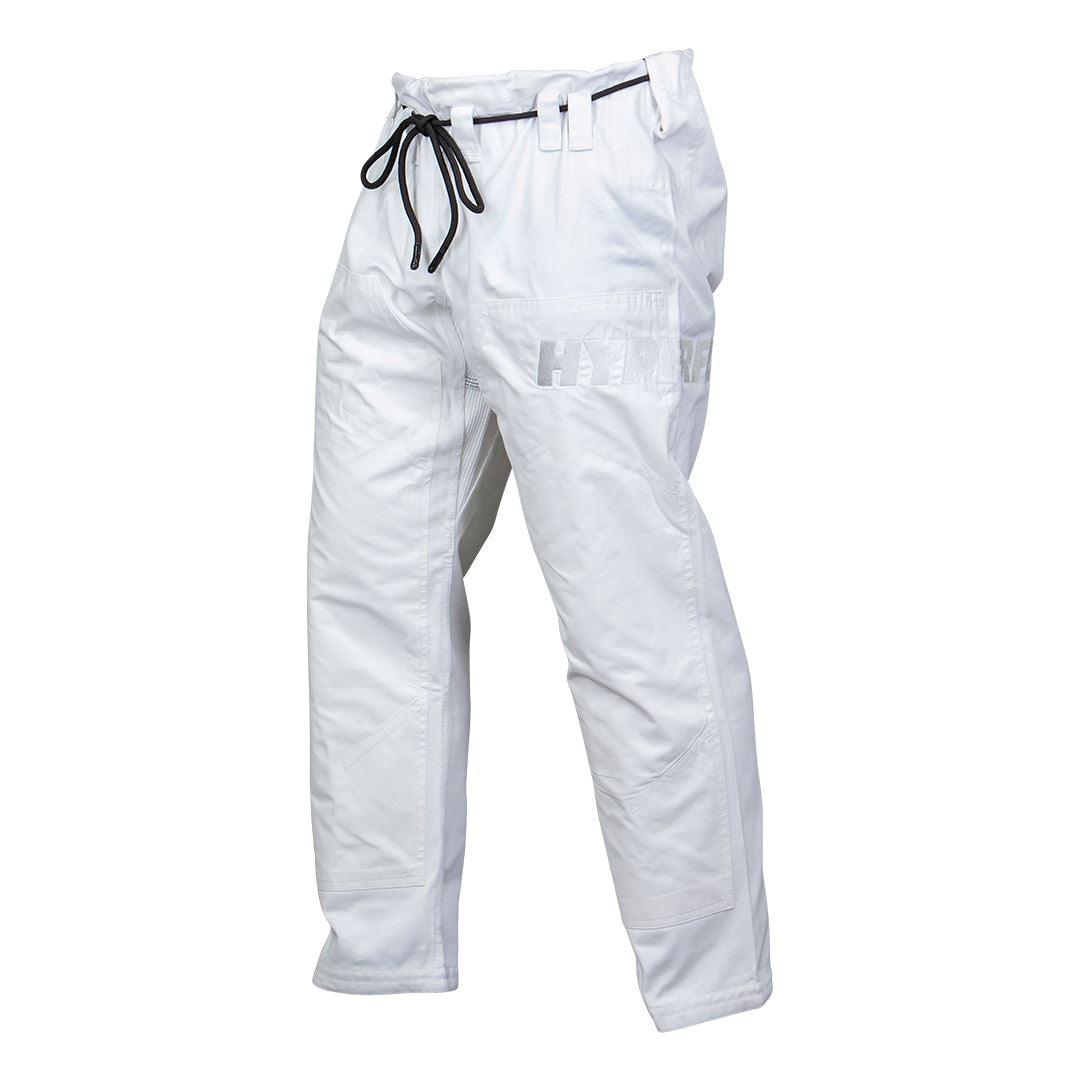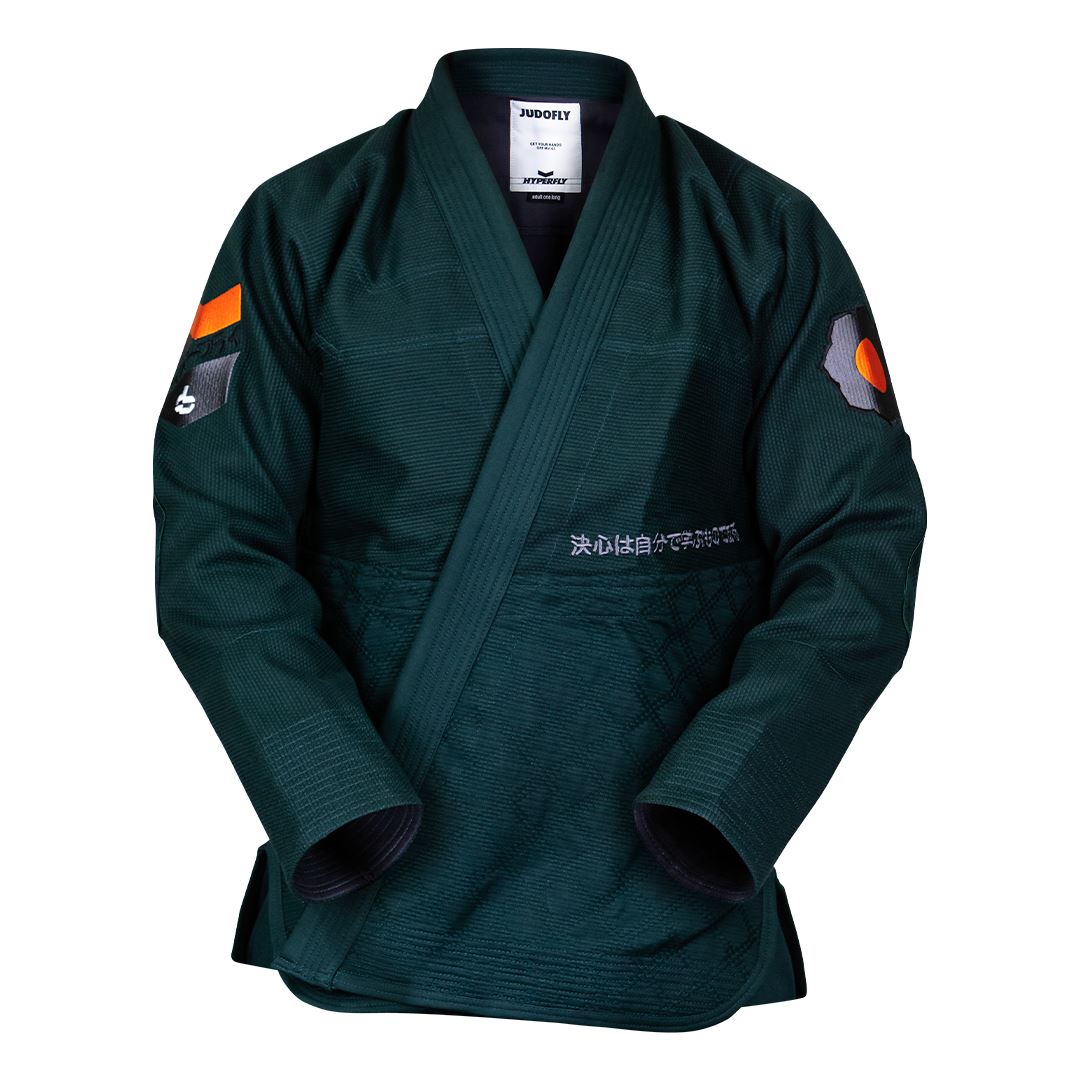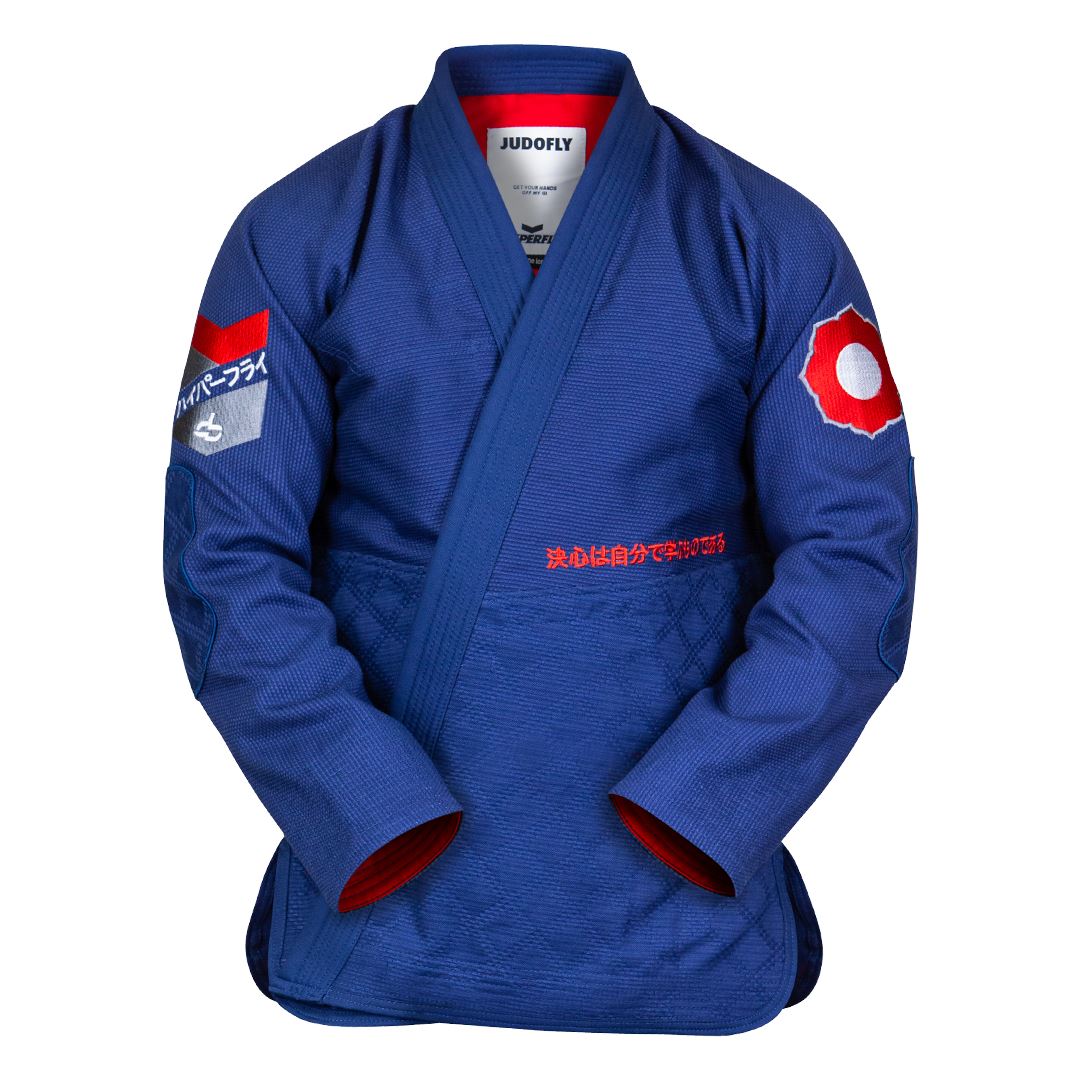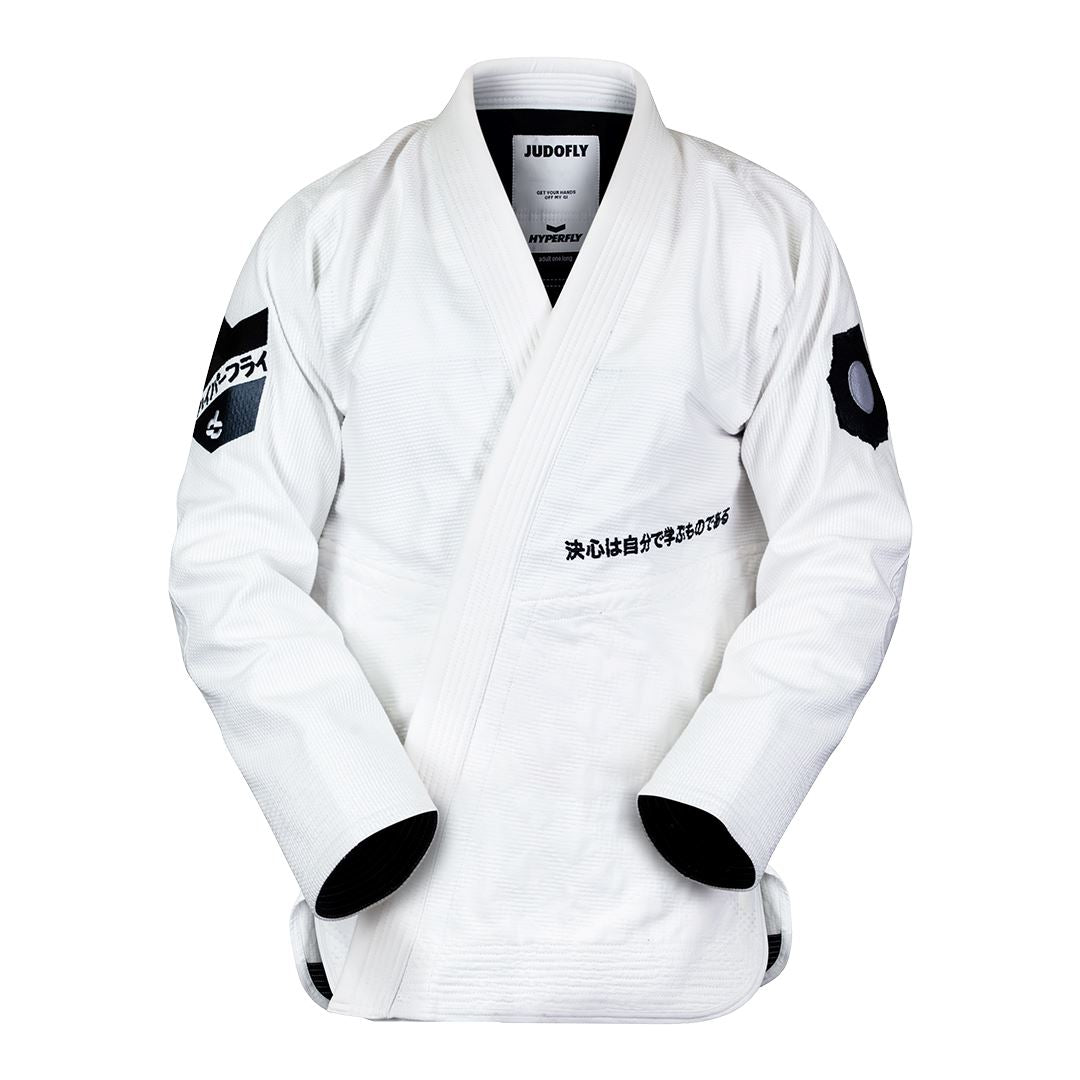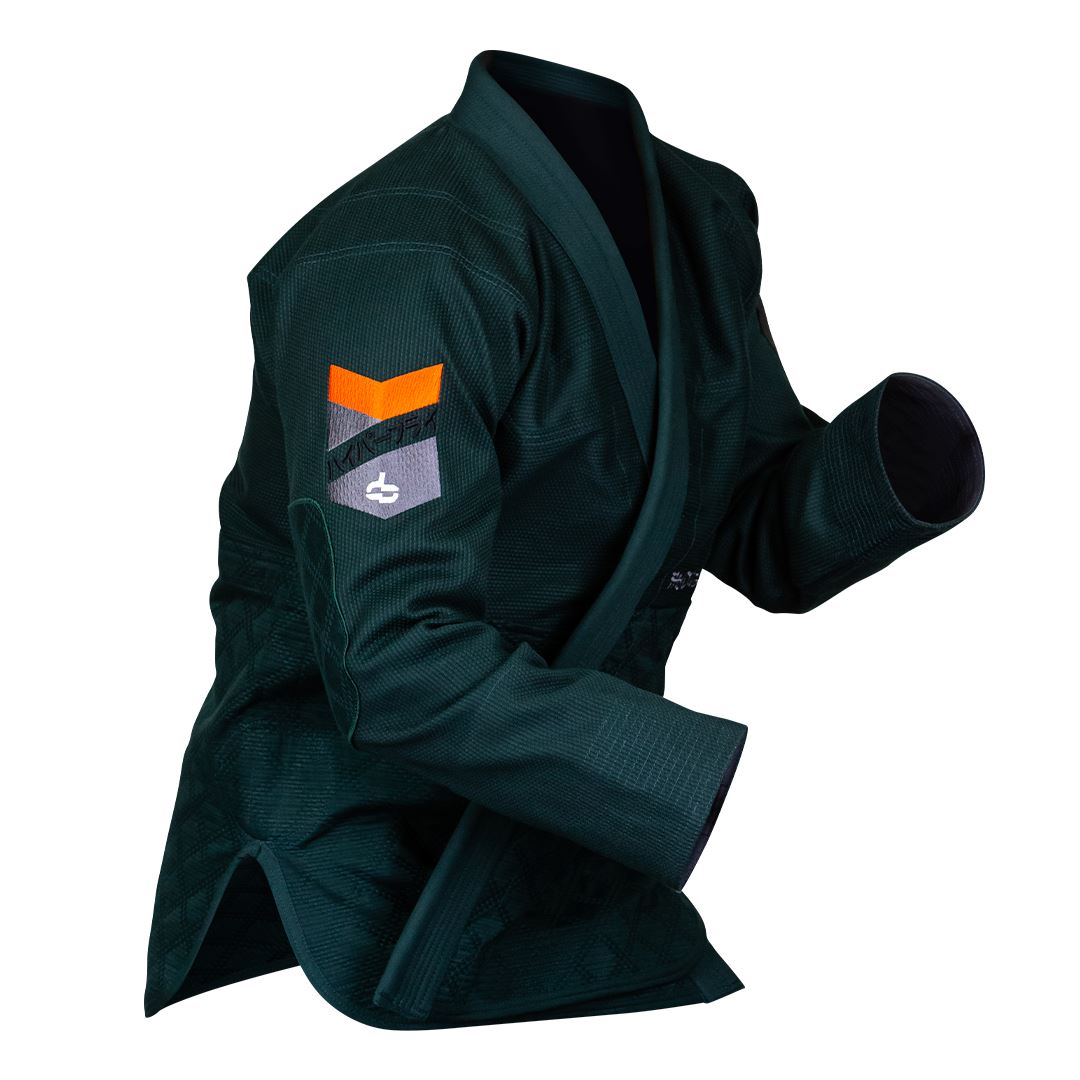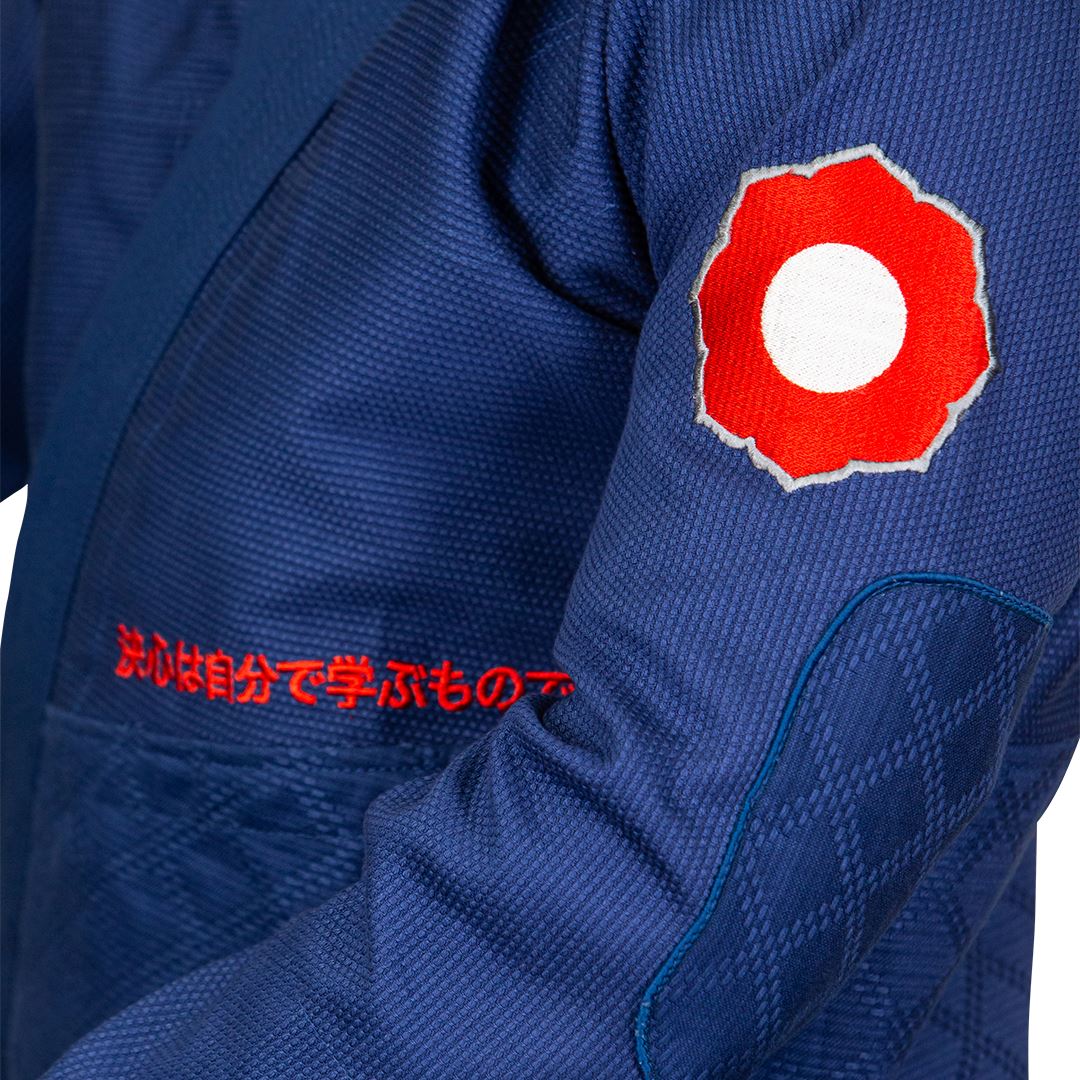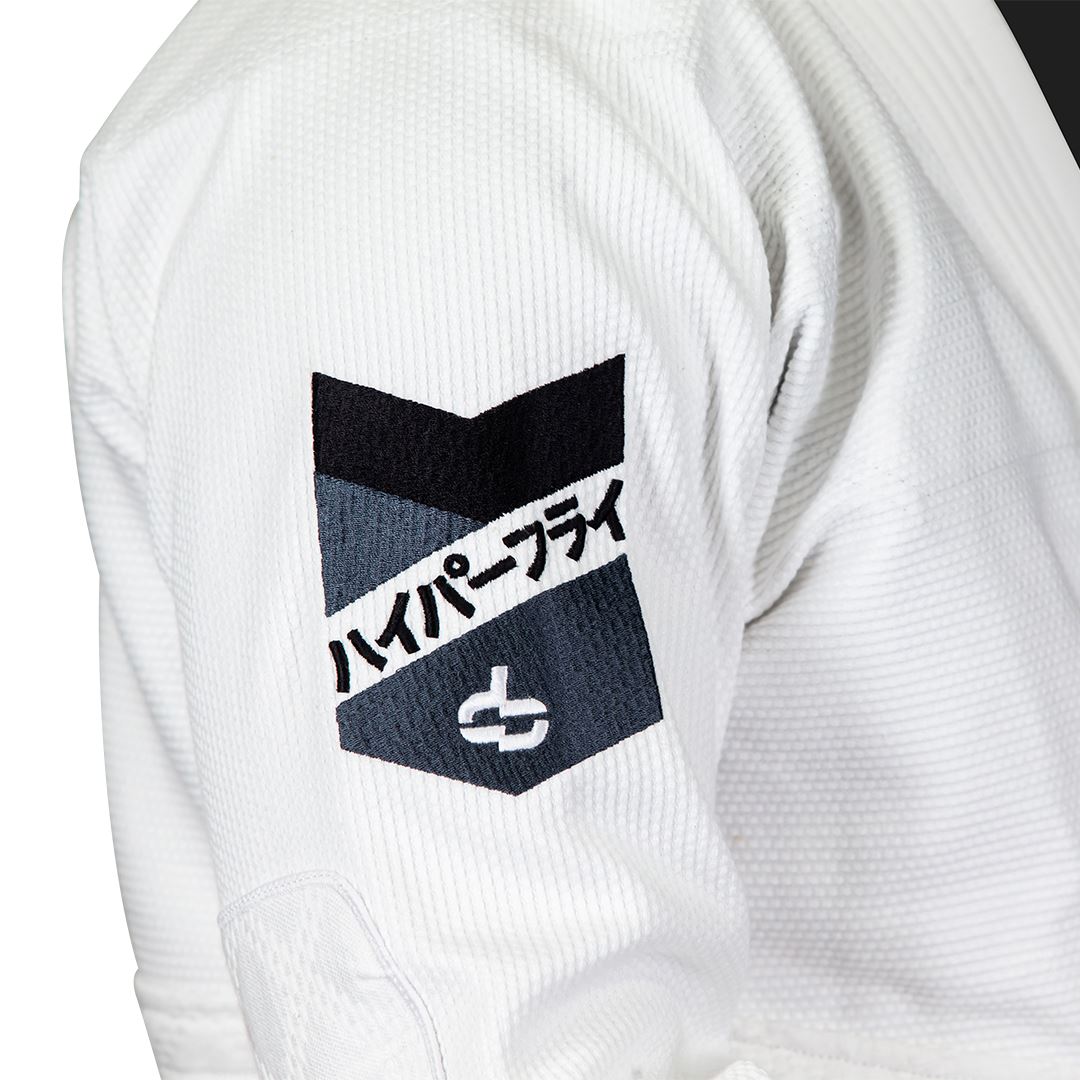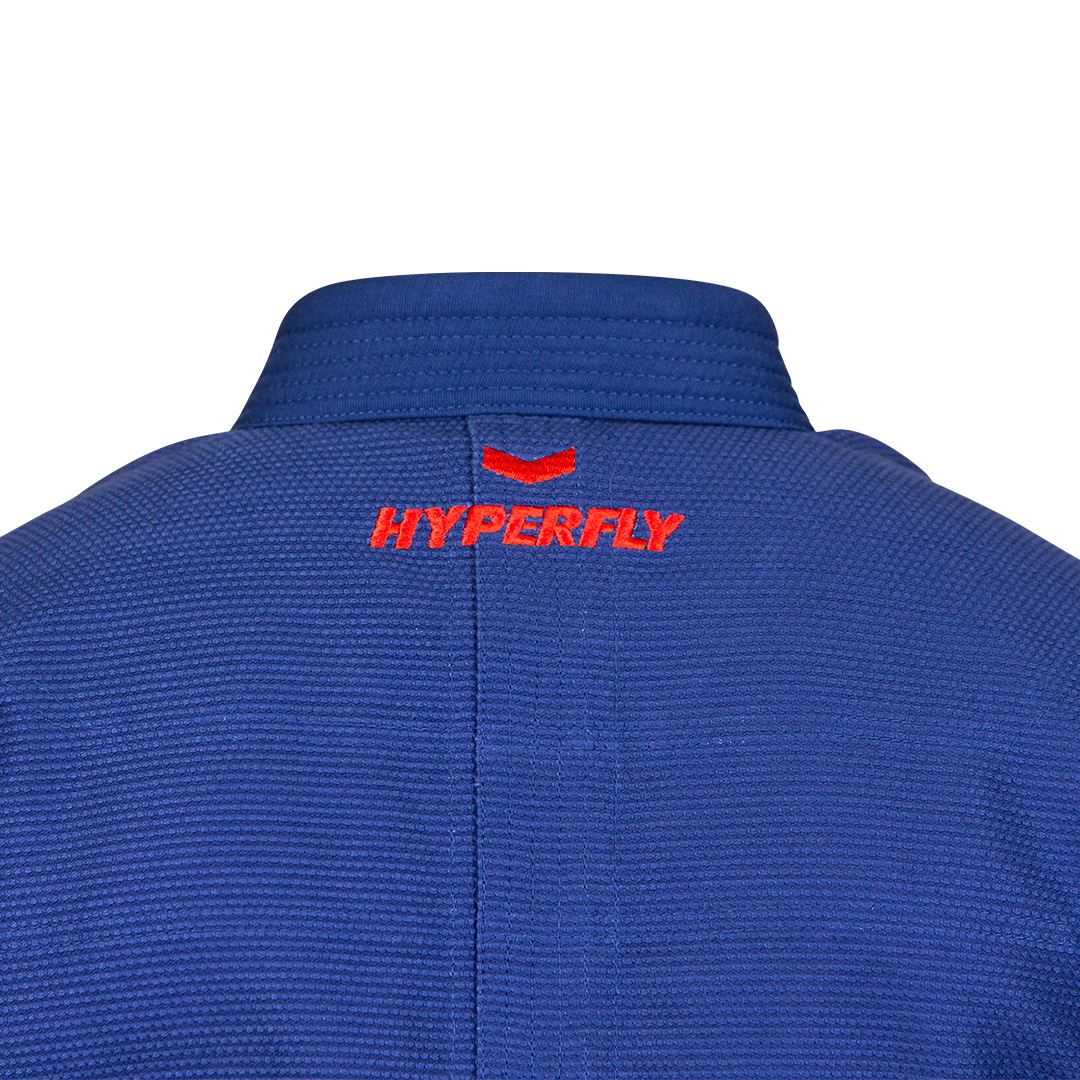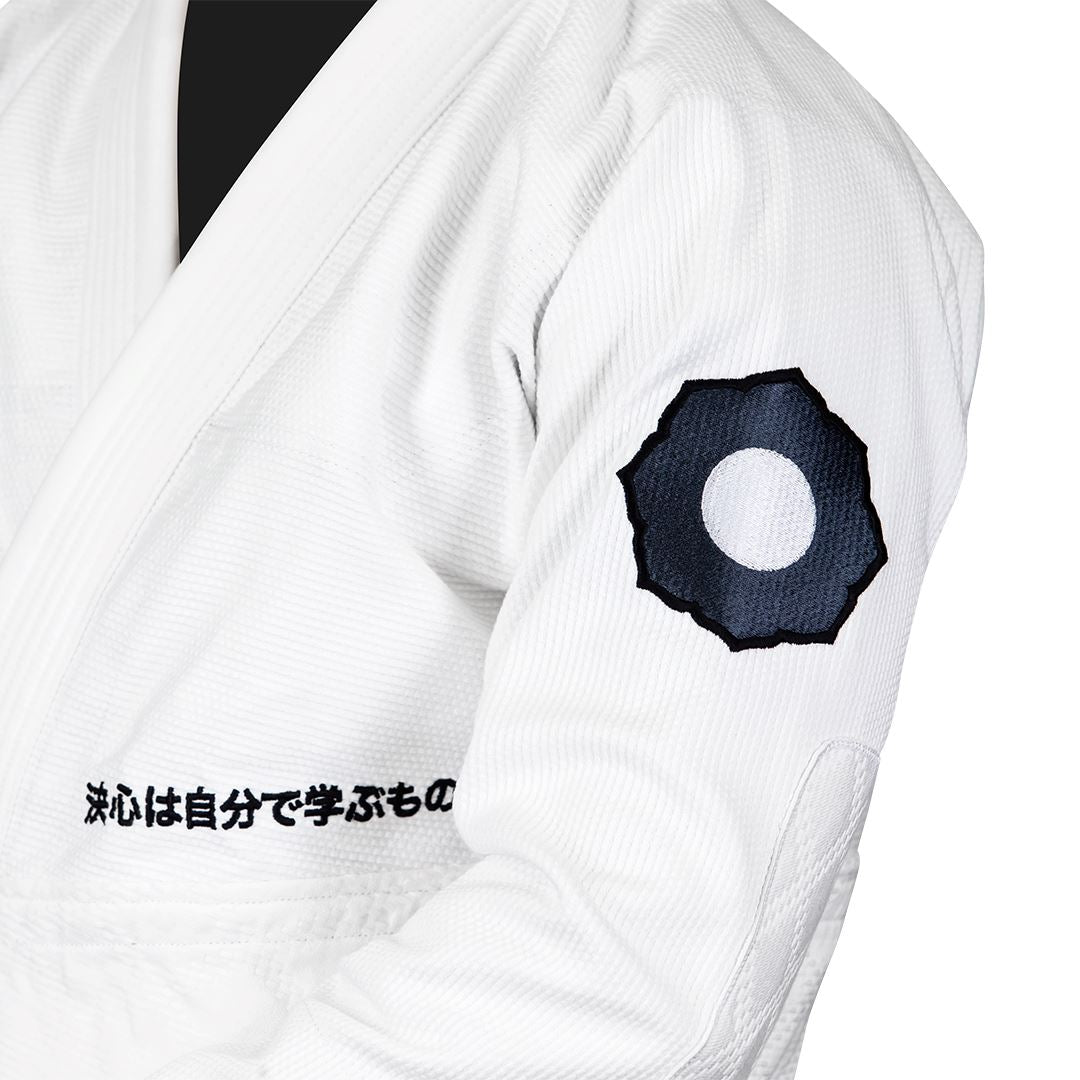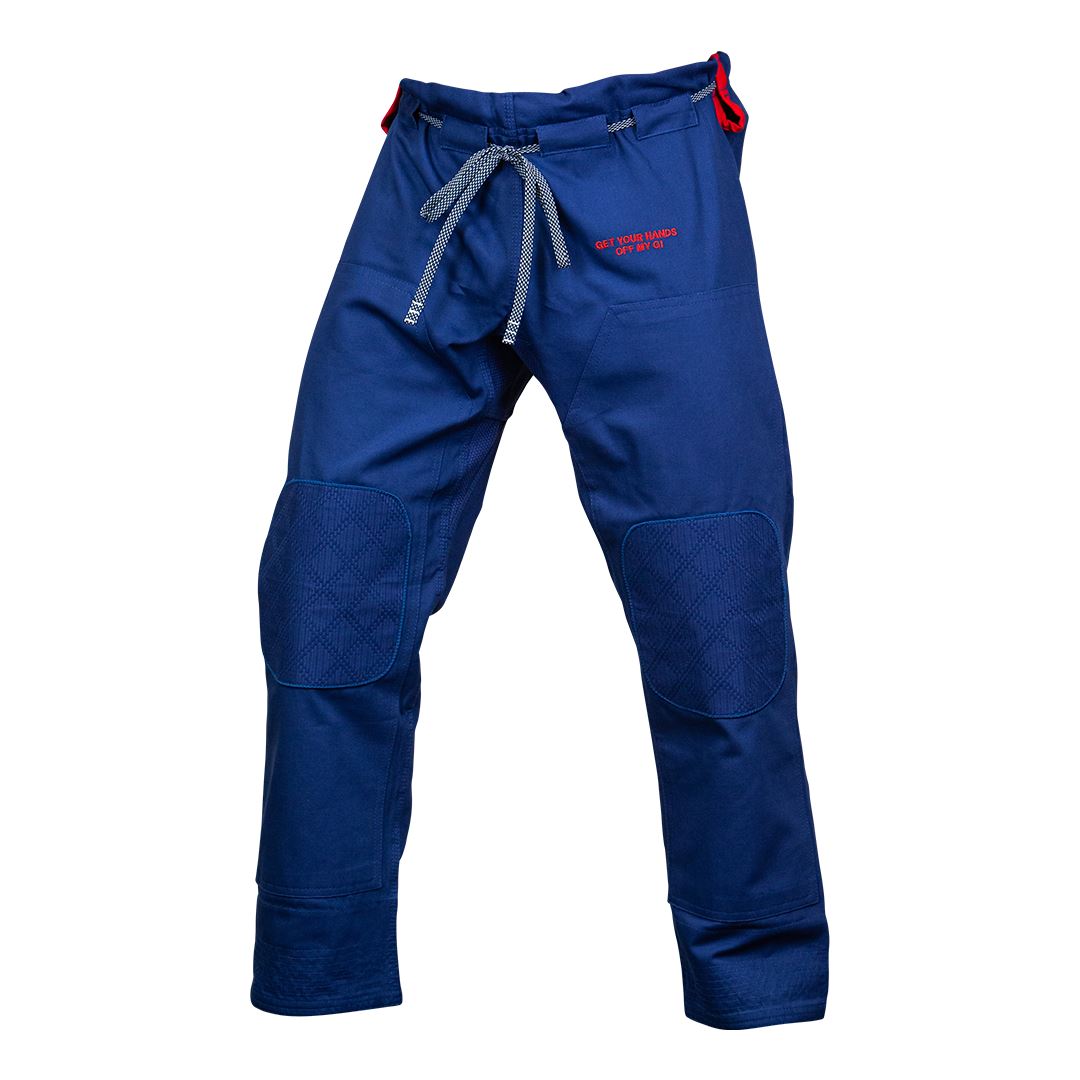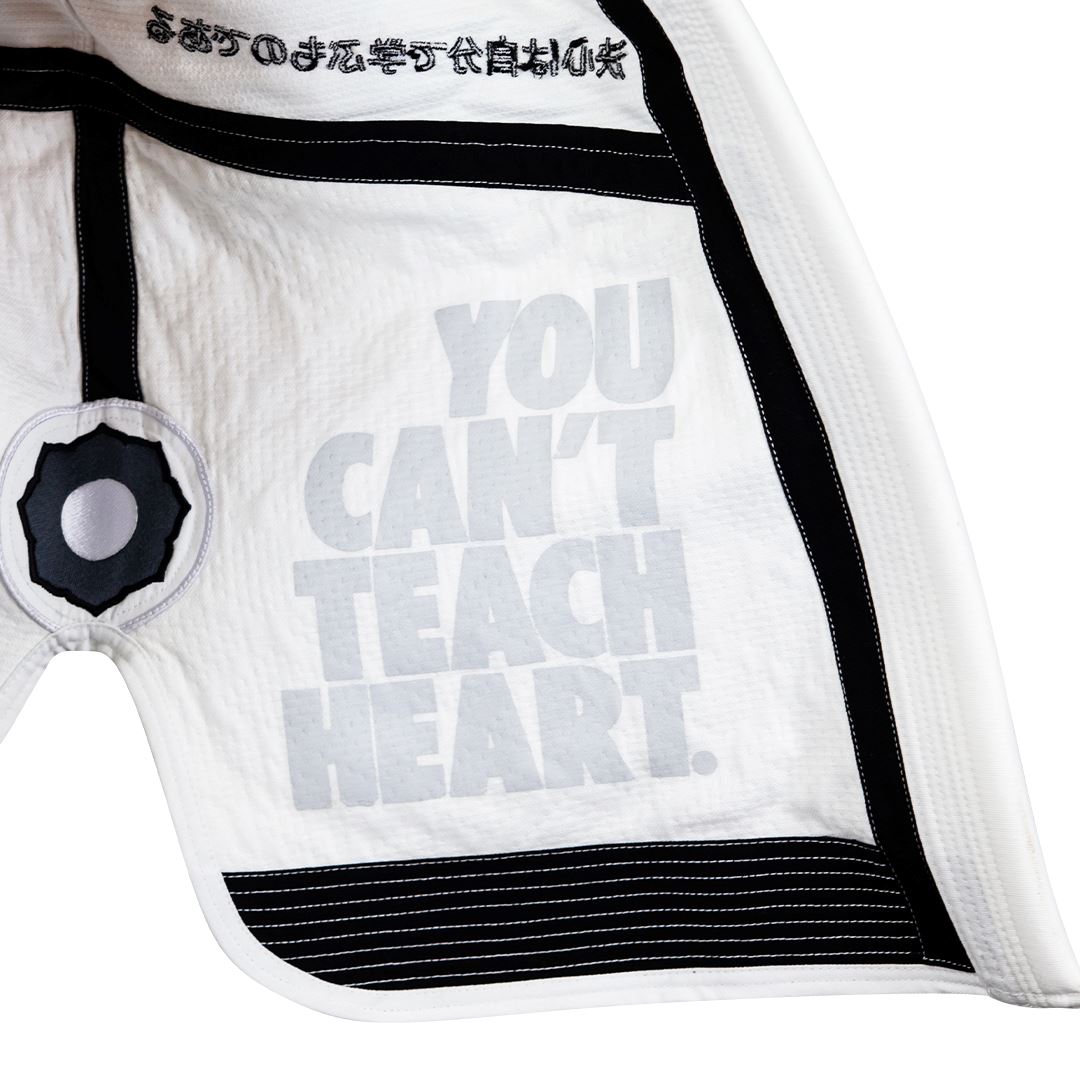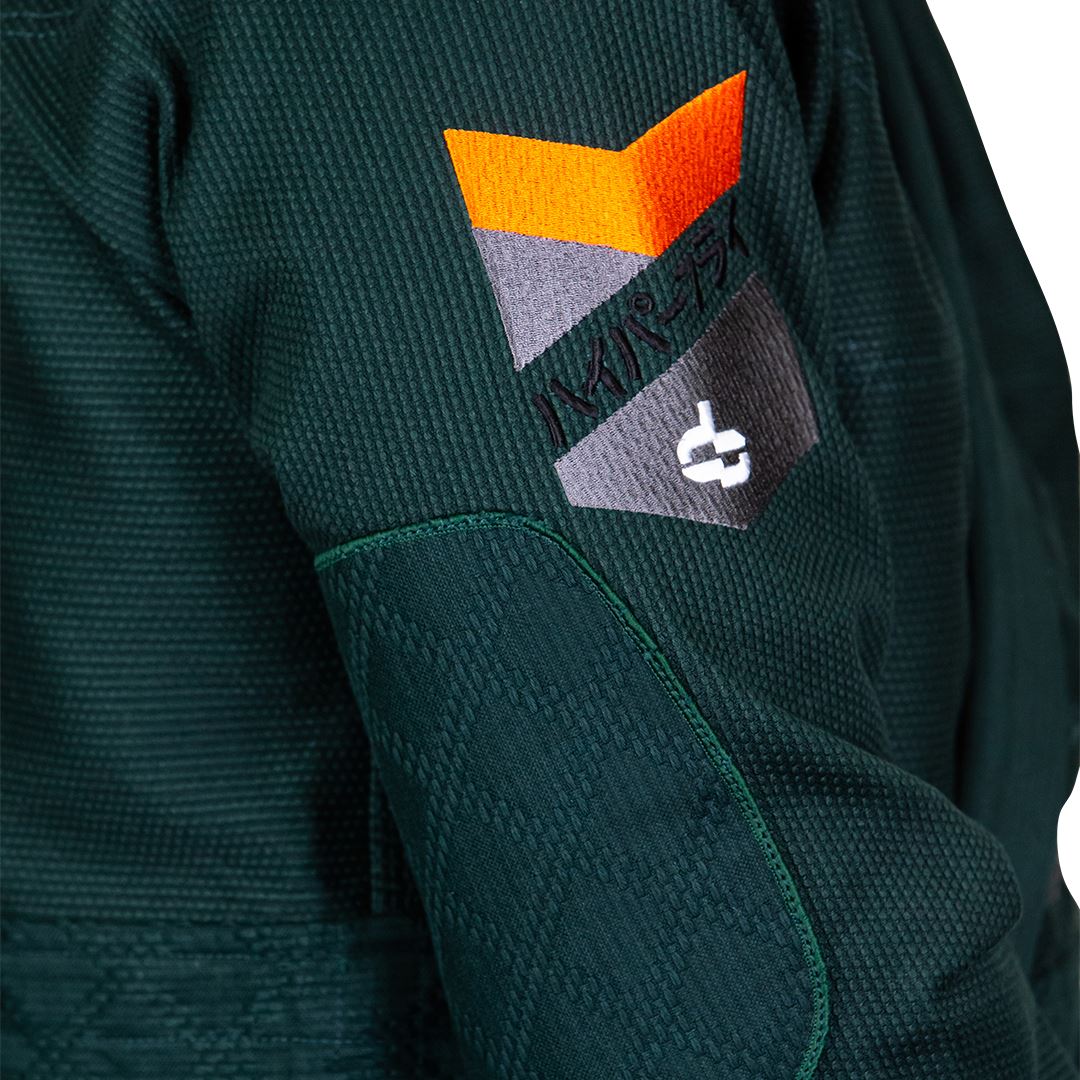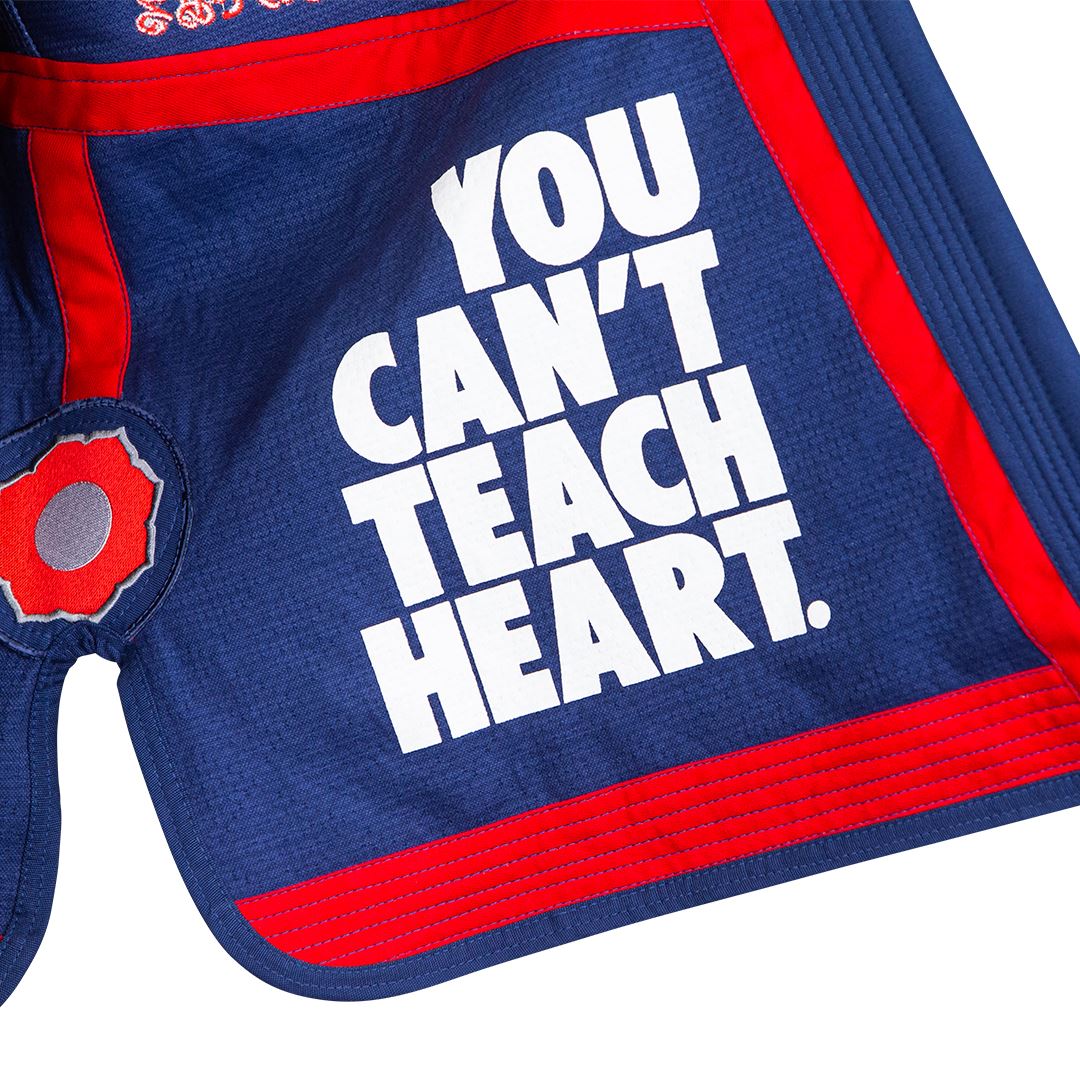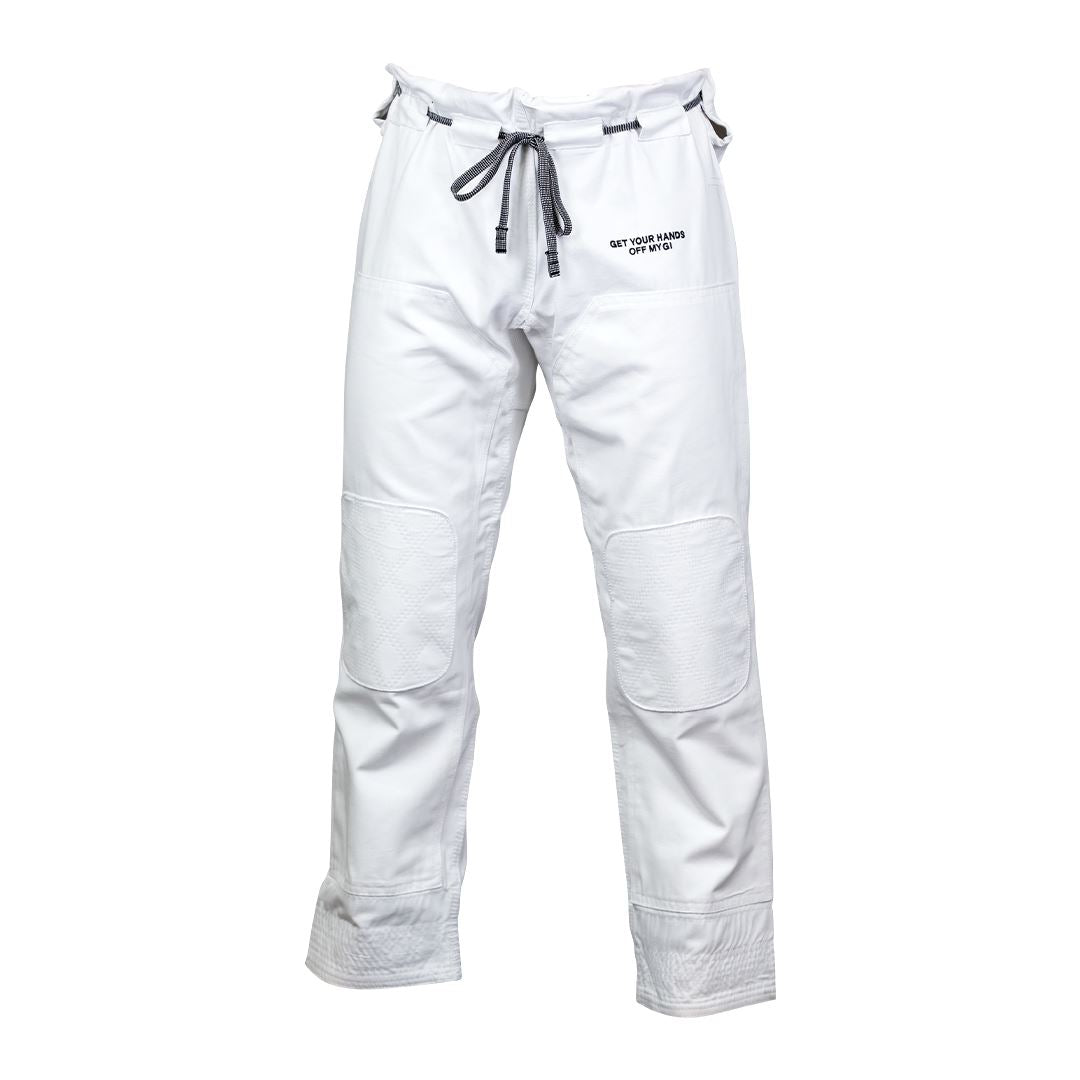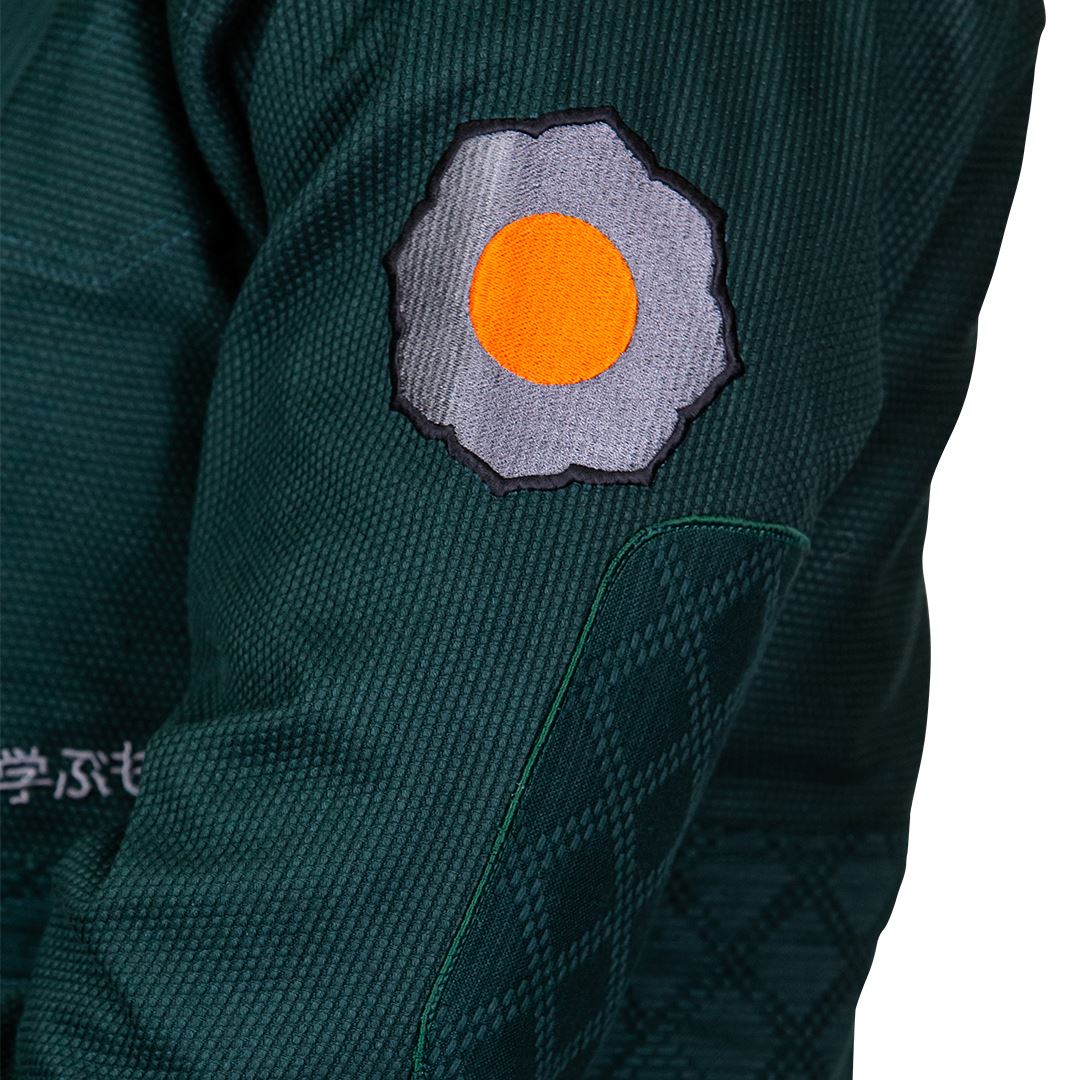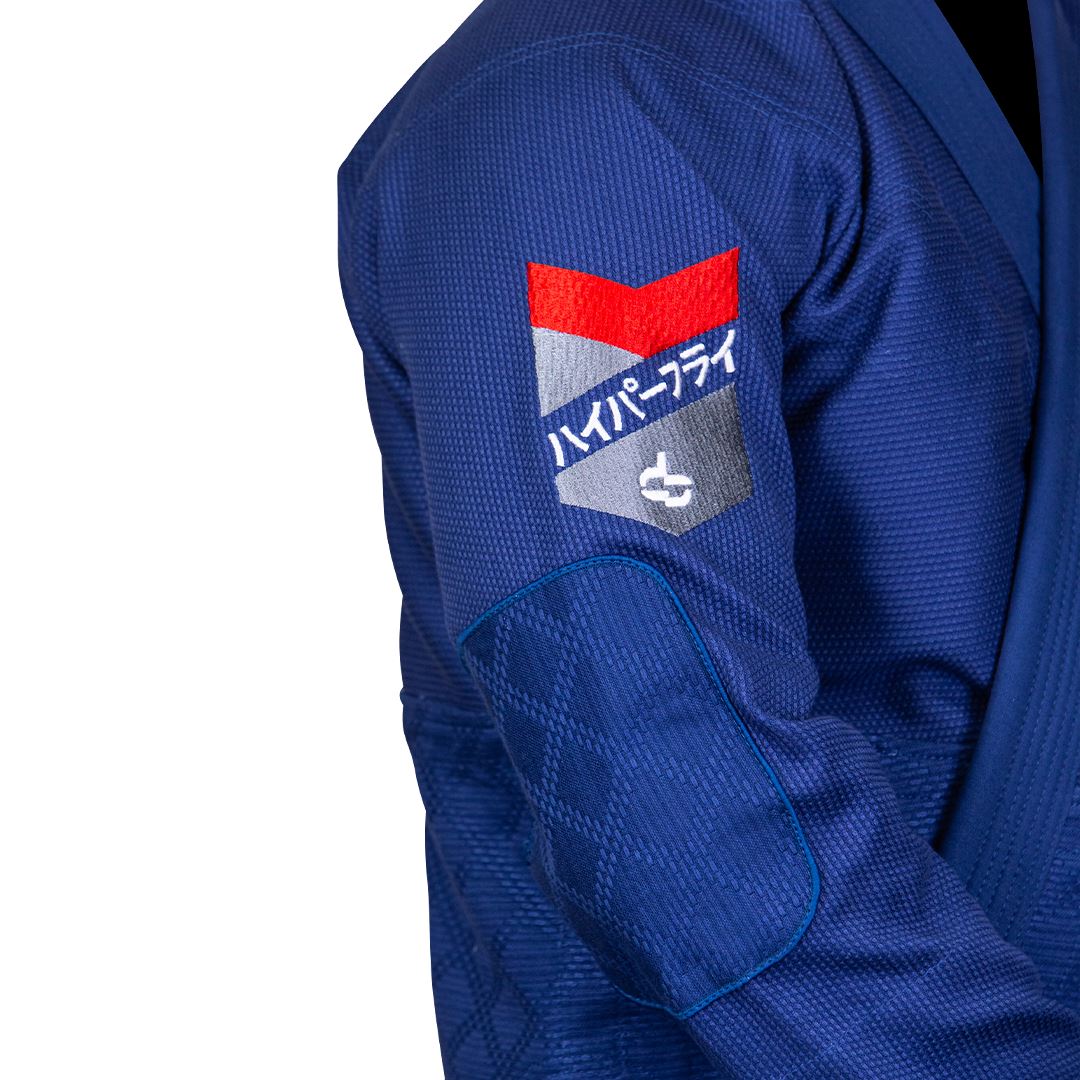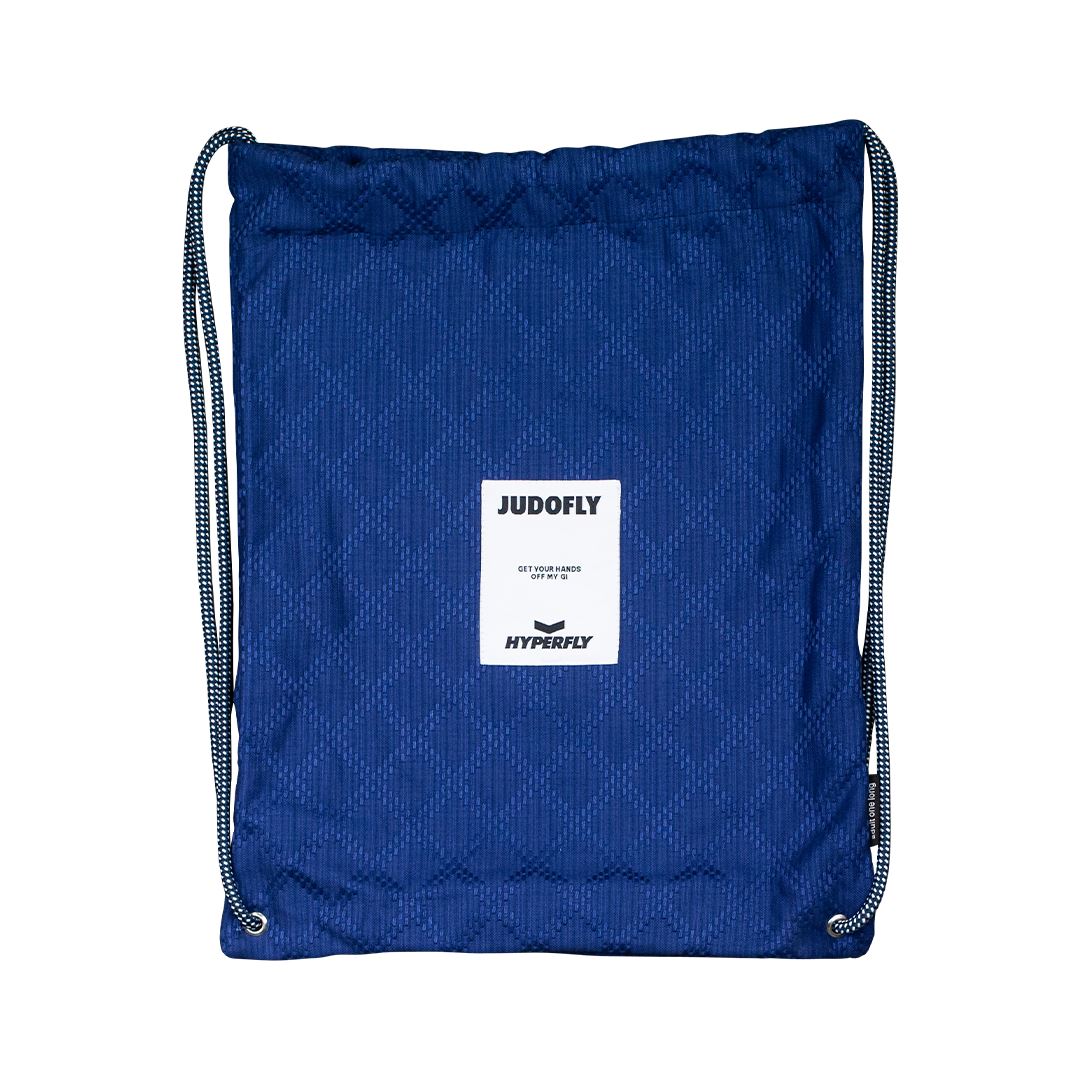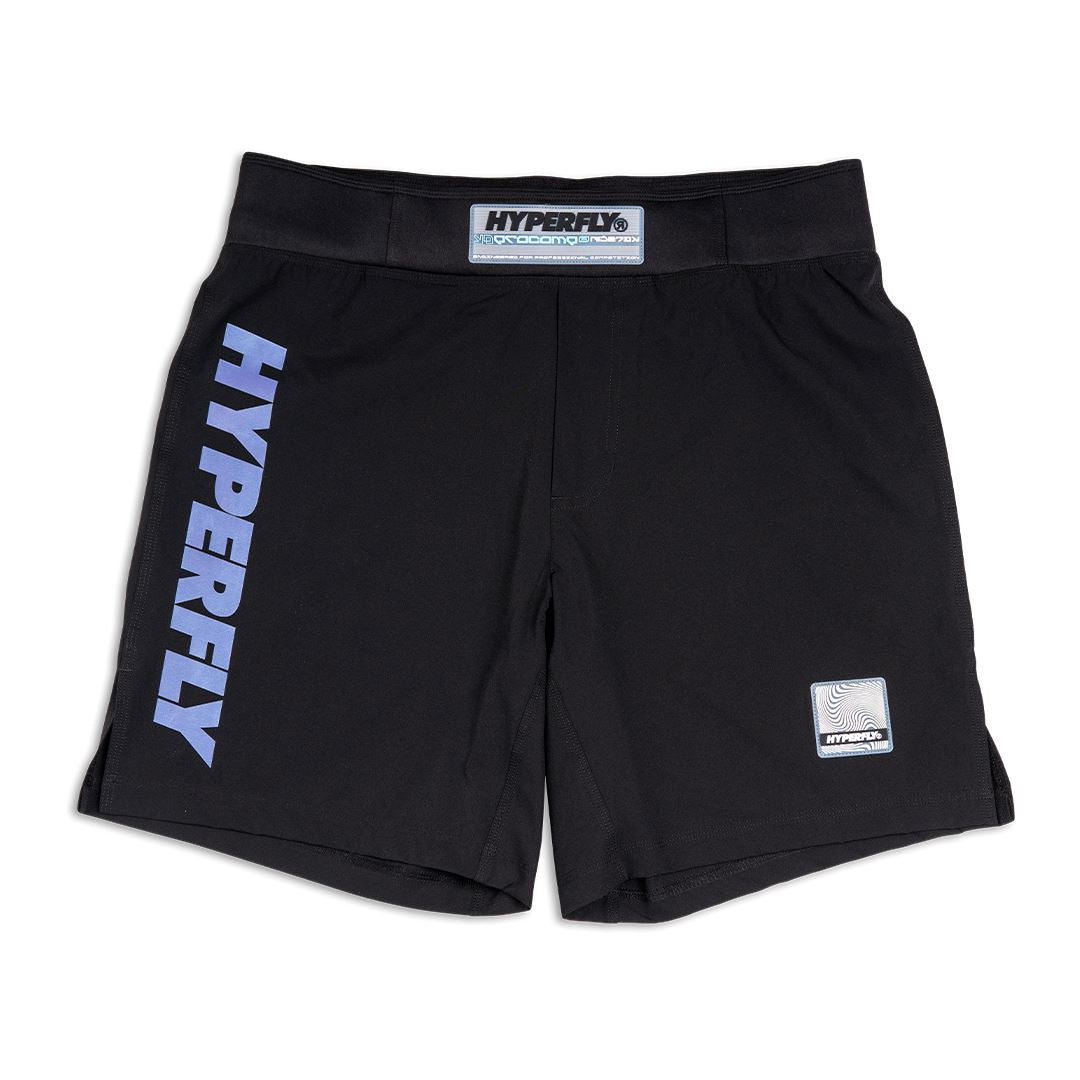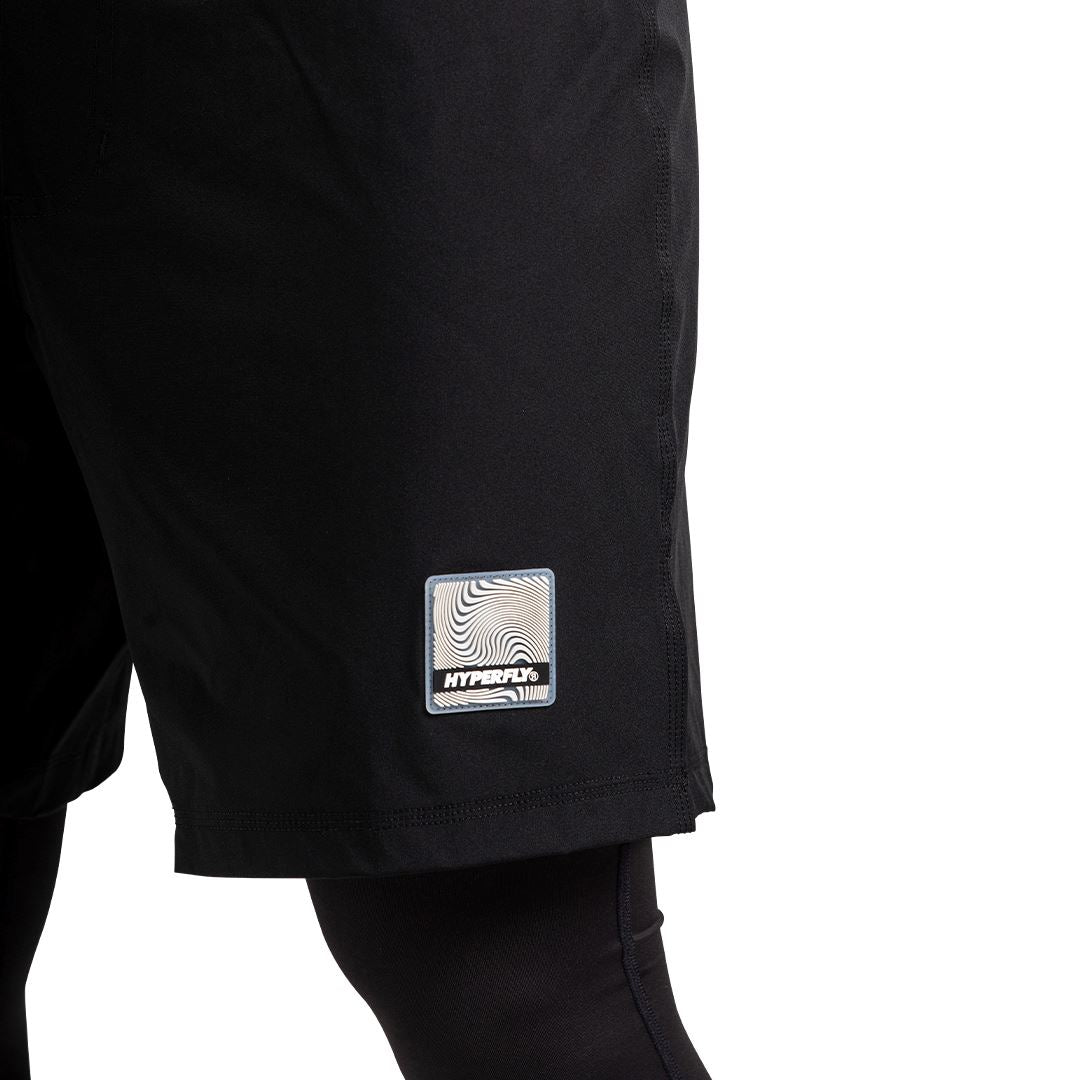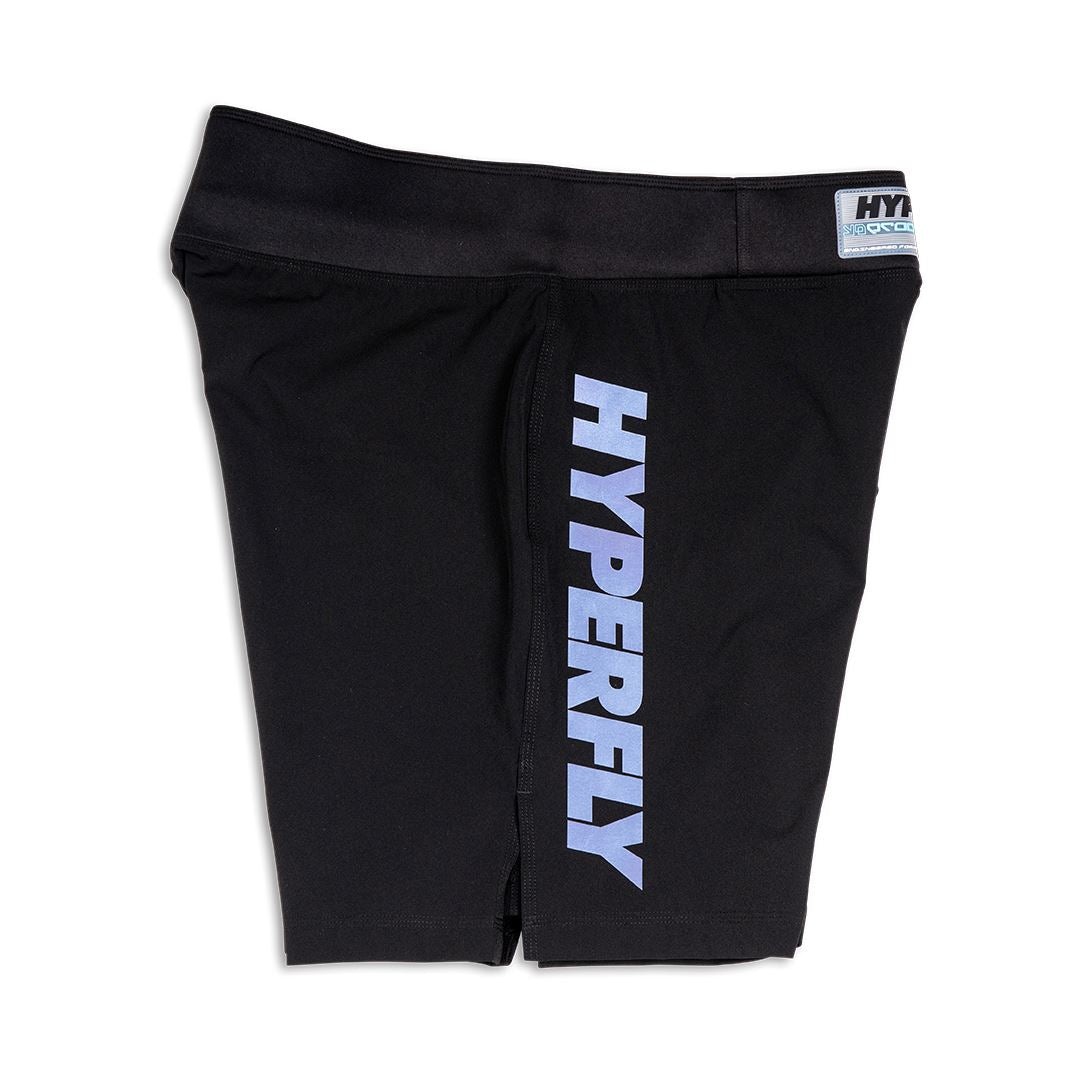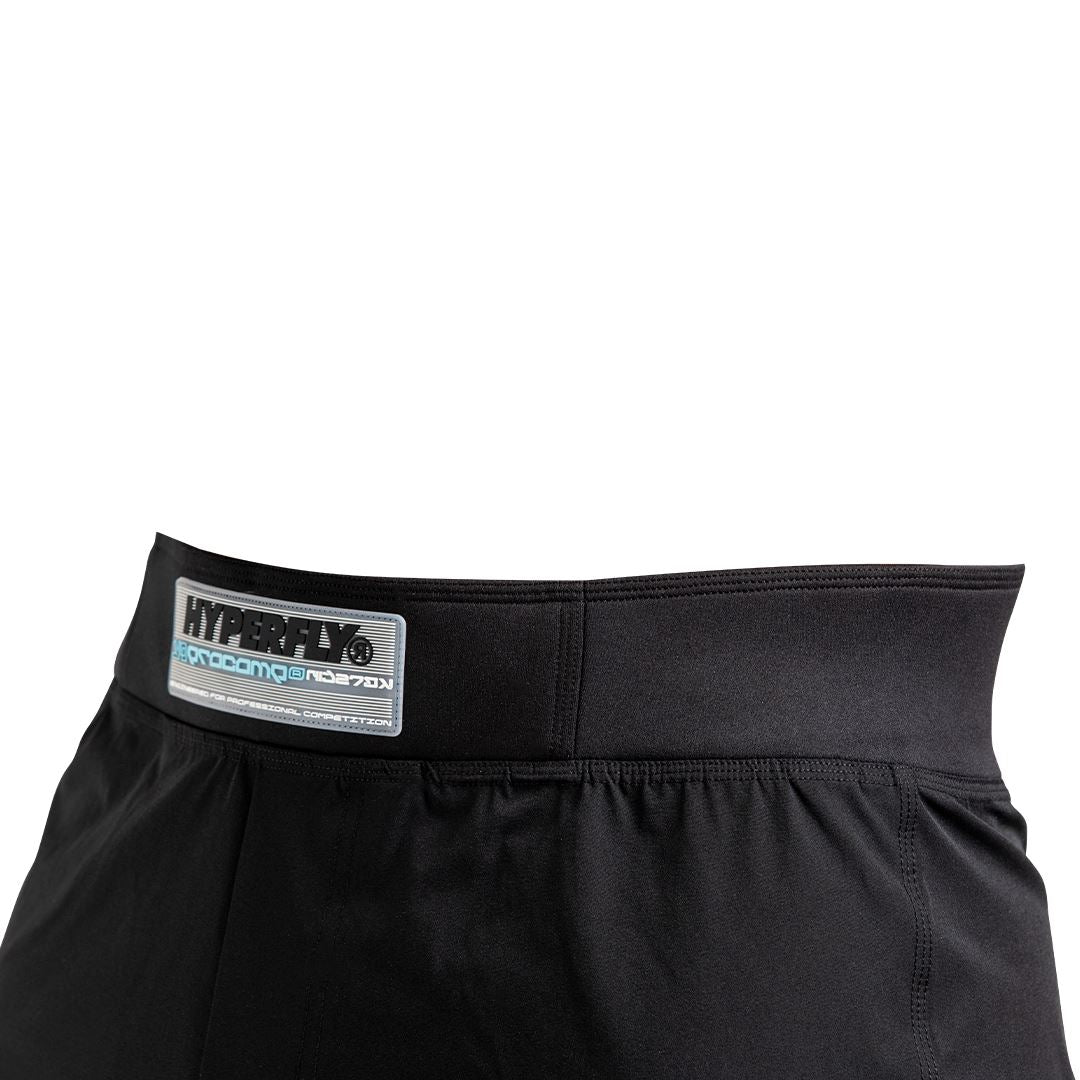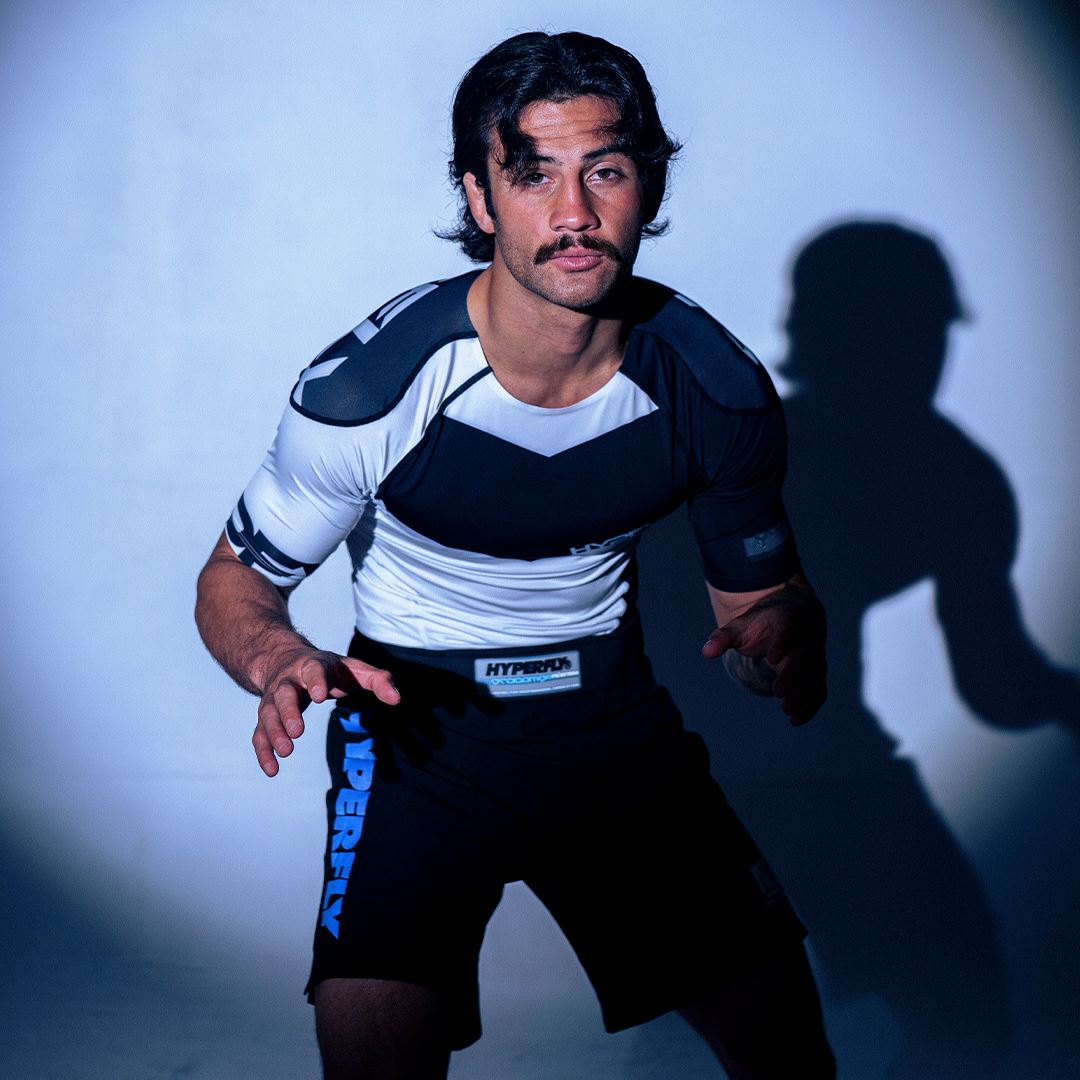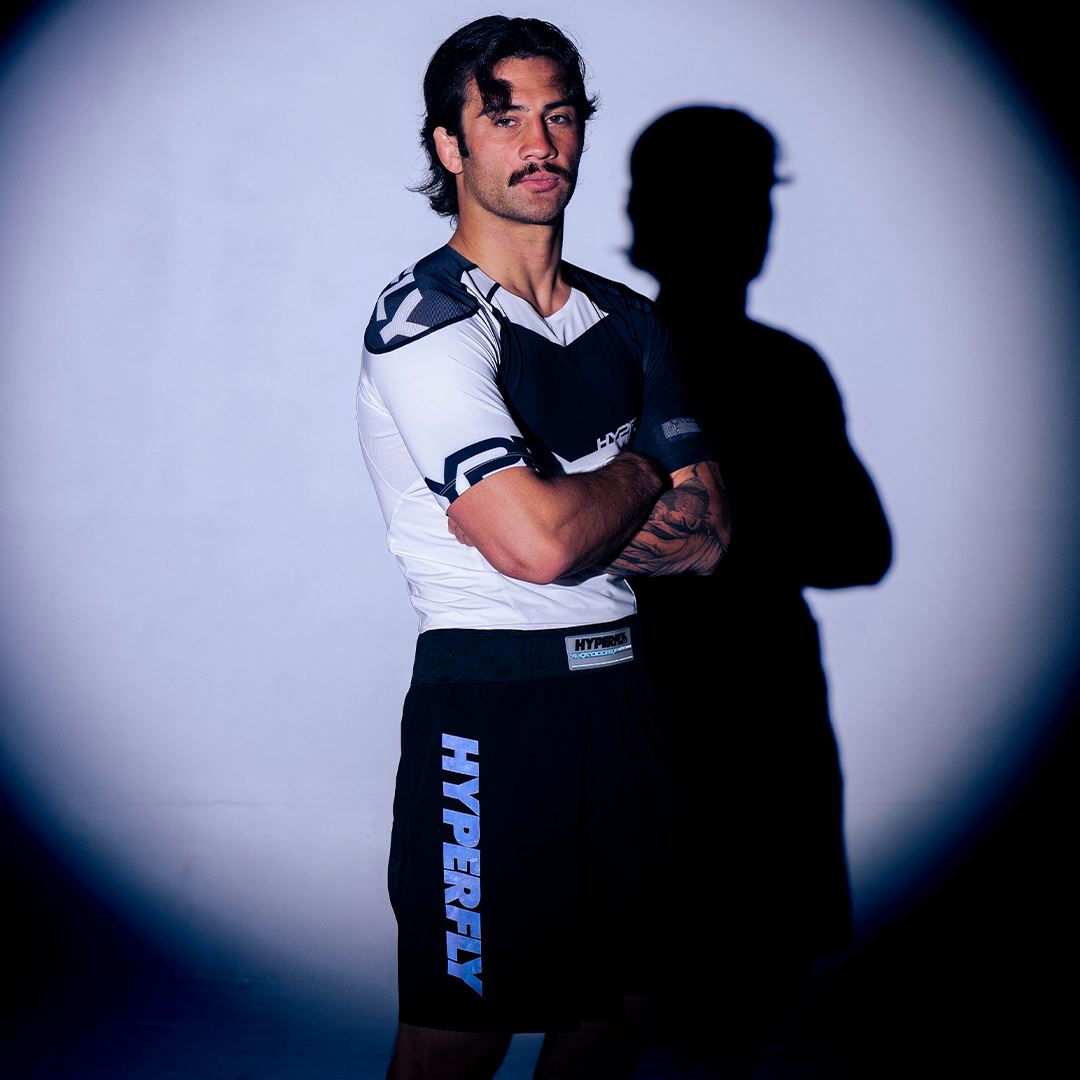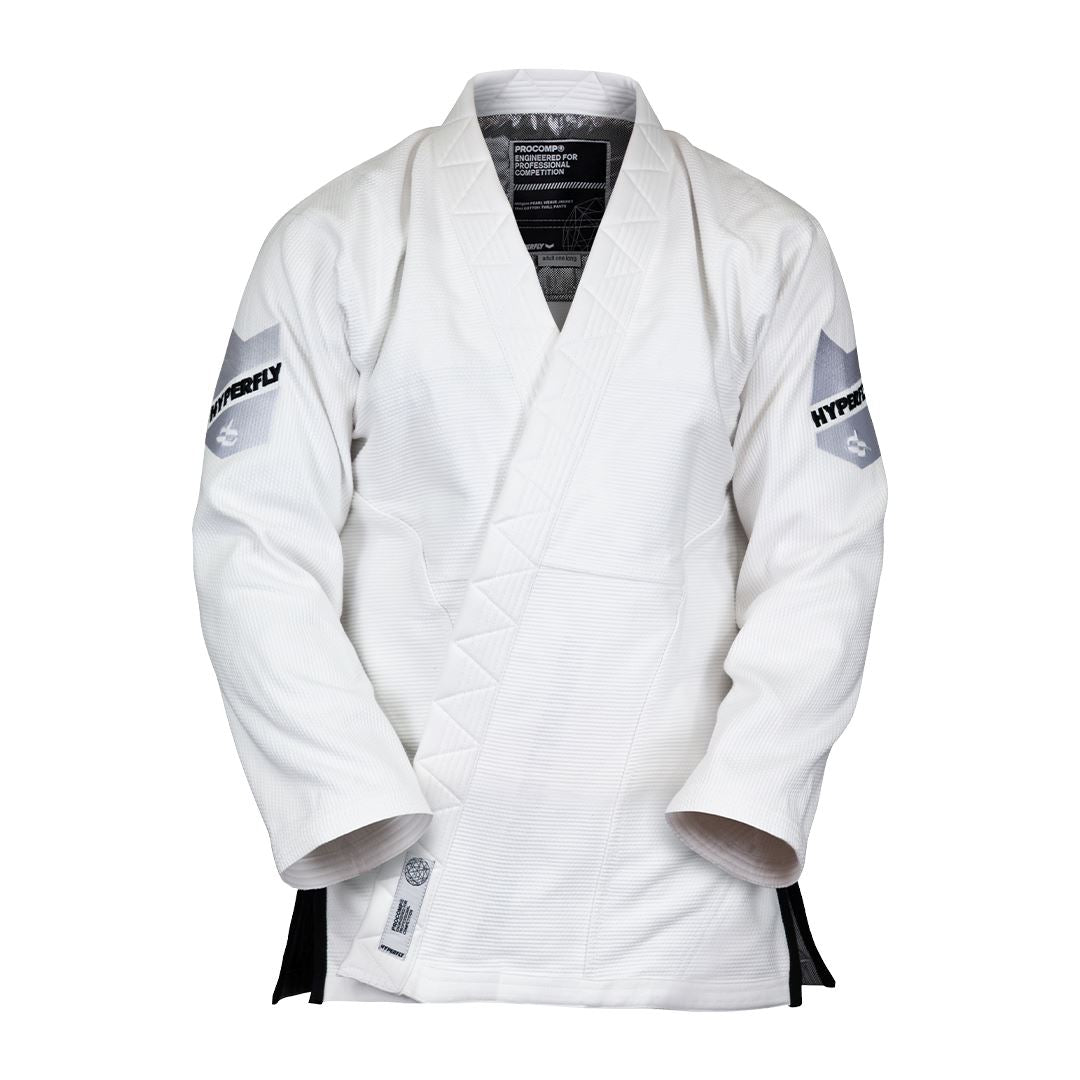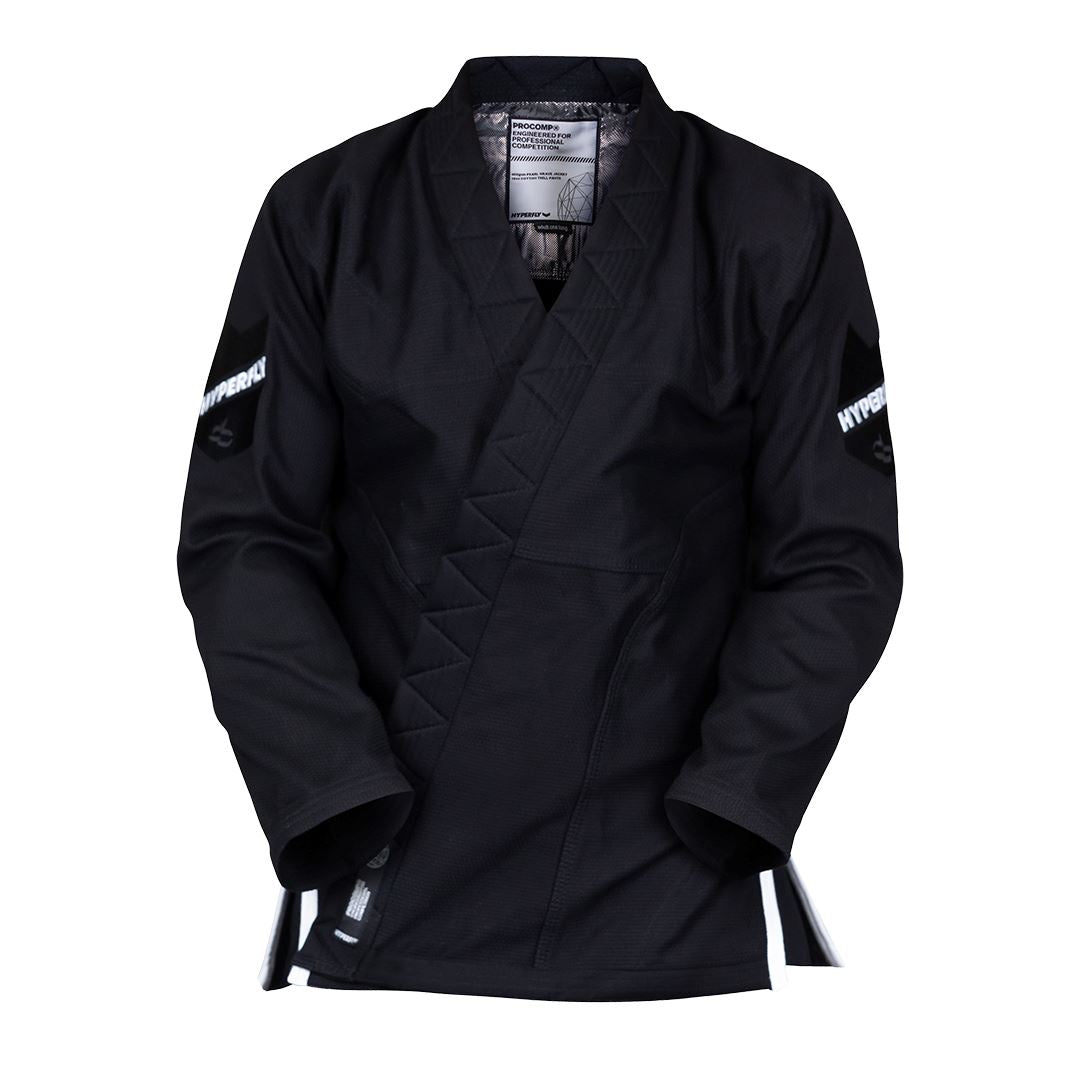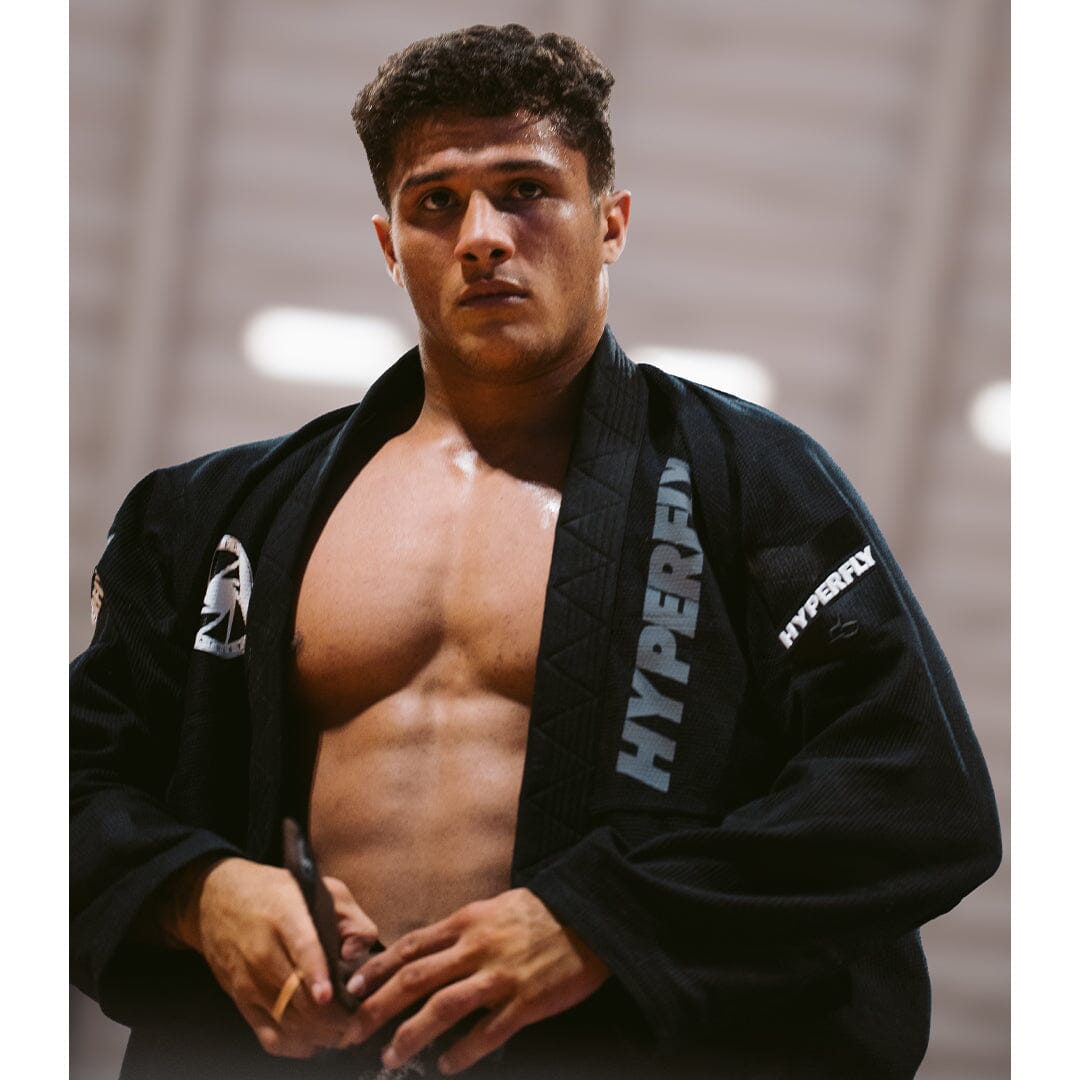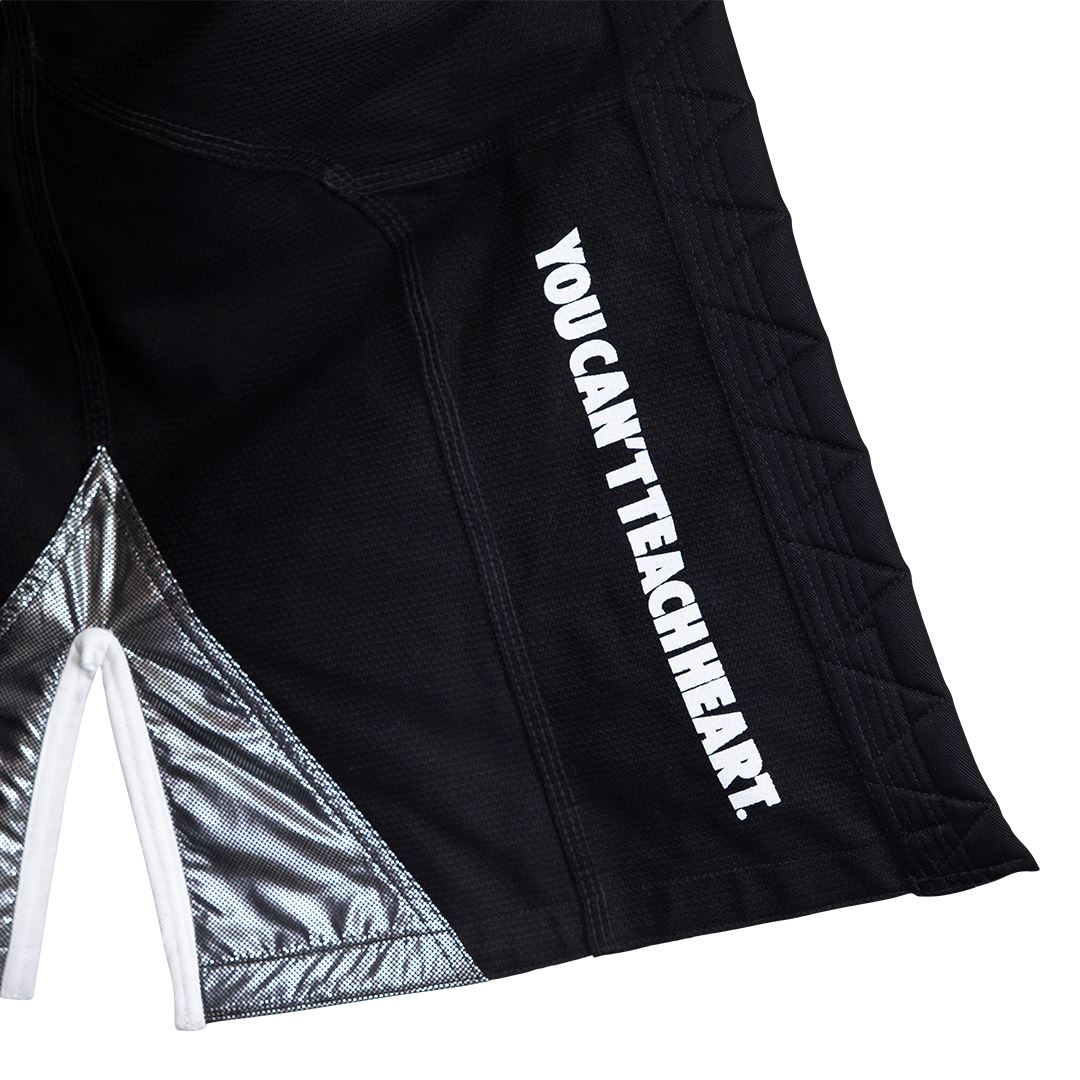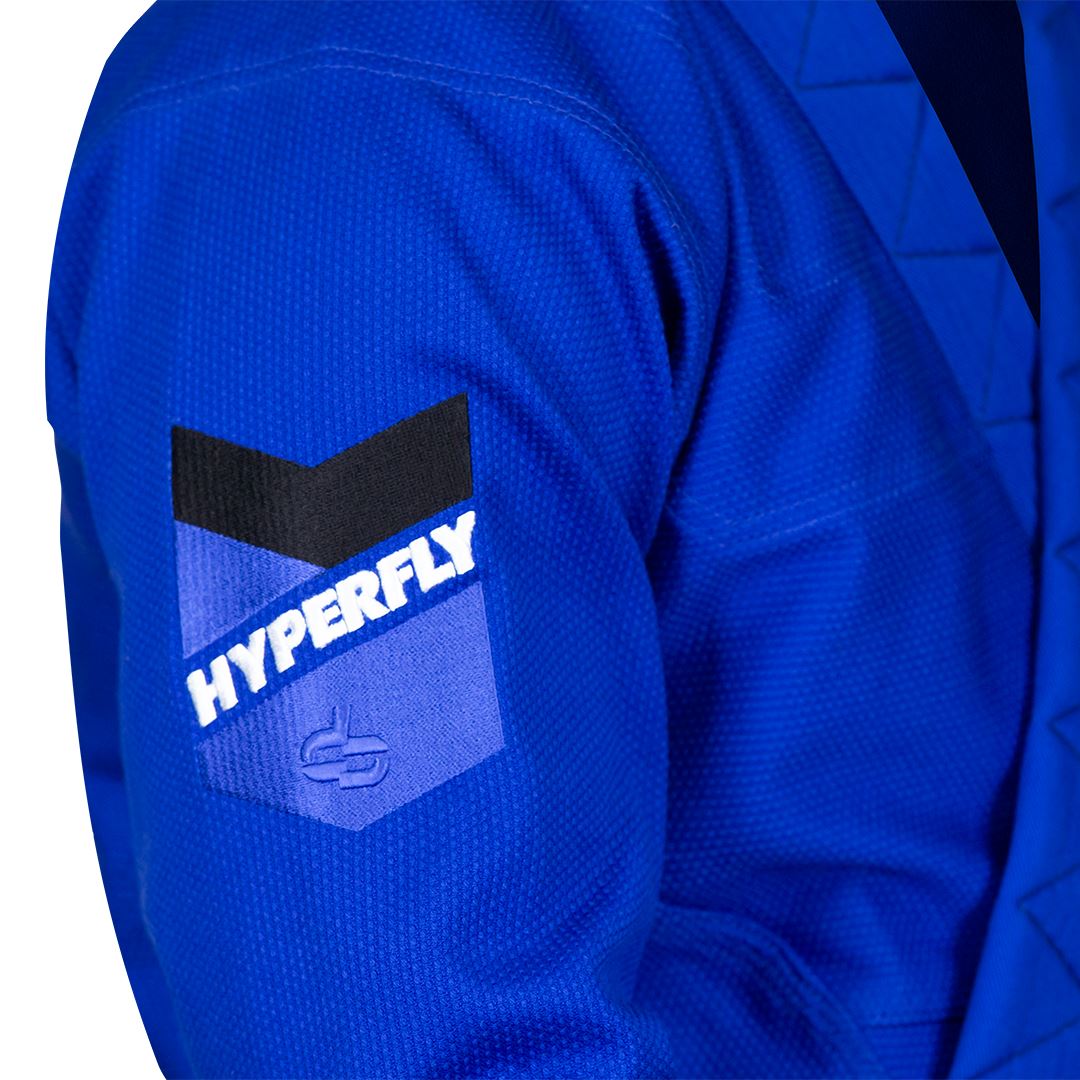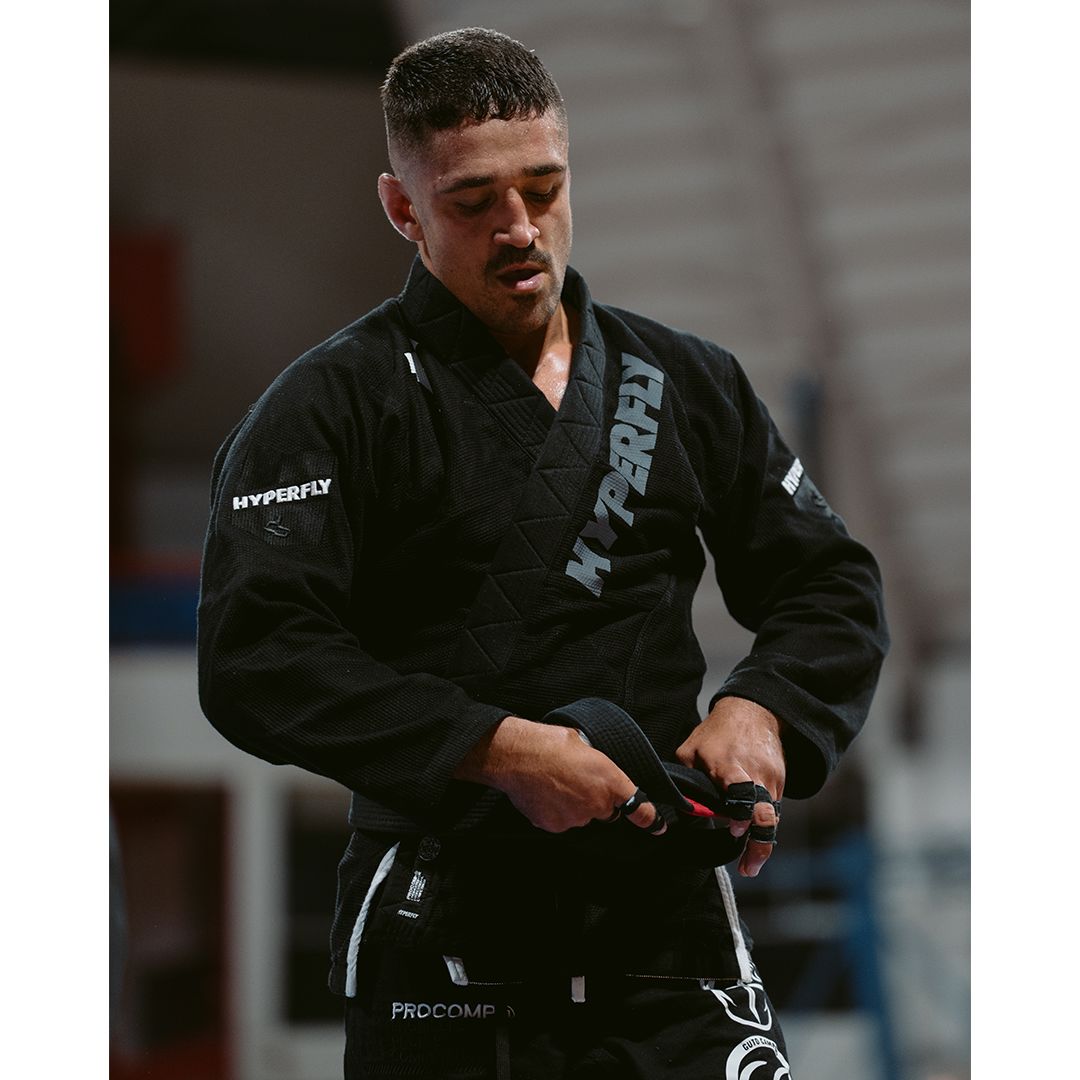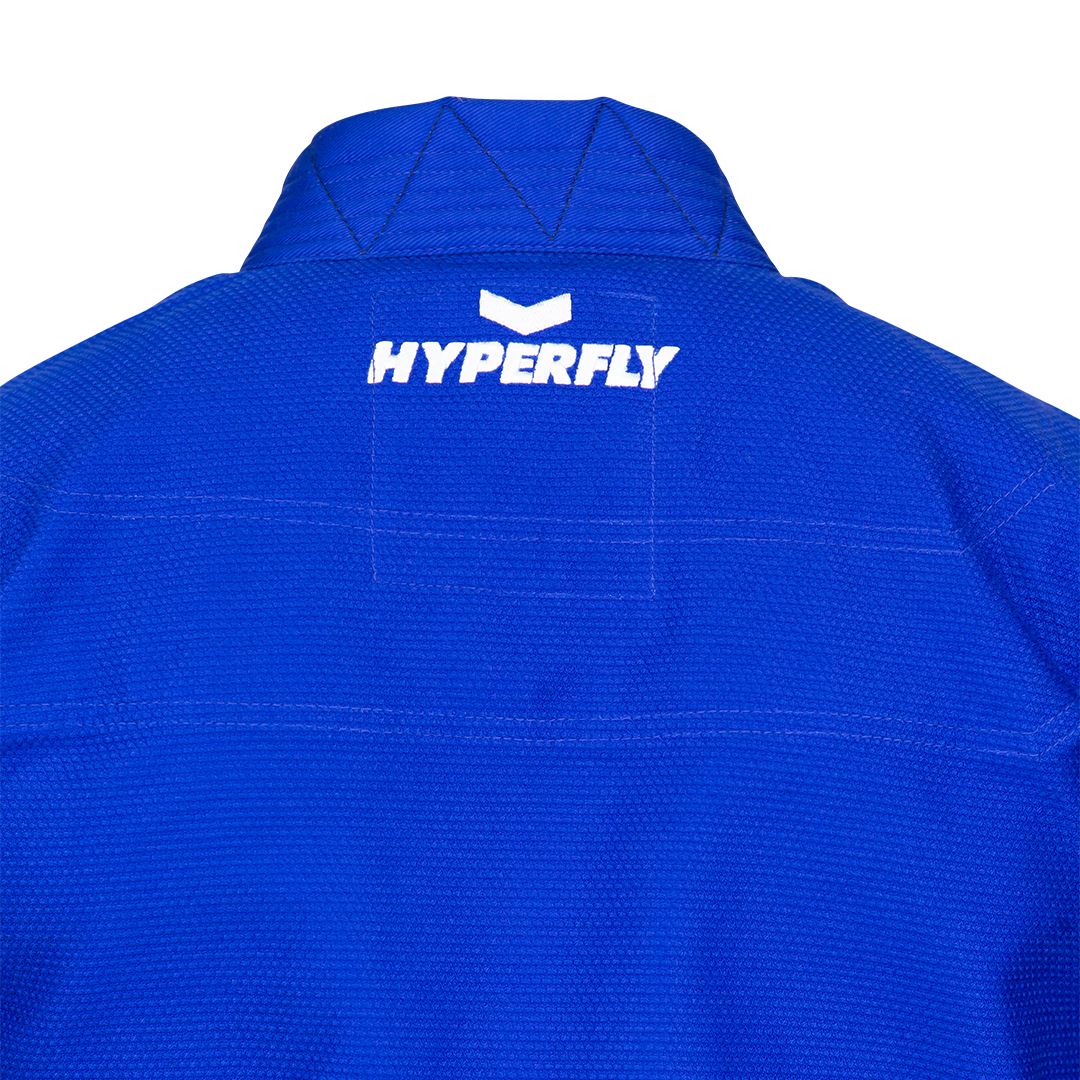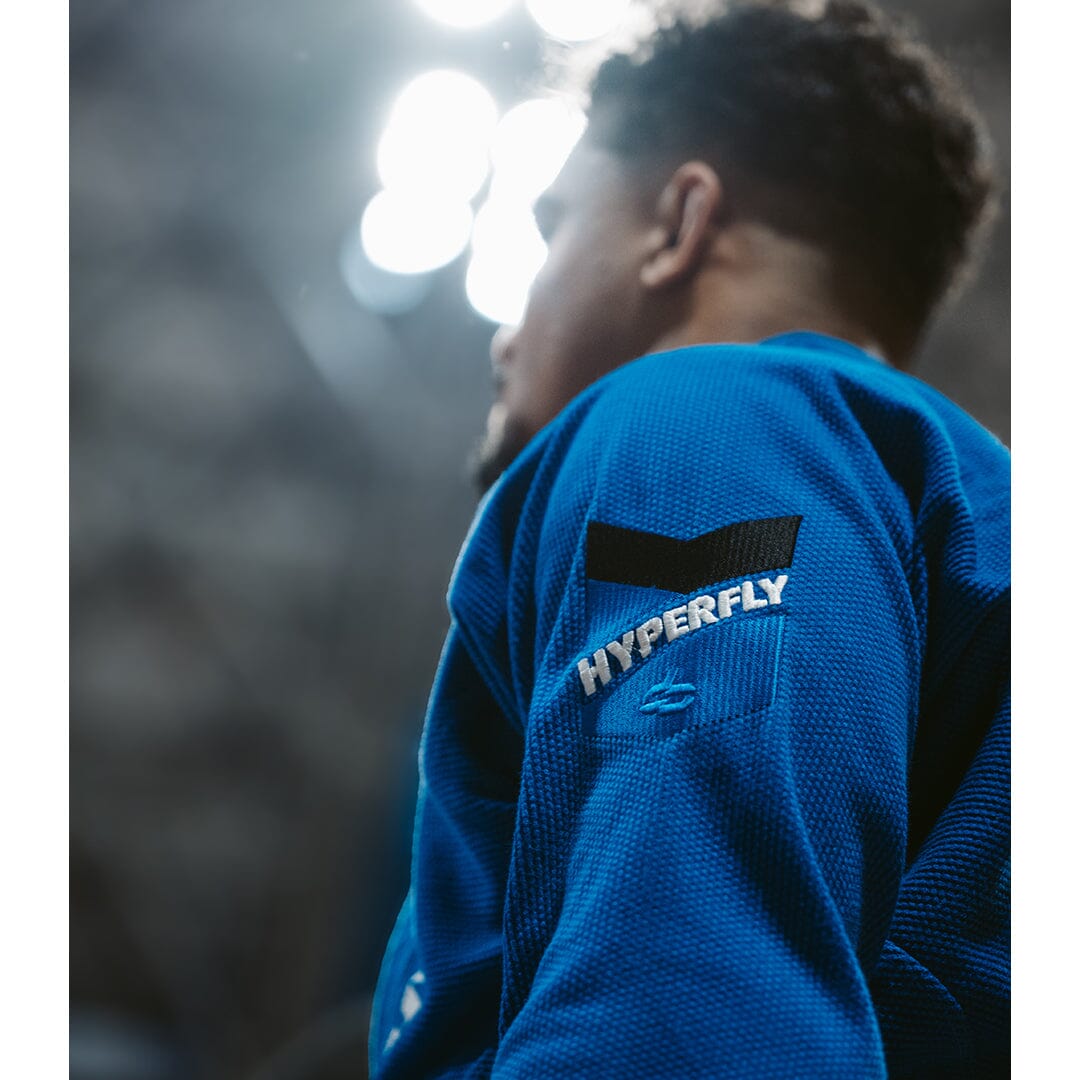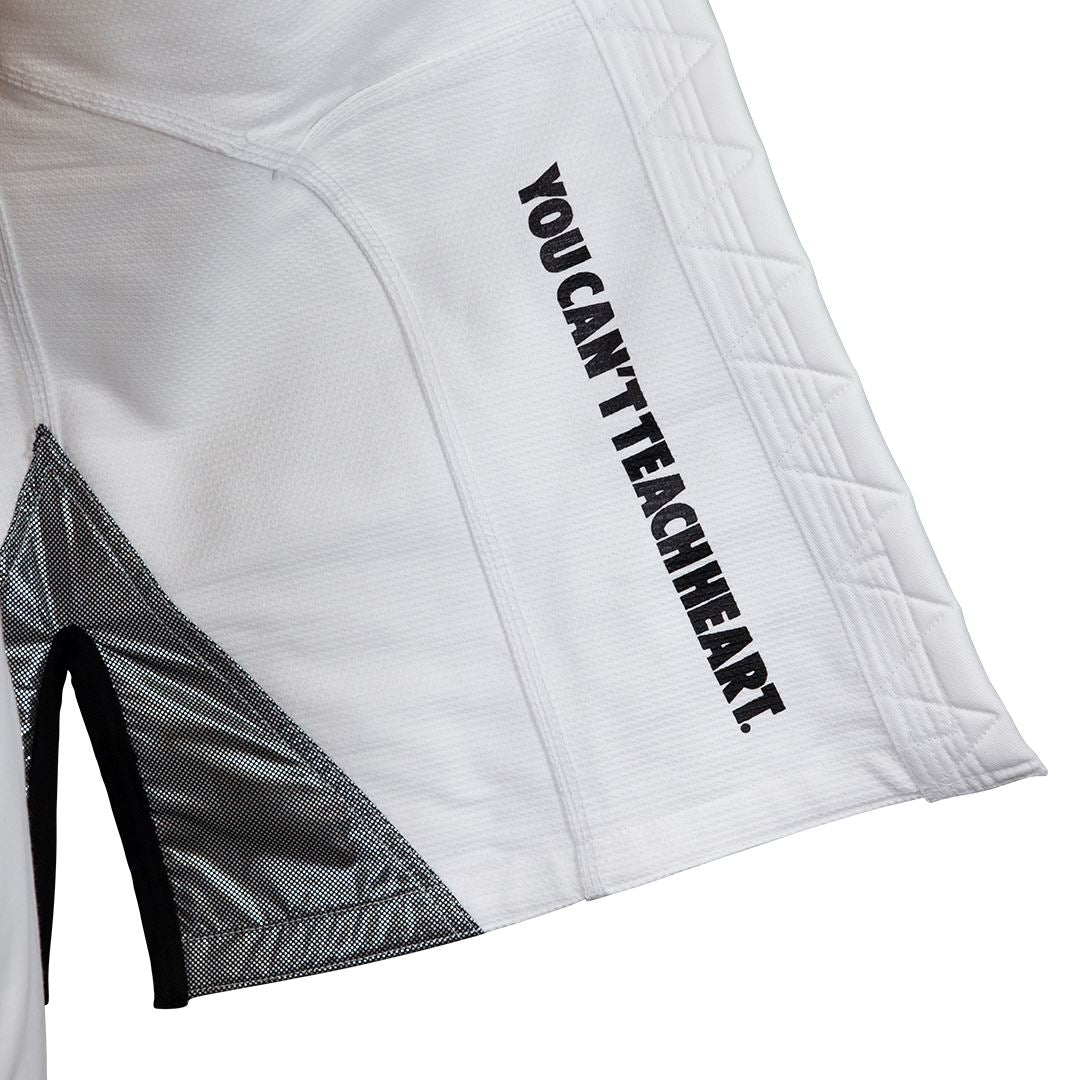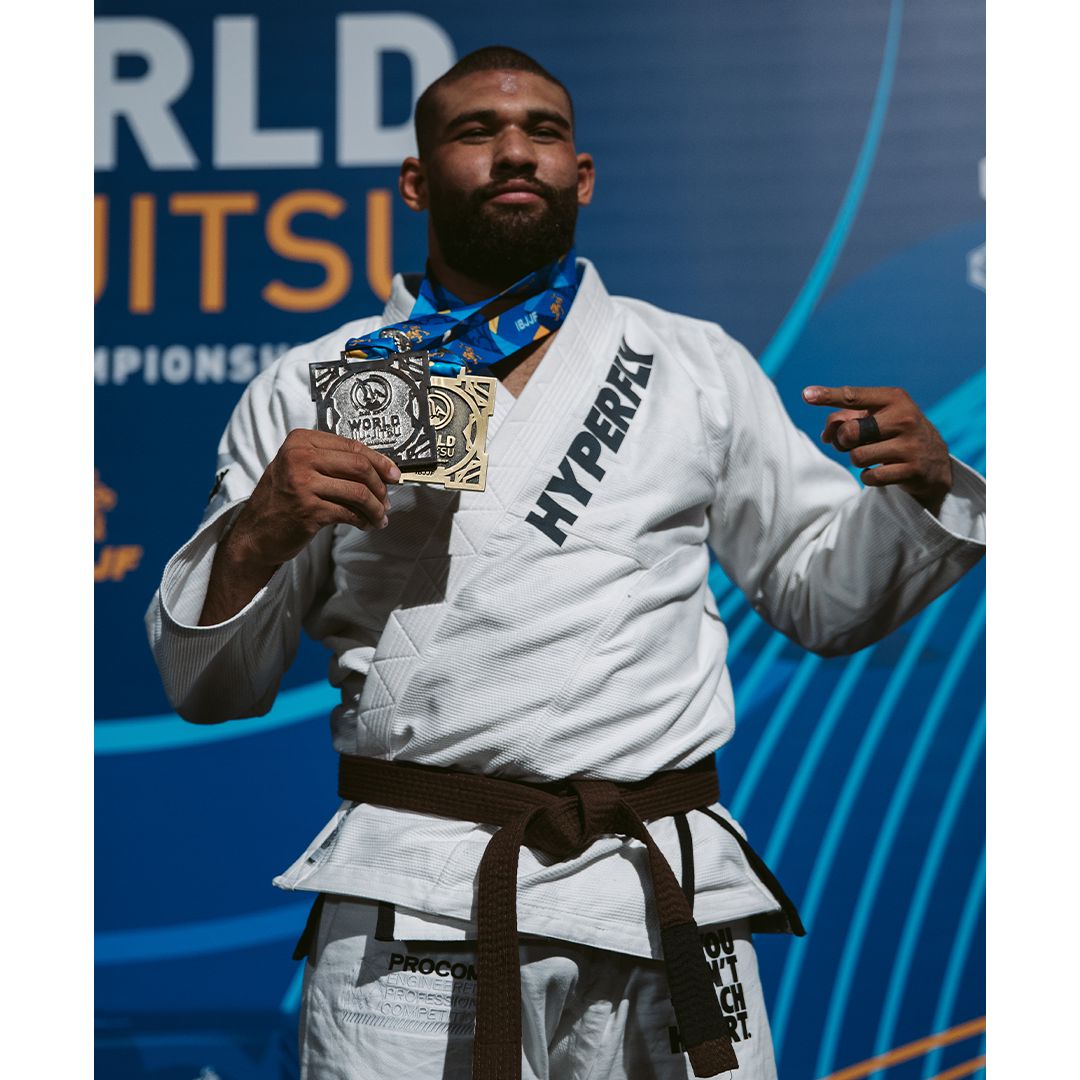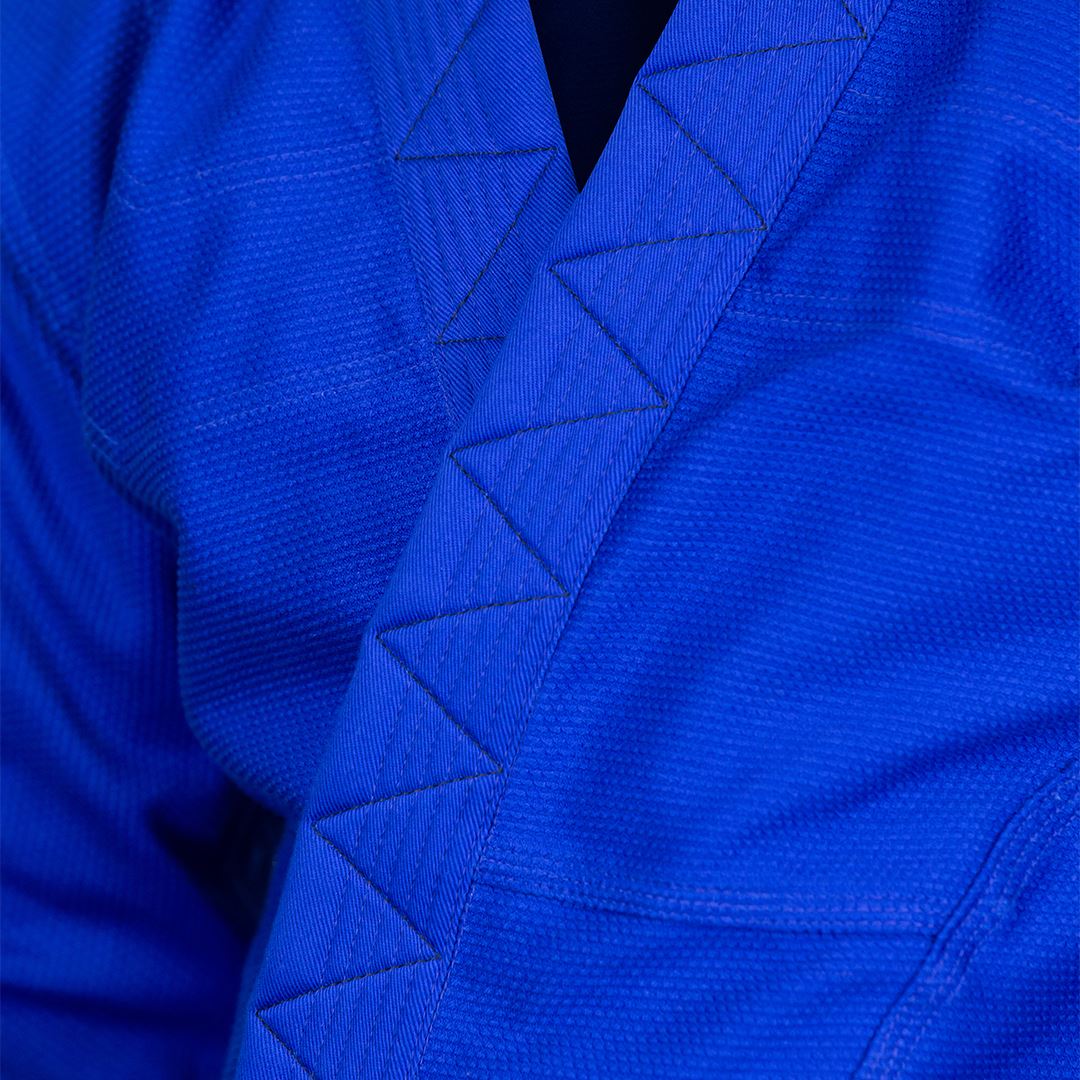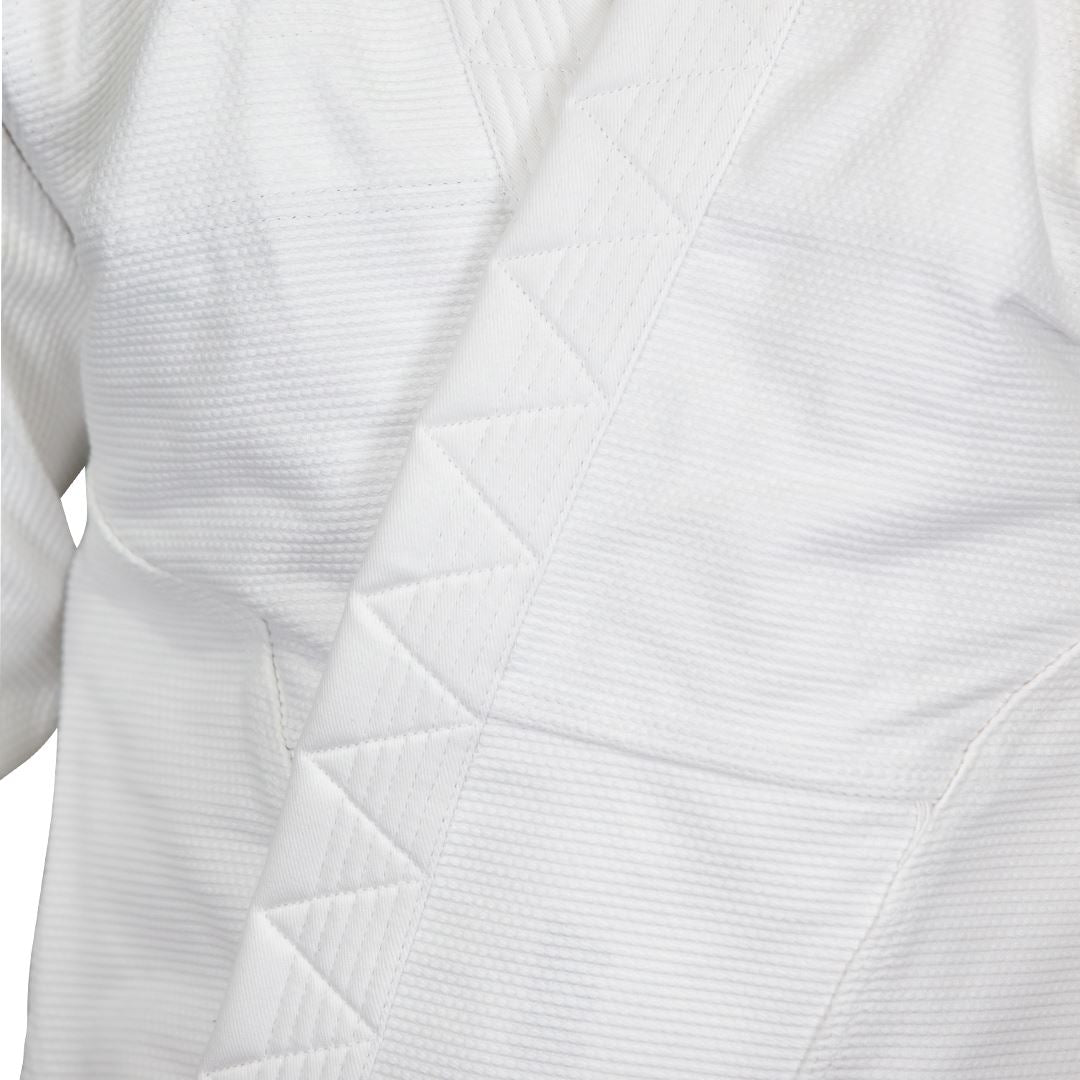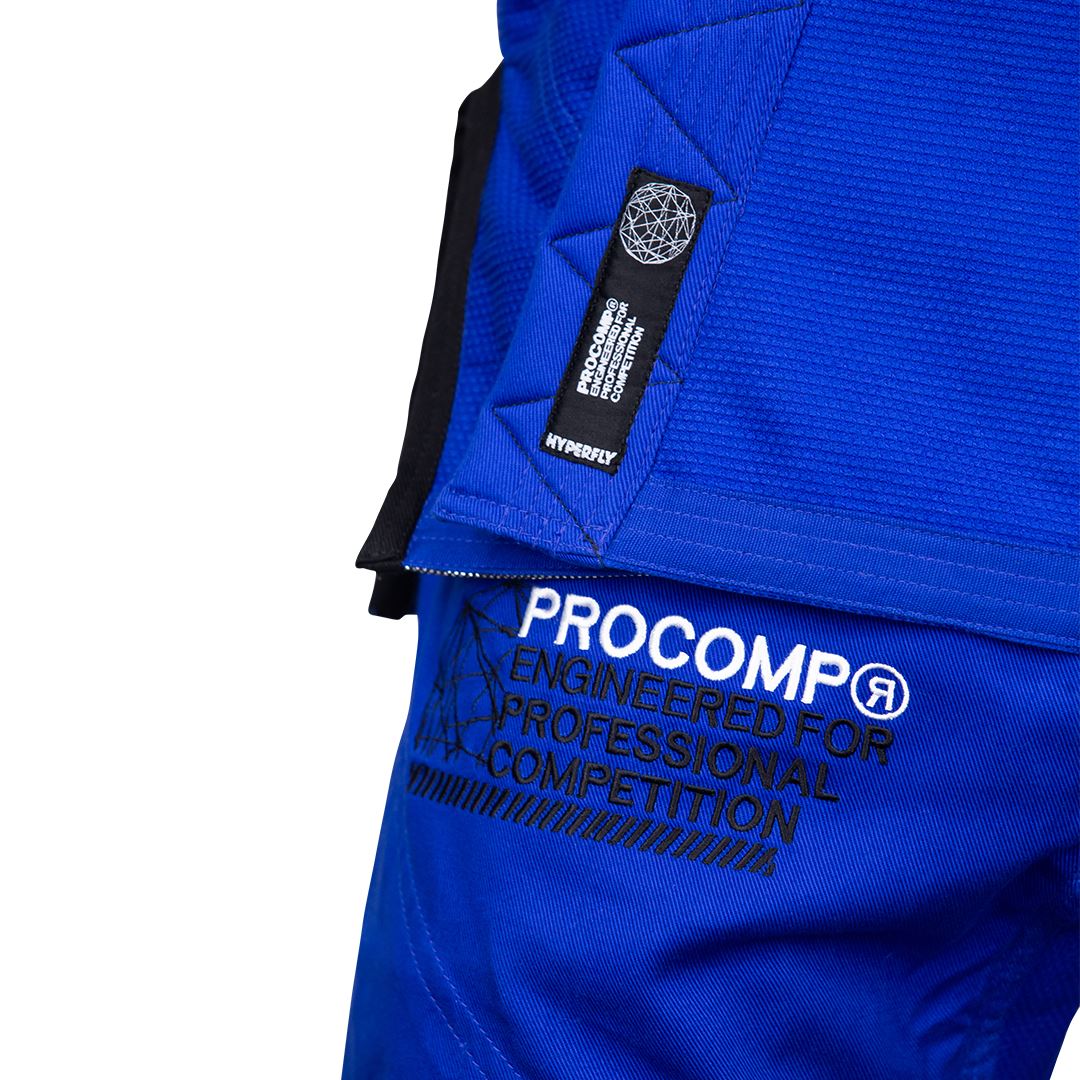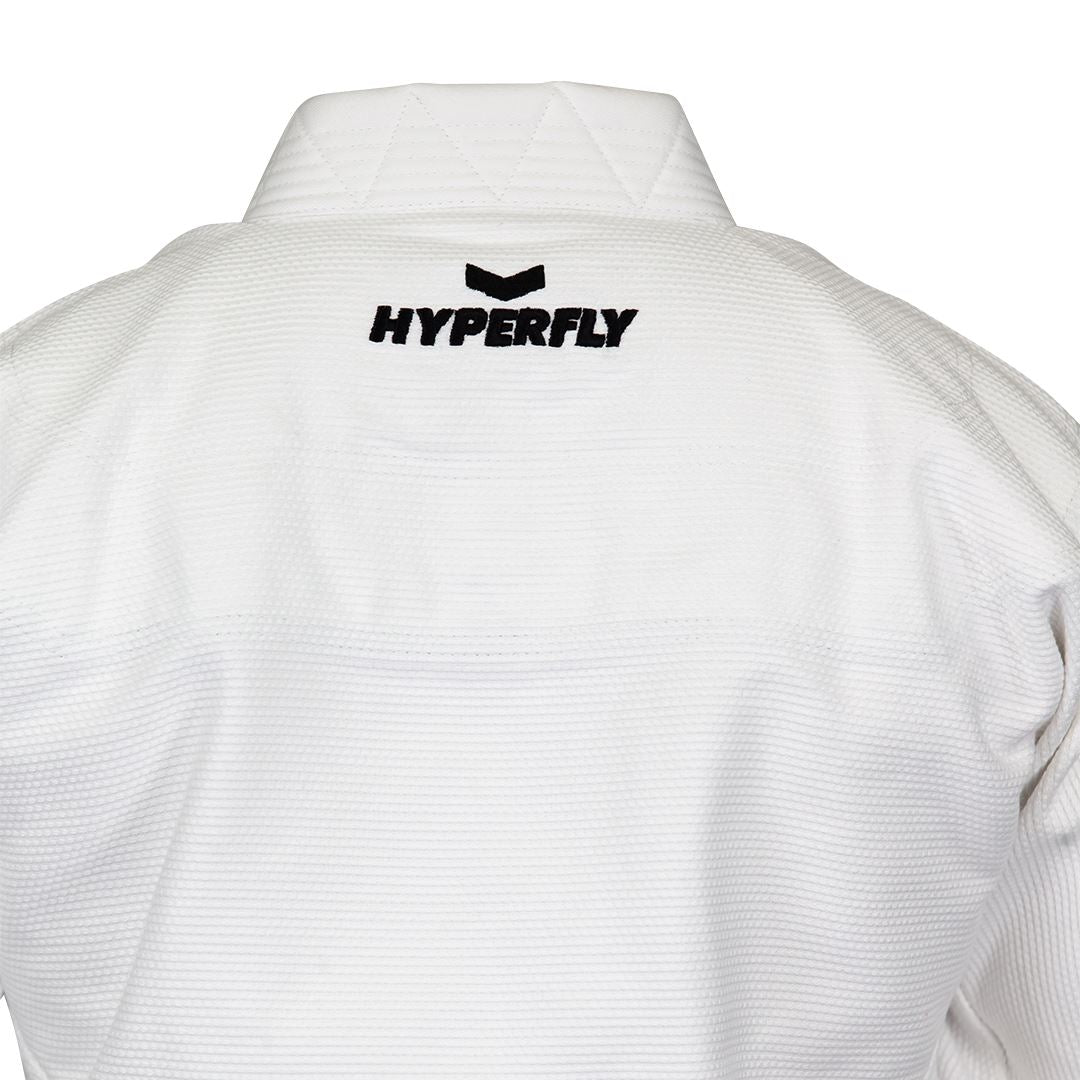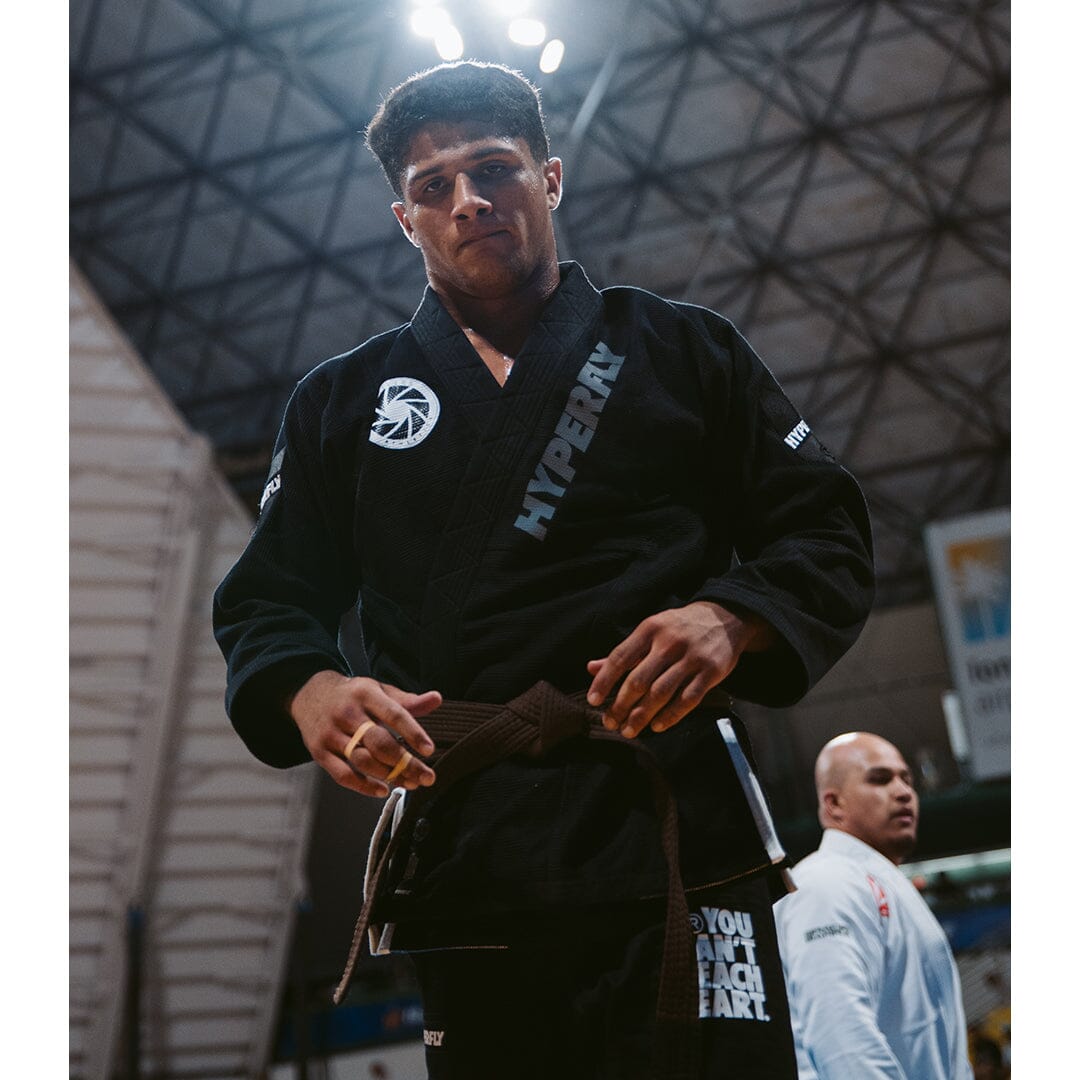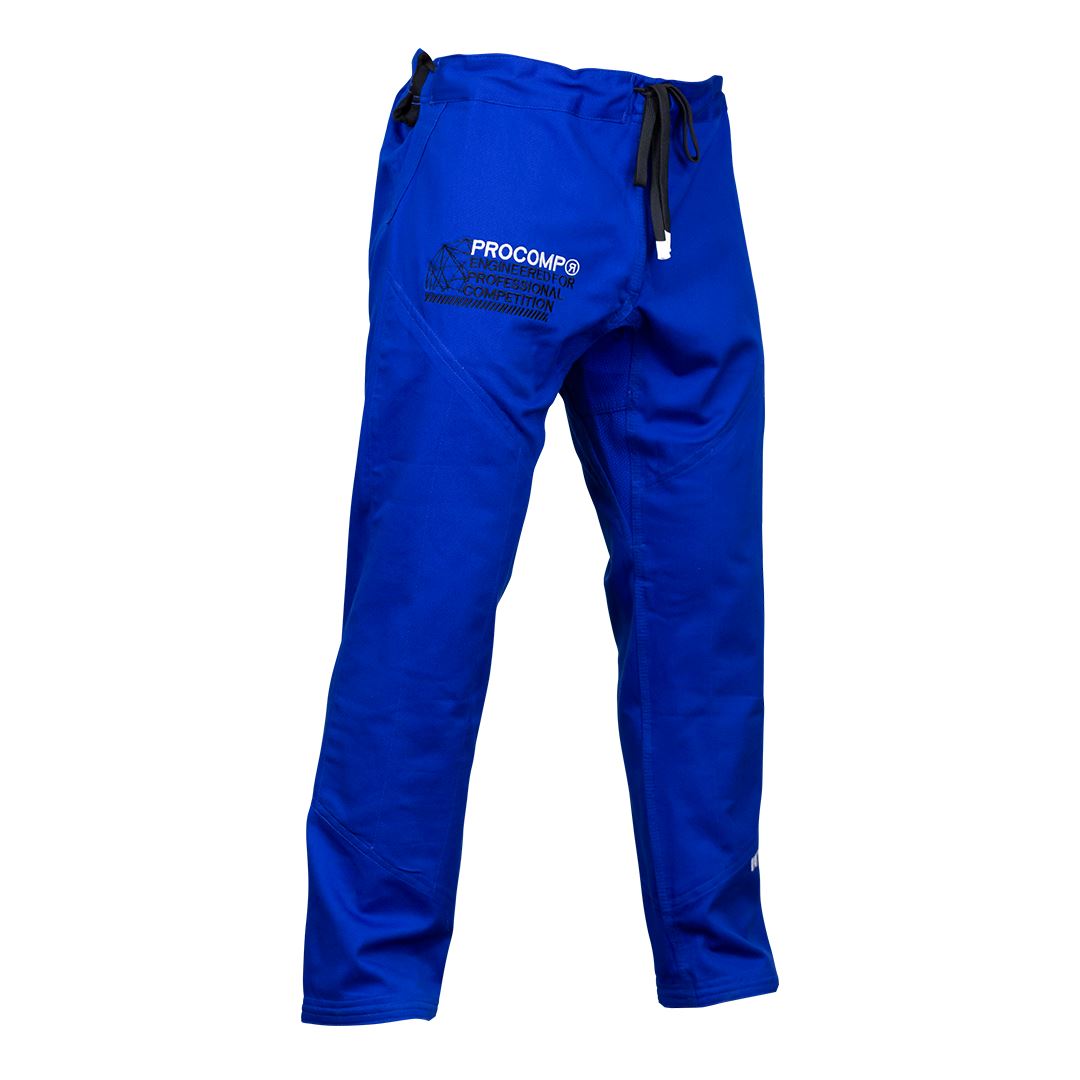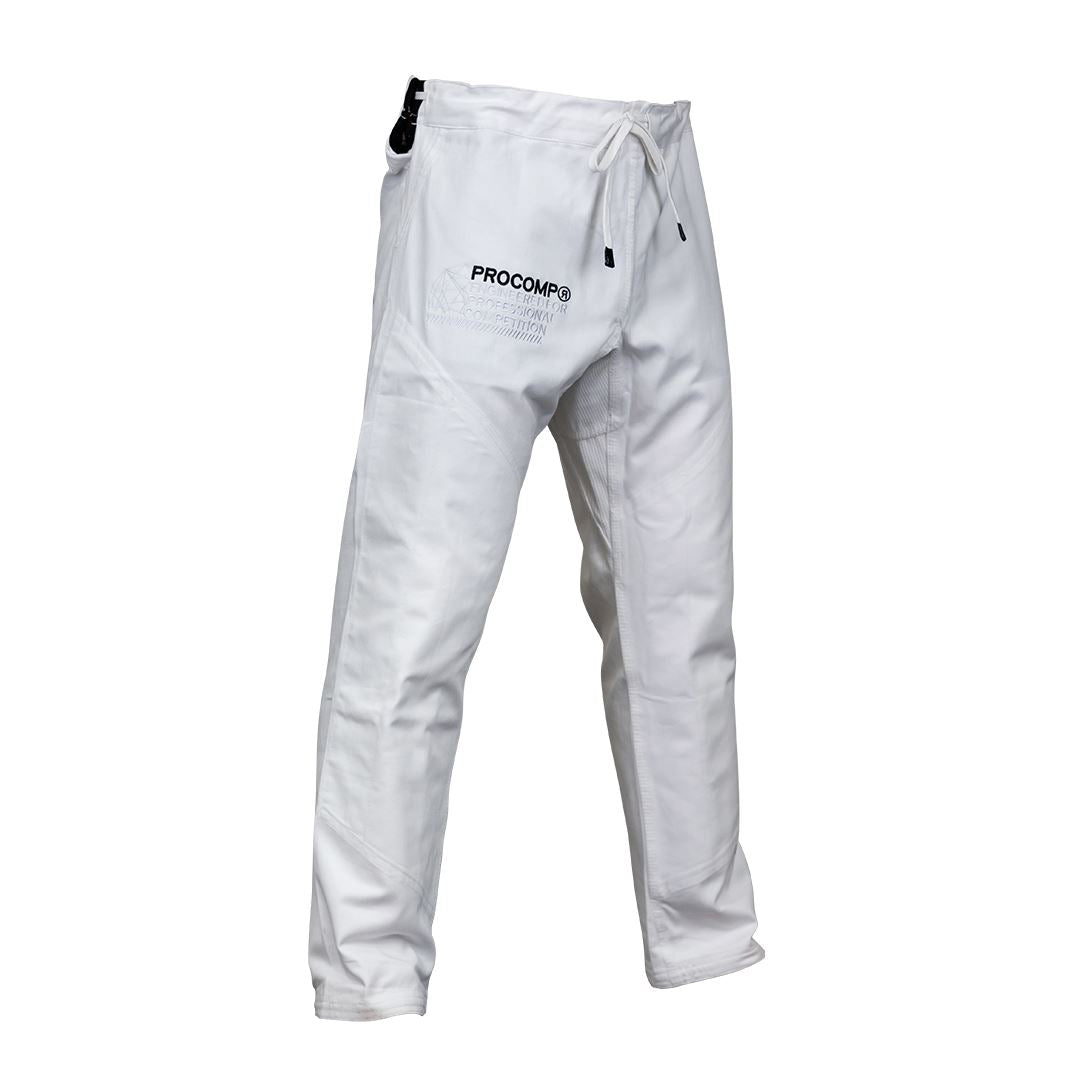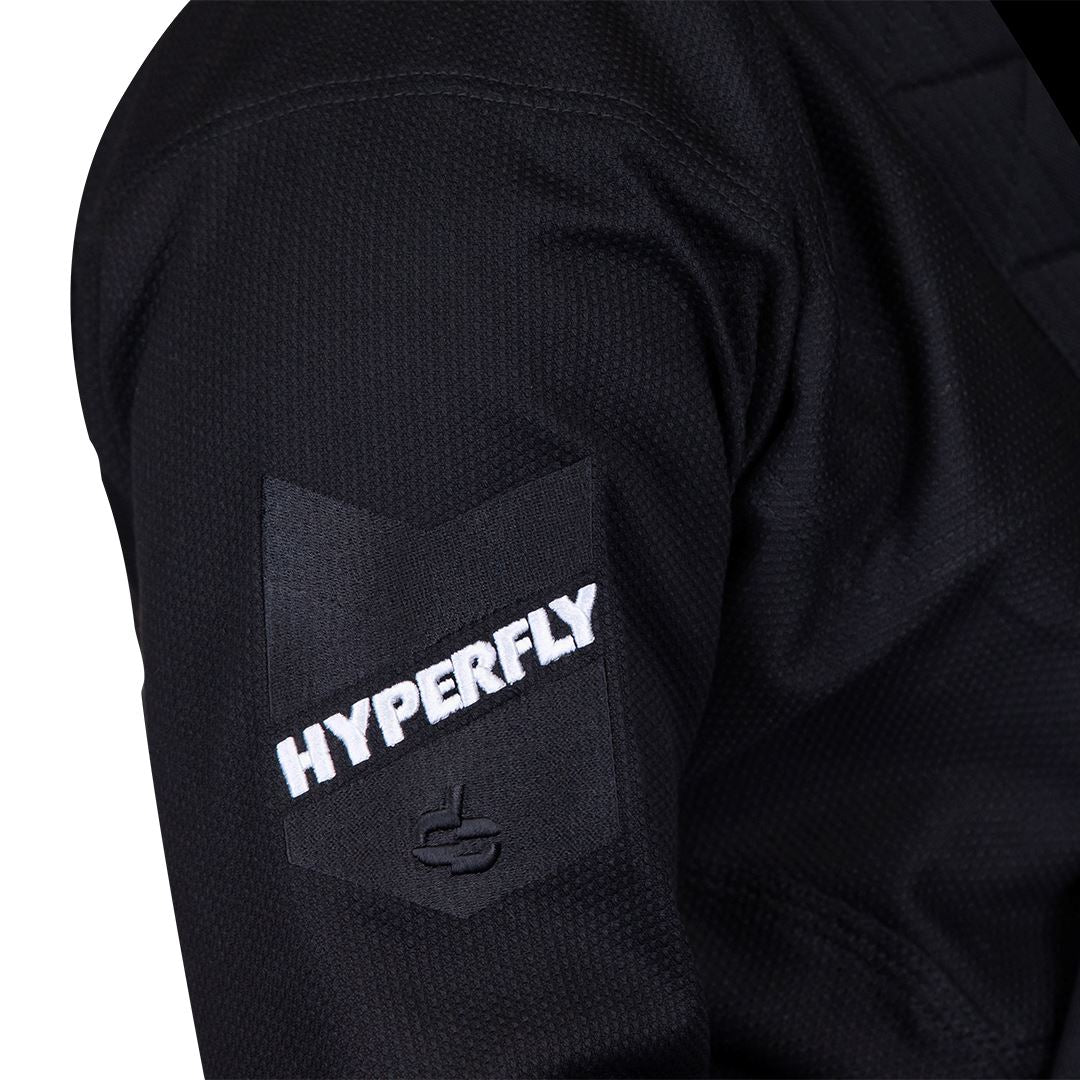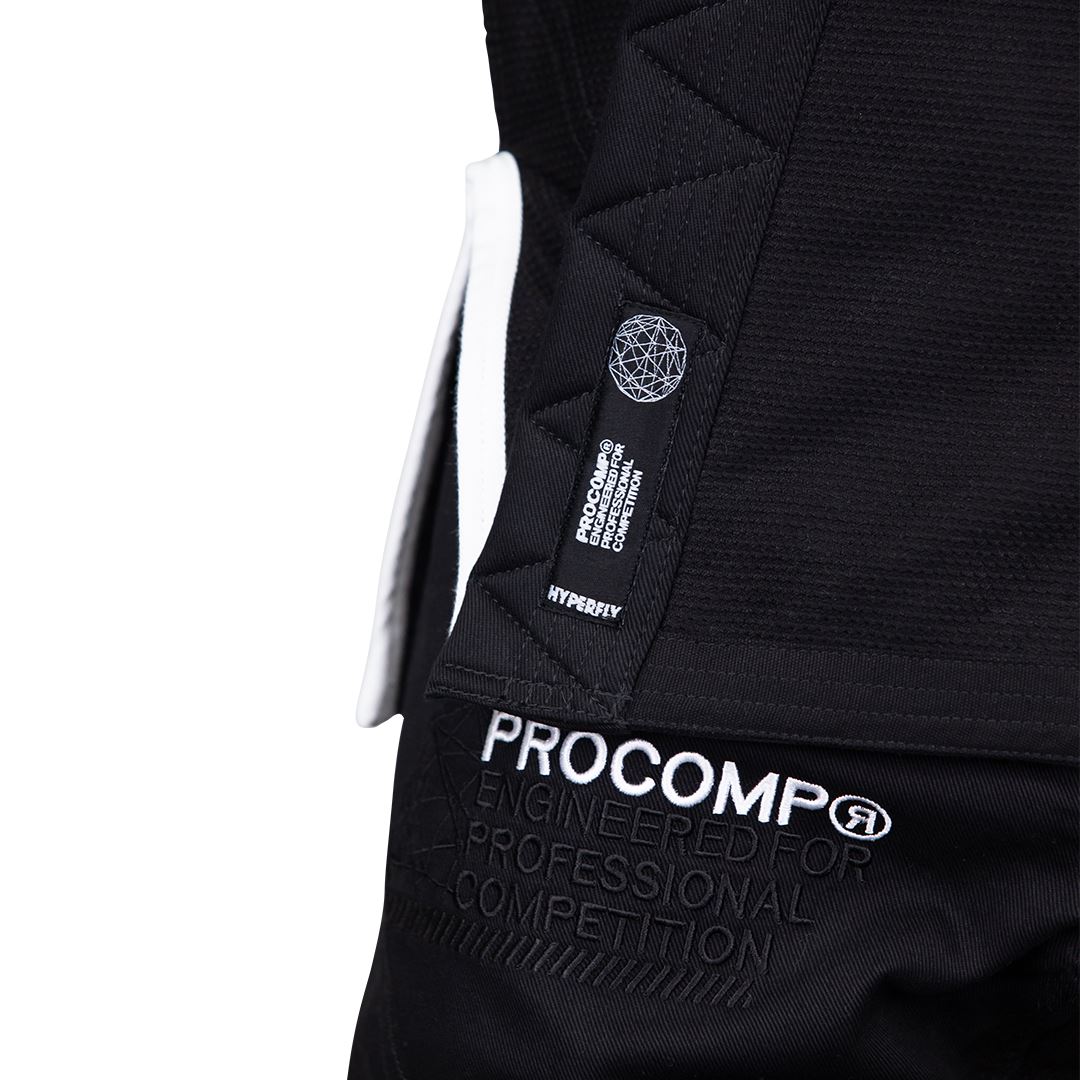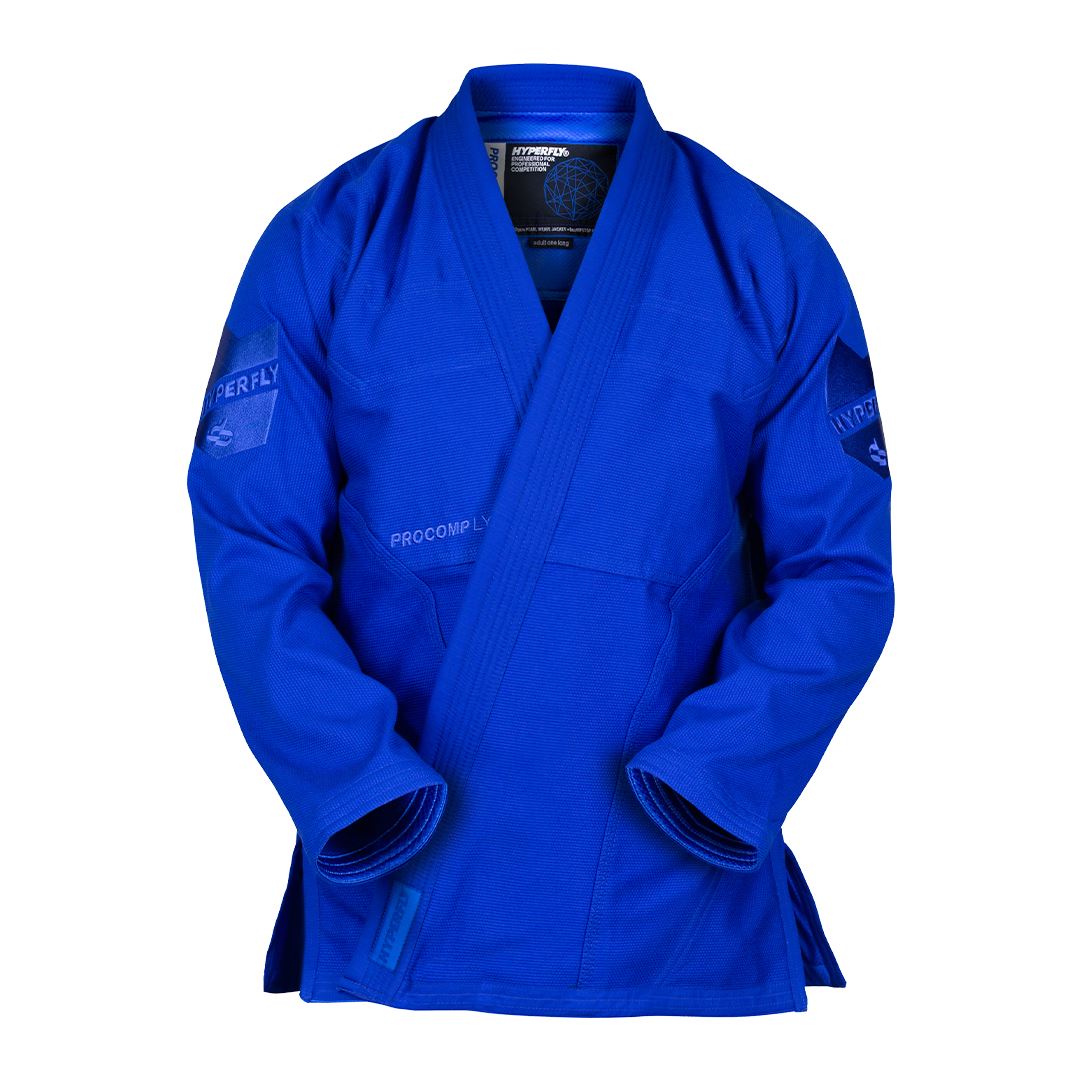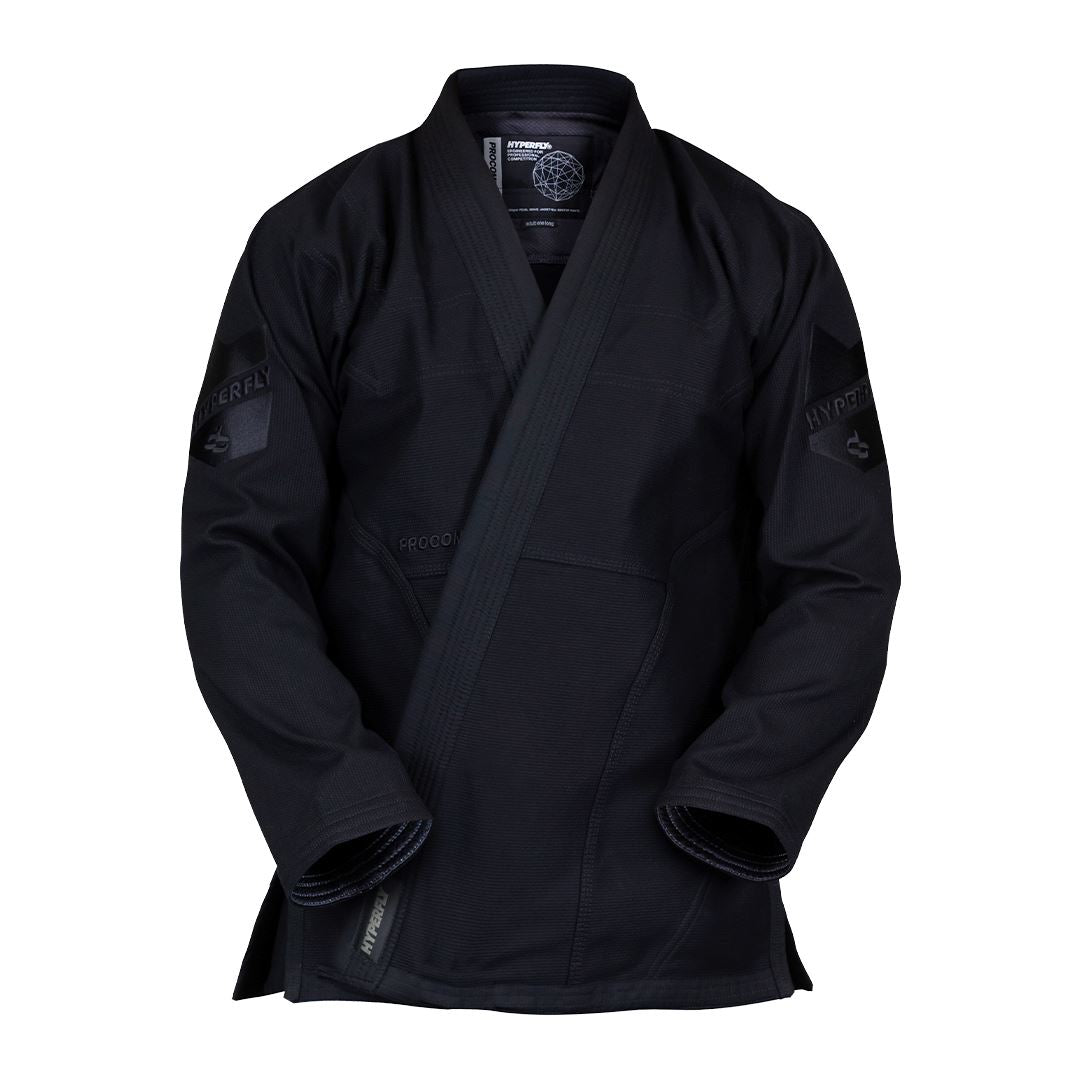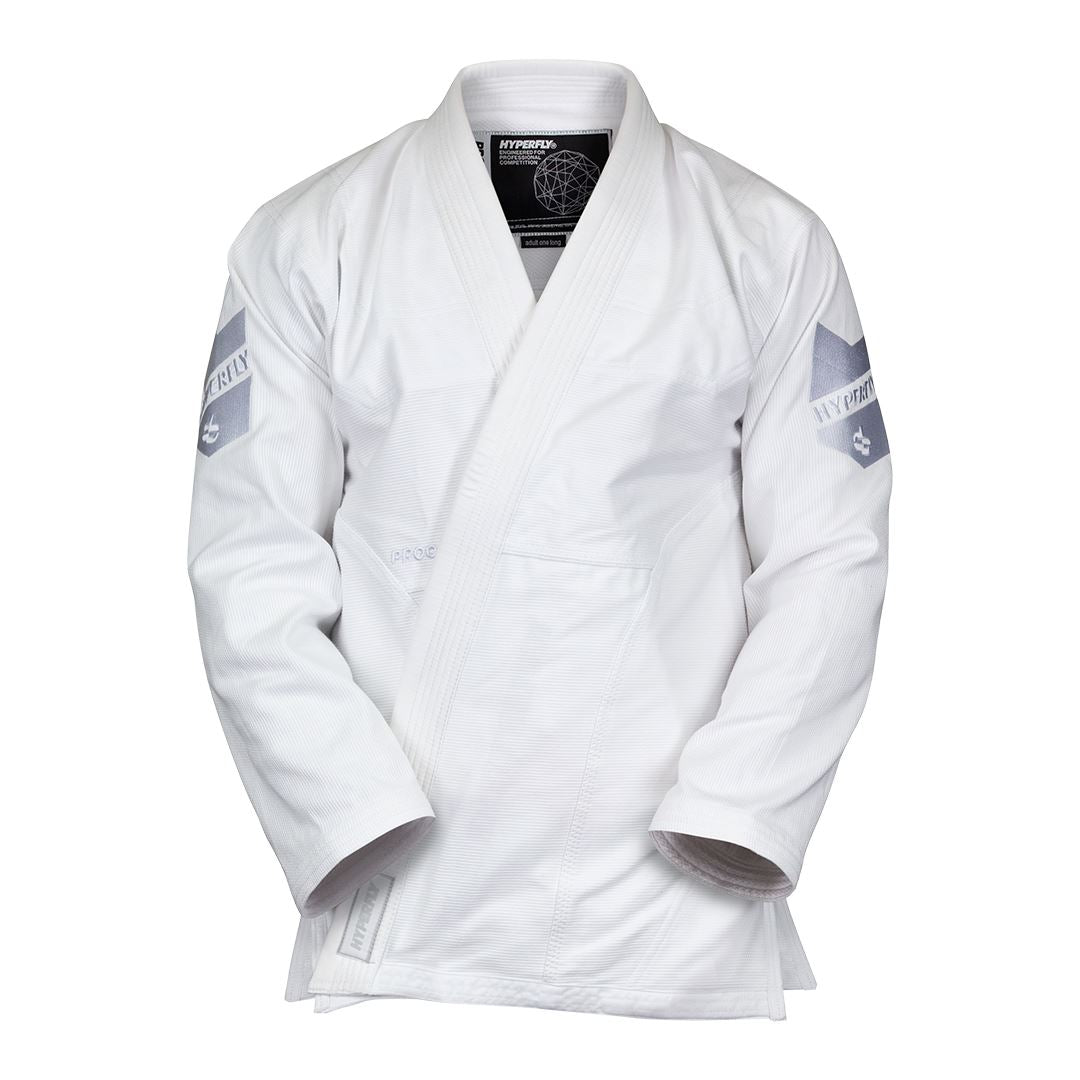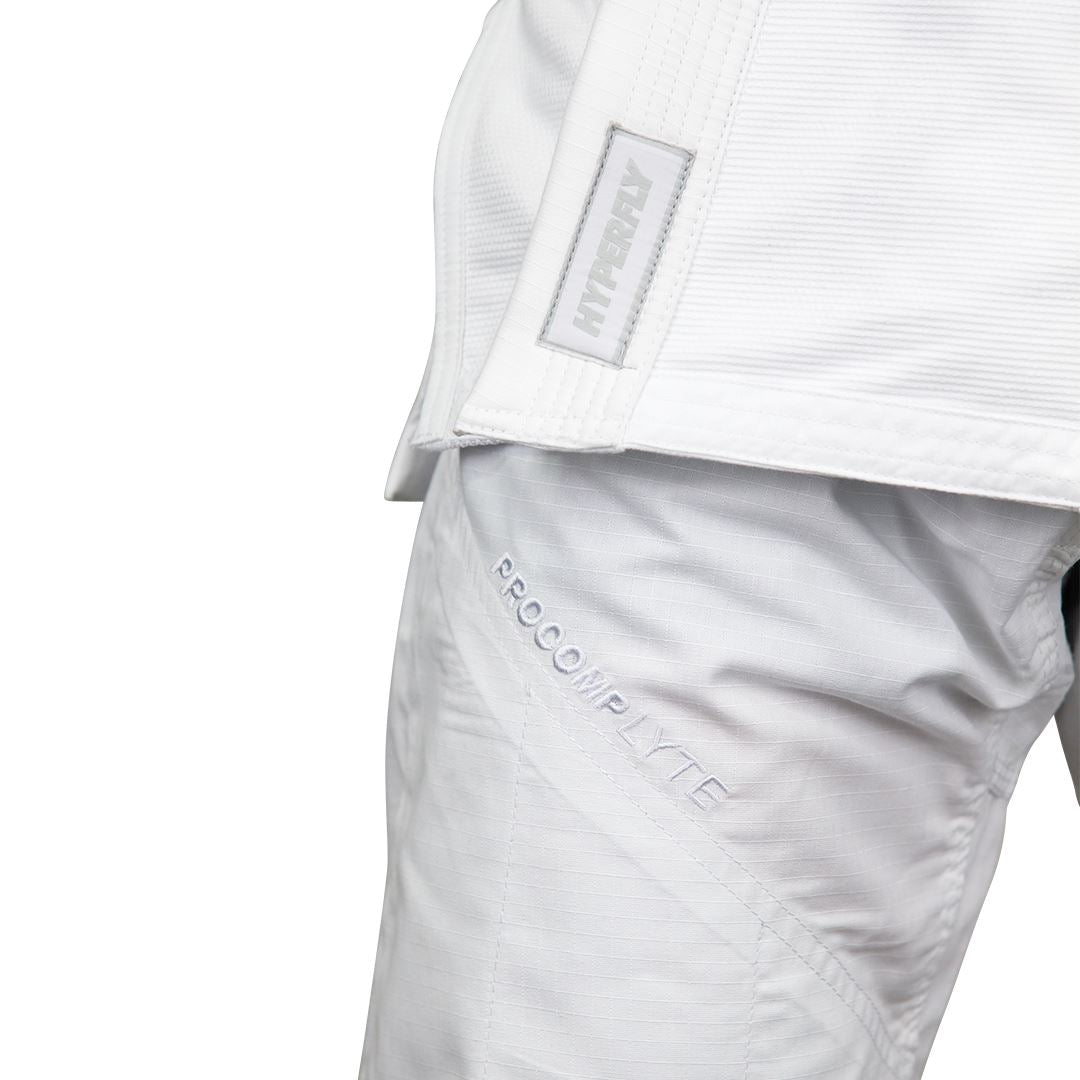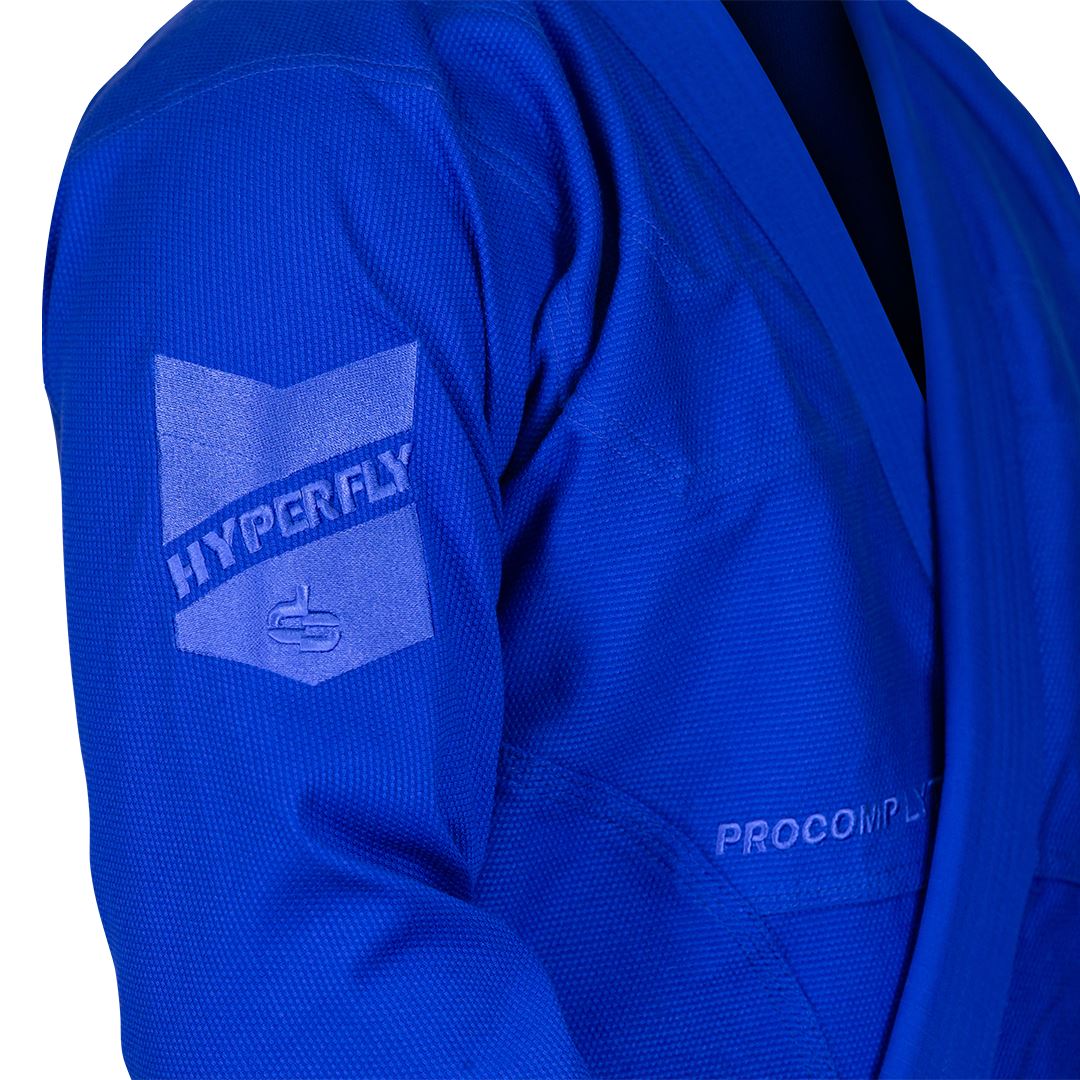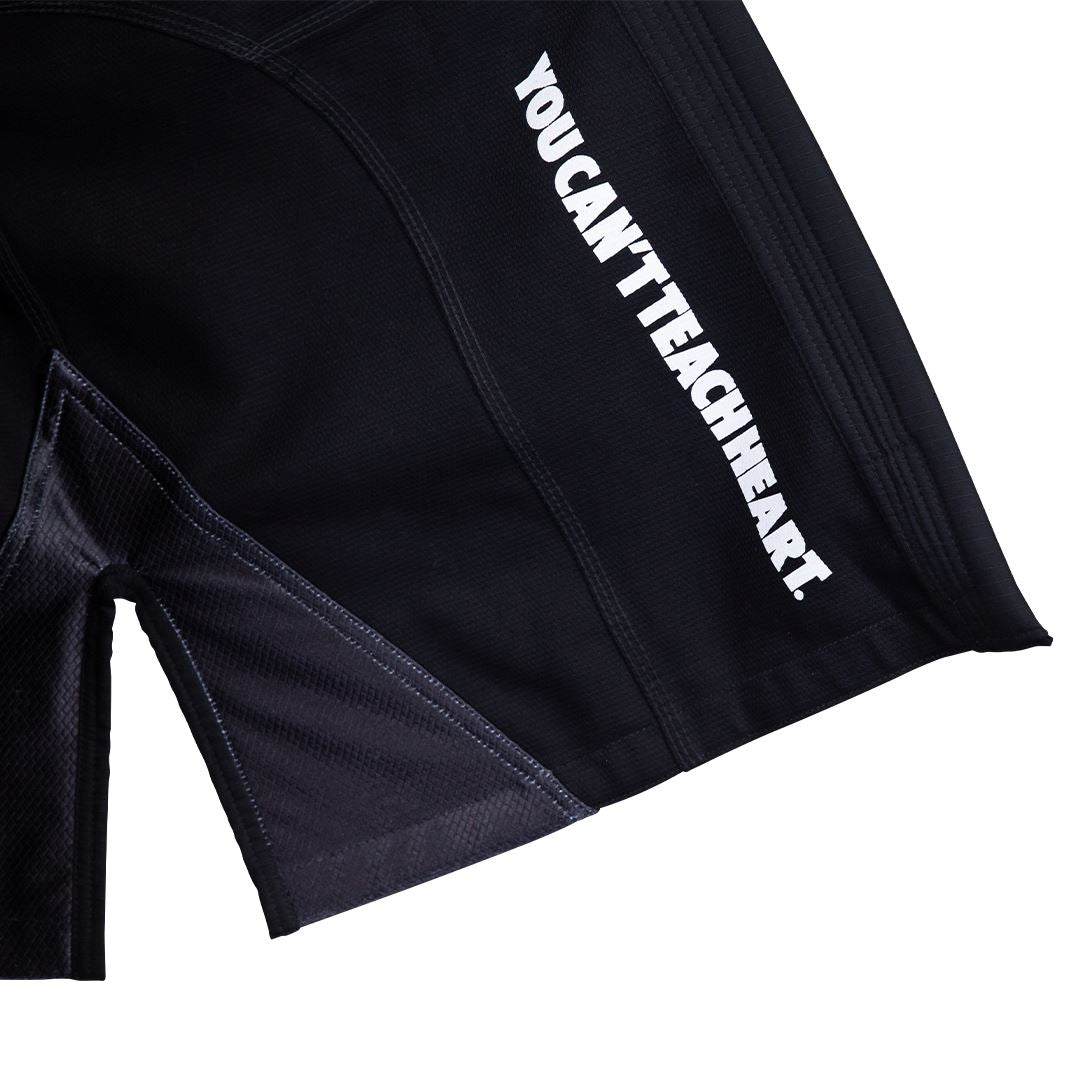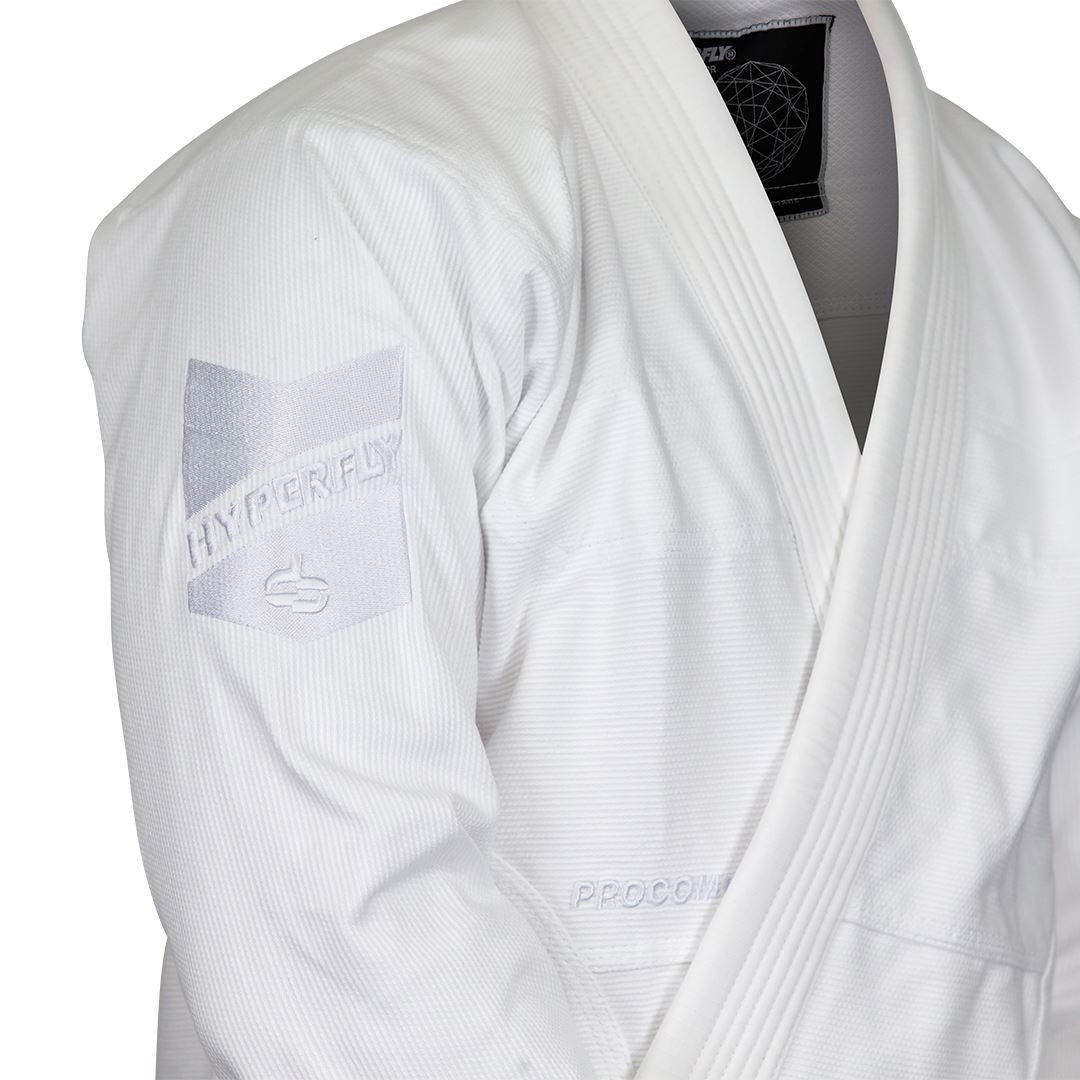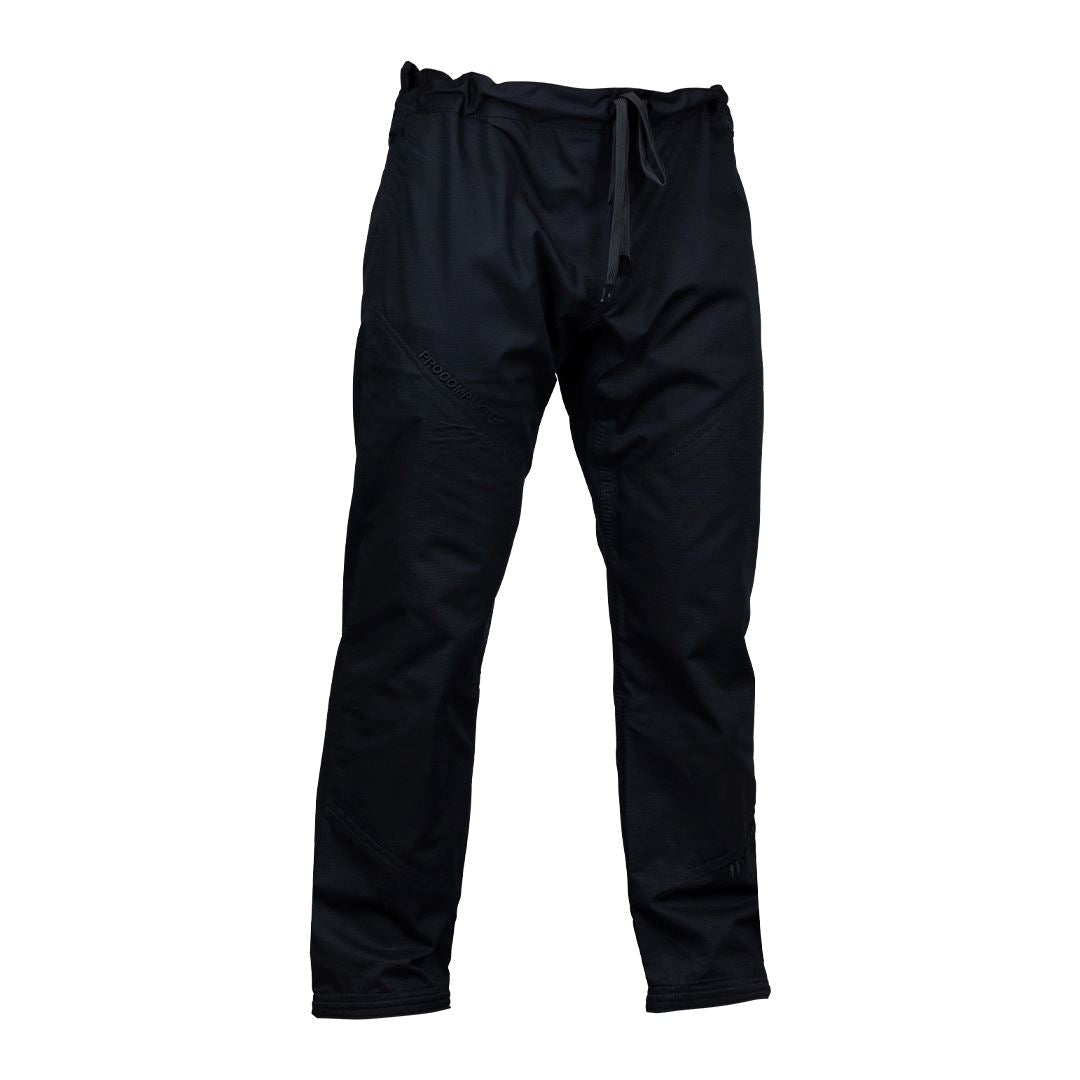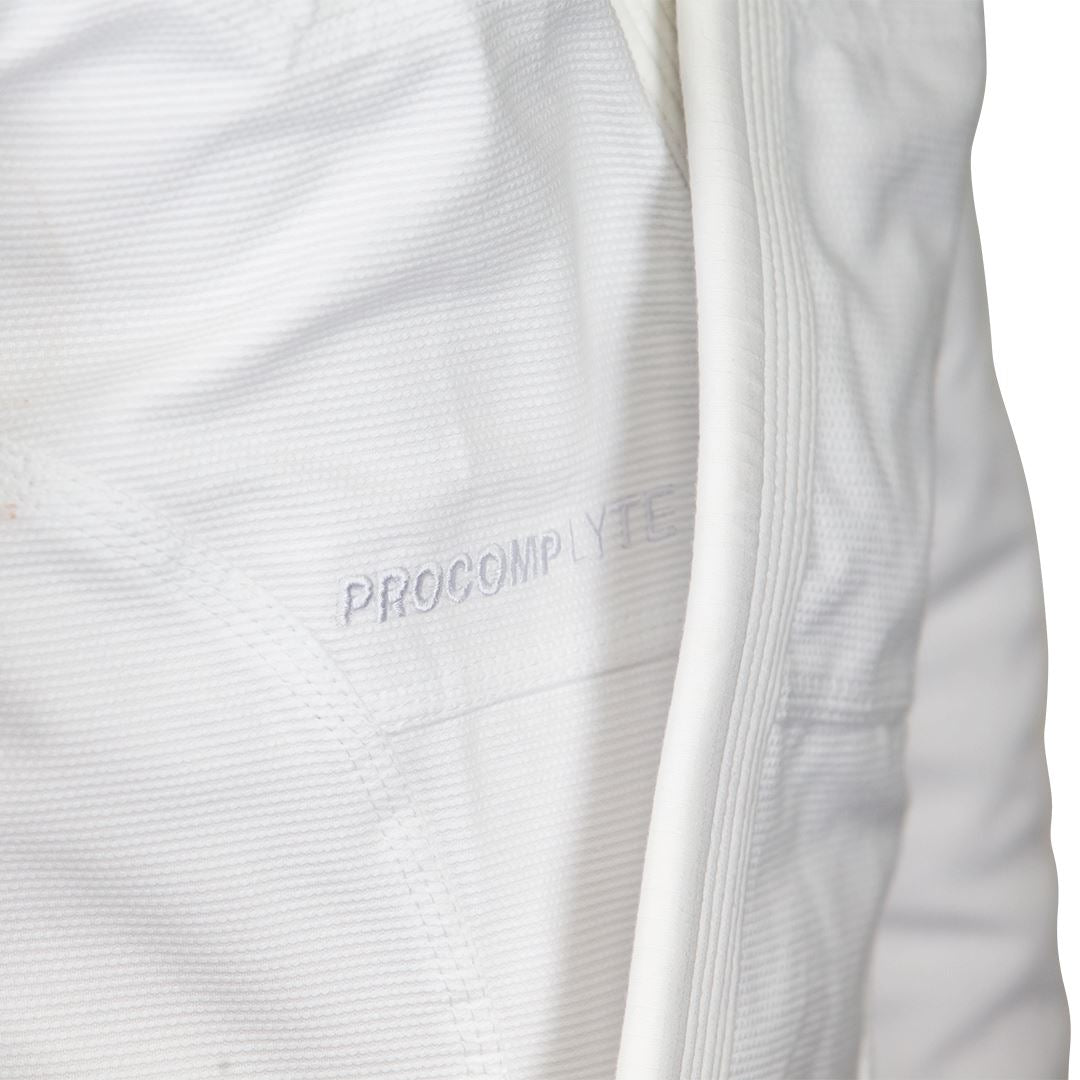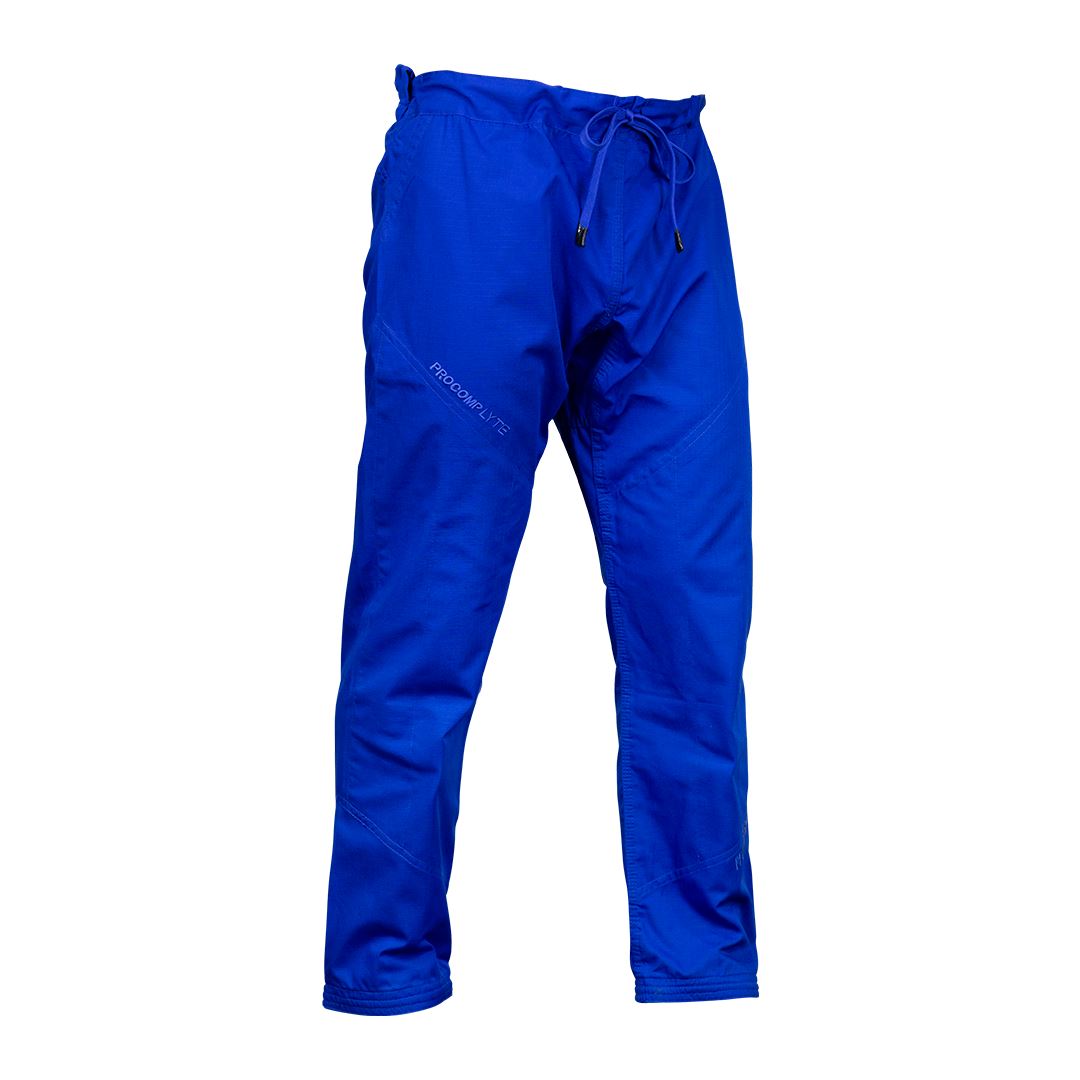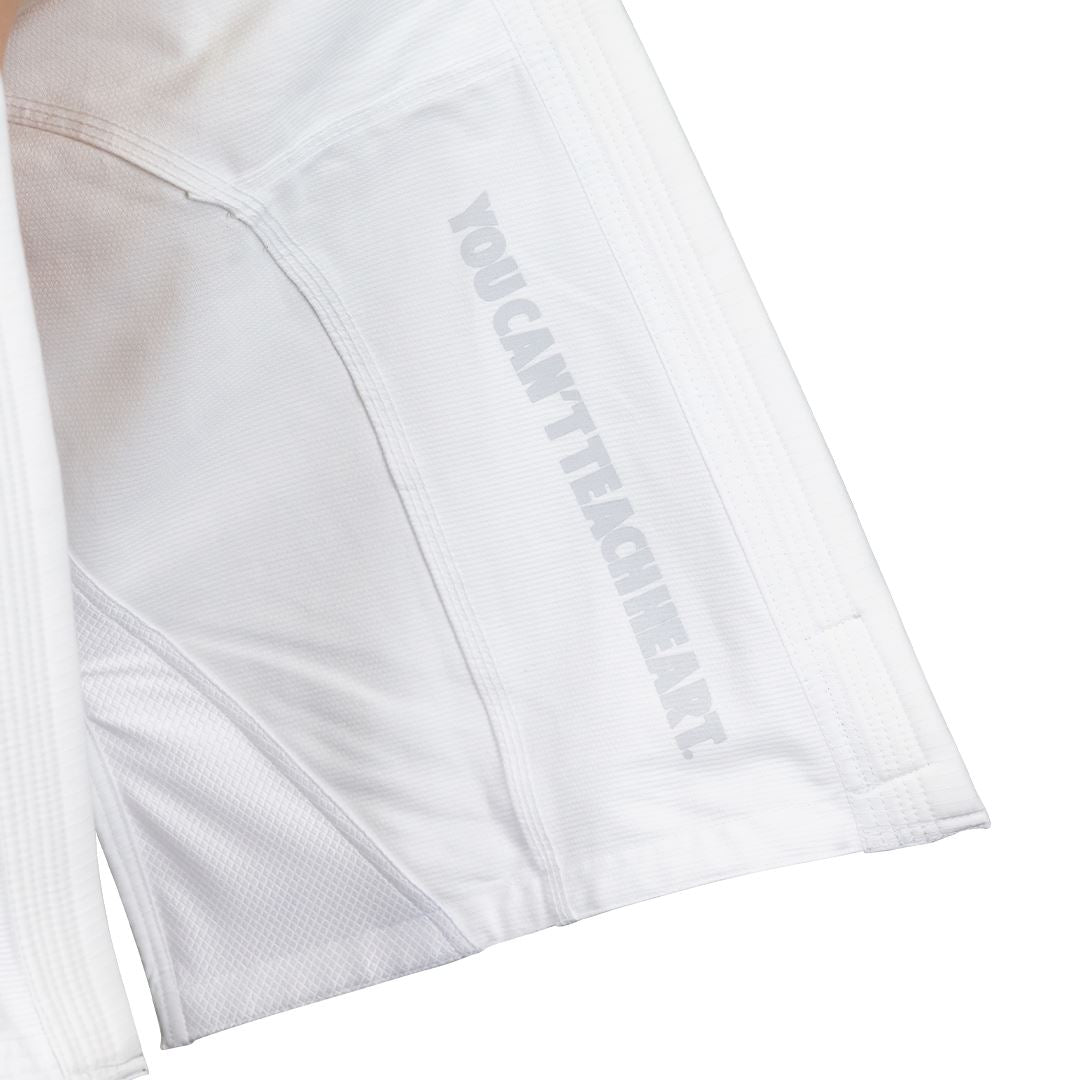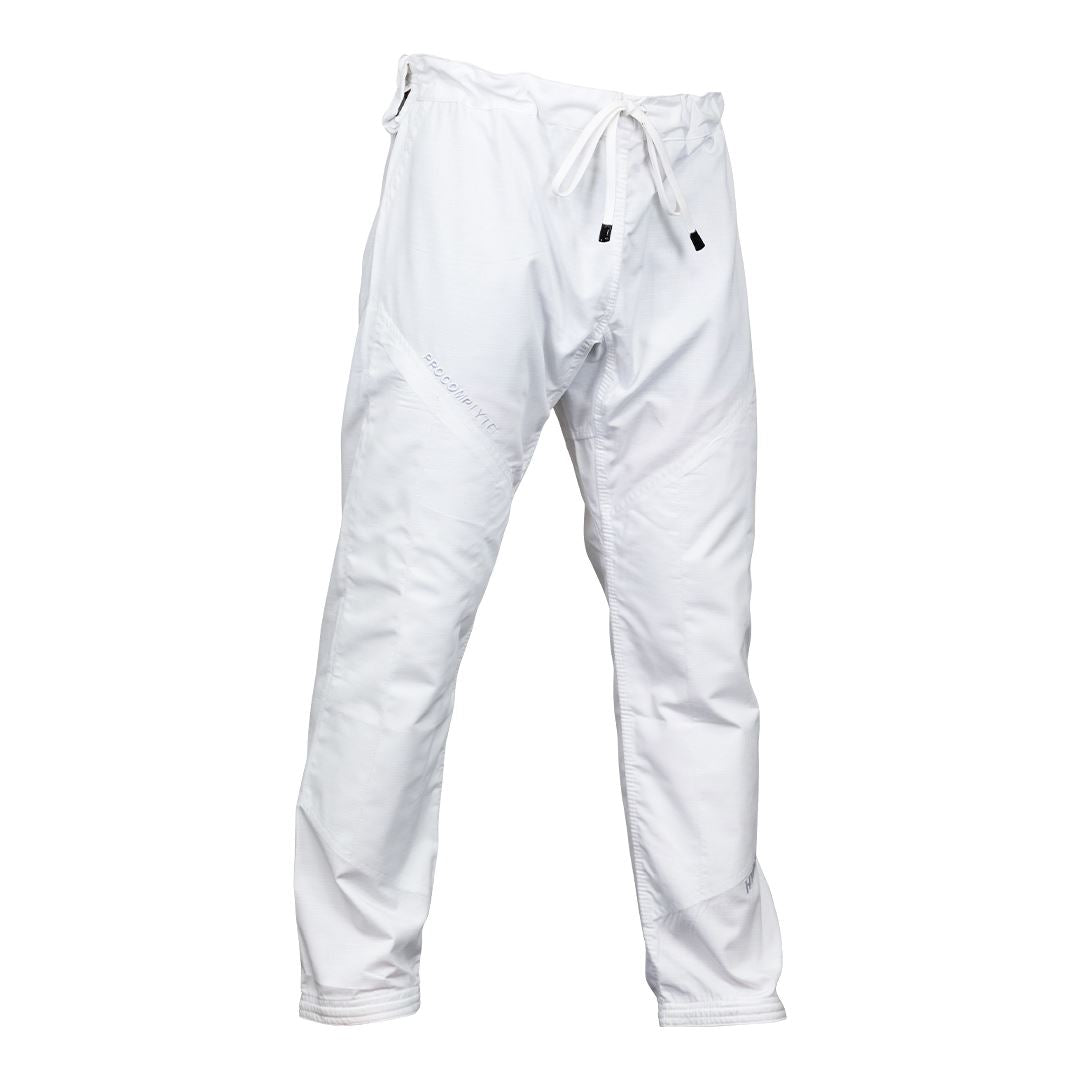Adjusting life, finding support, and creating greater accessibility within the jiu-jitsu community.
By Savannah Wright

My name is Savannah and I am a jiu-jitsu purple belt who’s been training martial arts since early childhood. Not only do I hold education in martial arts, but I’m also wrapping up my 7th and final year of university. In 2023, I received a Bachelor of Landscape Architecture, and will receive a Master of Science in Landscape Architecture this May. Both my undergraduate and graduate capstones focused on disability studies and accessibility within our built world. This study topic has taught me greater tools to advocate for myself and others living with both physical and invisible disabilities. It is important to note that all of my educational and professional experience studying and designing for disabilities relied both on scientific research as well as my lived experiences. We cannot do comprehensive work for marginalized communities without heavily accounting for the lived experiences of its affected members
WHAT IS A DISABILITY?
According to the Americans with Disabilities Act, a disability is a physical or mental impairment that substantially limits one or more major life activity. Disability and accessibility in our built world is still such an under-studied topic. Most people have a very general or minimal understanding of what disabilities are, how they affect daily life, and what it means to be accessible or accommodating. Historically, in legislation (and also in my field of work where we are heavily focused on the physical and built environment), we’ve put strong emphasis on finding accessibility solutions for physical disabilities. However, society has evolved and we are now seeing a more rapid decline of mental and psychological health. The influx of this epidemic has expanded the group of “invisible disabilities”, which are impairments to daily life that are not visible to the human eye upon first glance.
Most people think about physical disabilities when the topic of access is brought up. Physical disabilities may be noticeable and look like: a person using a wheelchair, a person who is blind, or a person with an amputation who uses a service dog. Invisible disabilities are not visible and may be: psychological conditions such as schizophrenia or PTSD, Lyme Disease, or Diabetes.
ADAPTING LIFE FOR A DISABILITY
I am a person who lives with an invisible disability. I have been able to live a very full and busy life, but since a young age have been affected by severe anxiety, depression, Panic and Derealization Disorder which largely affect my ability to do things, go places, or at times do really basic human things like eat and sleep. I am a person with large achievements, AND large goals. Dealing with my psychological and physical health has not been easy (and at times has put my life on pause), but jiu-jitsu has remained a constant pillar for me to feel passionate about and lean on when I’m feeling up to it.
I think for a long time there was an unspoken pressure or expectation that if I wanted to be good at jiu-jitsu, not only did that mean I had to devote my whole life to it, but also that I had to compete and win everything. And for people with disabilities, full time jobs, a family, or other obligations, this rigorous level of commitment and competition is not always practical or achievable. Taking this pressure off of myself as I started navigating a life that requires higher support needs has allowed me to get back to the root of why I love it: it doesn’t go anywhere!
If I feel well, I am welcome to show up and train. And if I don’t, I will try again tomorrow. There are so many ways to improve your jiu-jitsu without being on the mats and going 1000% percent - and I think this is an important identification to make for those that feel jiu-jitsu is only do-able if you’re able to go 100% all of the time. I have adapted my training (more in the recent months
due to more health challenges) and still feel as though I’m making progress and finding balance among the inconsistencies. Setting unrealistic expectations for myself is essentially like setting myself up for failure. Less pressure and more realistic goals provide for a healthy training environment AND healthy accommodation for any disability.
There are many parts of my life that I’ve had to adjust due to my conditions, such as working remotely, working flexible hours, where I shop, how I drive, and even more of the small things that a person without a disability may not think twice about. Part of making these adjustments includes identifying areas of improvement in traditionally non-accessible spaces. Jiu-jitsu is one of those places, and one with A LOT of potential because of its already inclusive mentality. There are things that individuals can do to improve their training with a disability, and there are also things that gym, promotions, and training partners can do to aid their teammates and competitors who require accessibility tools.

ACCOMMODATIONS I MAKE FOR MYSELF
1. When I don’t feel well enough to train, I DON’T! Consider alternatives that still improve your jiu-jitsu such as:
-
Showing up to practice, but just to watch or coach
-
Taking or studying jiu-jitsu notes
-
Watching instructionals or high level matches
-
Watching your own matches
-
Journaling or mapping out your goals (for your game, technique, areas of trouble, or long term goals - any kind of manifestation)
-
Staying in touch with your teammates and coaches - you have a community, and disabilities require support. Lean on the people that care about you.
2. Not competing unless I’m confident that I feel well enough to do so. Sometimes this means registering just in case, and then deciding the day of if I want to or not.
3. Being open and transparent with my coaches and teammates to create standards and advocate for myself.
4. My coaches know pretty much everything about me! And I like this because they’re able to better understand my needs. If I don’t advocate for myself or do my part to educate my support group, they won’t know where I’m at. I will feel unheard and they will be confused as to why I seem to be “underperforming”.
5. I try to stay honest with my teammates when I AM rolling so they know how much I can handle. I’ll say things like “I’m not training hard today, are you okay with flowing?” so that they know what I expect.
6. Keeping up with my long and short term treatment plan. Disabilities commonly require medical attention or long term care plans. It’s important to stick to whatever plan your doctors have been working you through to support your long term goals and get you to the healthiest version of yourself. Don’t stop your treatment plan just because you’re having a good day or feeling better! That means it’s working - keep to those practices.
7. If I take time off of training, I fill that time with other productive and healthy practices. If I’m not well enough to go to the gym, it usually means I’m not well enough to do anything else BUT some of my favorite things to do instead are meditate, listen to music, watch a movie or show, call family members, take a hot shower, or practice self care - ANYTHING that is making me a better or healthier person.
ACCOMMODATIONS I ASK FOR FROM OTHERS
1. Flexibility from my coaches, teammates, sponsors, and students. Full communication and transparency in exchange for understanding and adjustment. If they can be flexible with me, I vow to carry my weight and do my best! Some days, my best is 30%, and others it’s 120%. Regardless of what my best is, they know they’ll get all that I can give.
2. Using non-harmful or ableist language/behavior - not only for my personal sake, but for the sake of creating a safe and inviting atmosphere for others. There are so many great online resources to learn language alternatives and ally-oriented behavior. And many people with disabilities are happy to provide information and education about their conditions or desires. Once you learn, there is no excuse left to be ableist.
3. Educate yourself about disabilities and access accommodations in general, and go above and beyond to learn more about the conditions that affect people you know/care about.
4. Give technique alternatives if someone has an injury or cannot complete something.
5. This one seems small and obvious, but treating injury as a short-term disability is a great way to merge the invisible line between disabled and non-disabled communities. Get in the habit of caring about any level of impairment so that it becomes standard practice to be considerate with instruction and technique.
6. Allow me to leave the gym at any time or stop my training for any reason. The freedom of autonomy allows me to dictate my training as I see comfortable.

CONCLUSION
I am positive that this could be a 300 page book (in fact, I know it can because I’m writing a 50 page thesis on just one small portion of disability studies), but related to jiu-jitsu, these are some of the key takeaways. If anything - and if you are someone who doesn’t have a disability, I would at least encourage you to circulate this discussion among your gyms, coaches, training partners, and personal lives. Having more regular and in-depth conversations about how we can accommodate disabilities will create environments in which people with disabilities feel
comfortable communicating their needs AND in which coaches/teammates feel empathetic to fulfill those requests.
My name is Savannah Wright, and I am confident in my ability to be authentic, show heart, and achieve amazing things - even with a disability. Jiu-jitsu is for EVERYONE.

